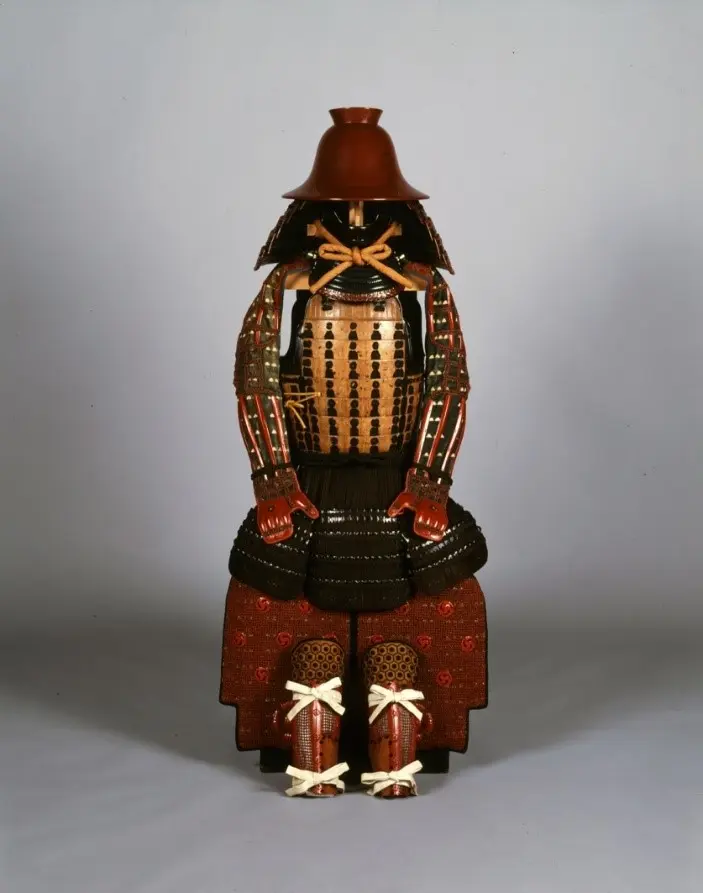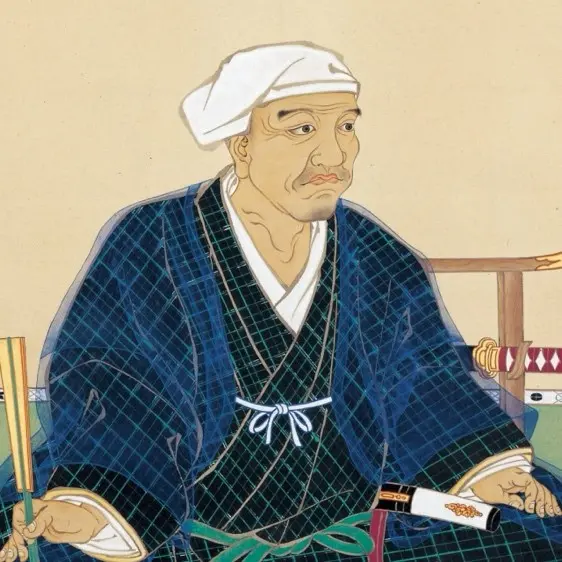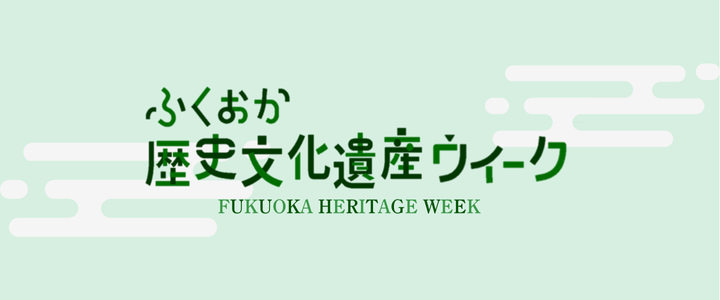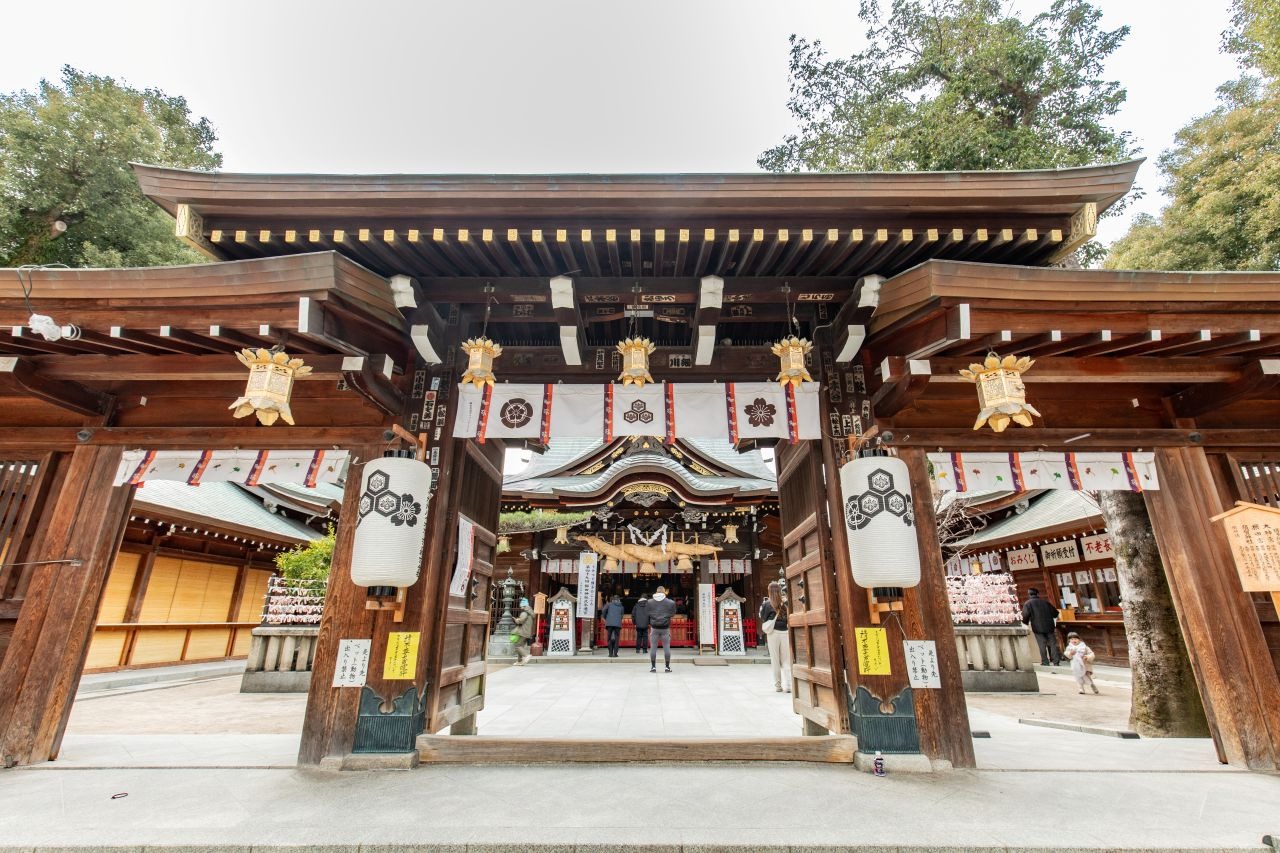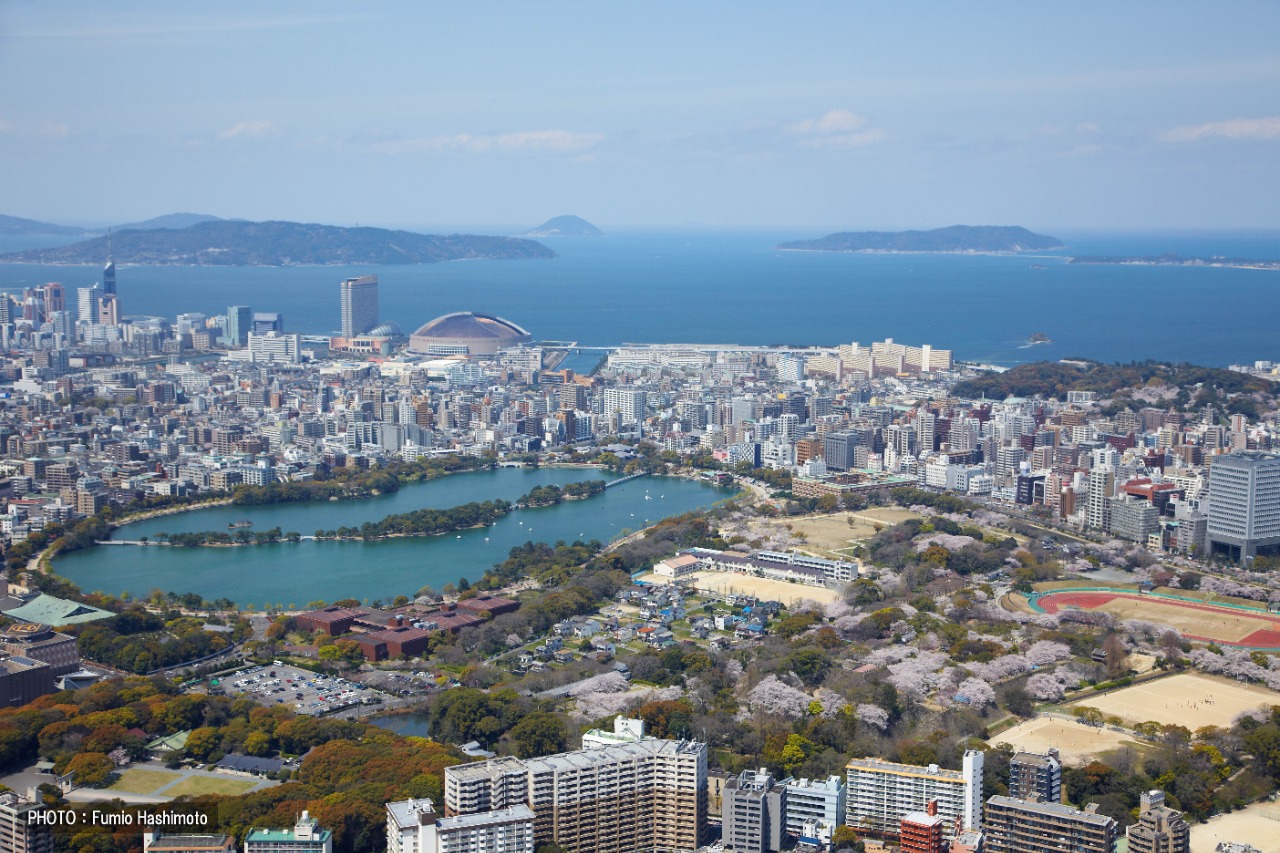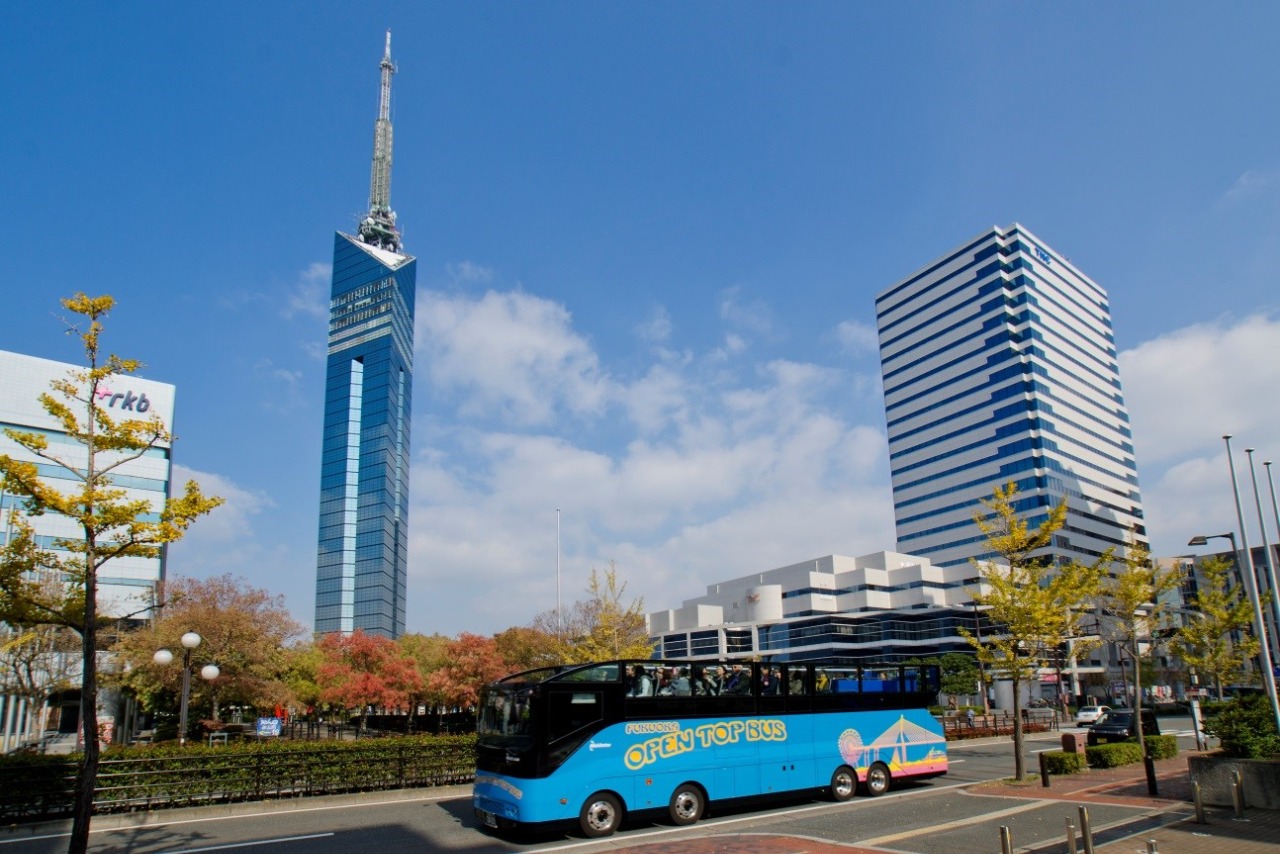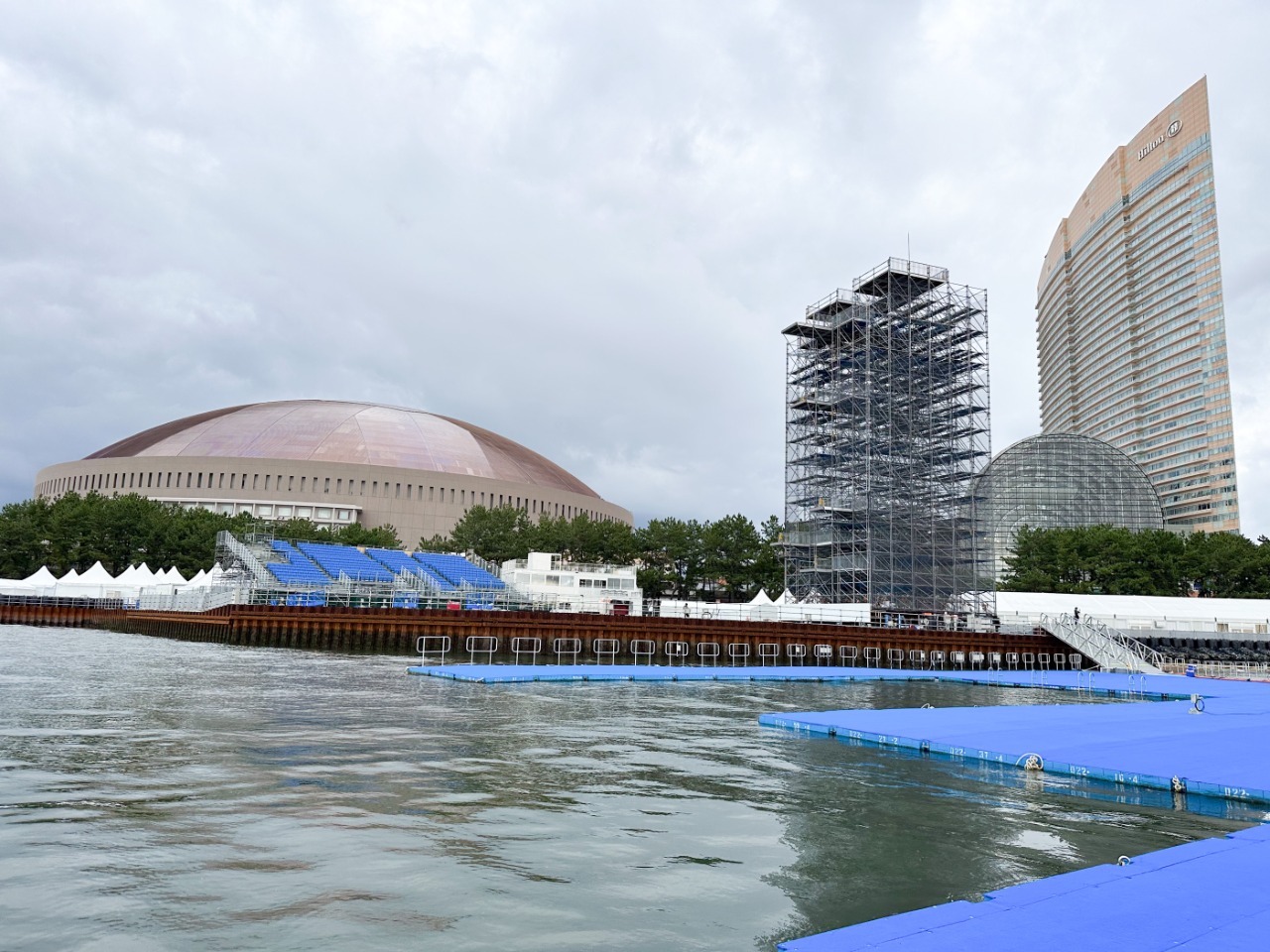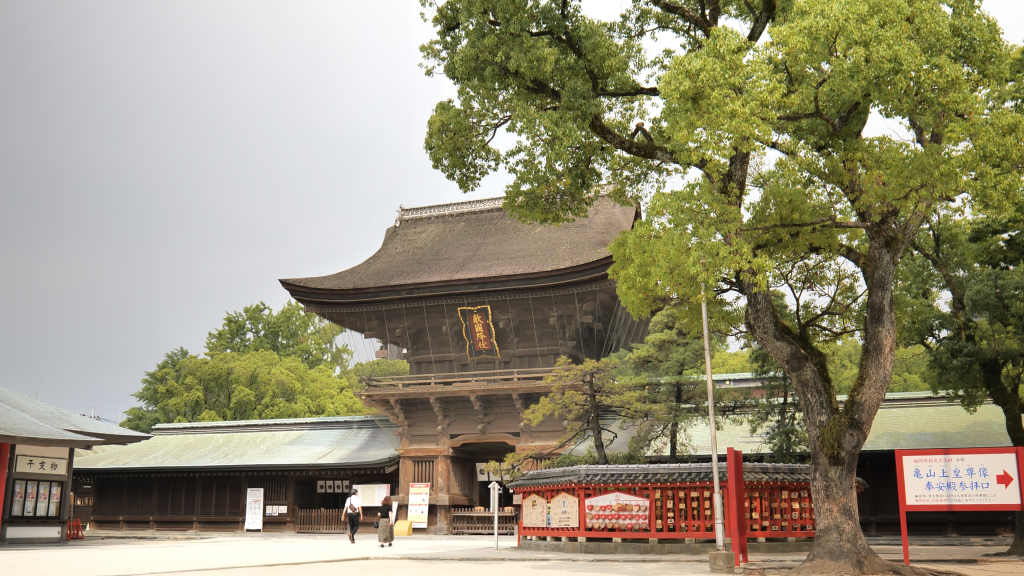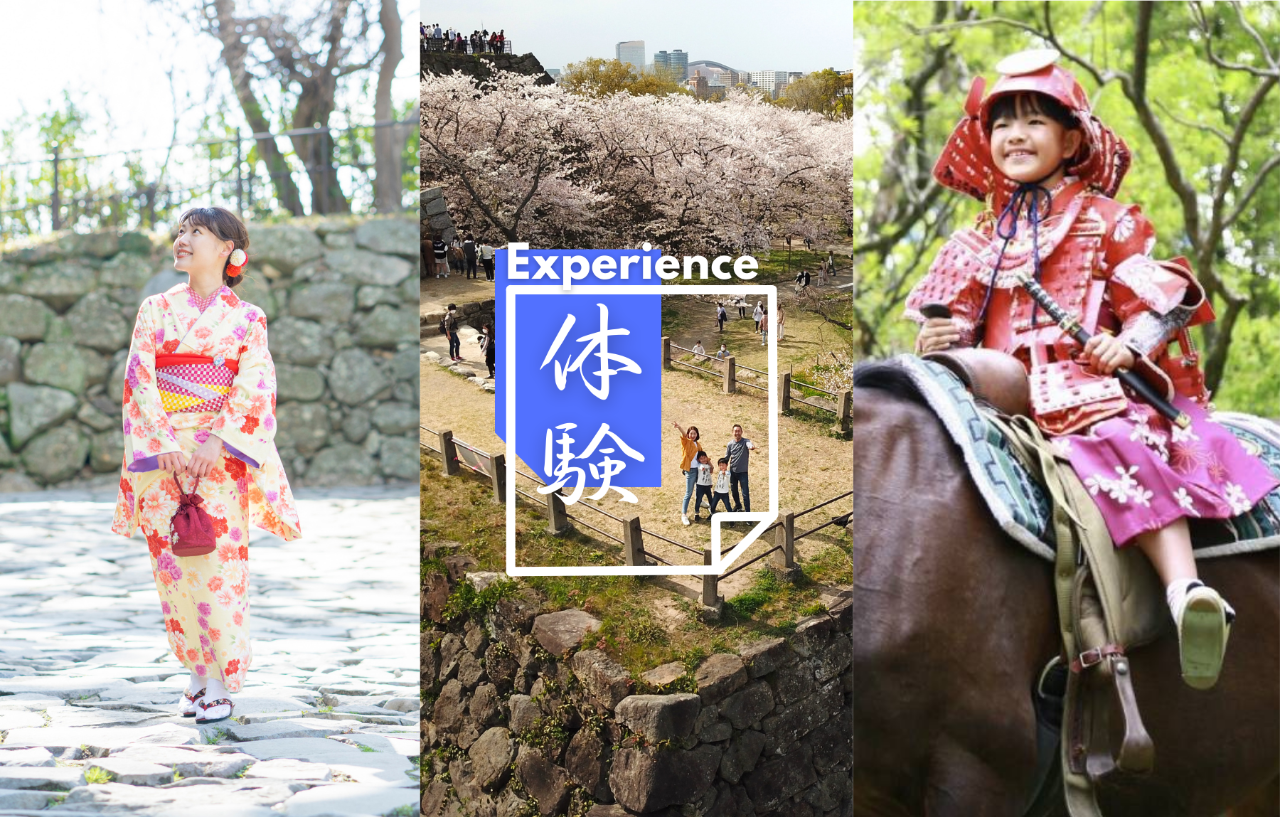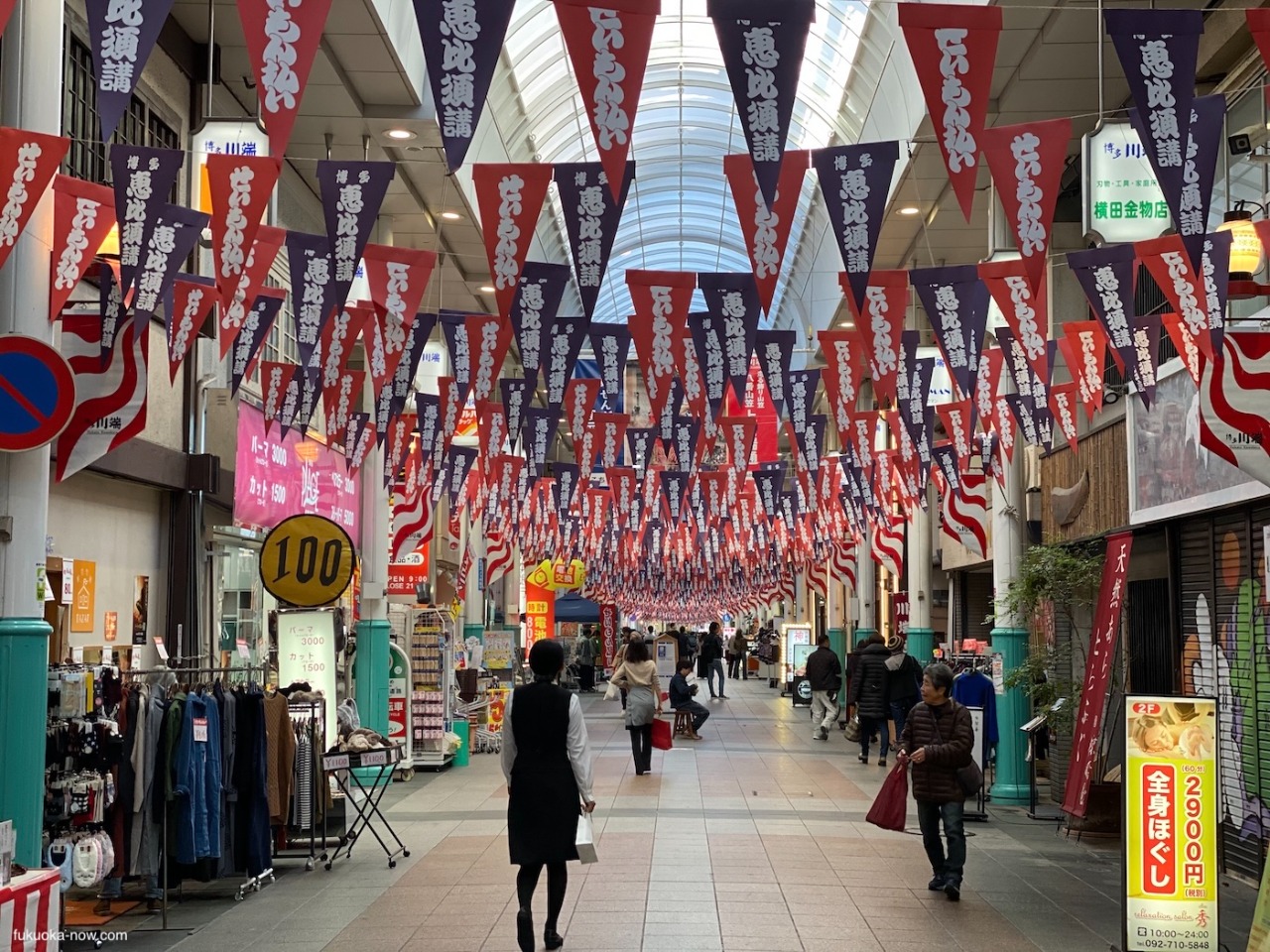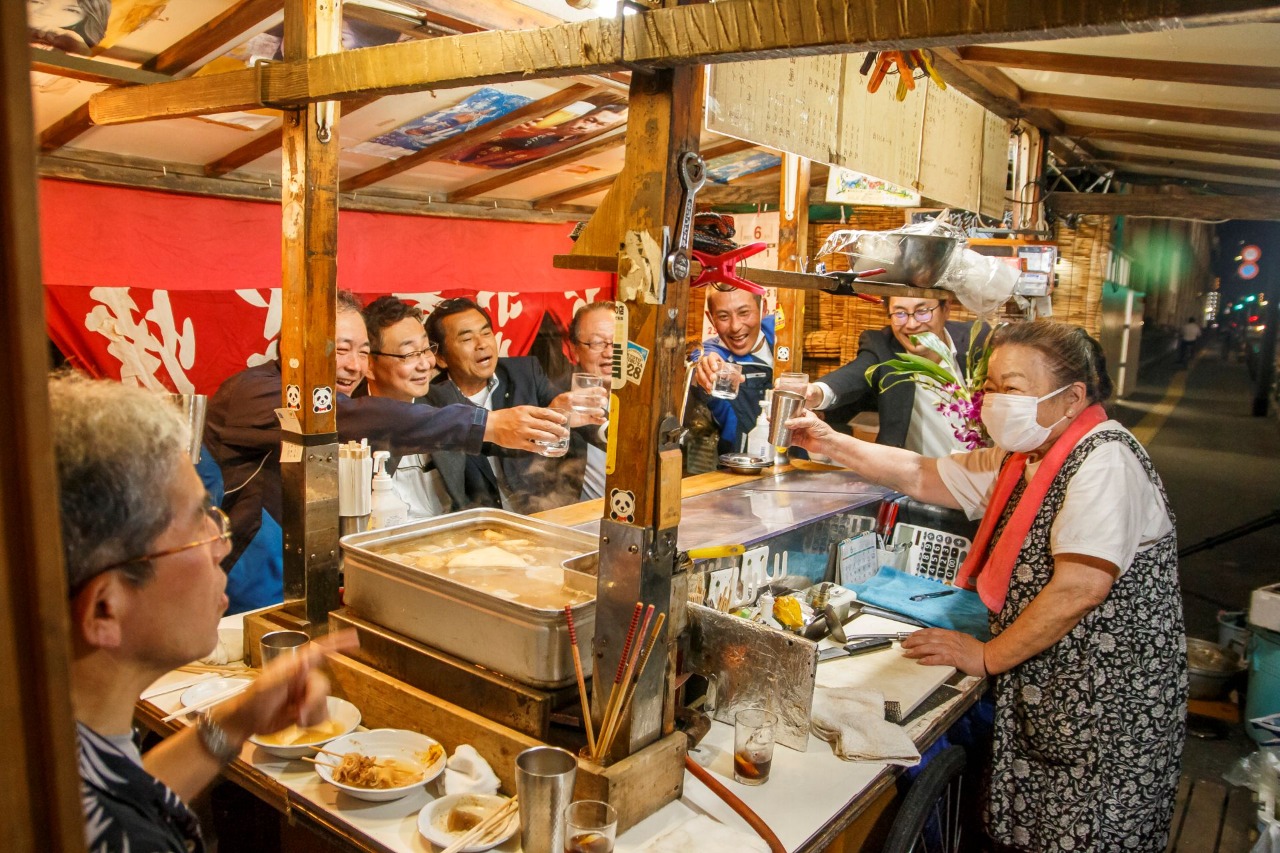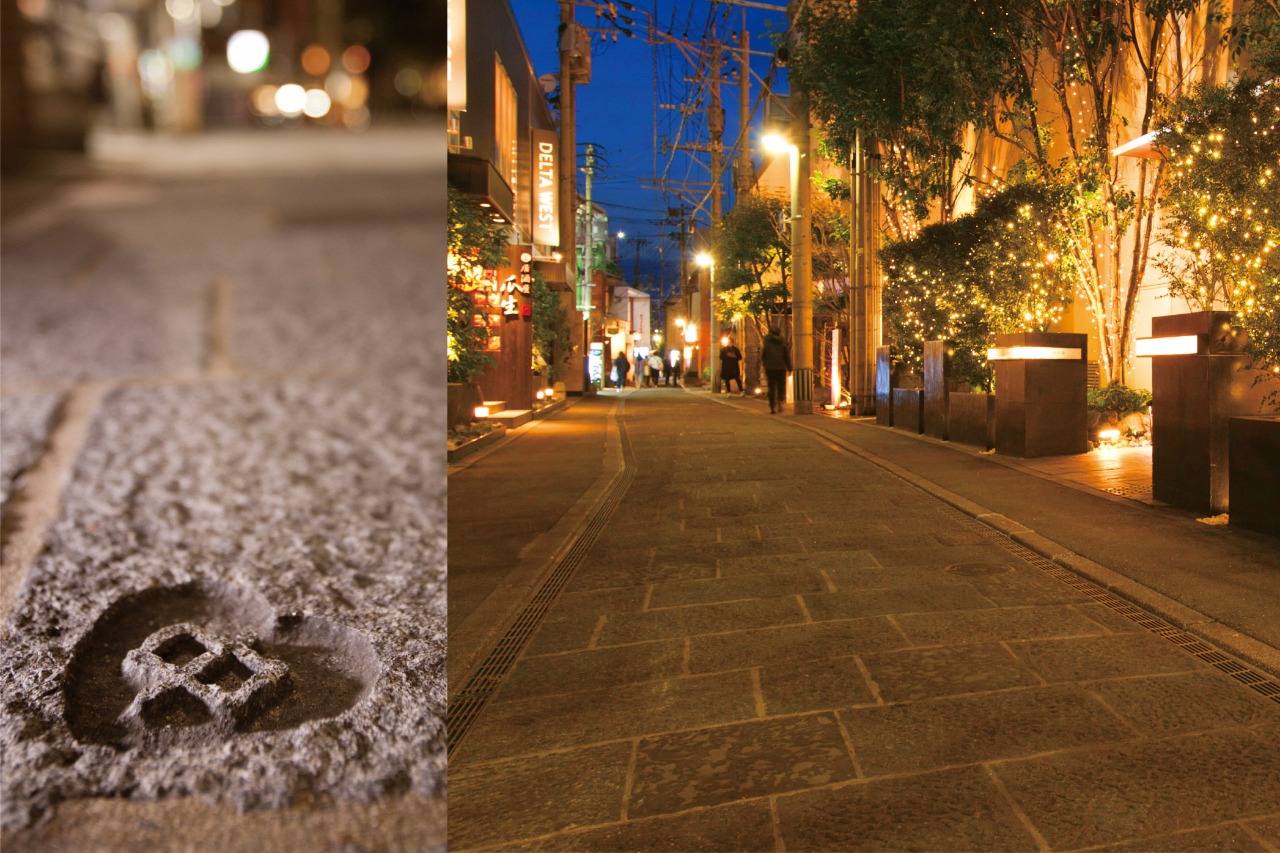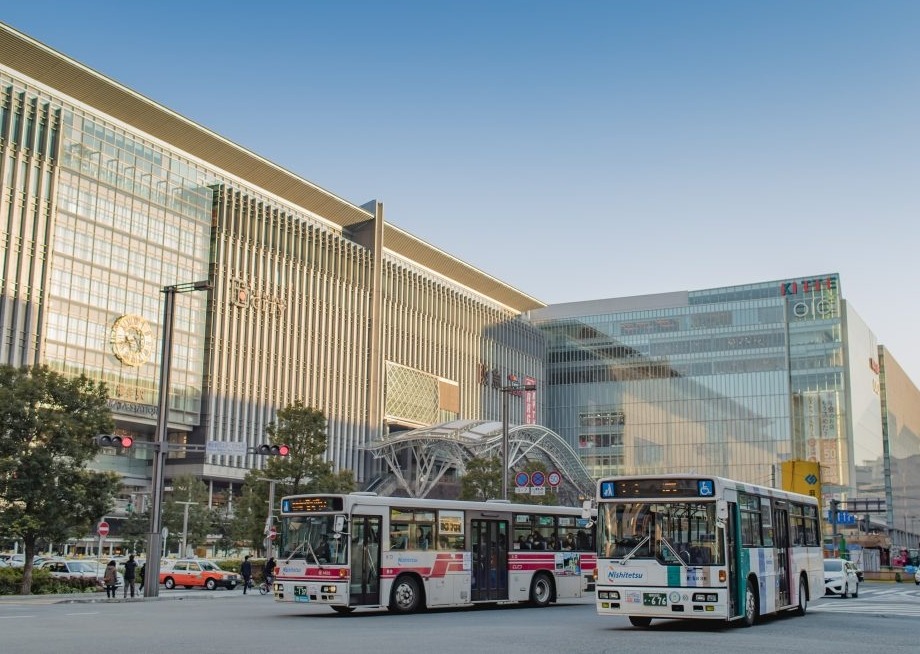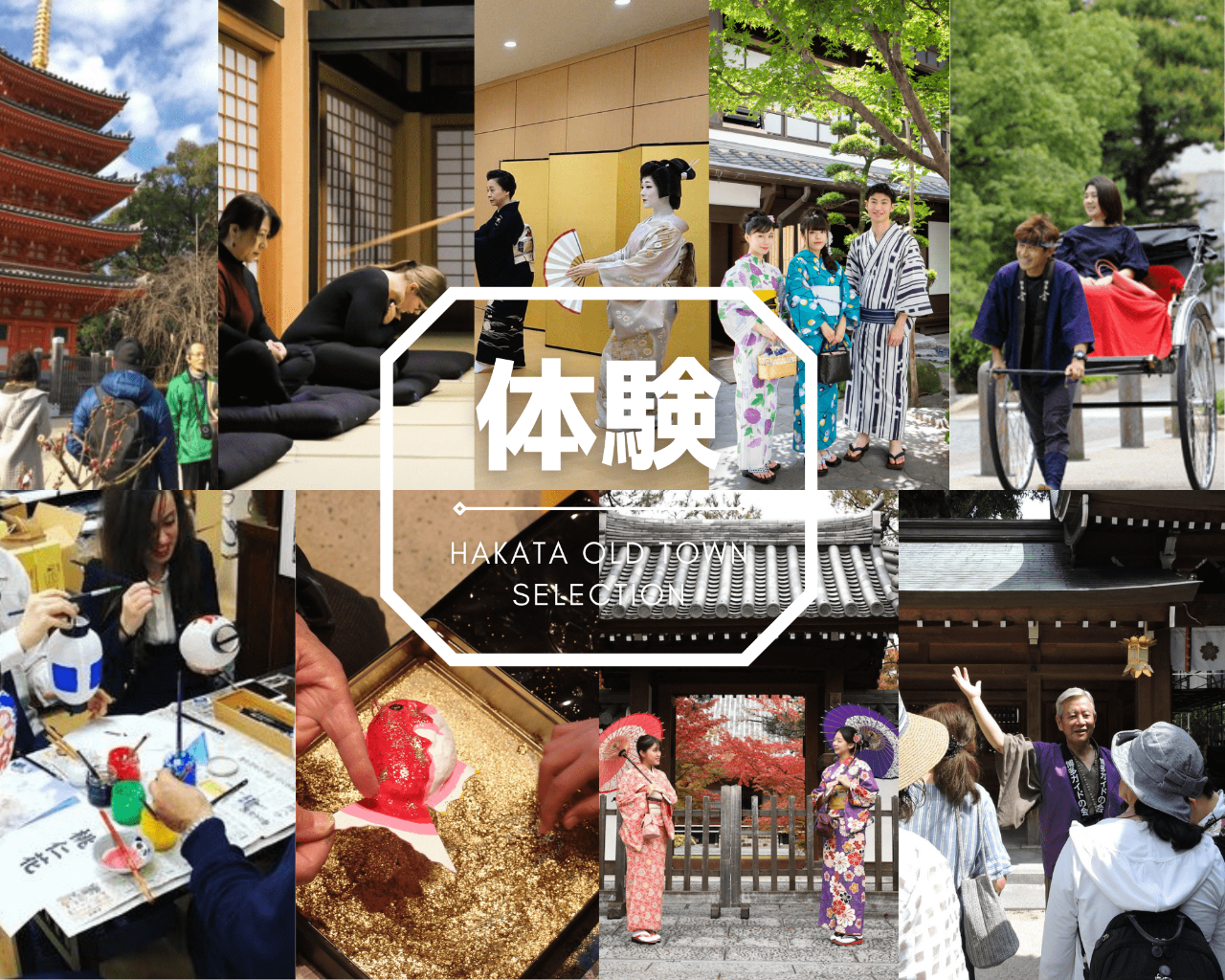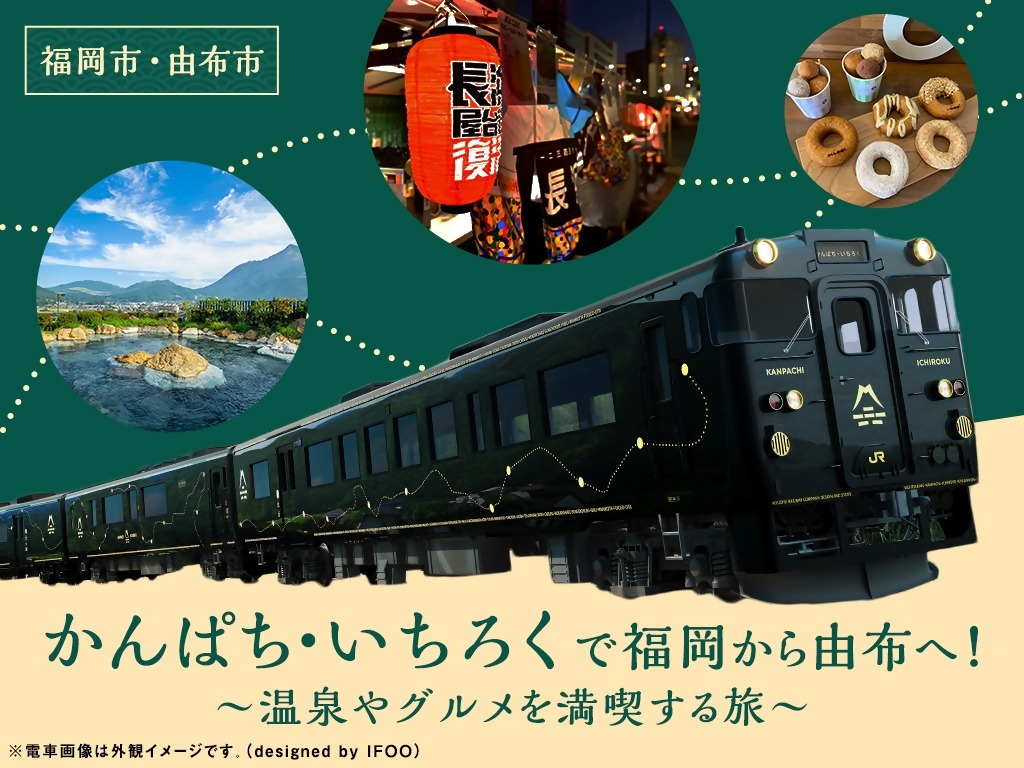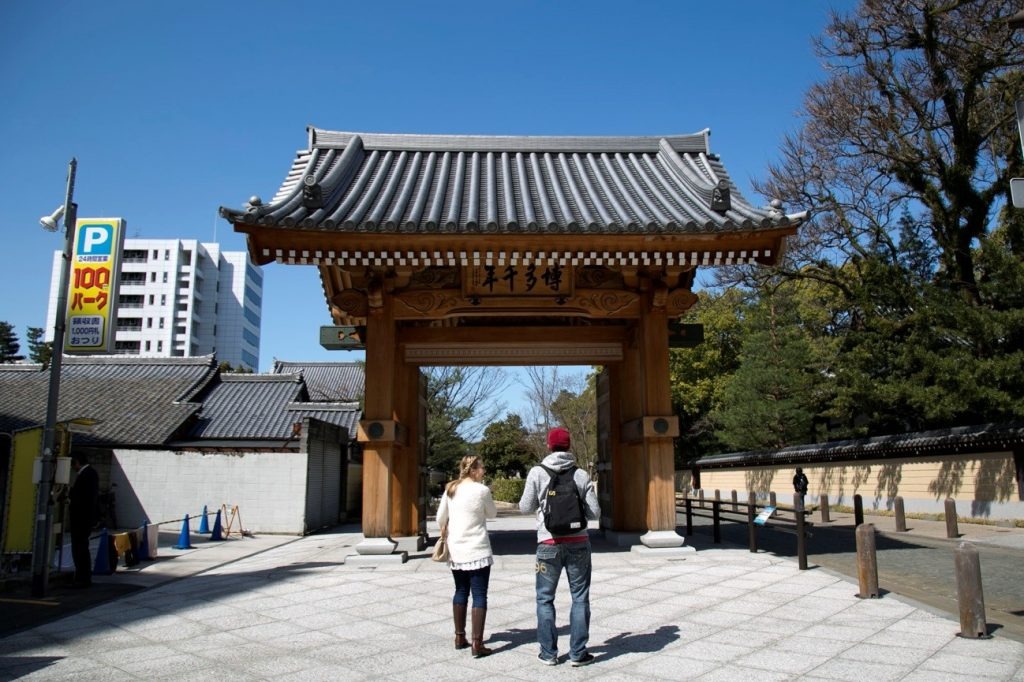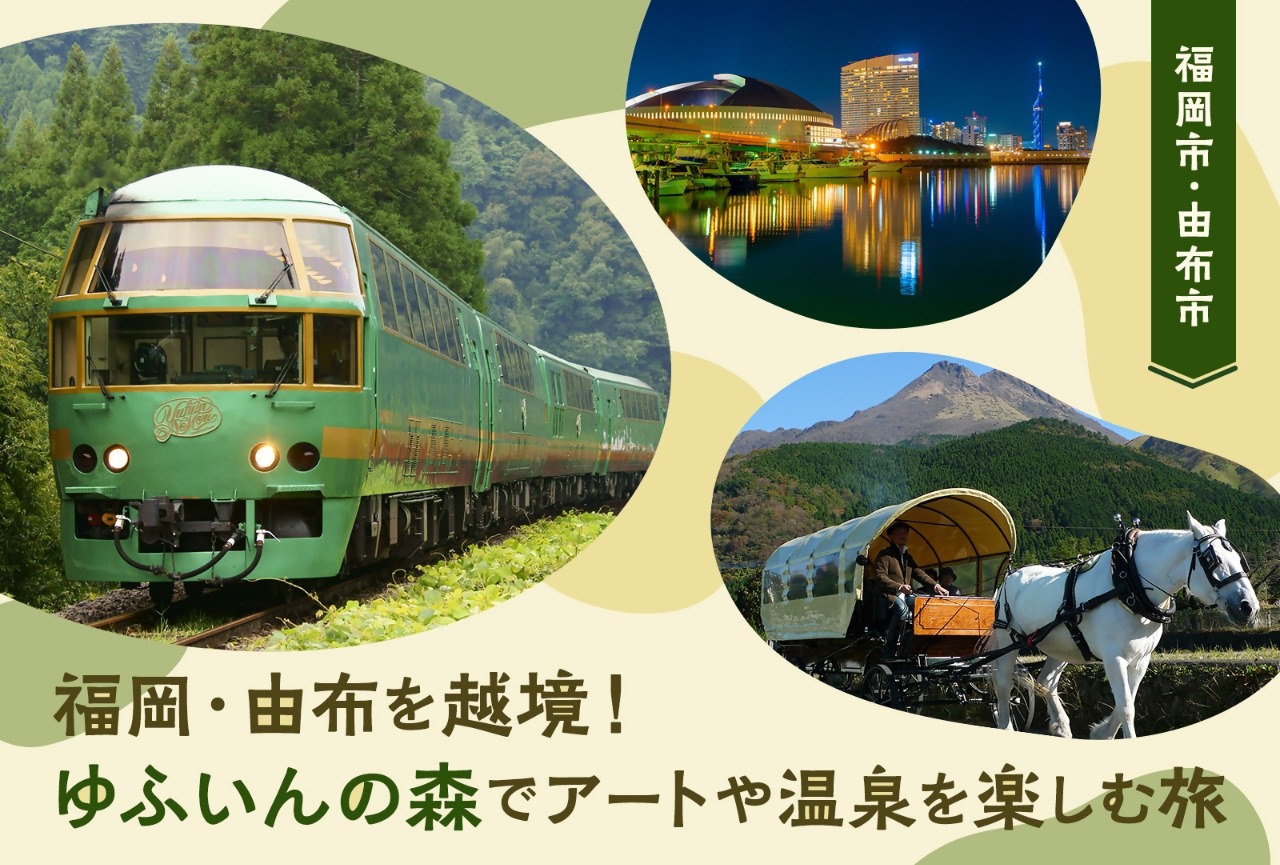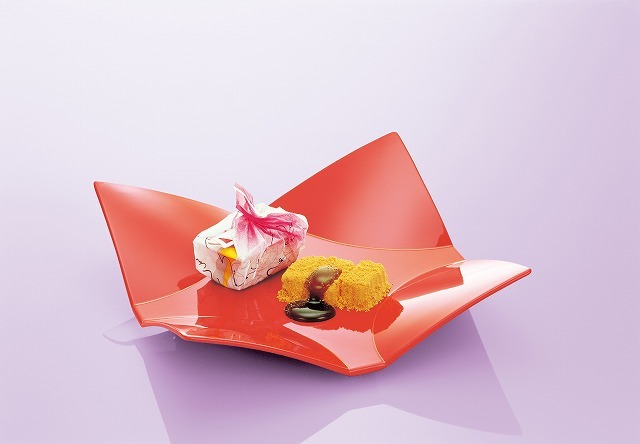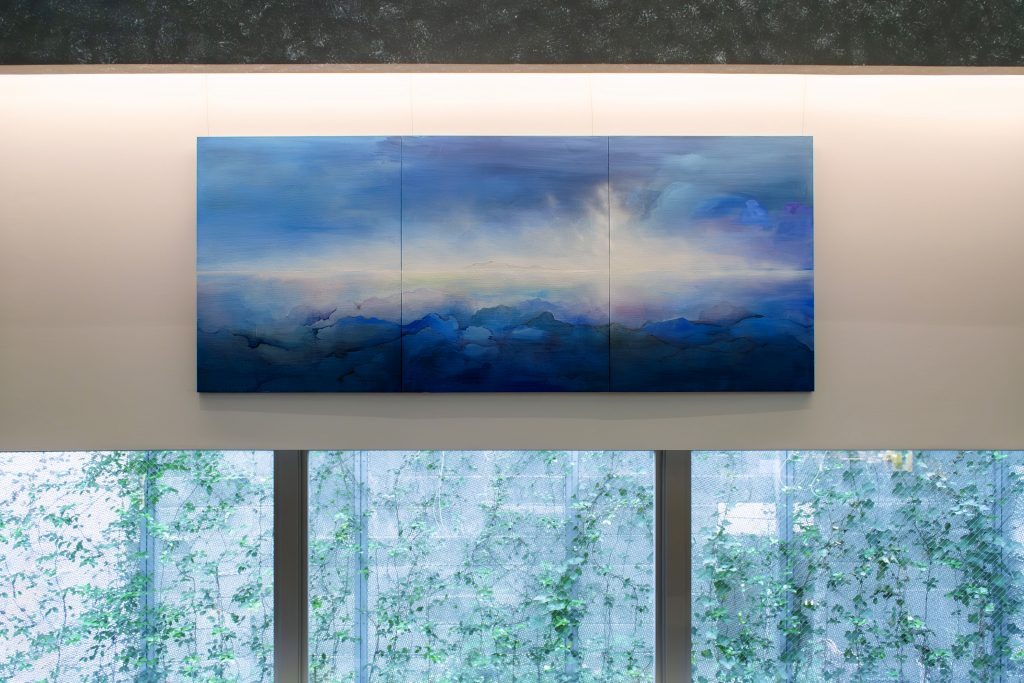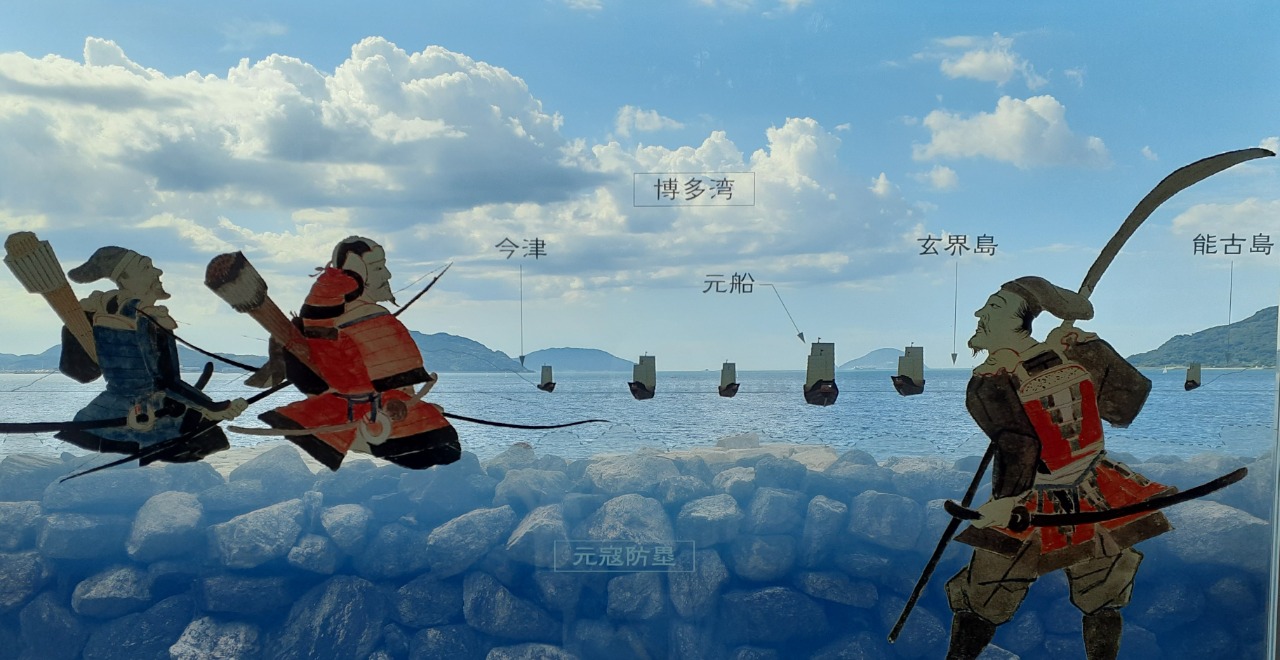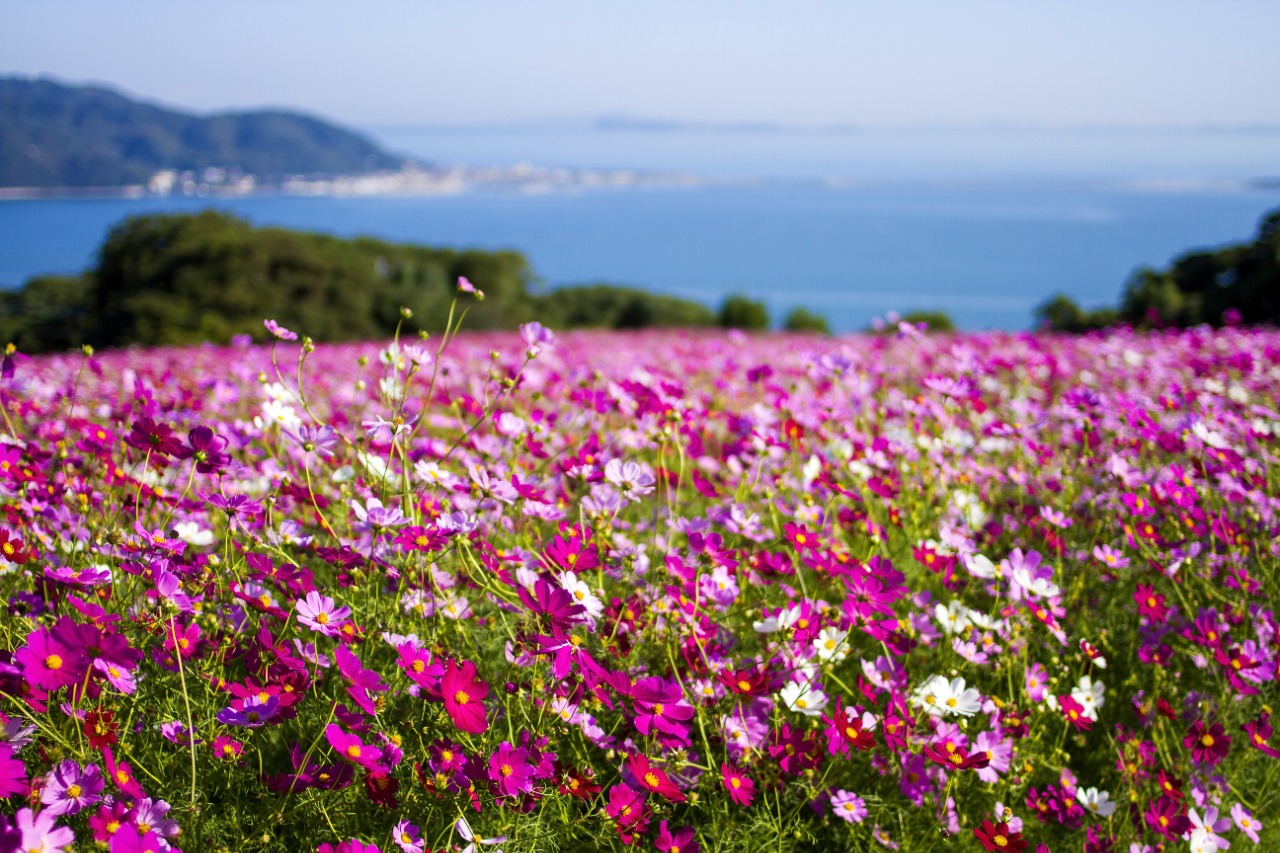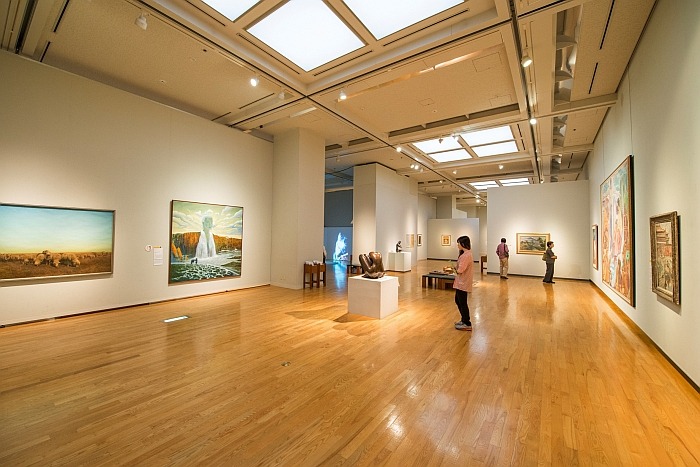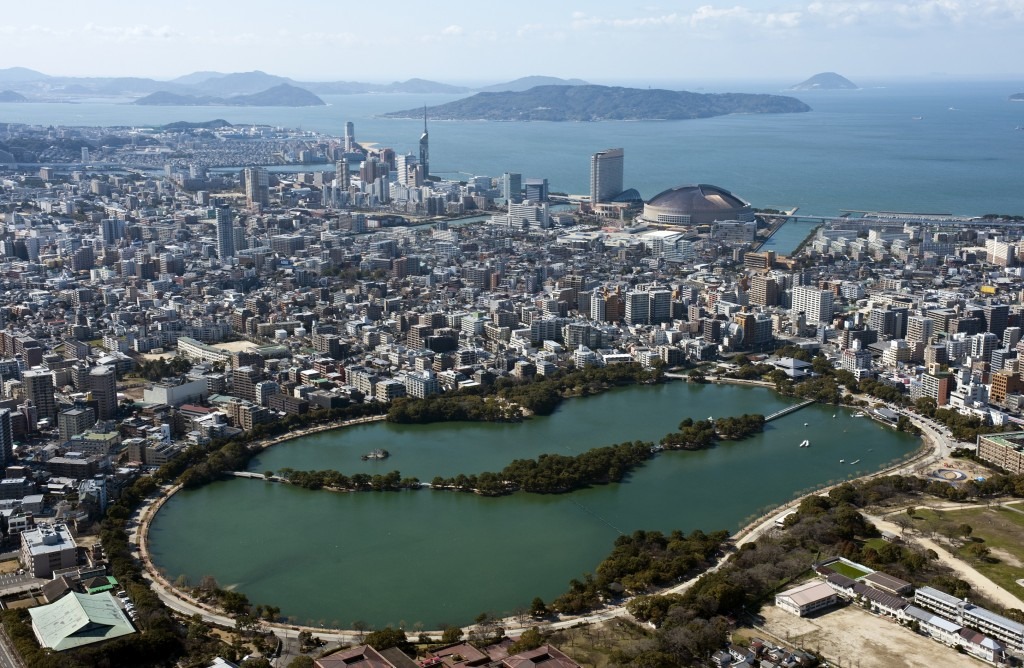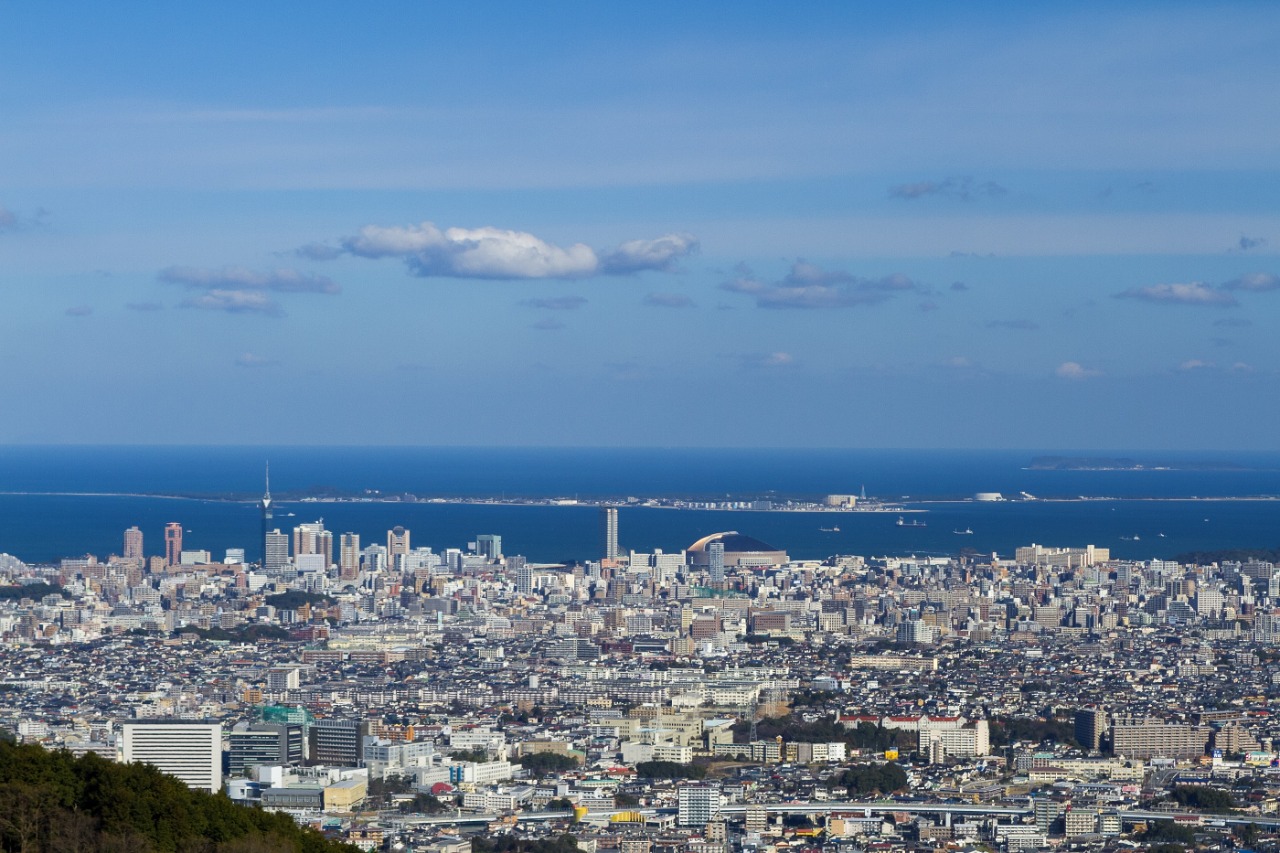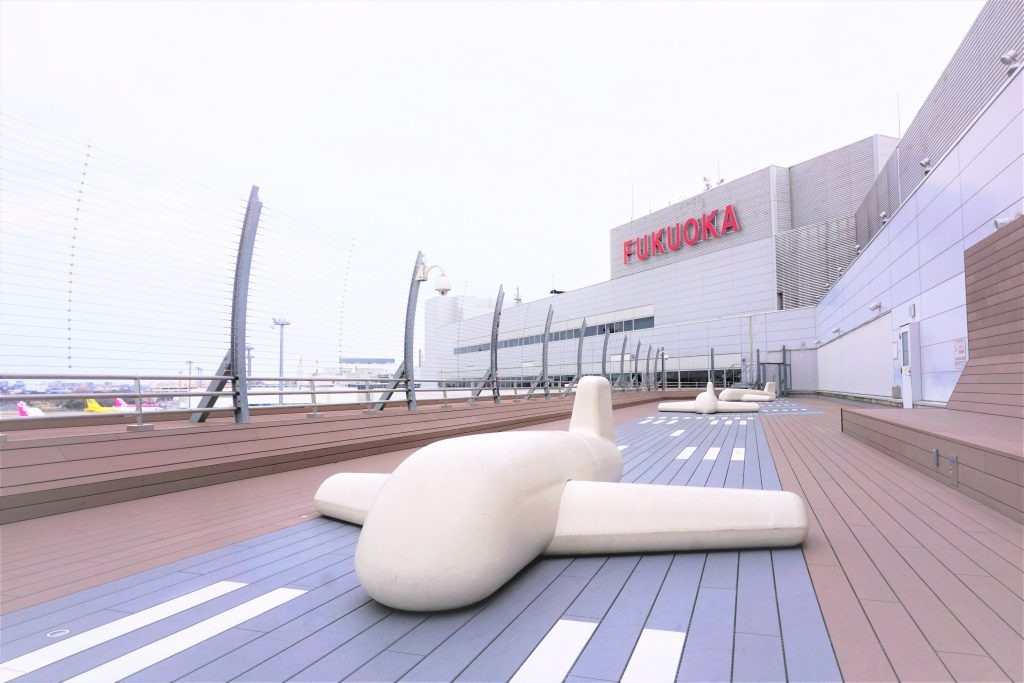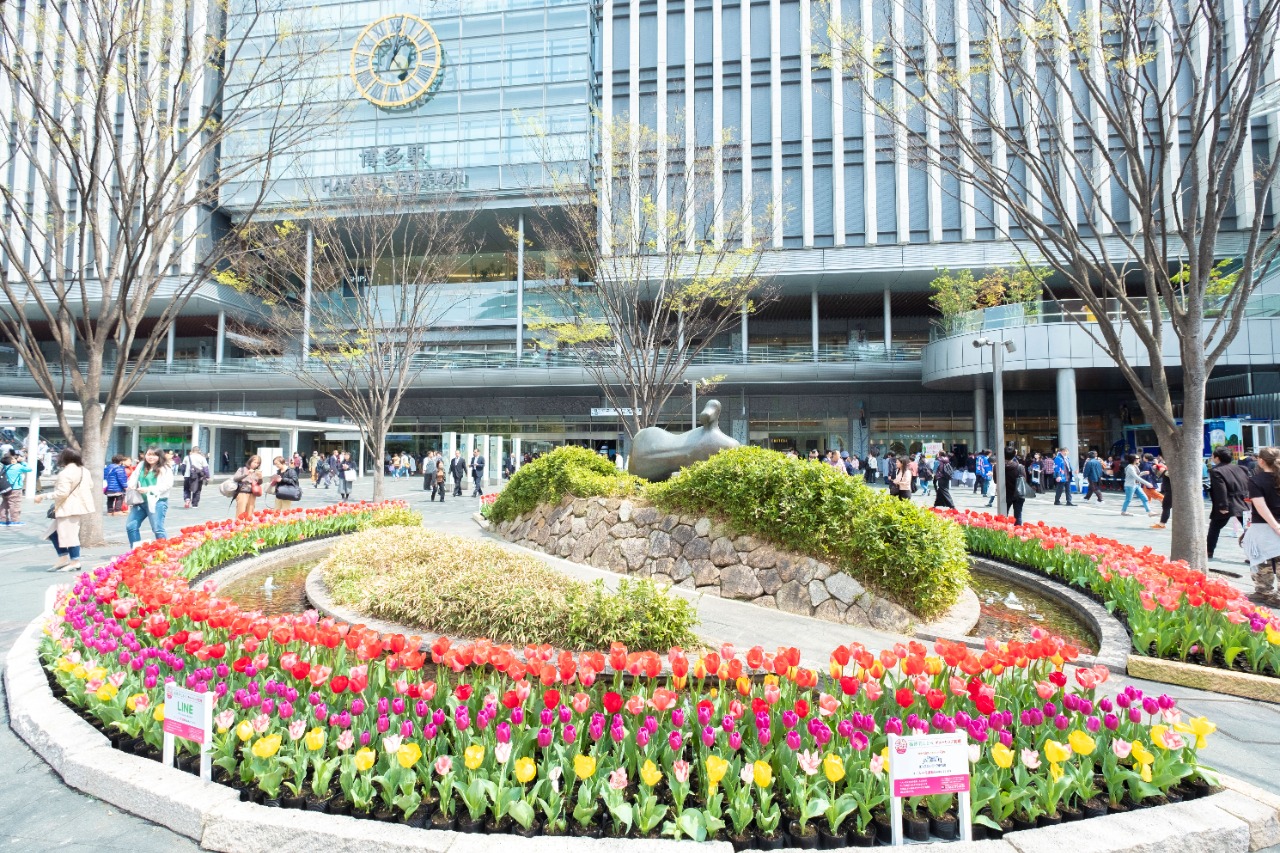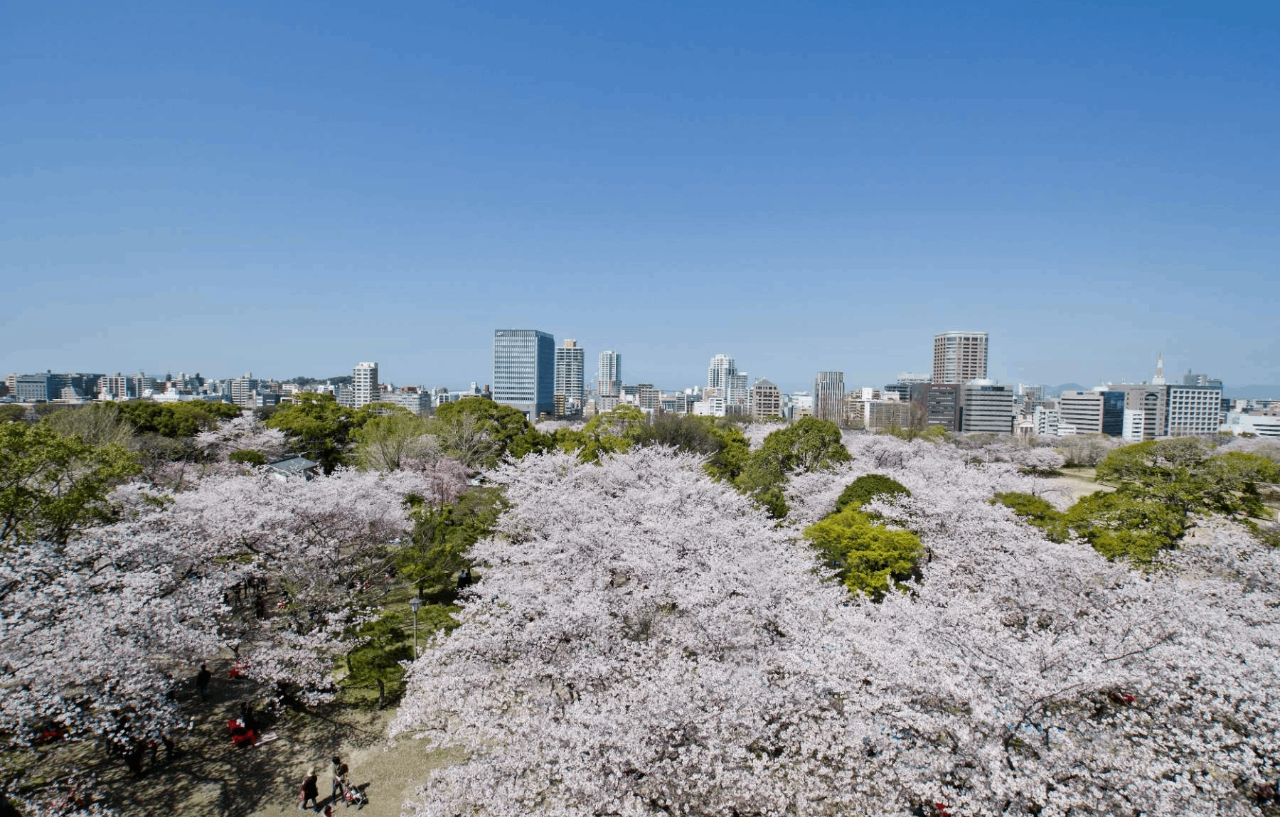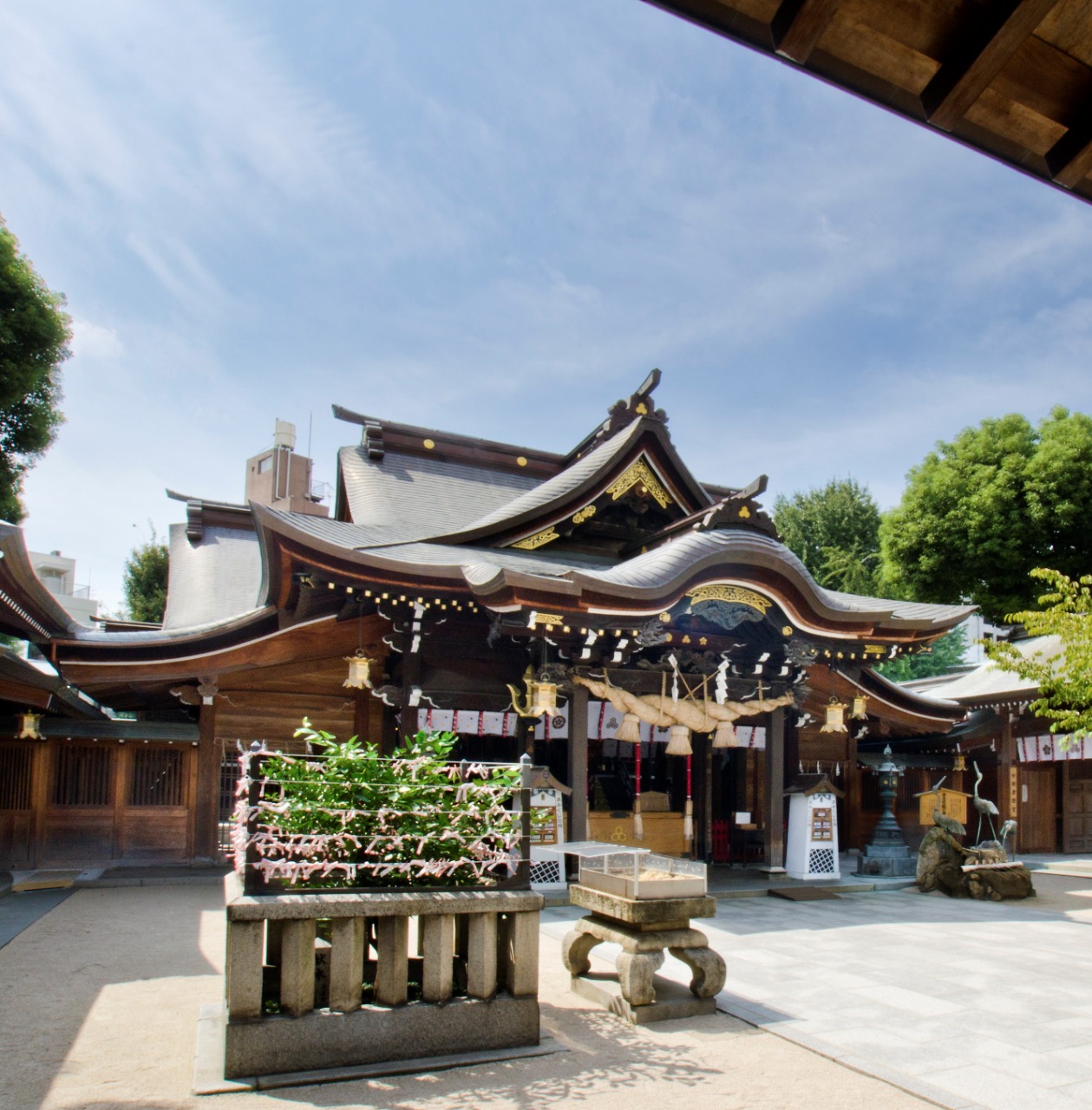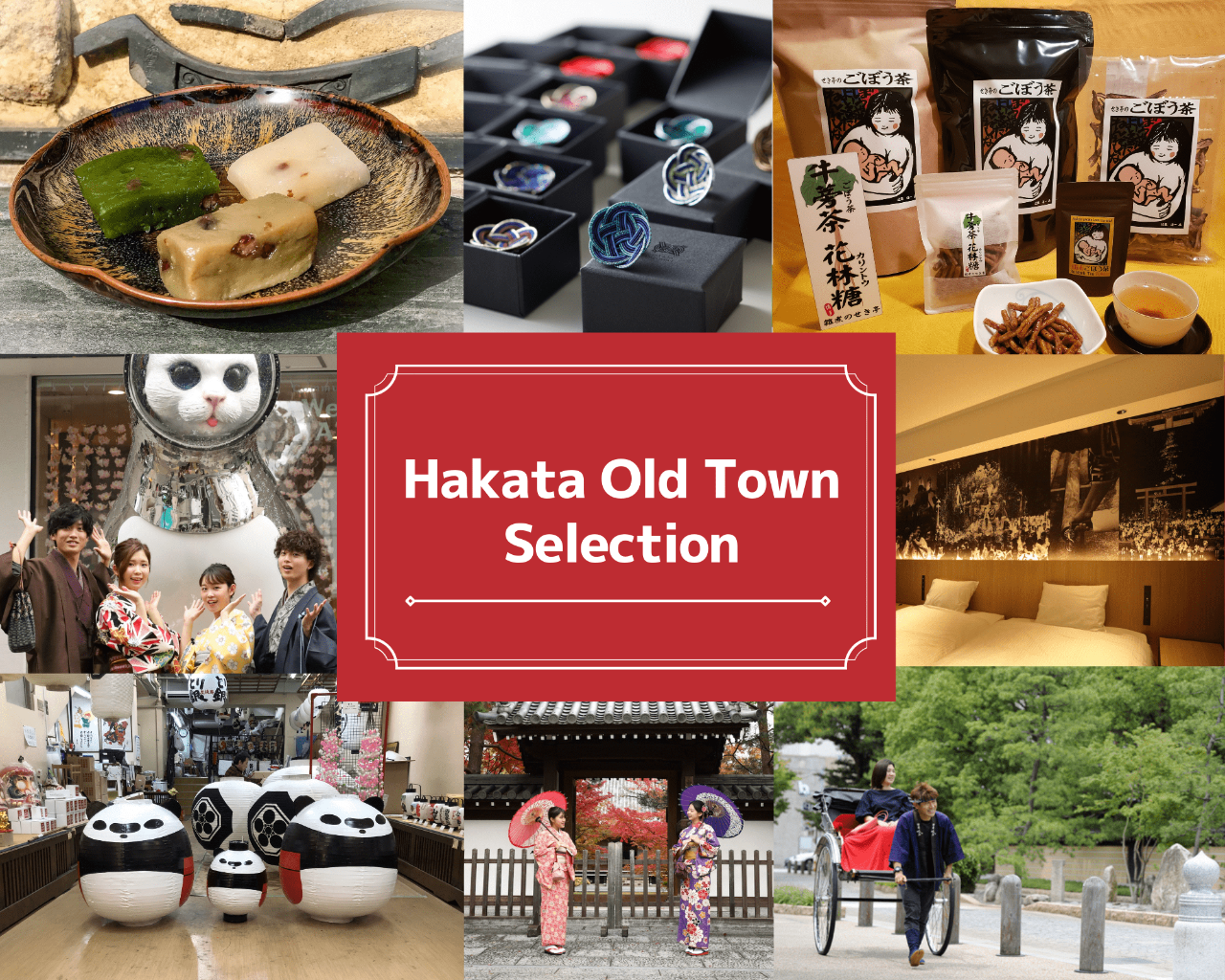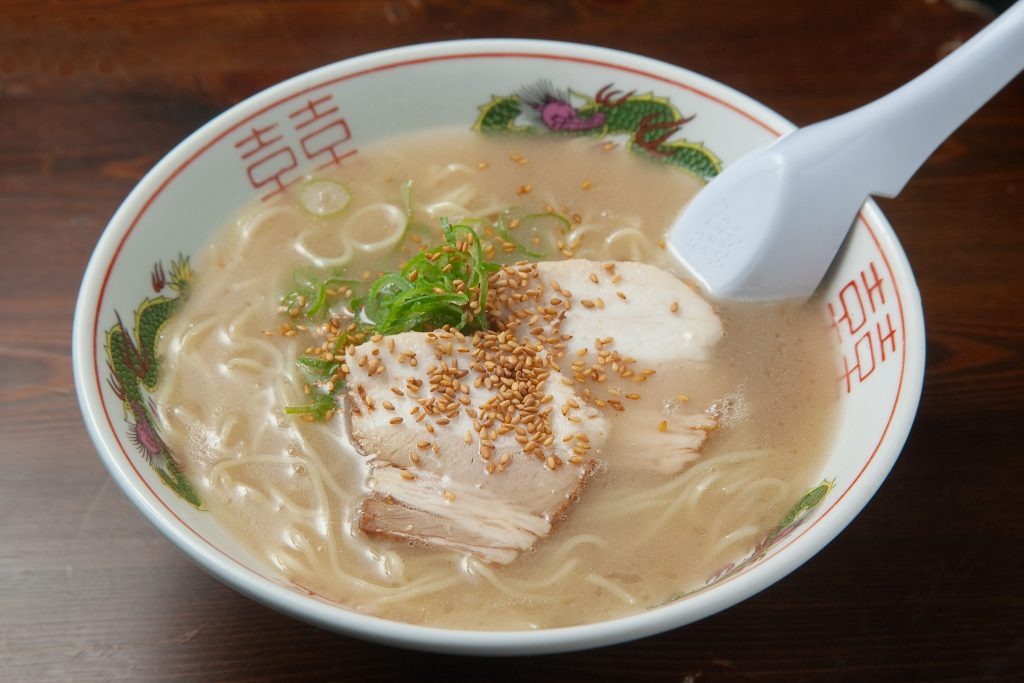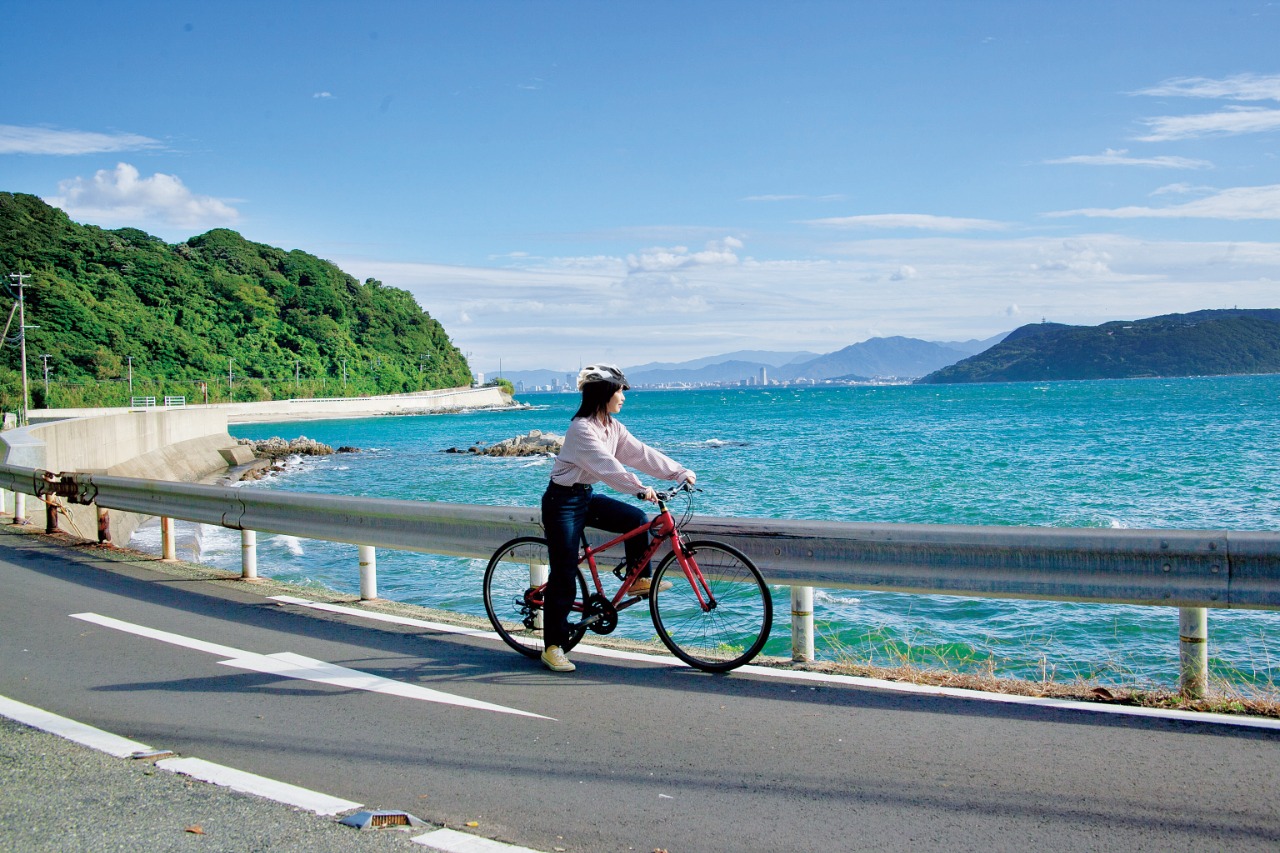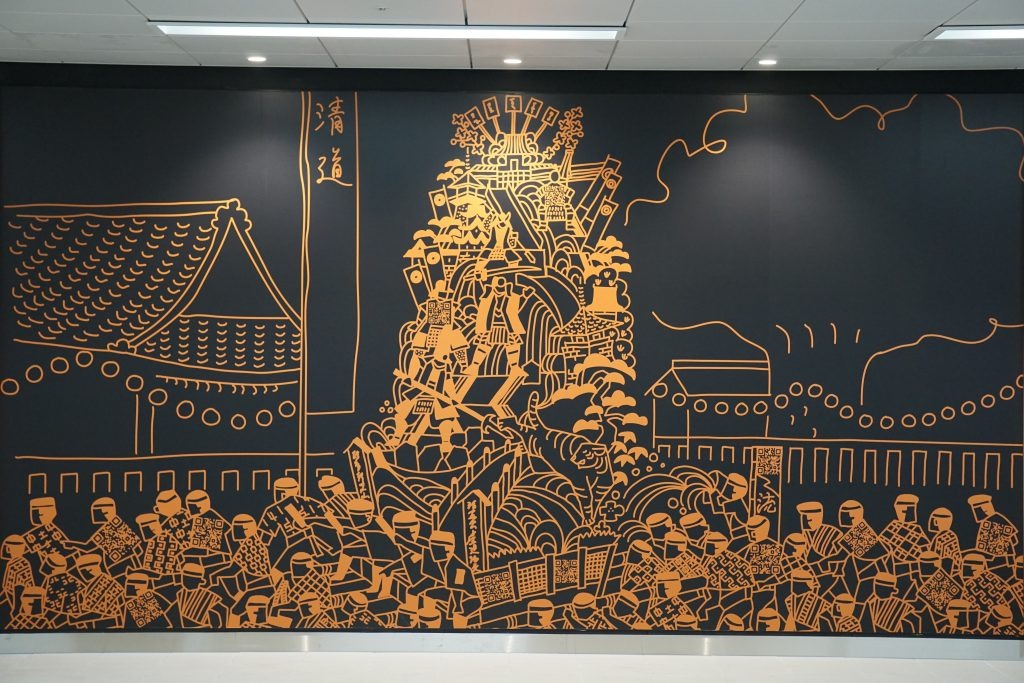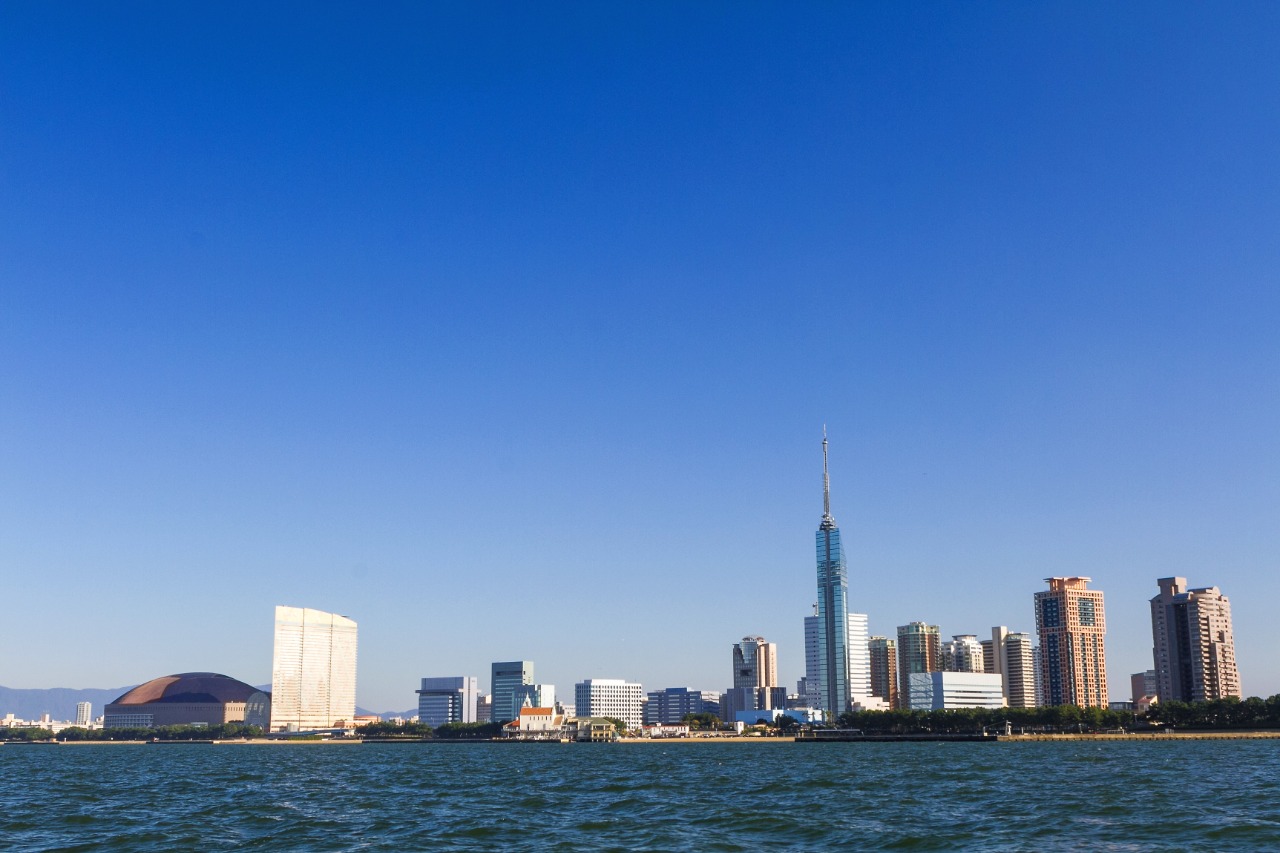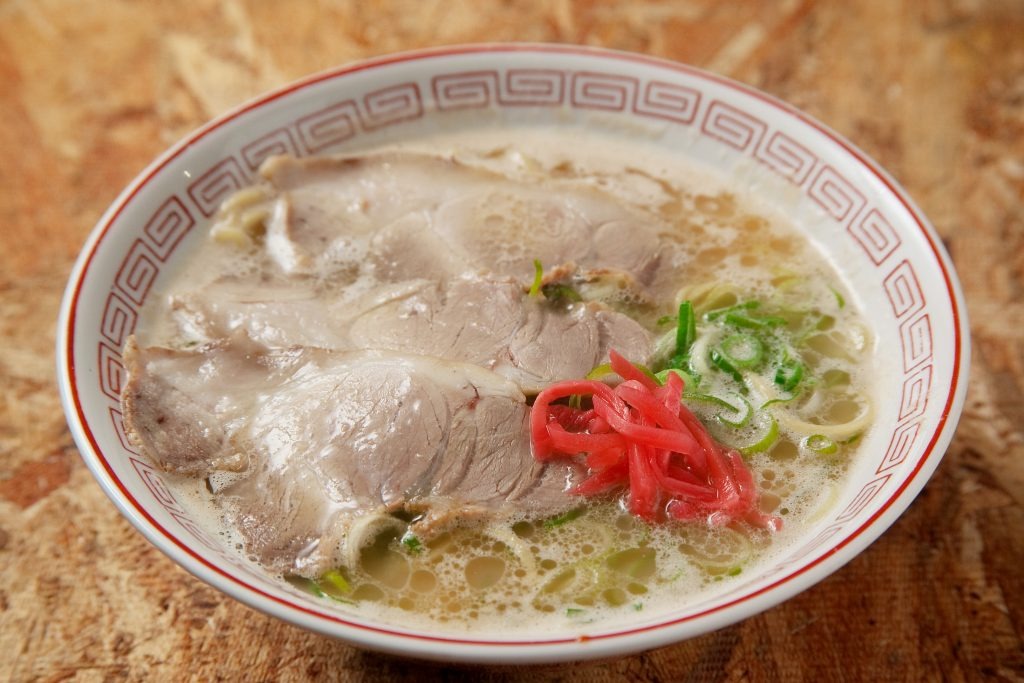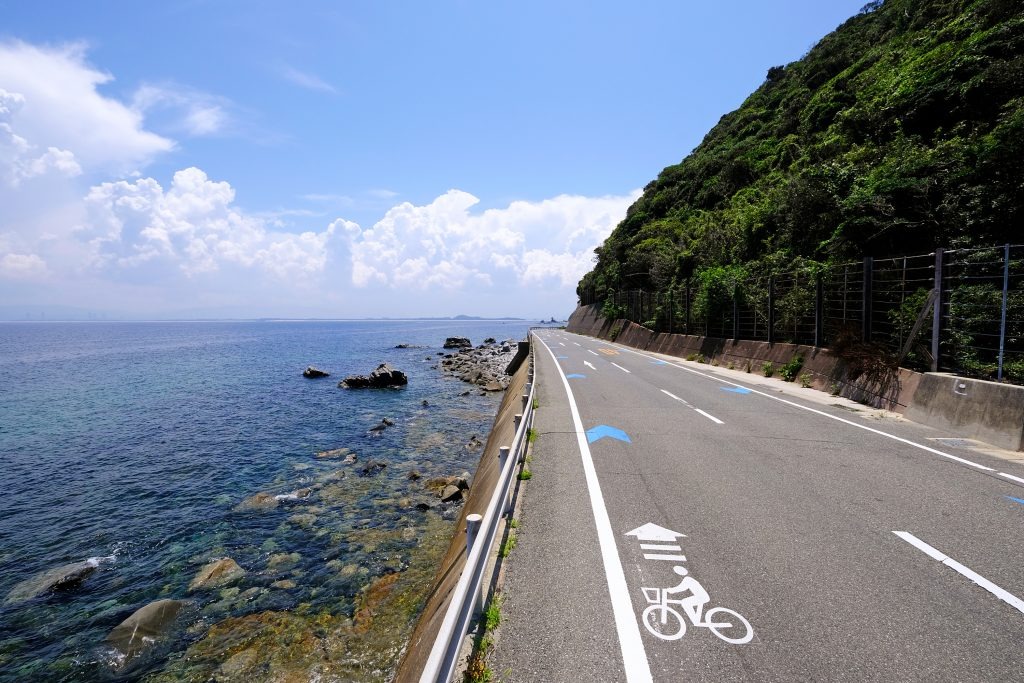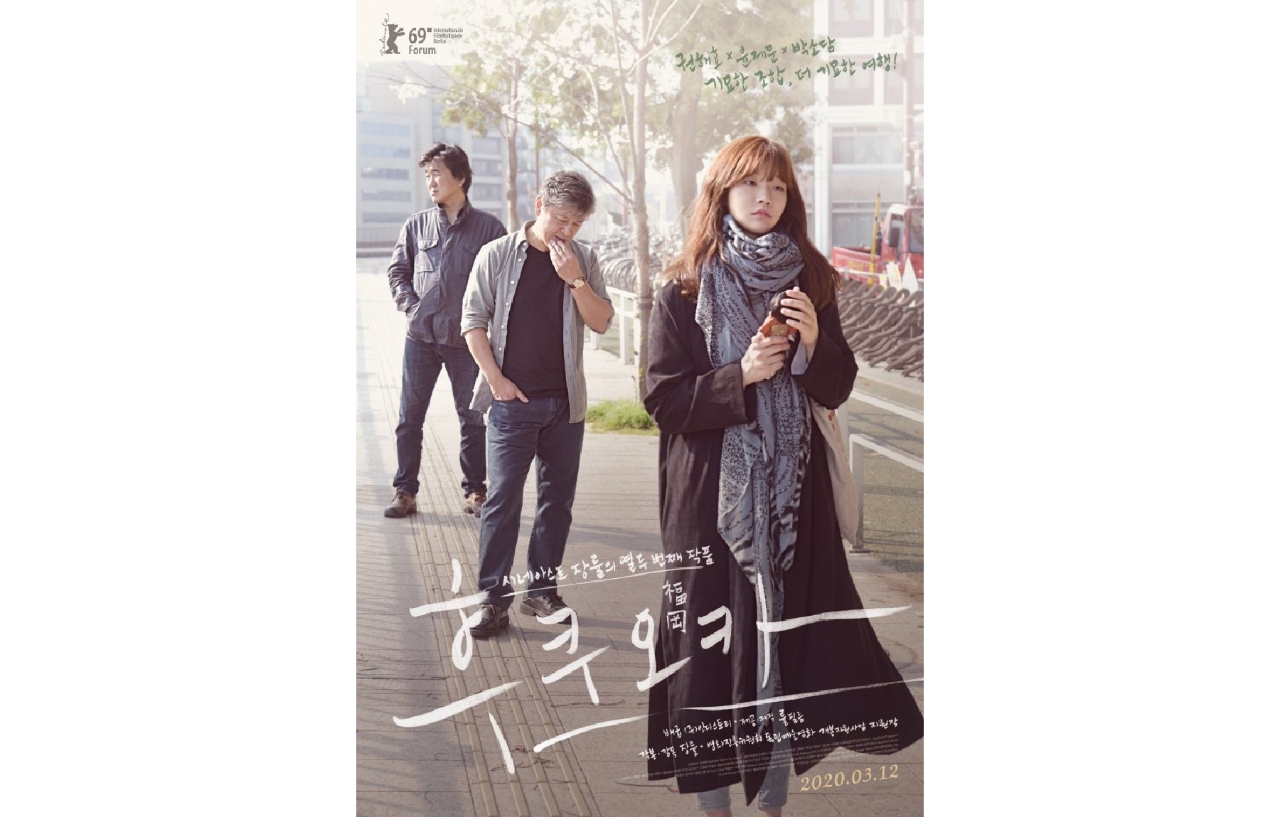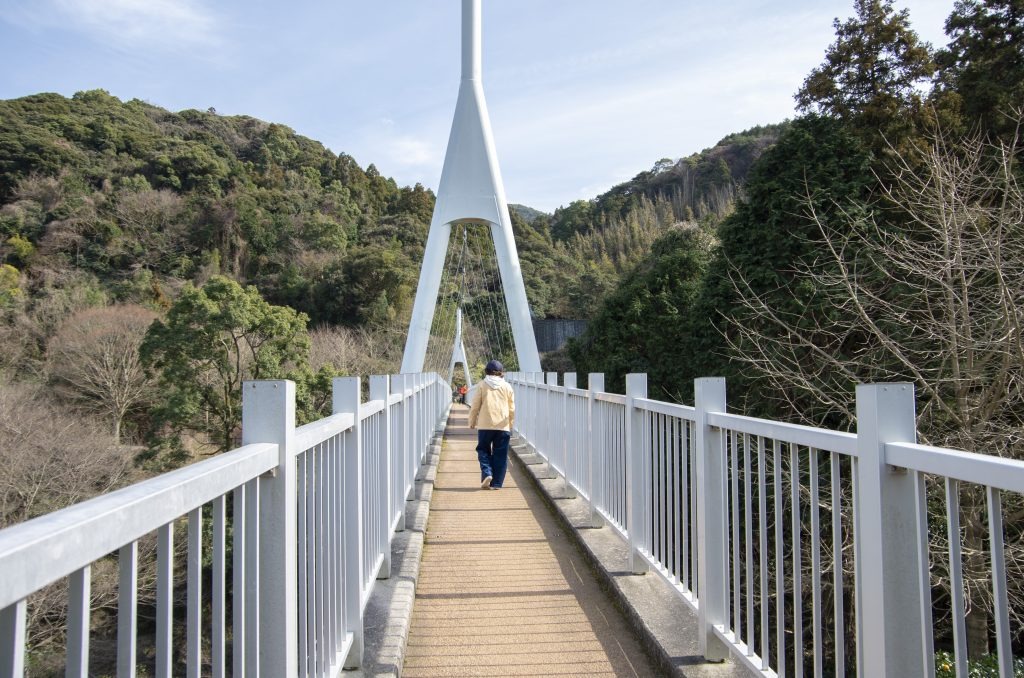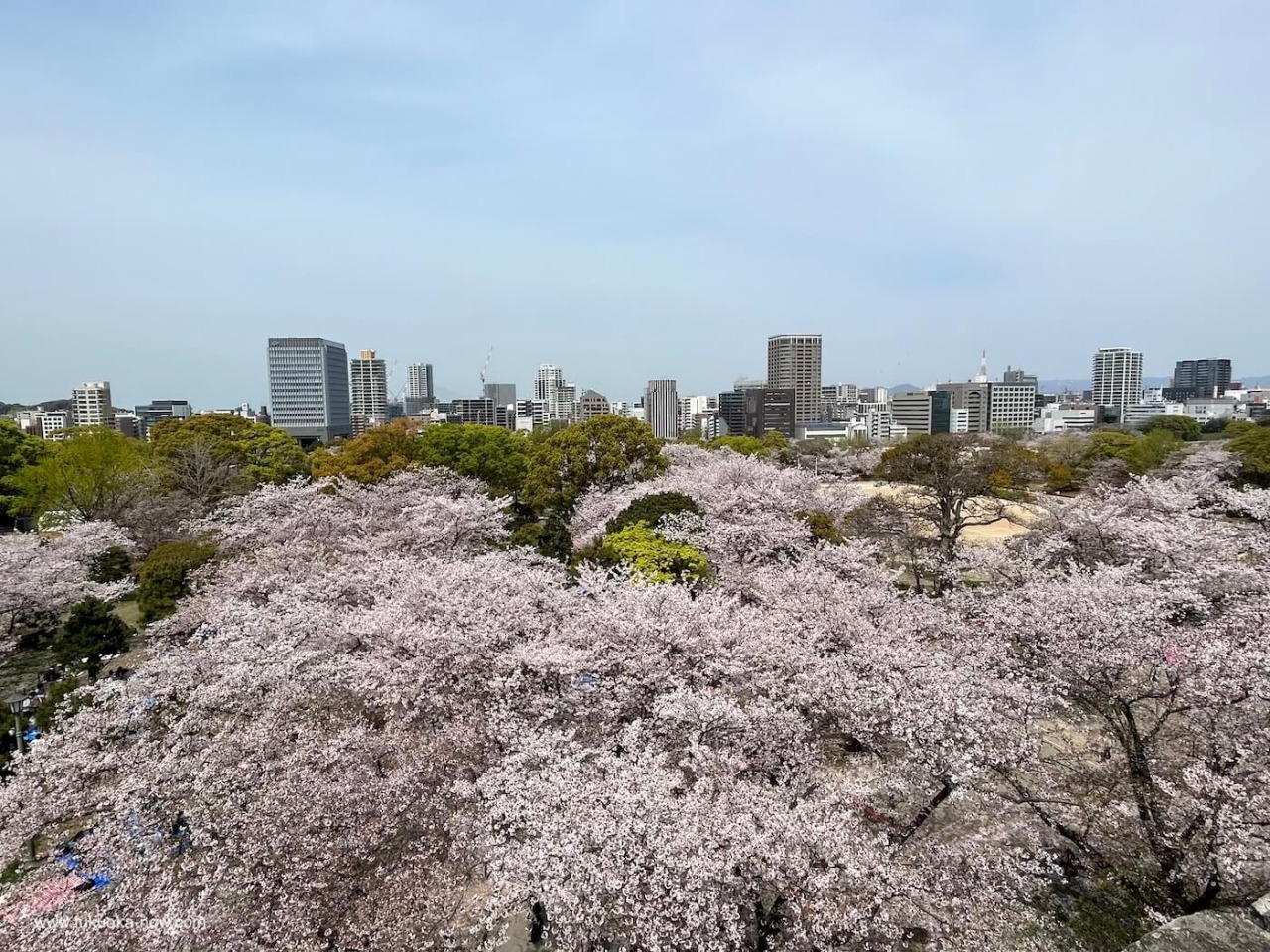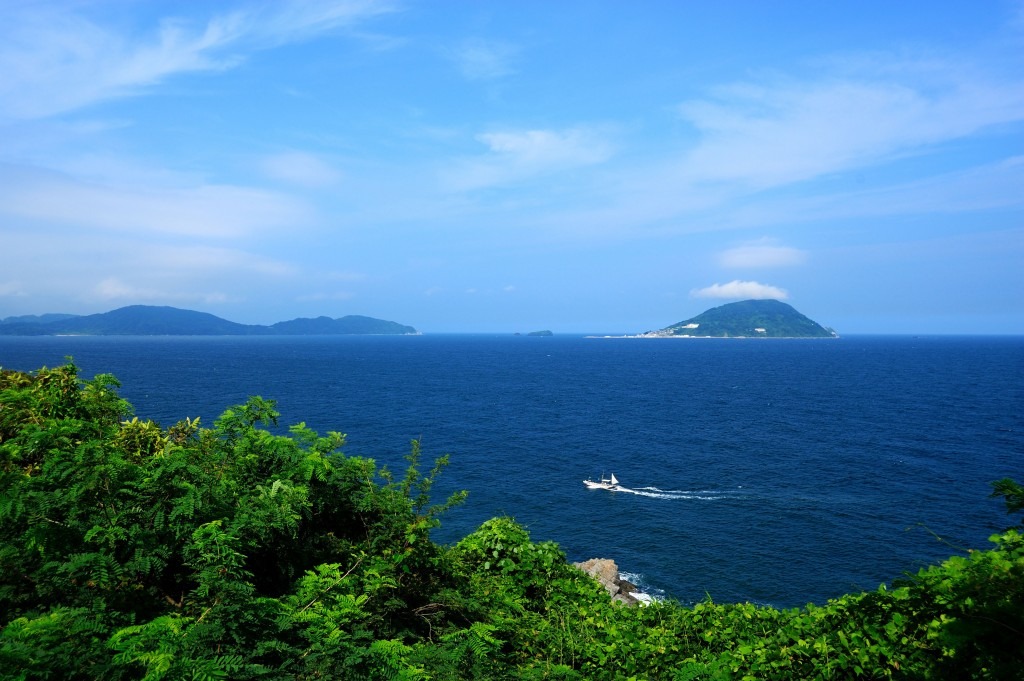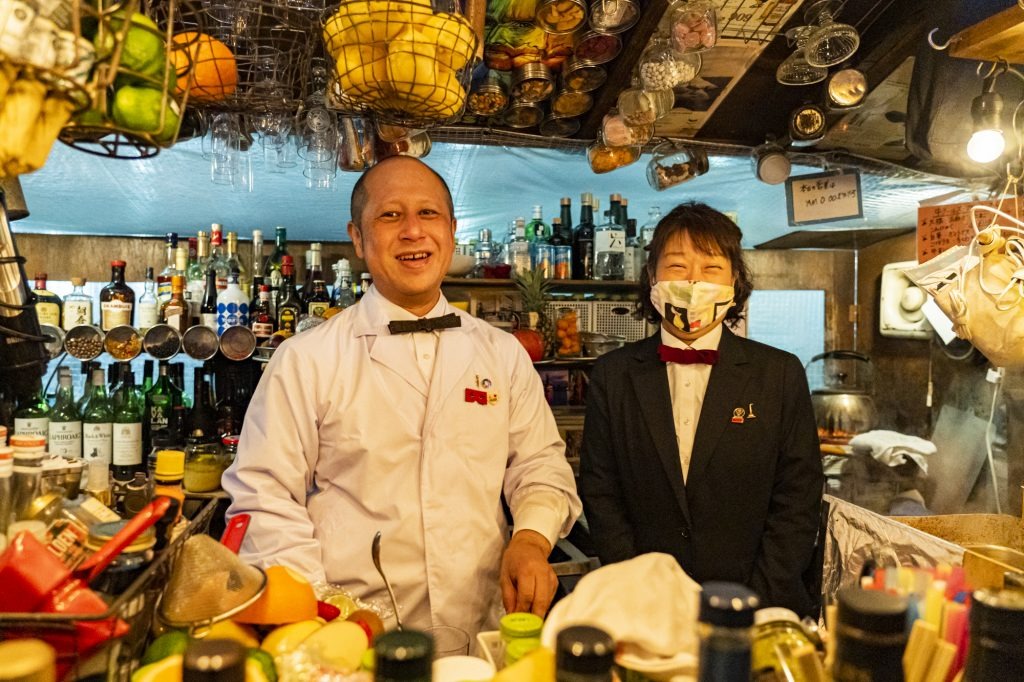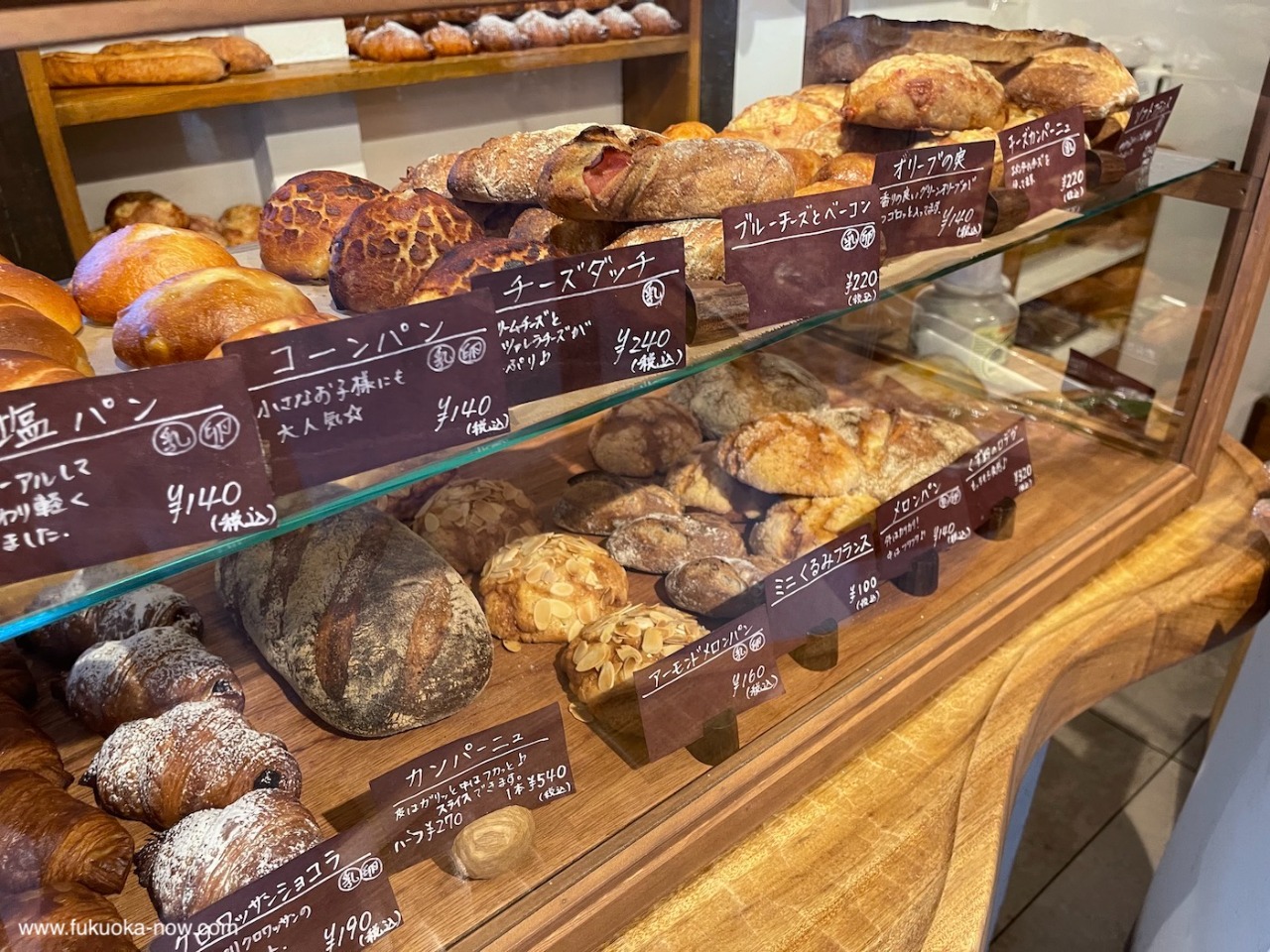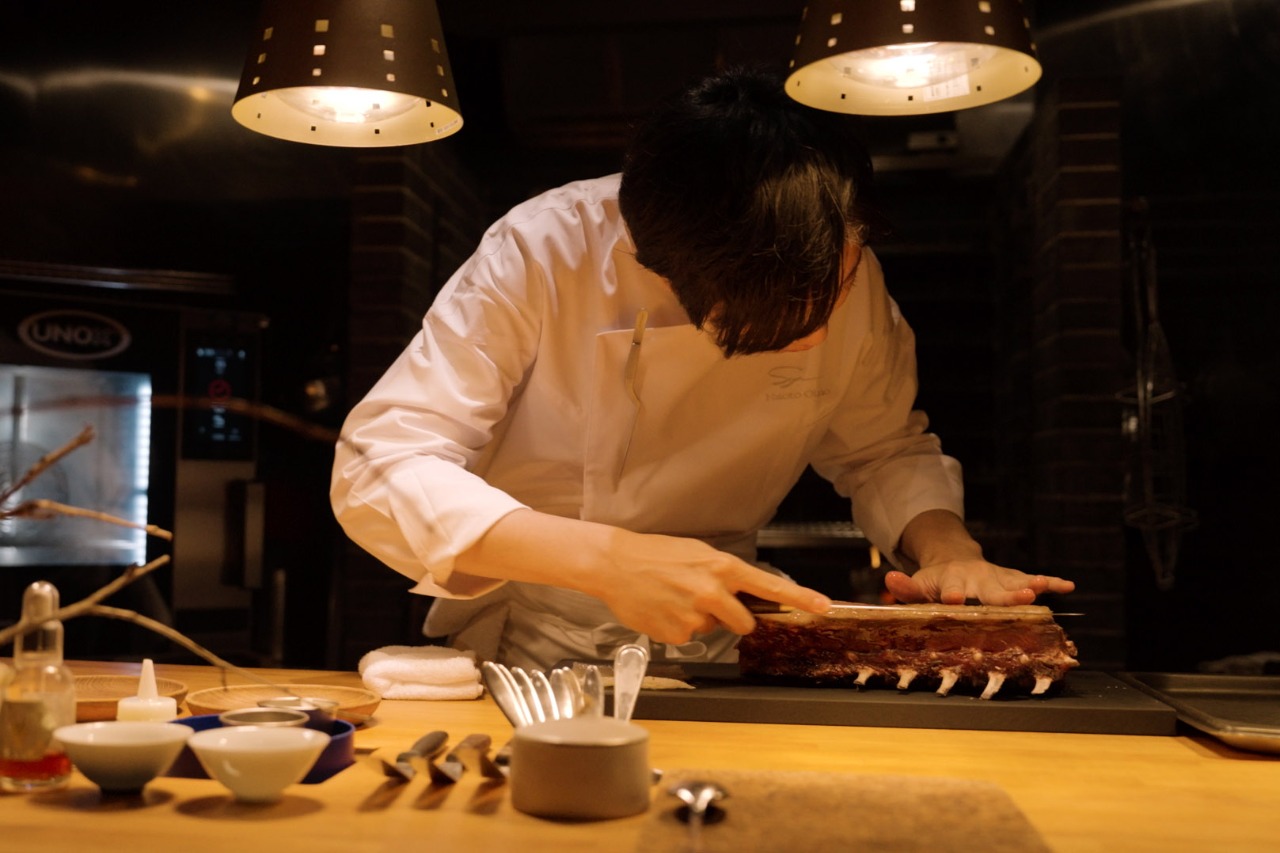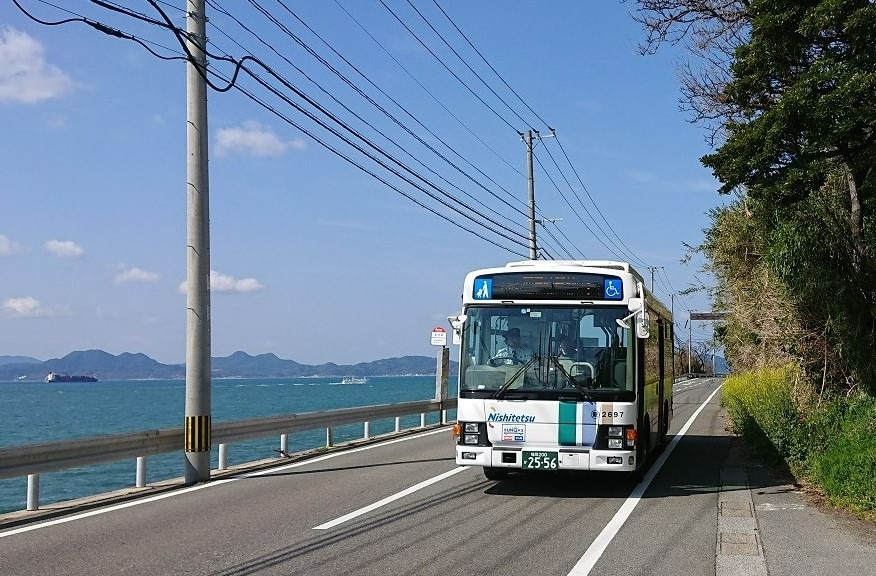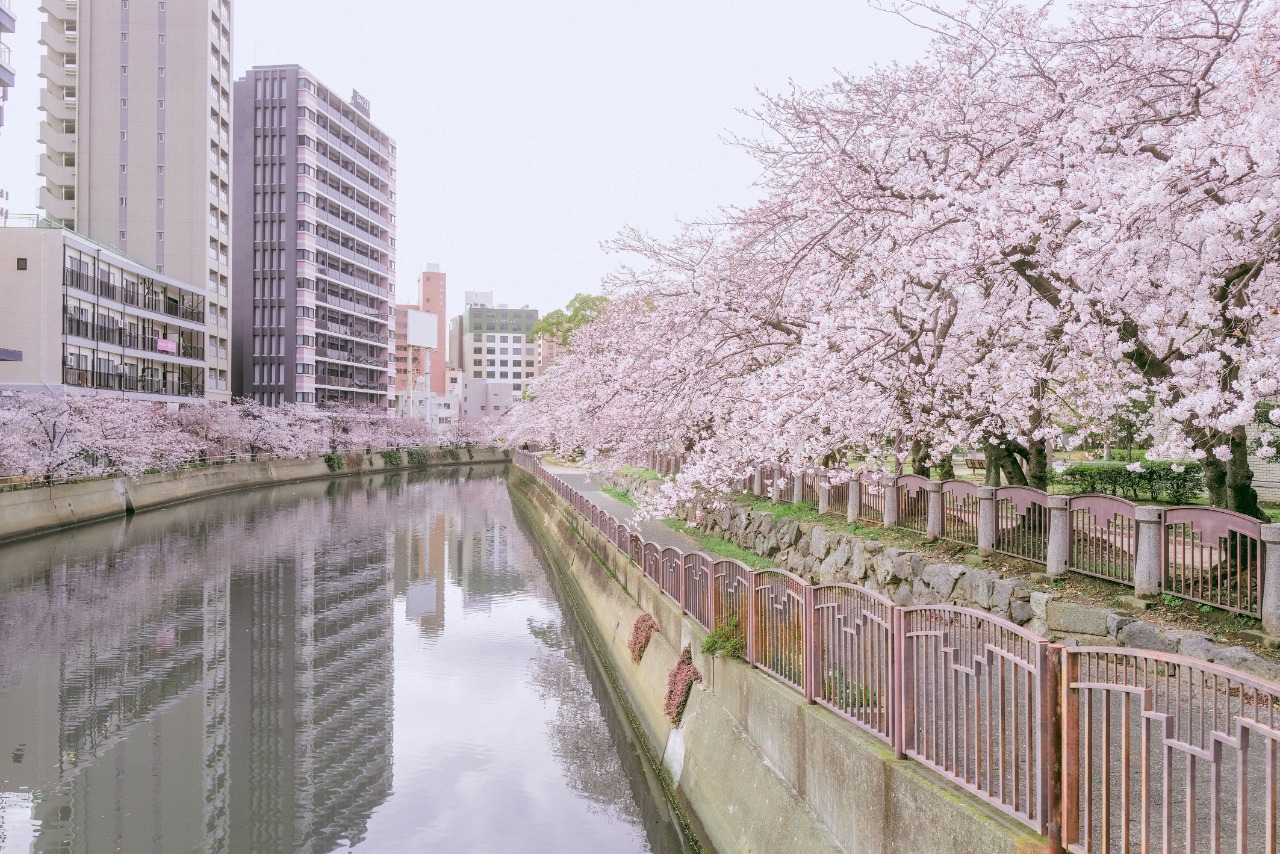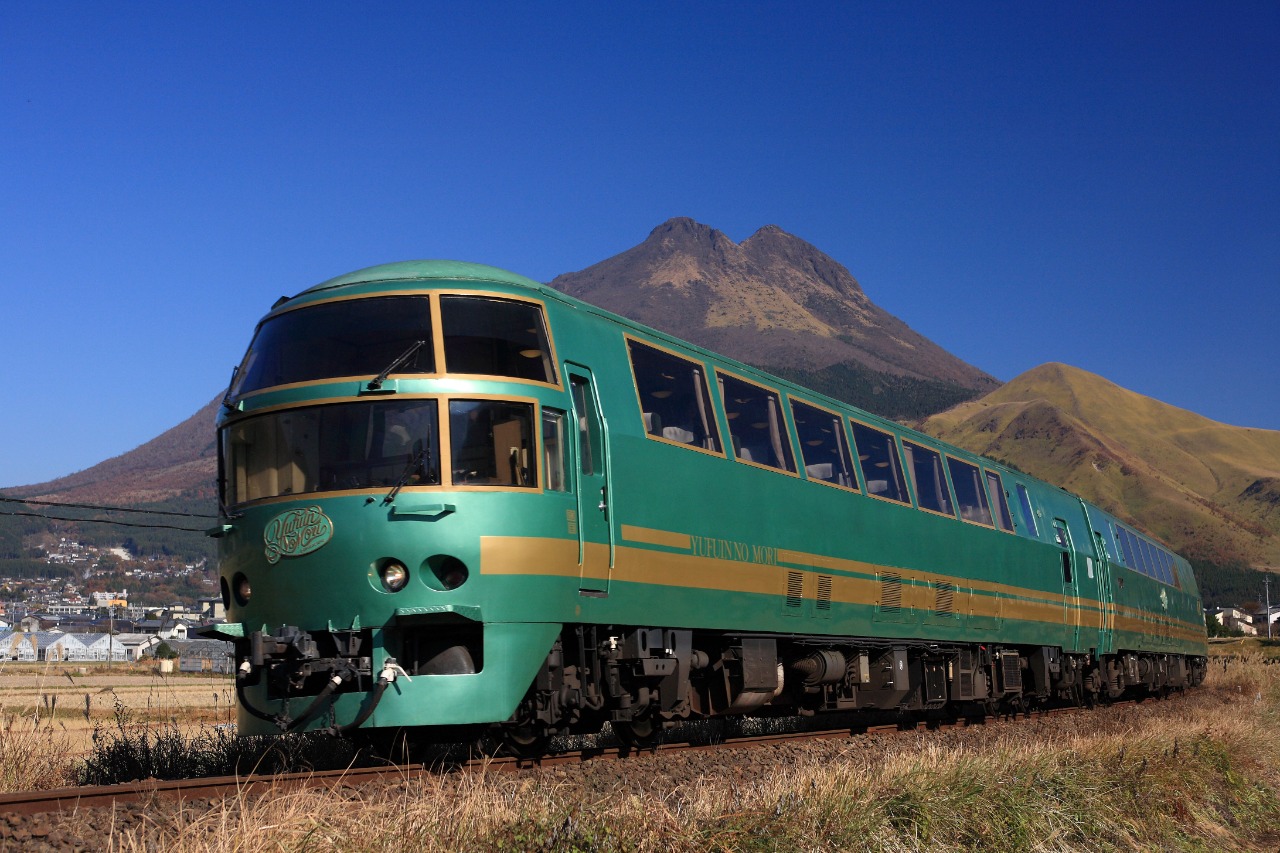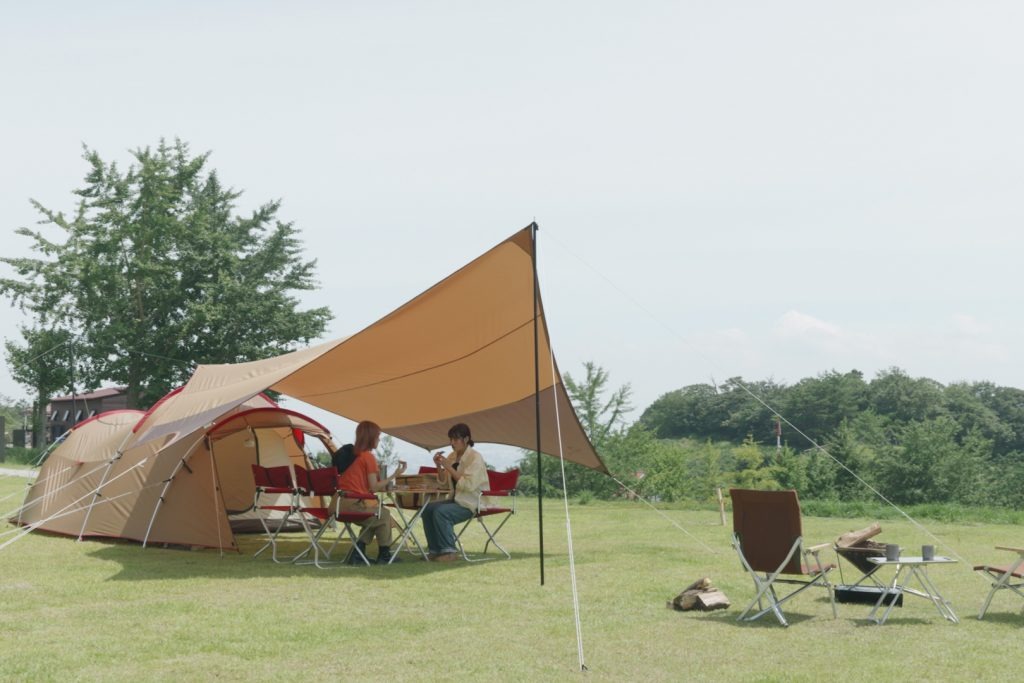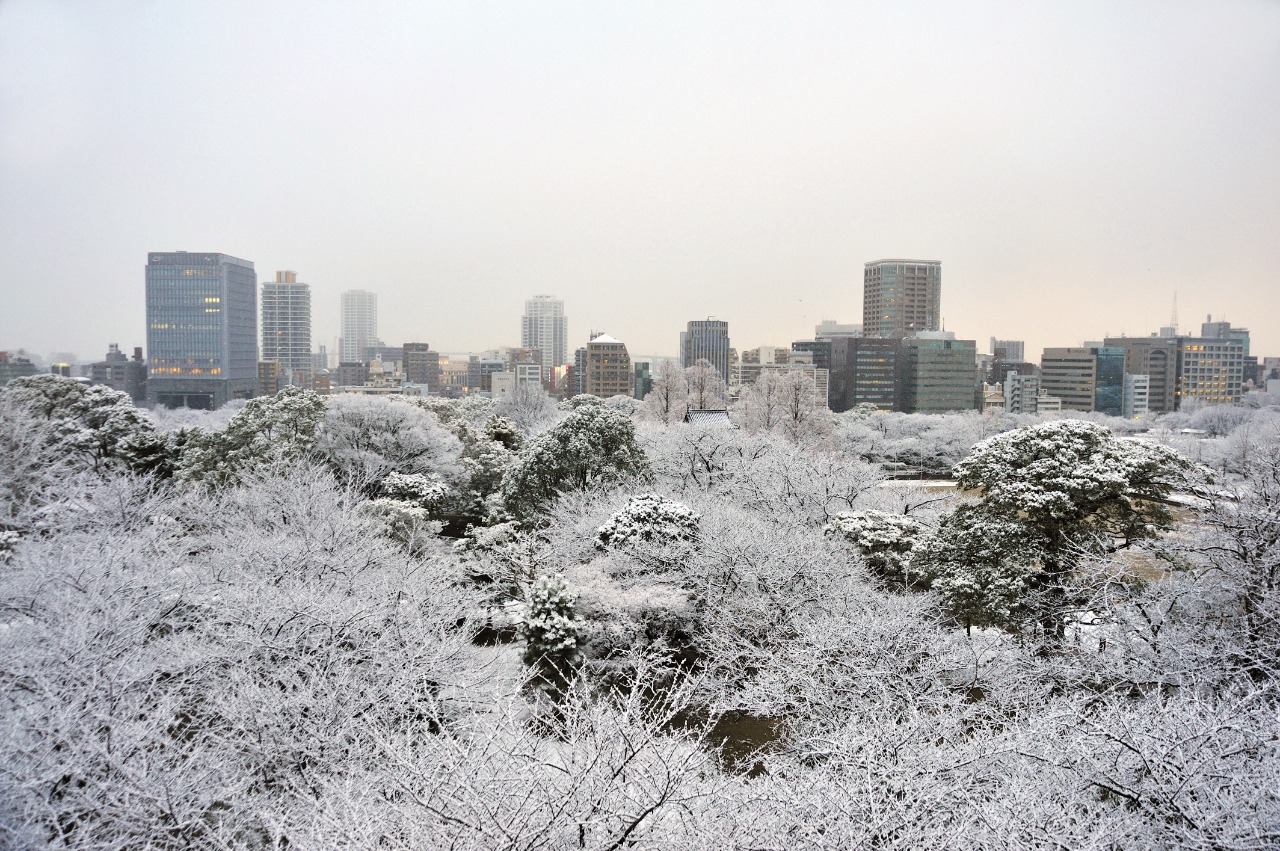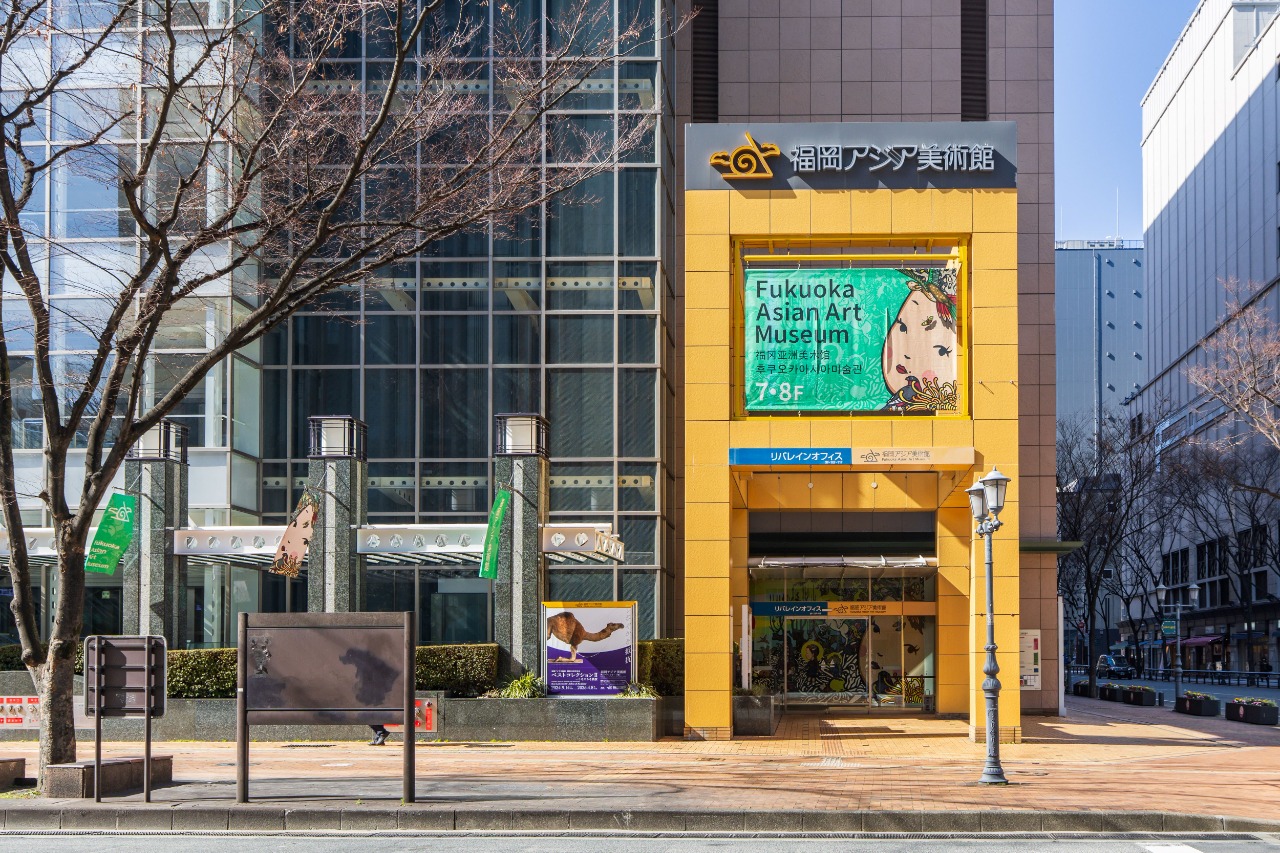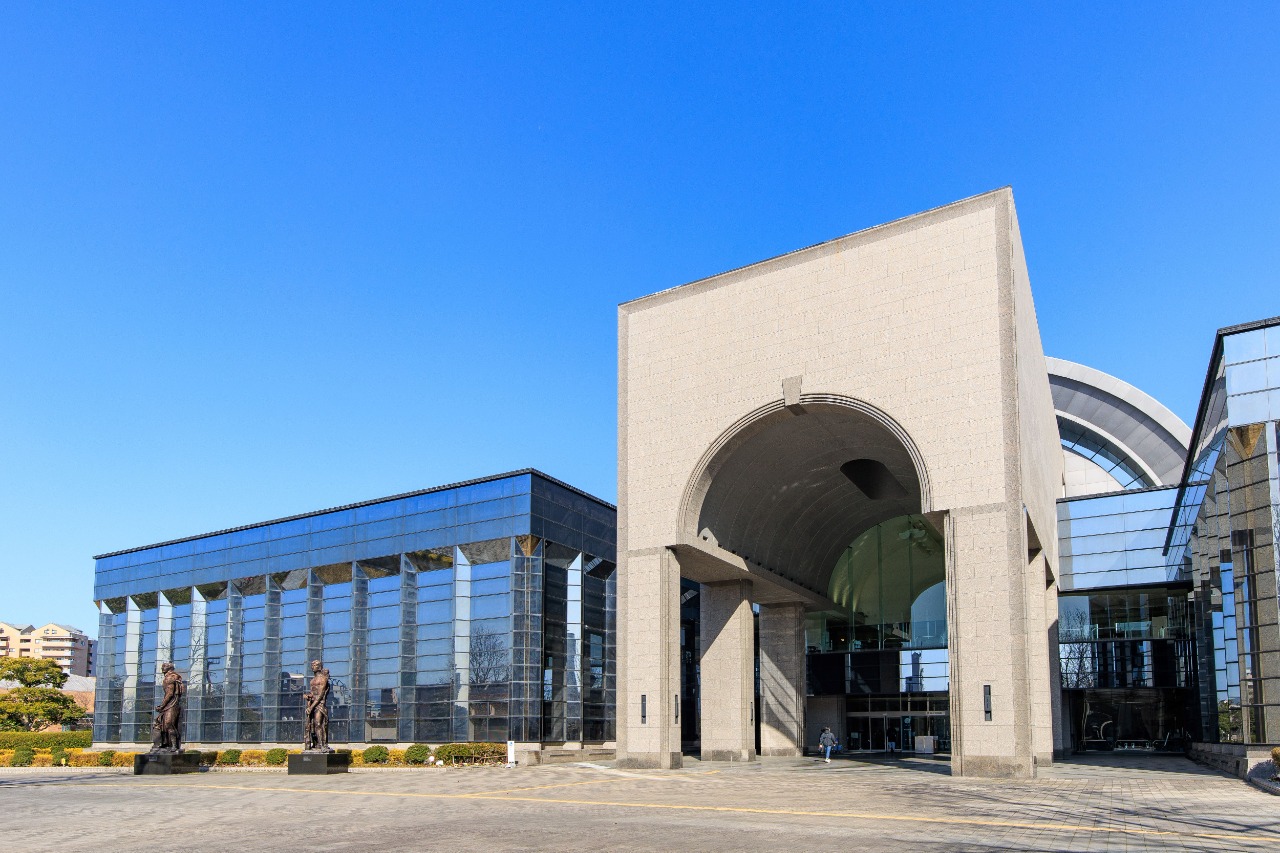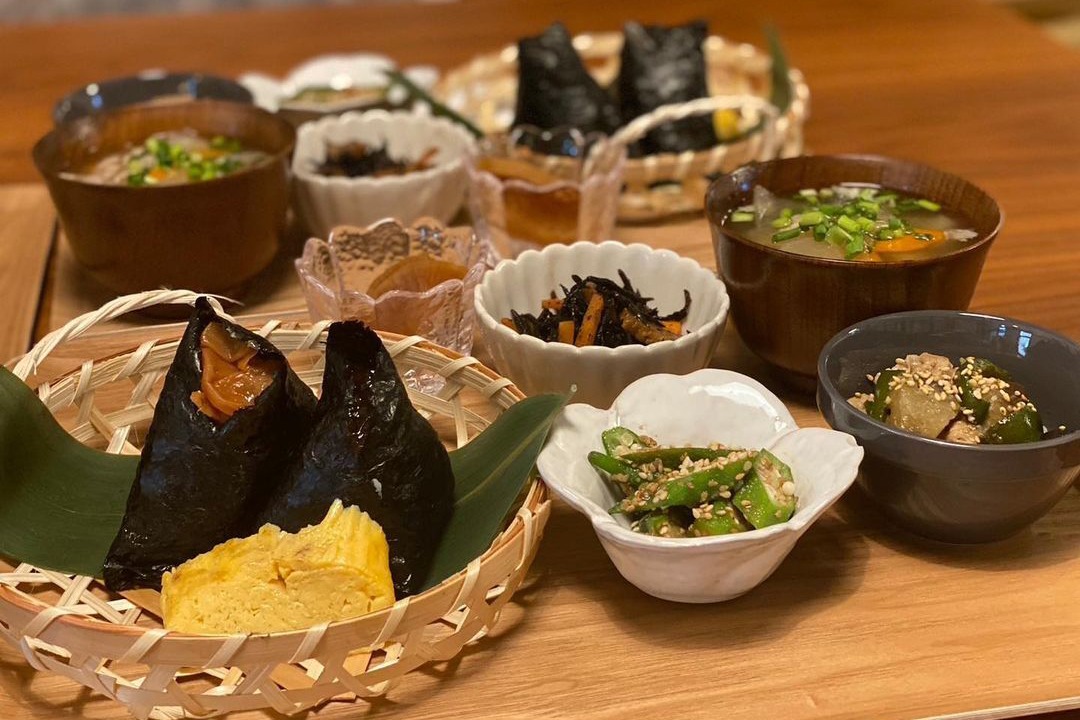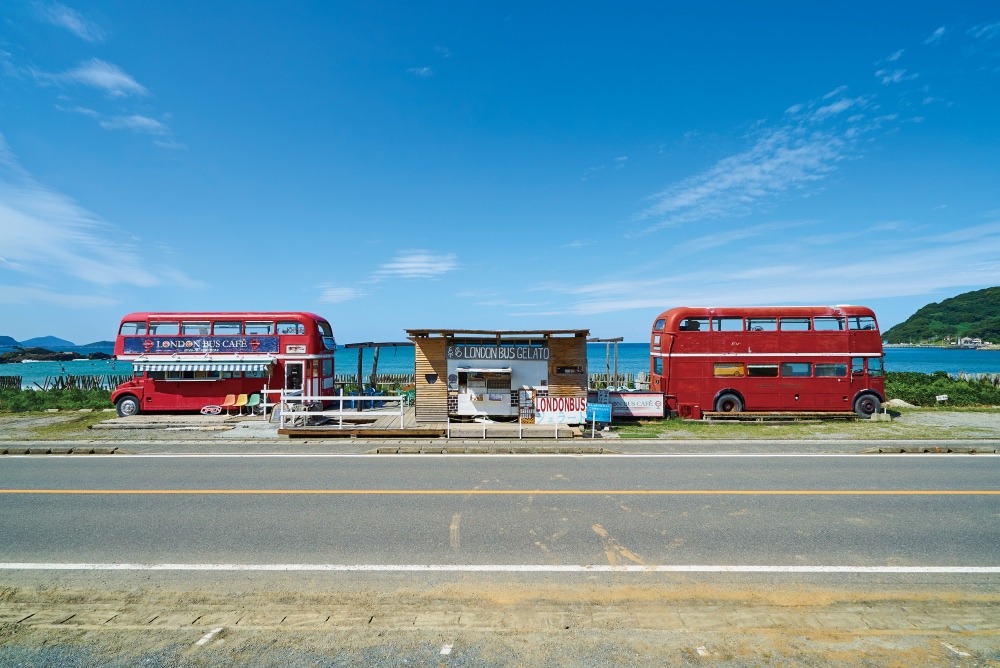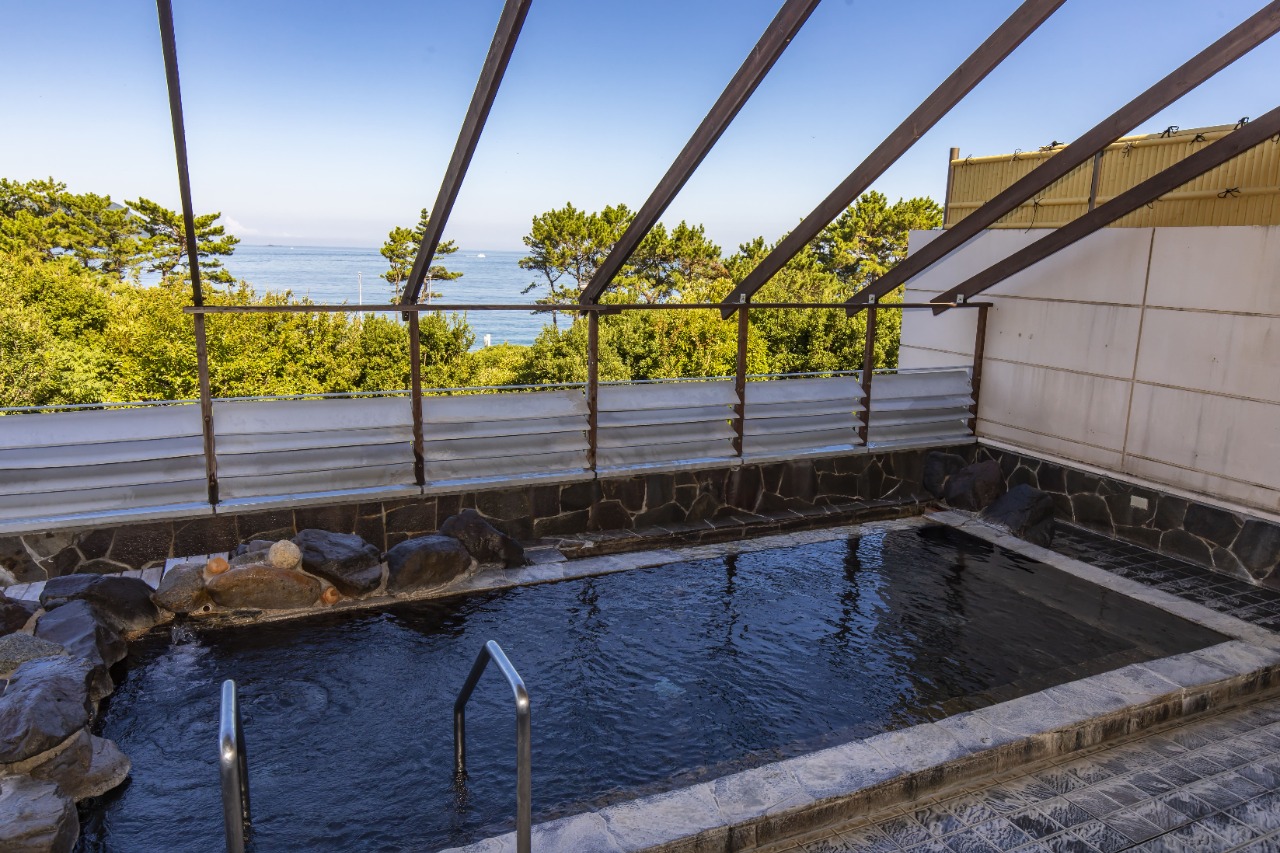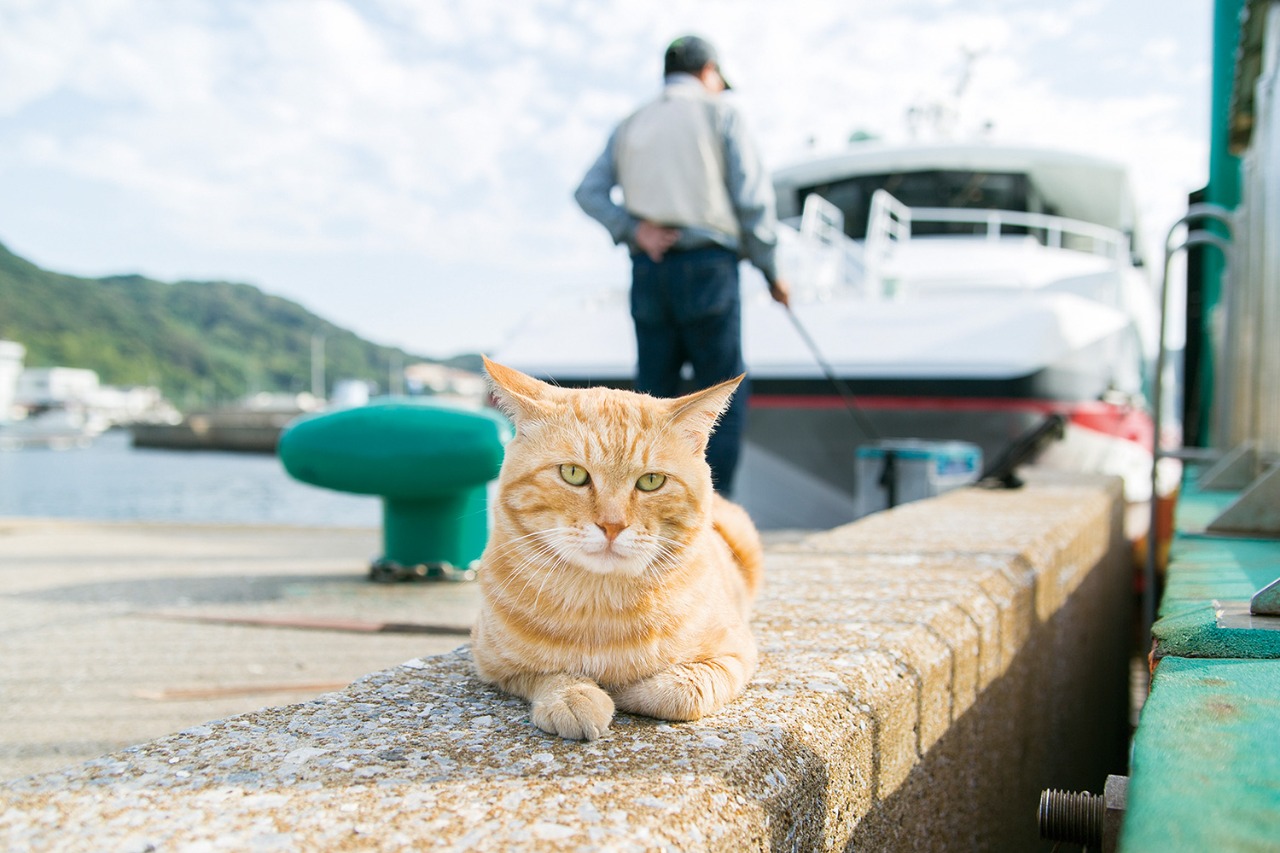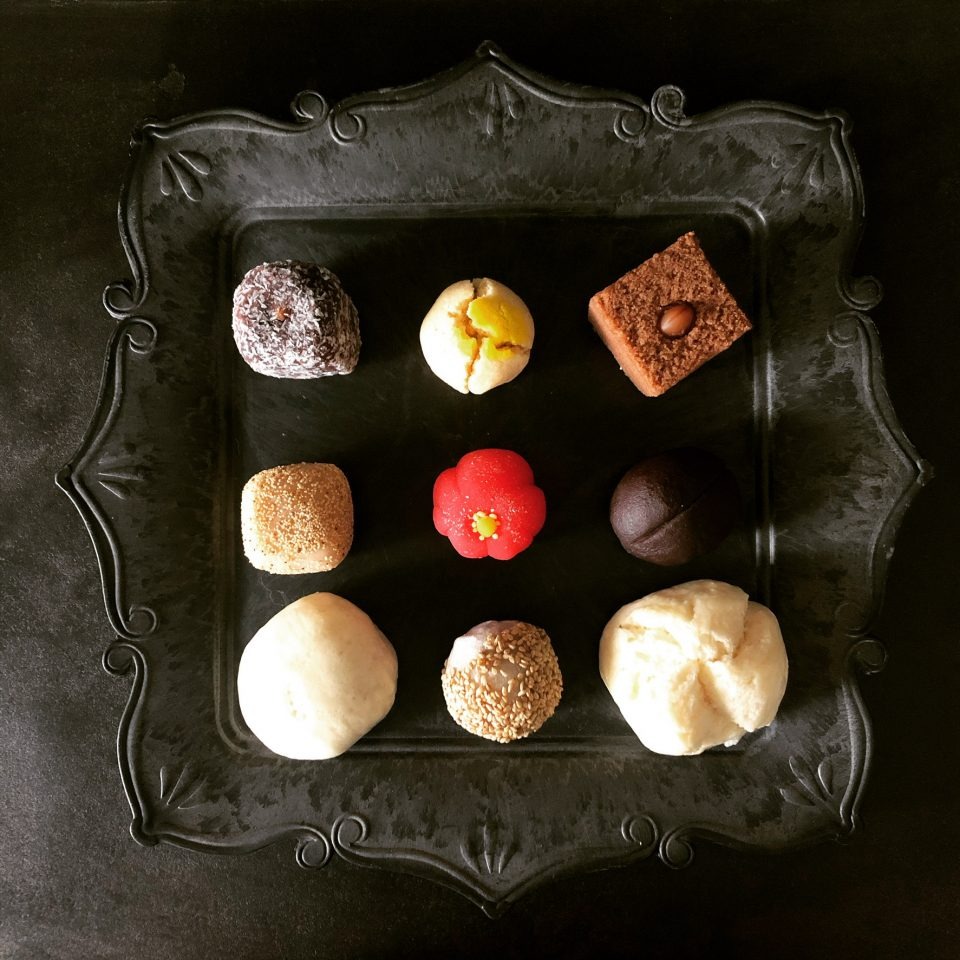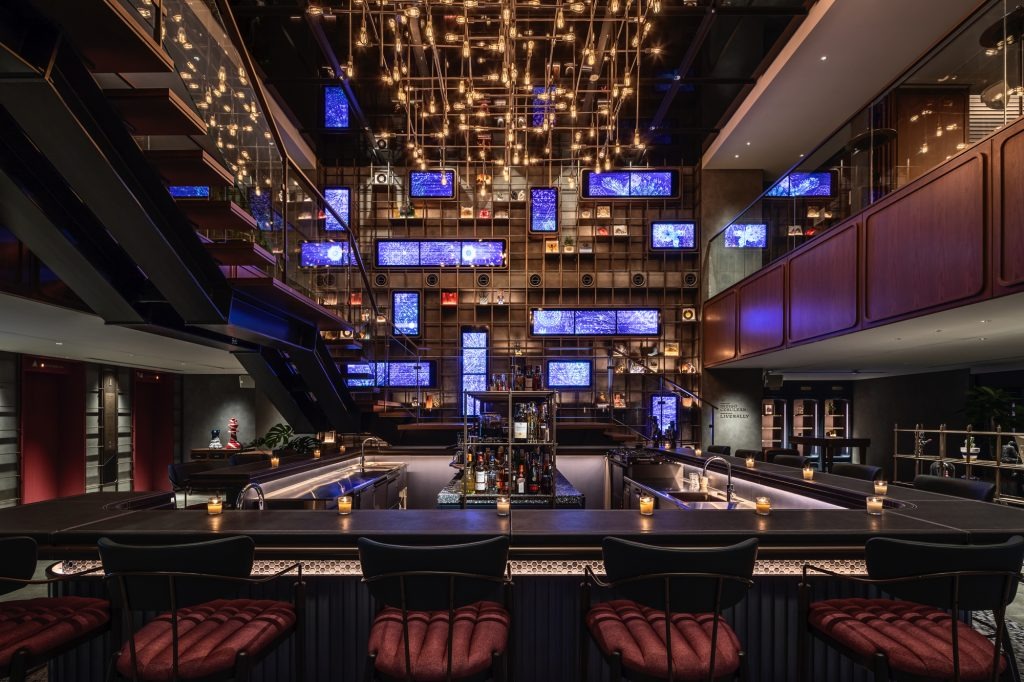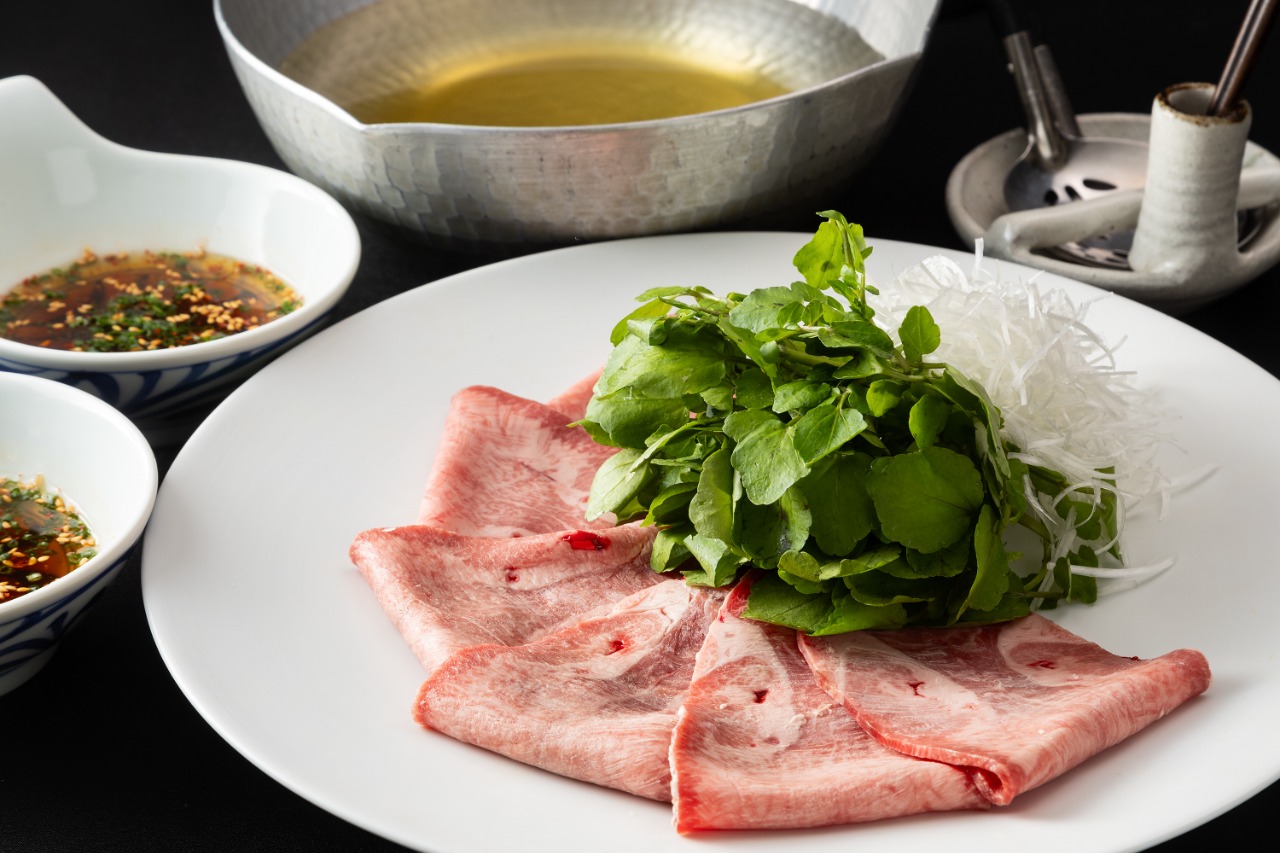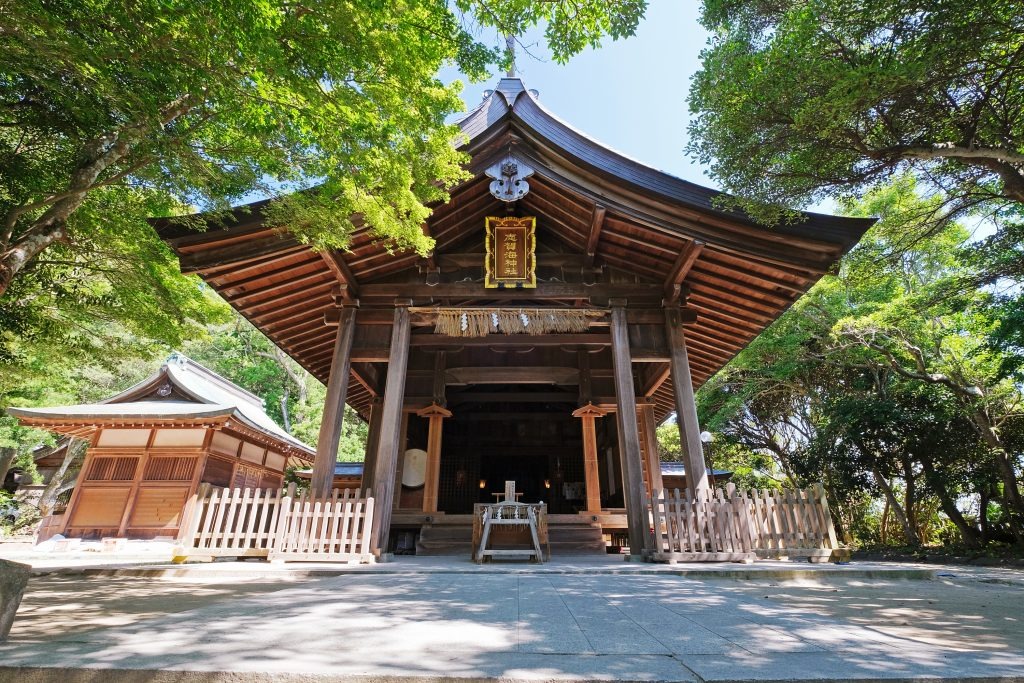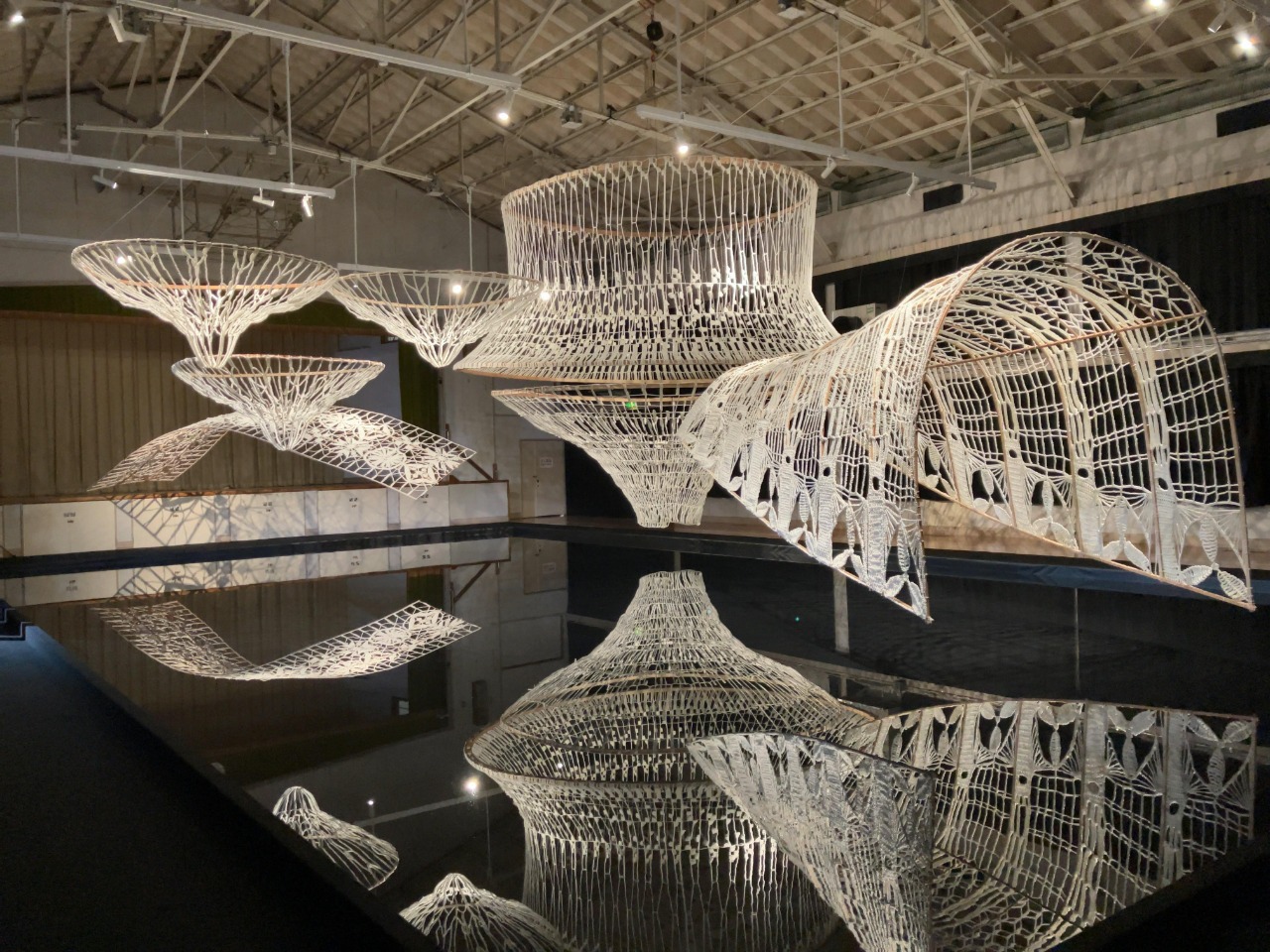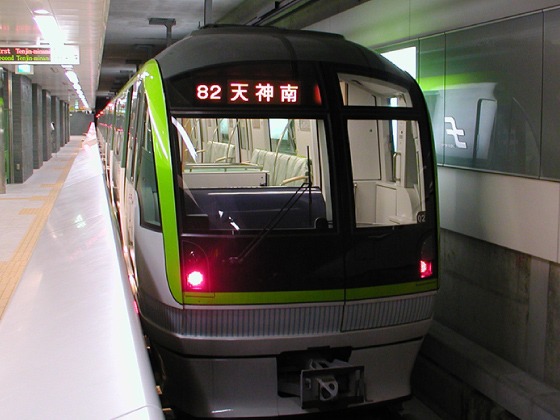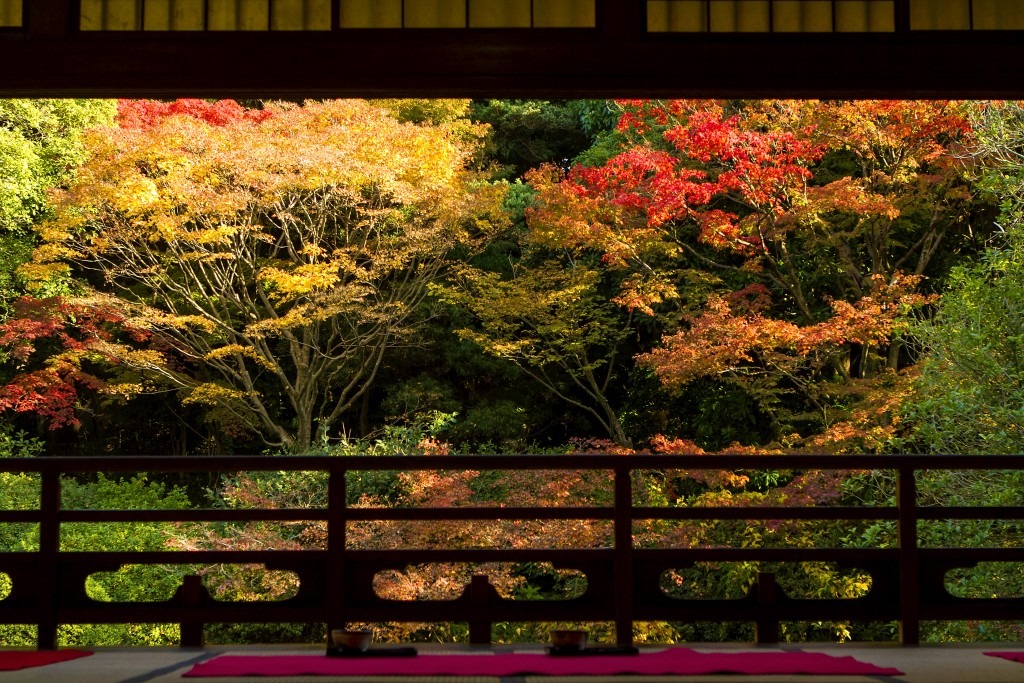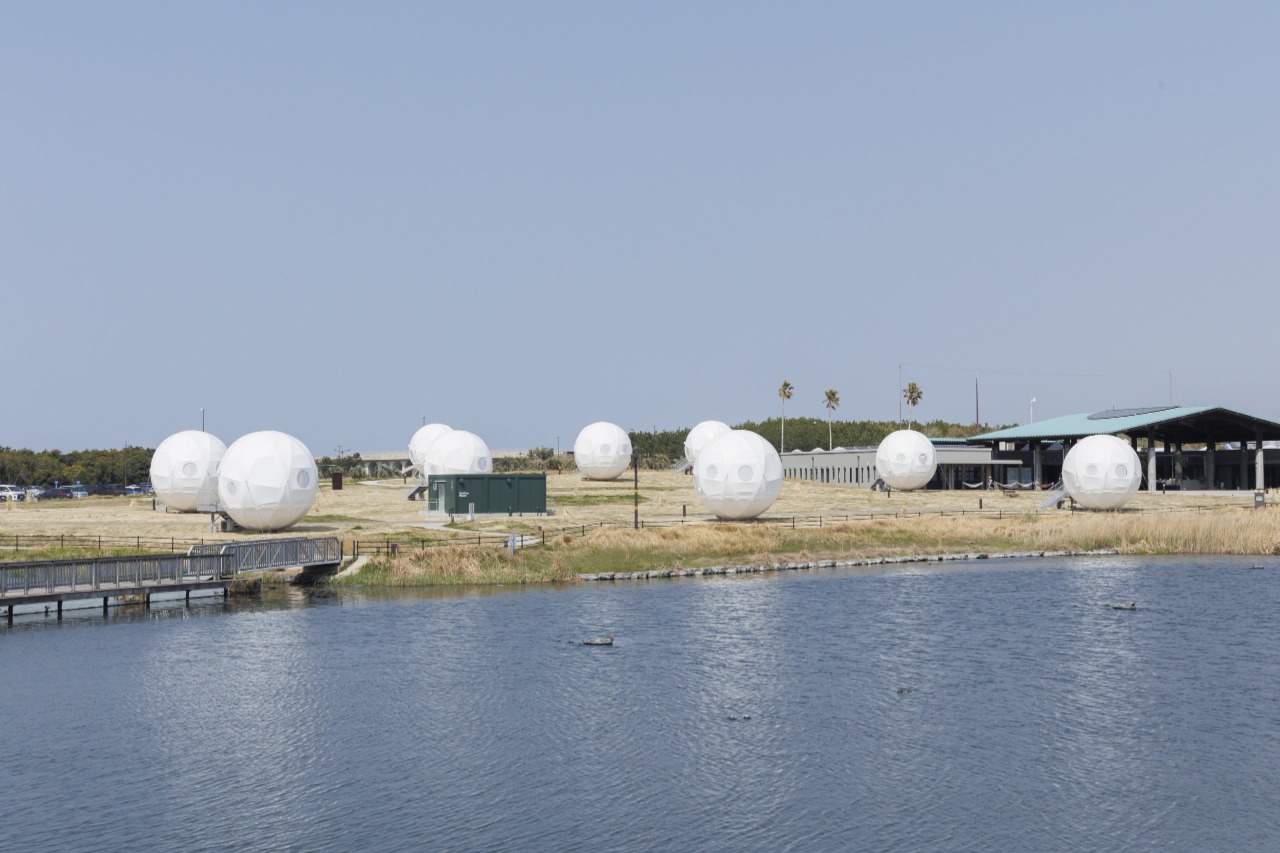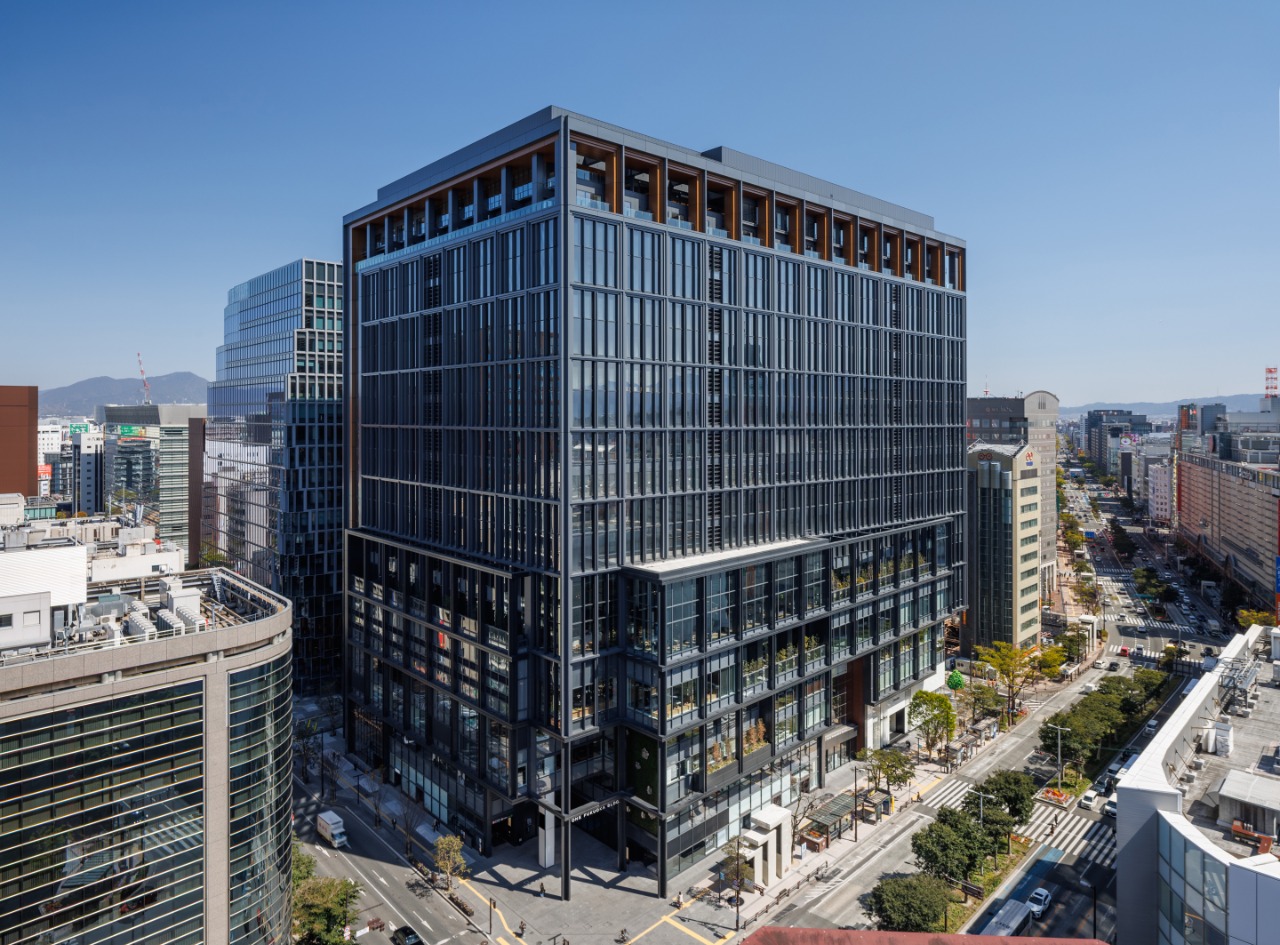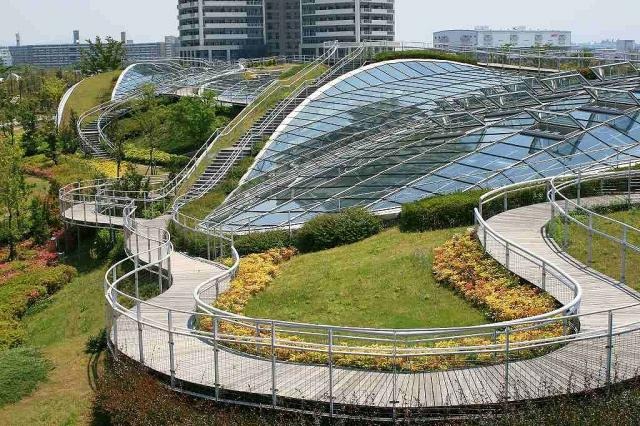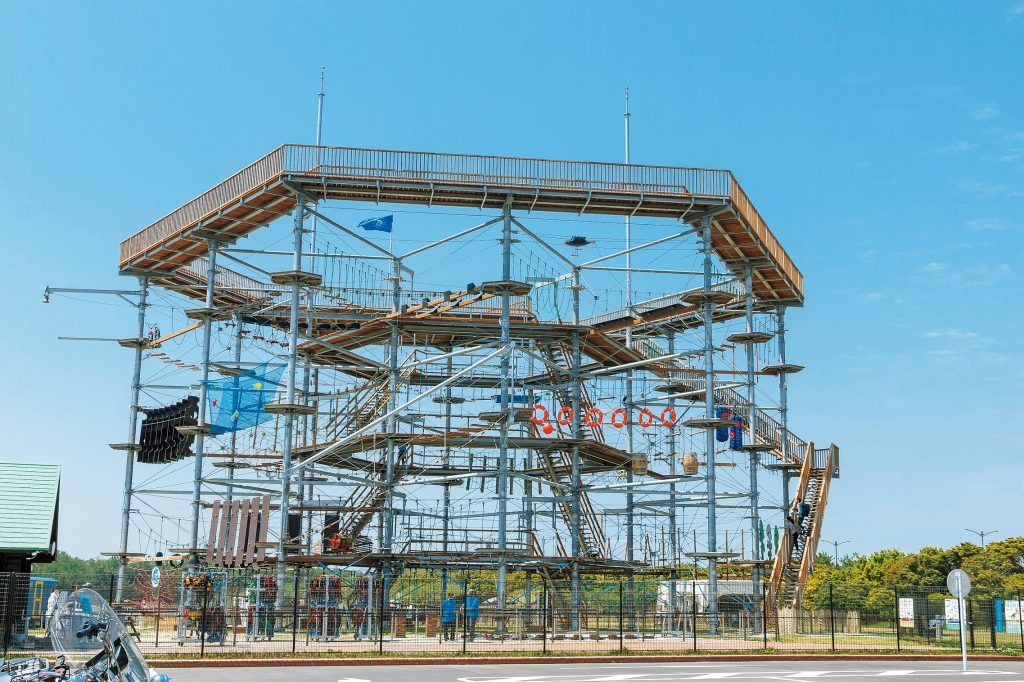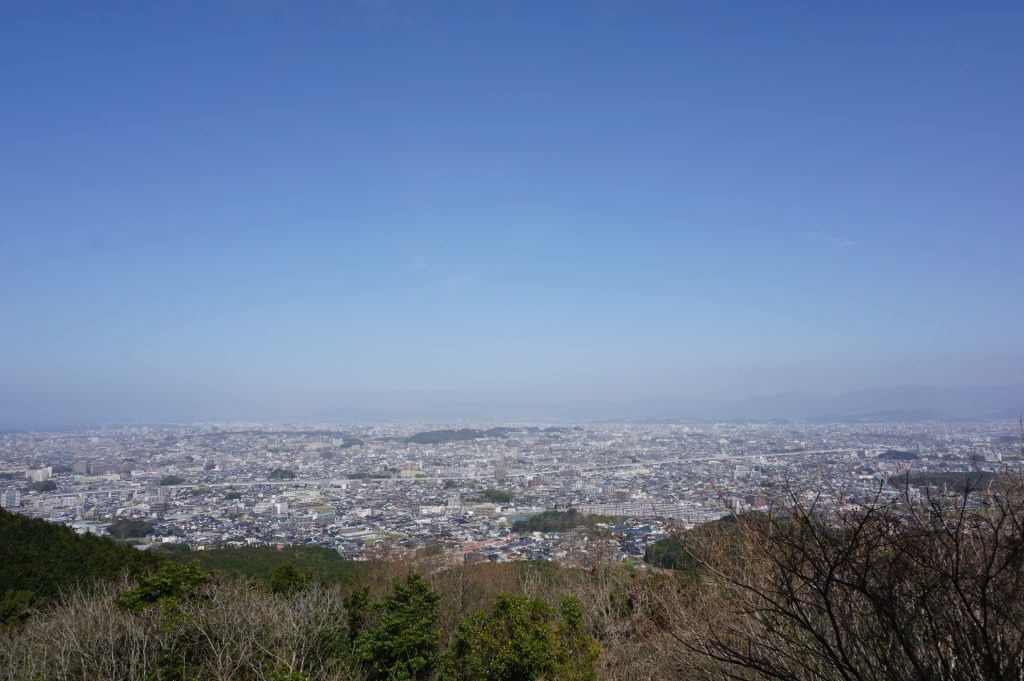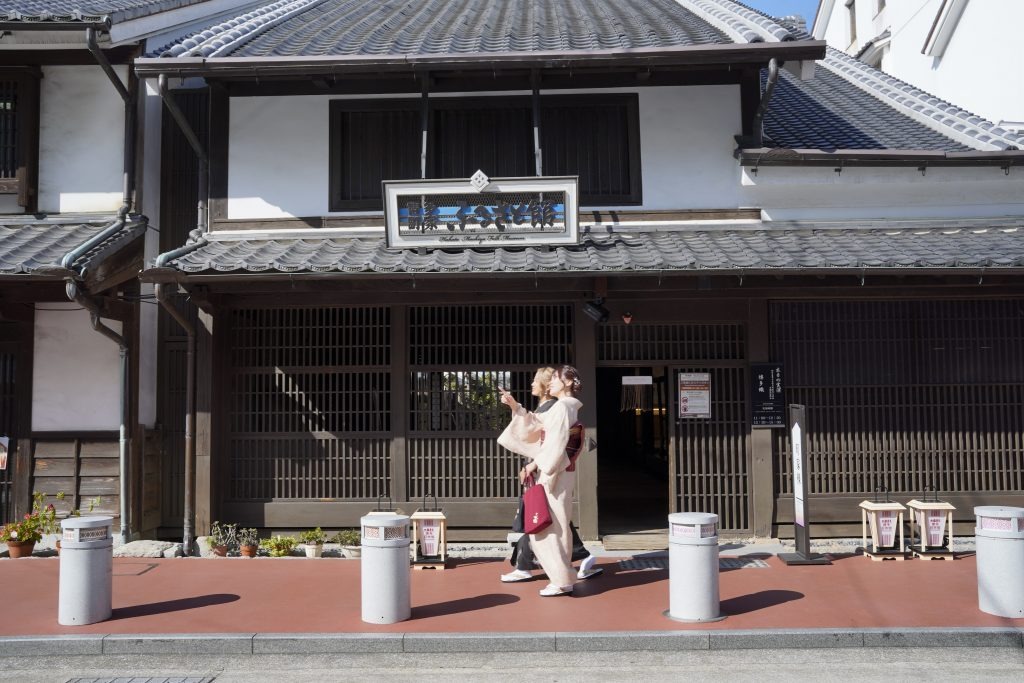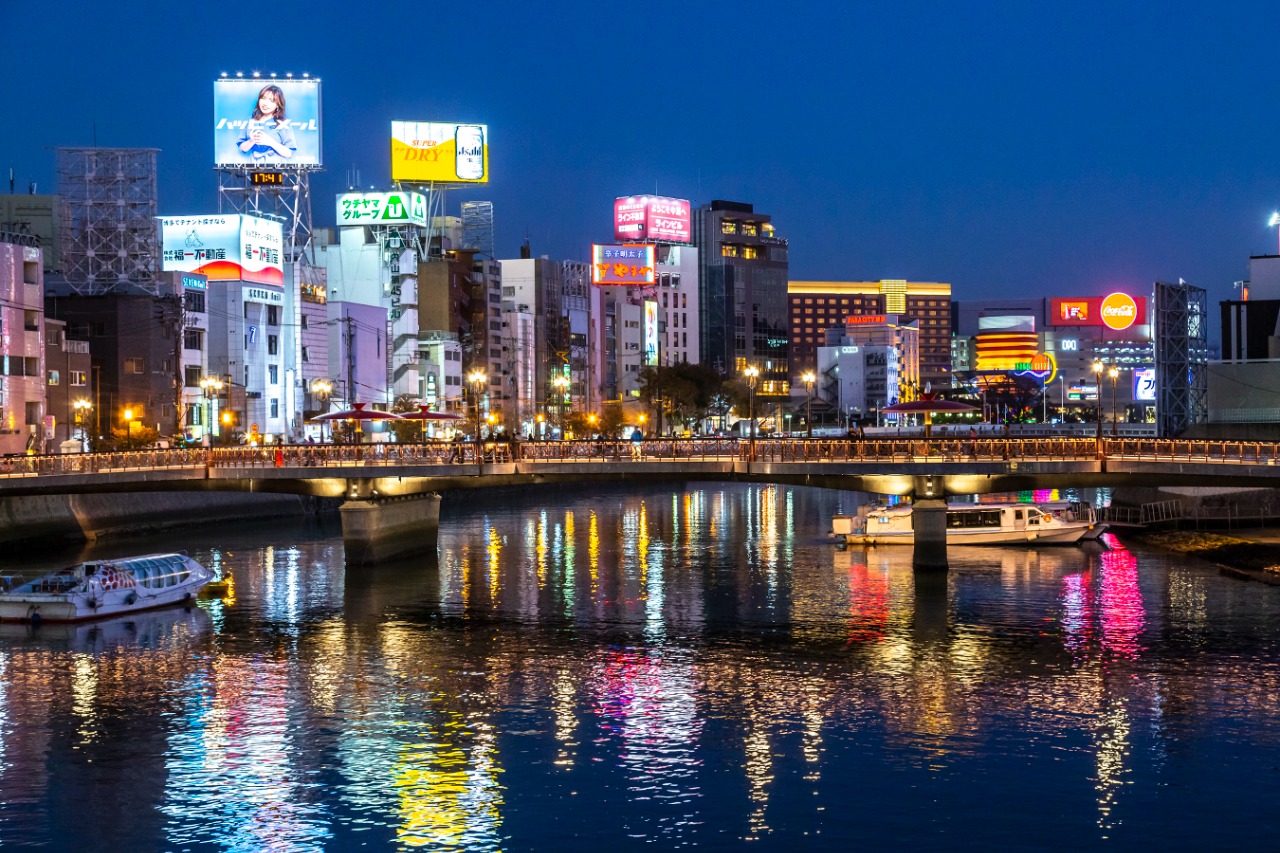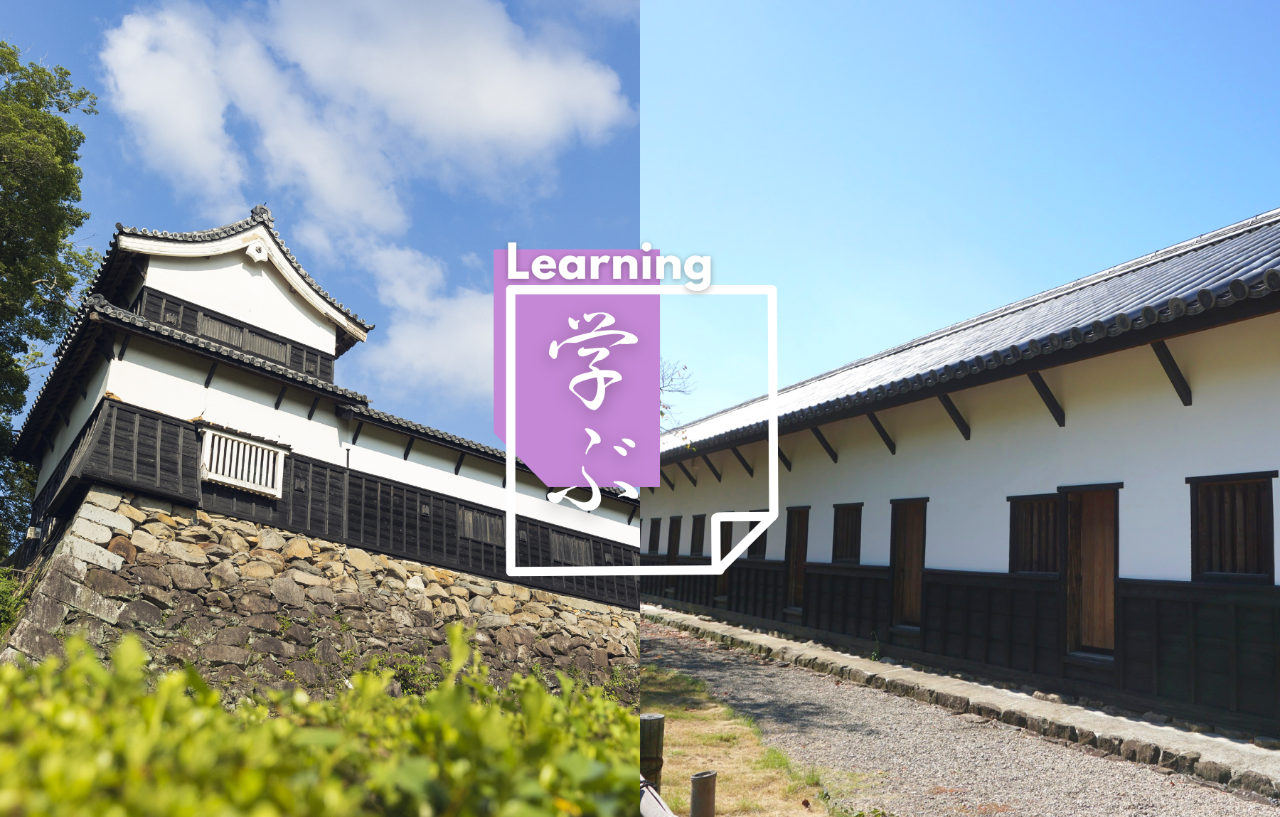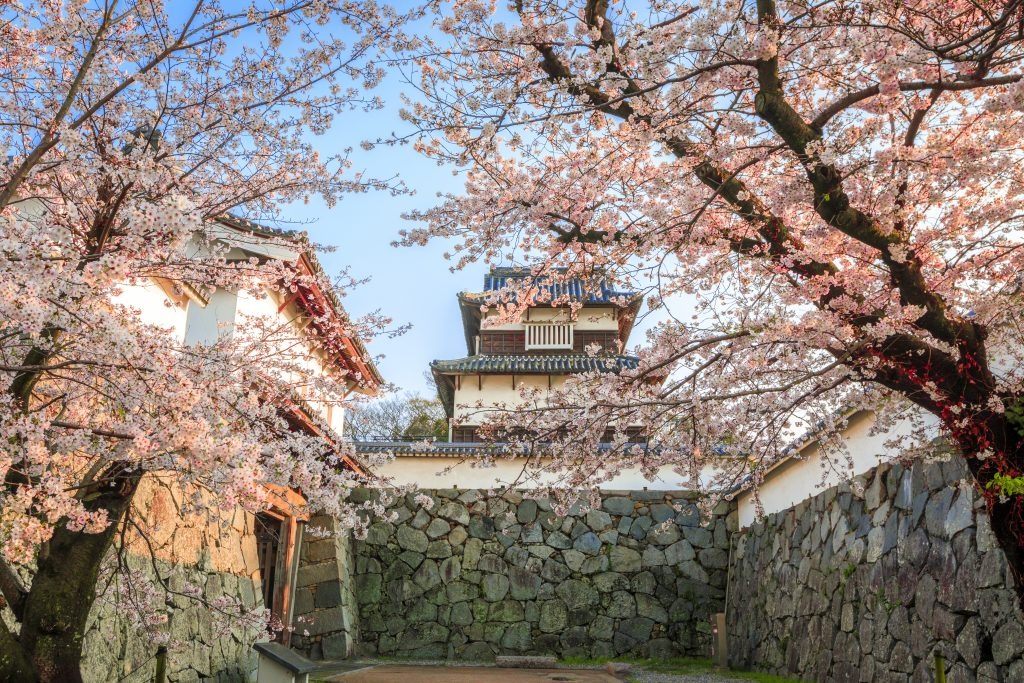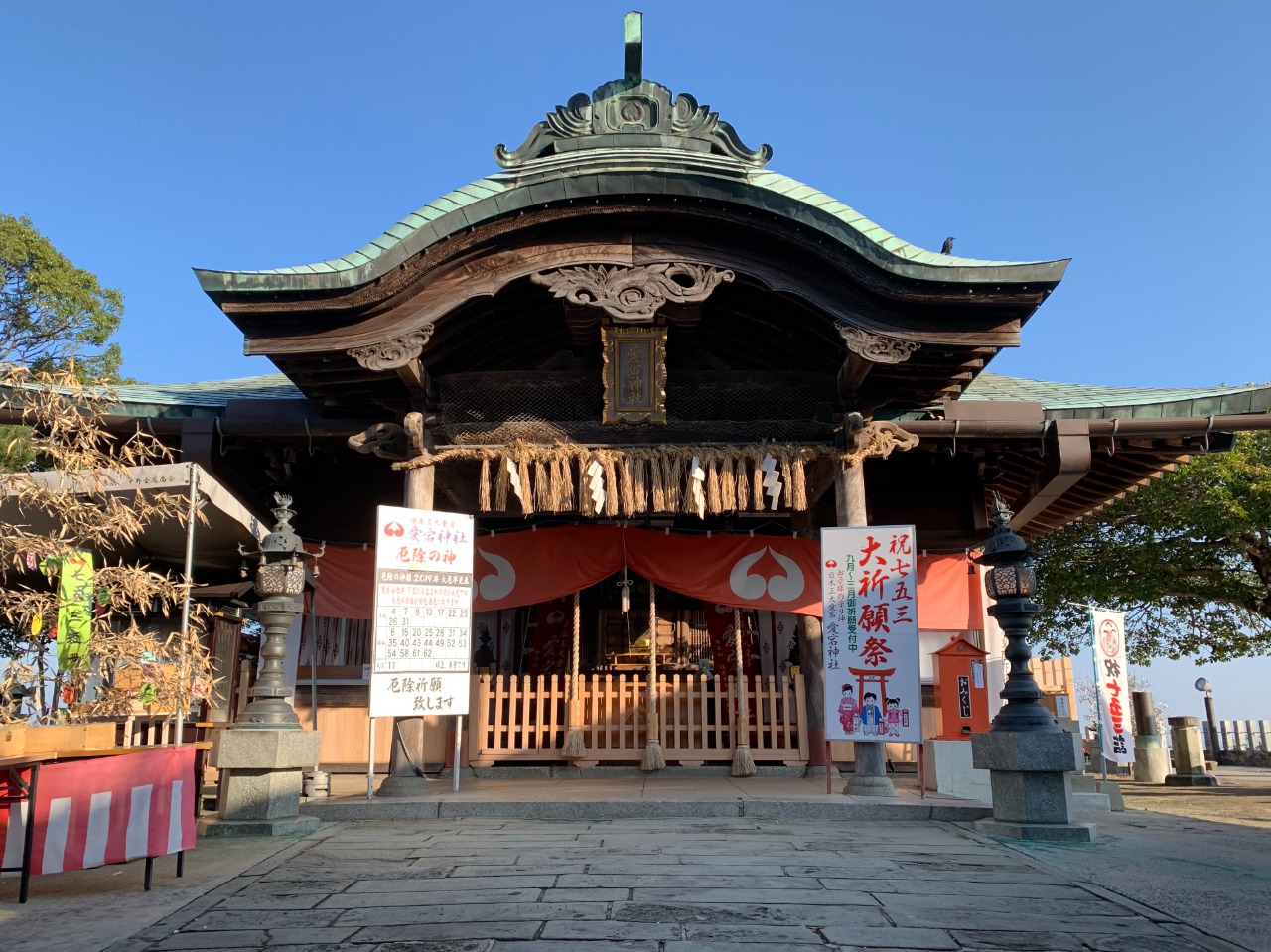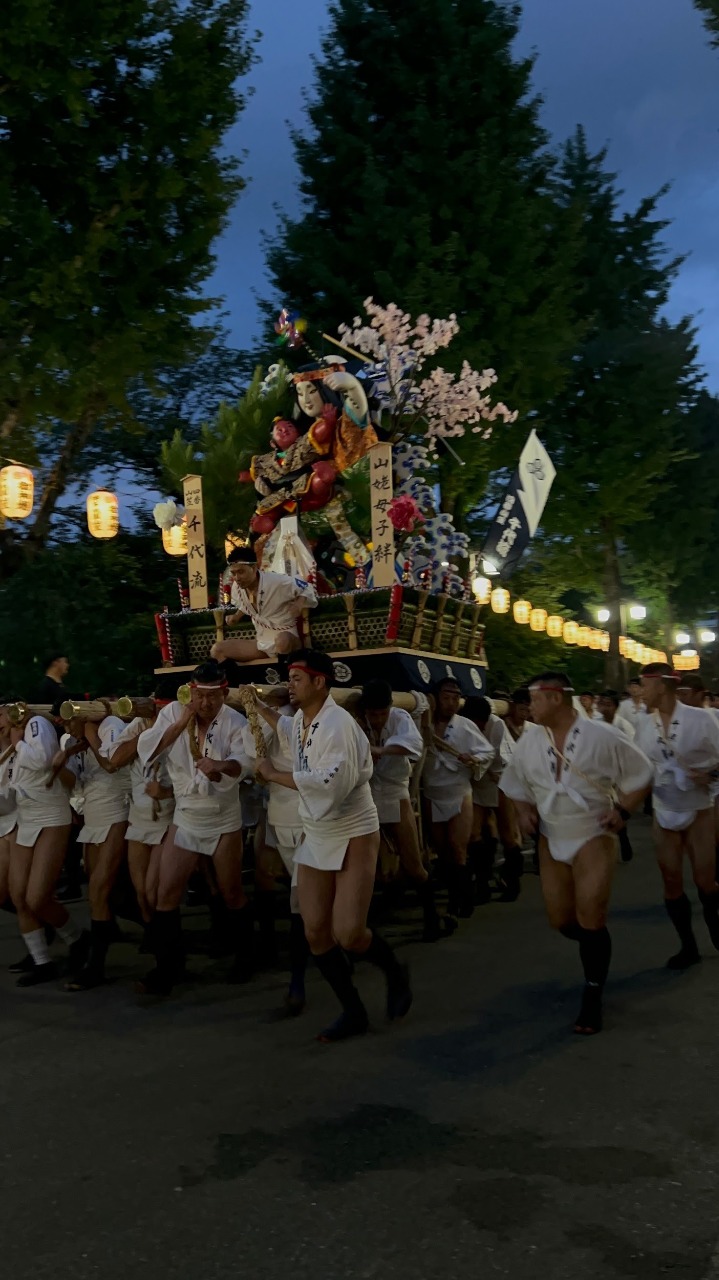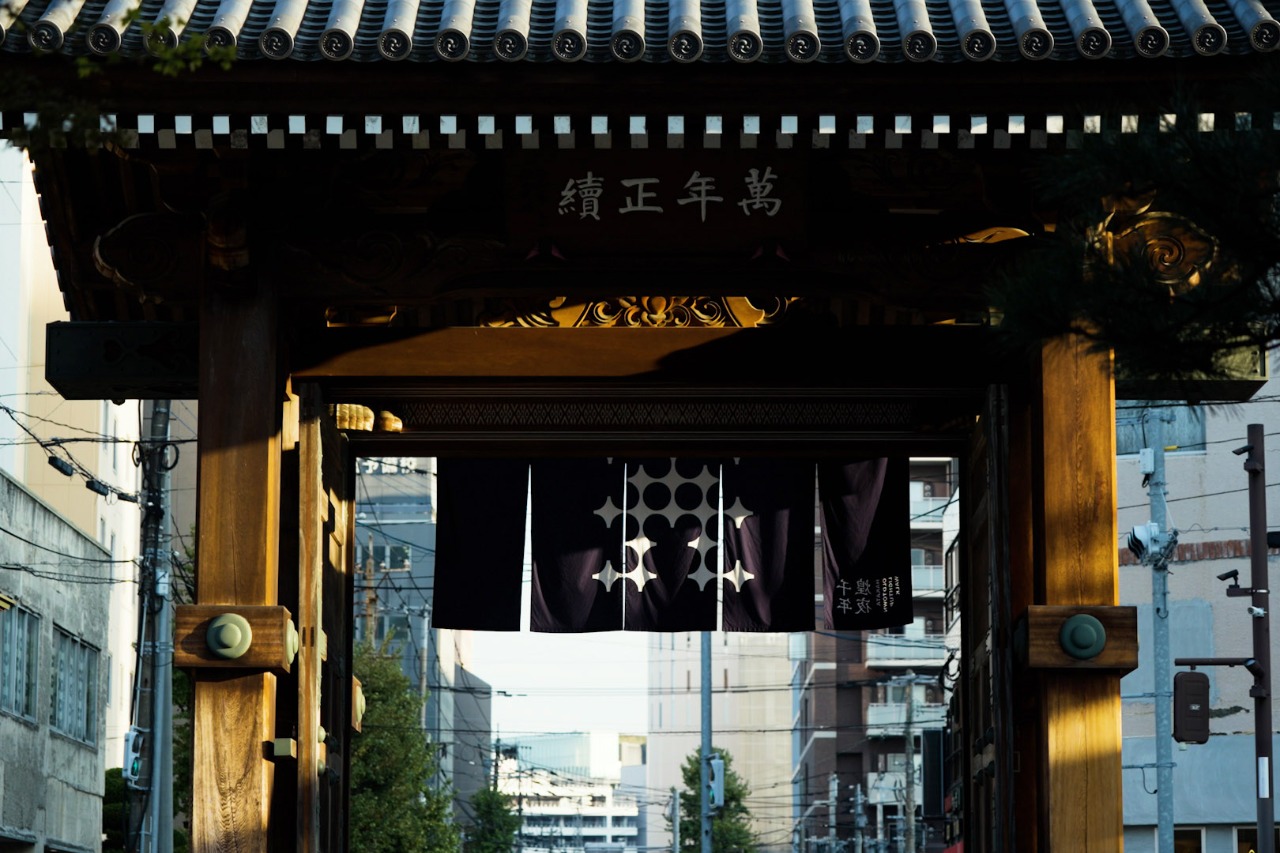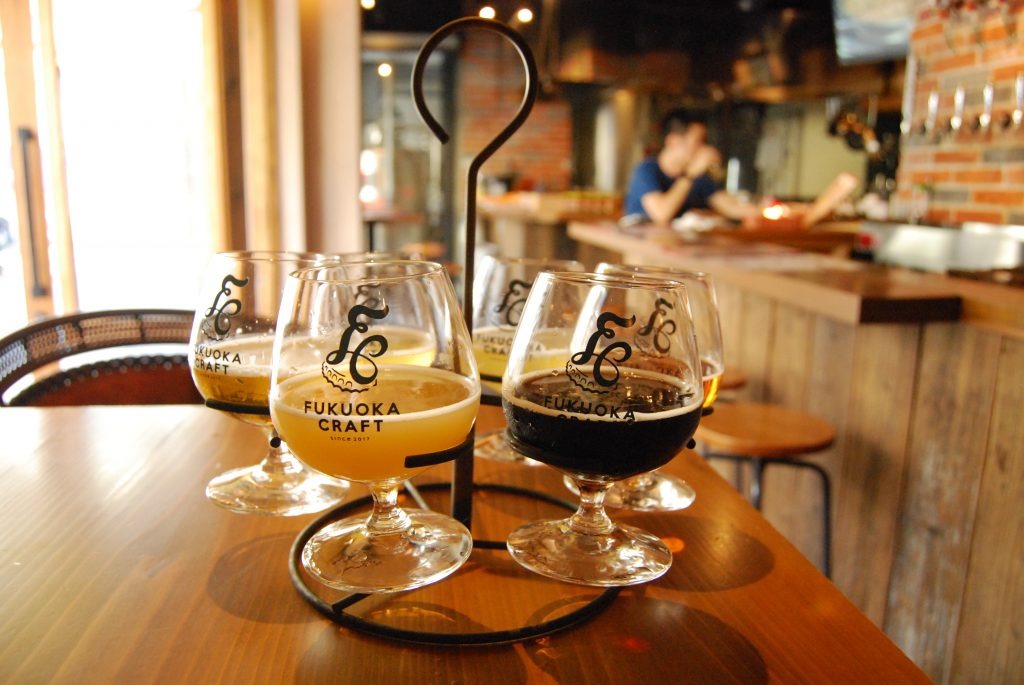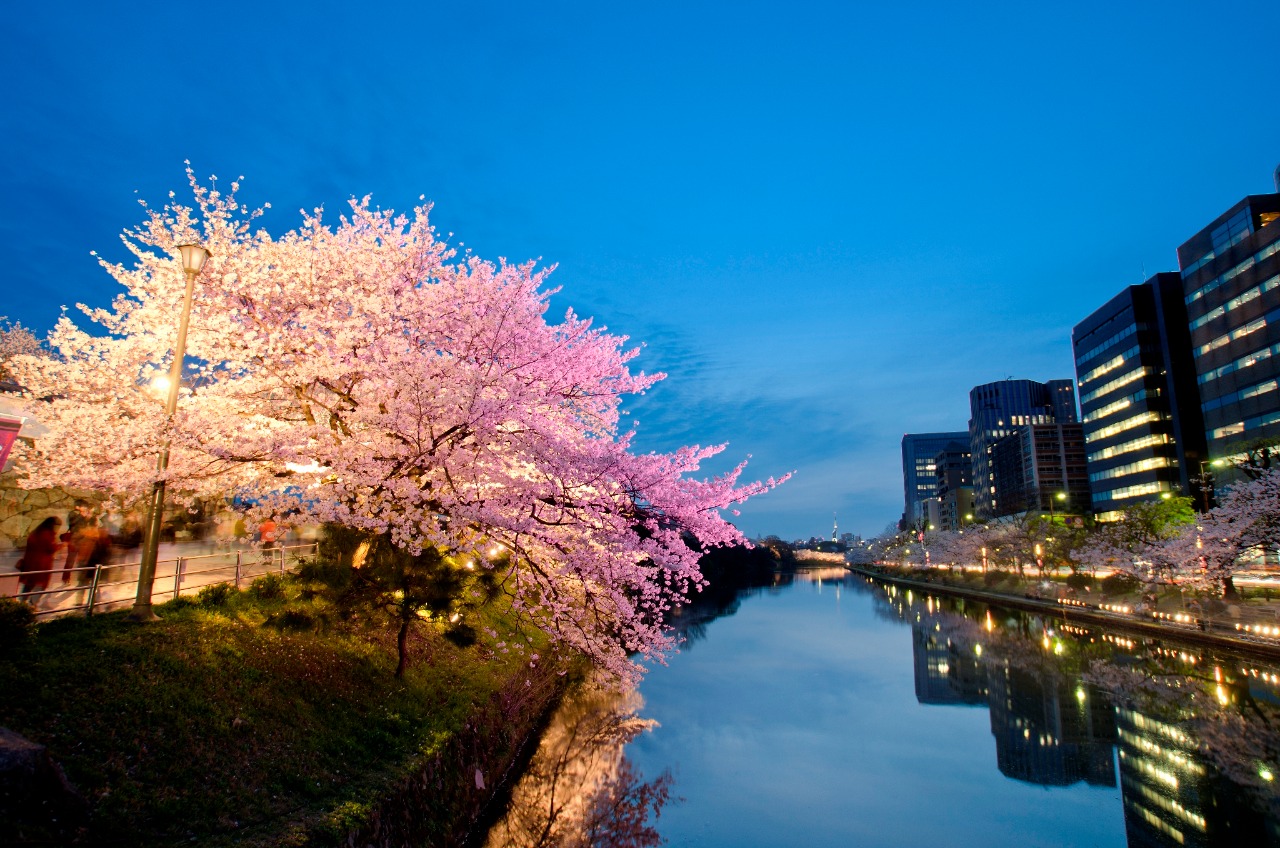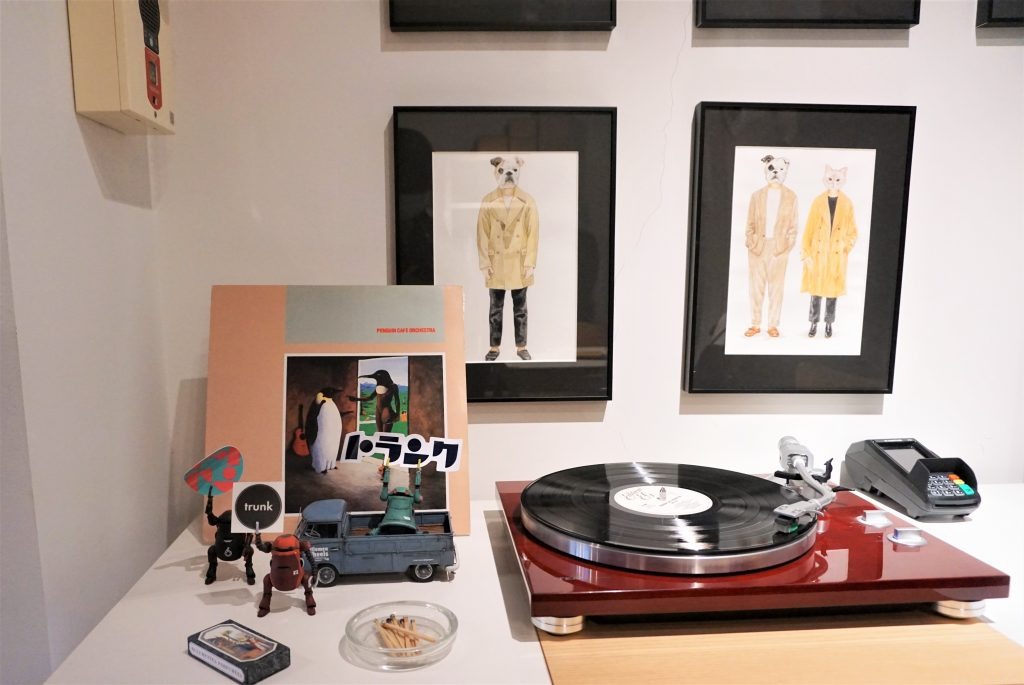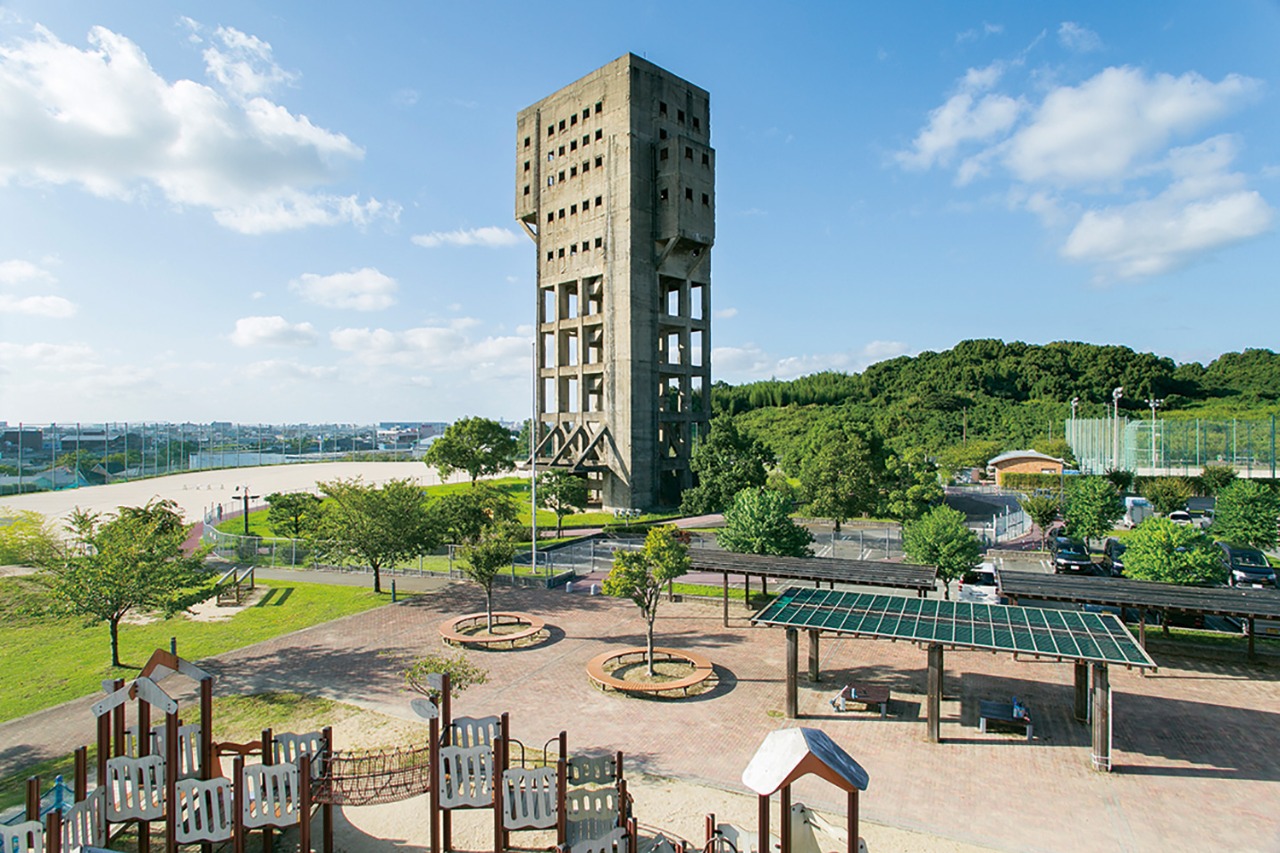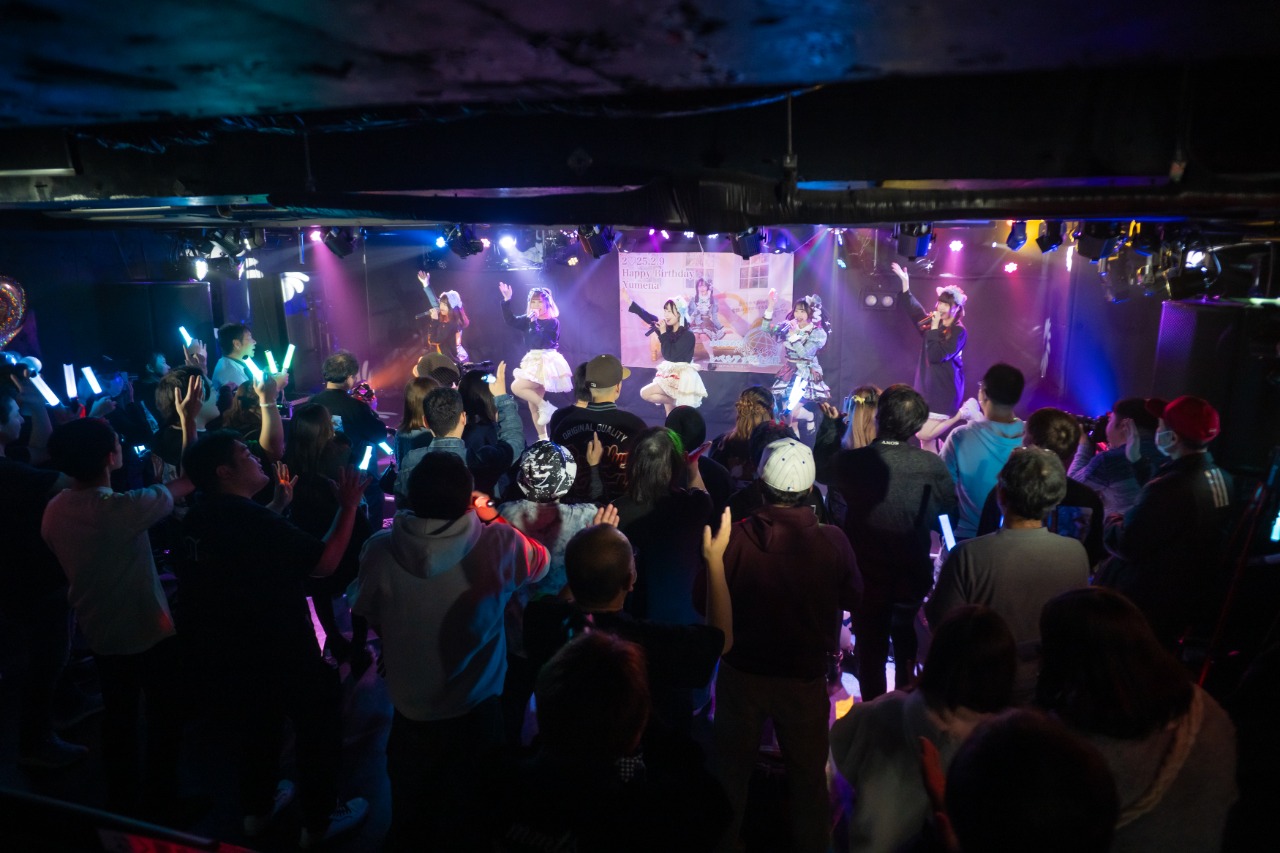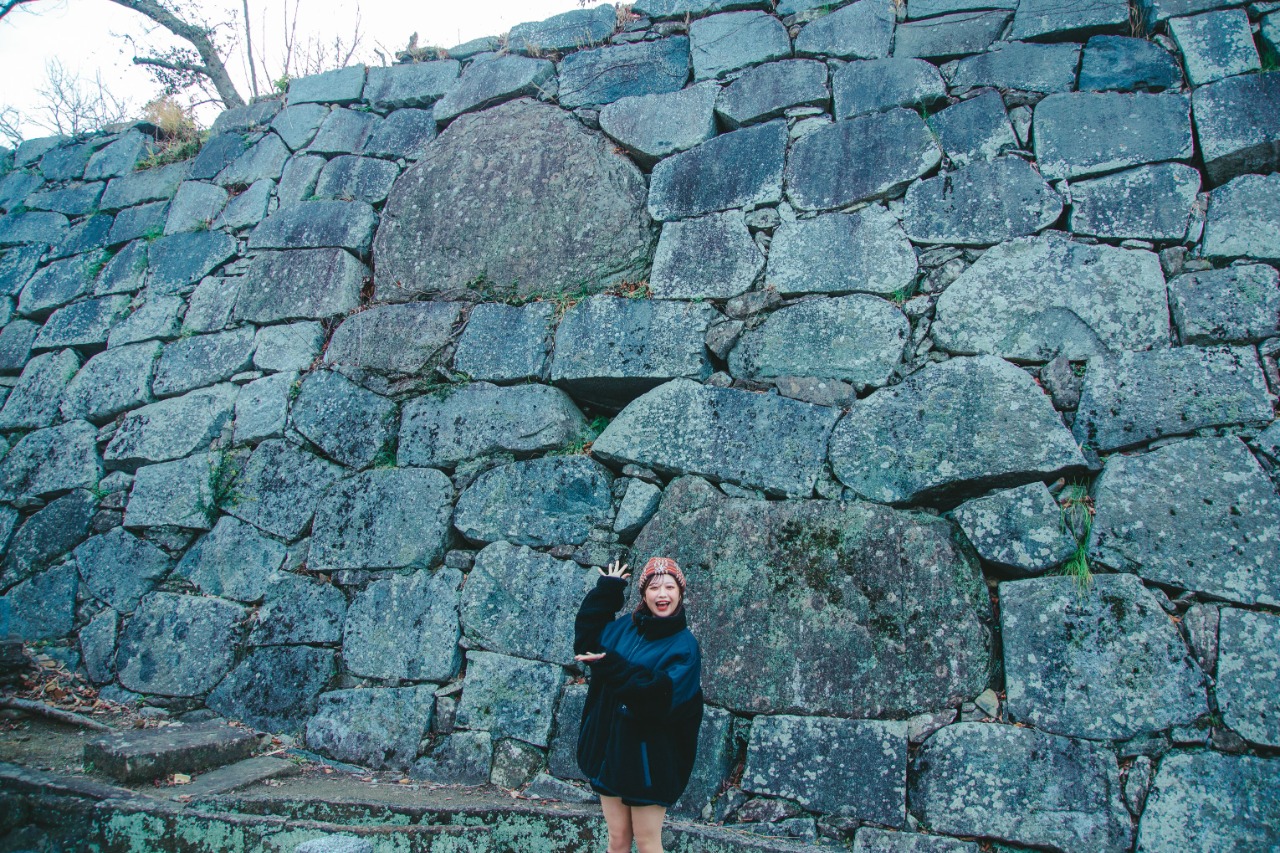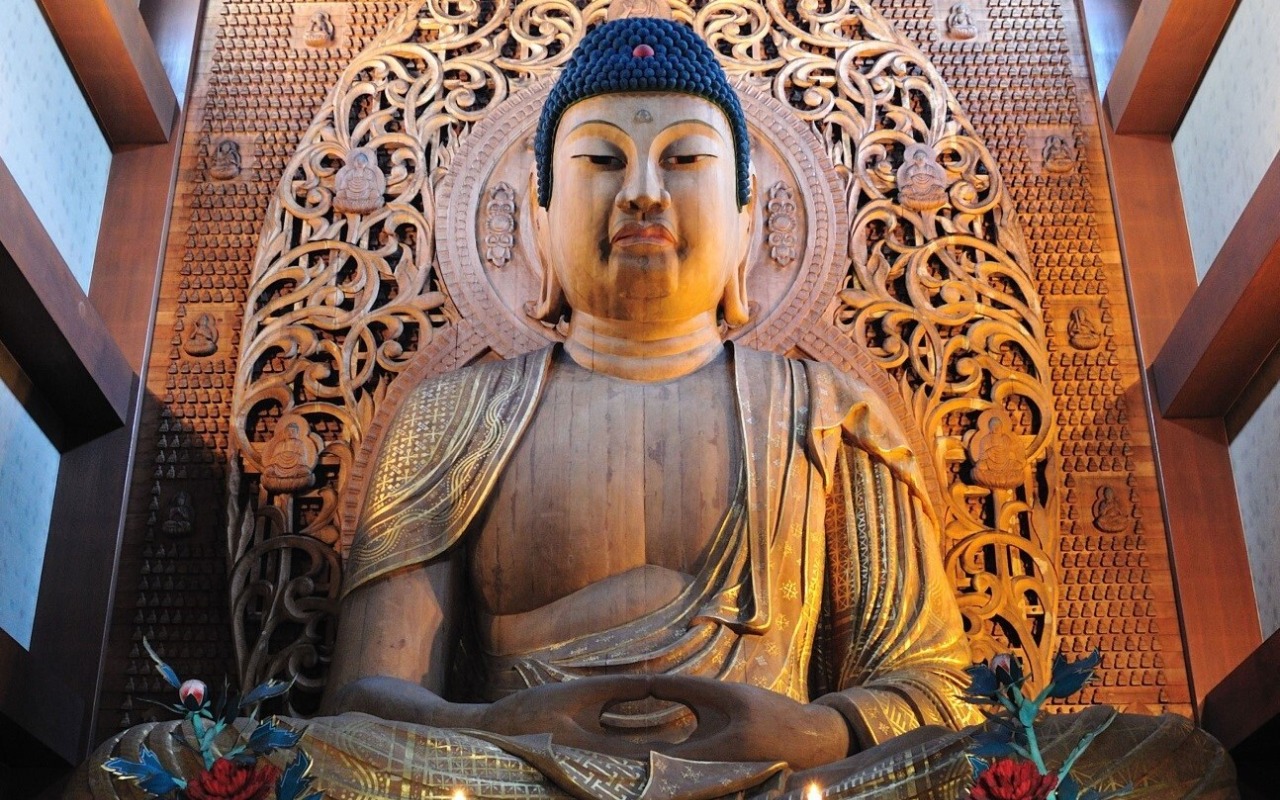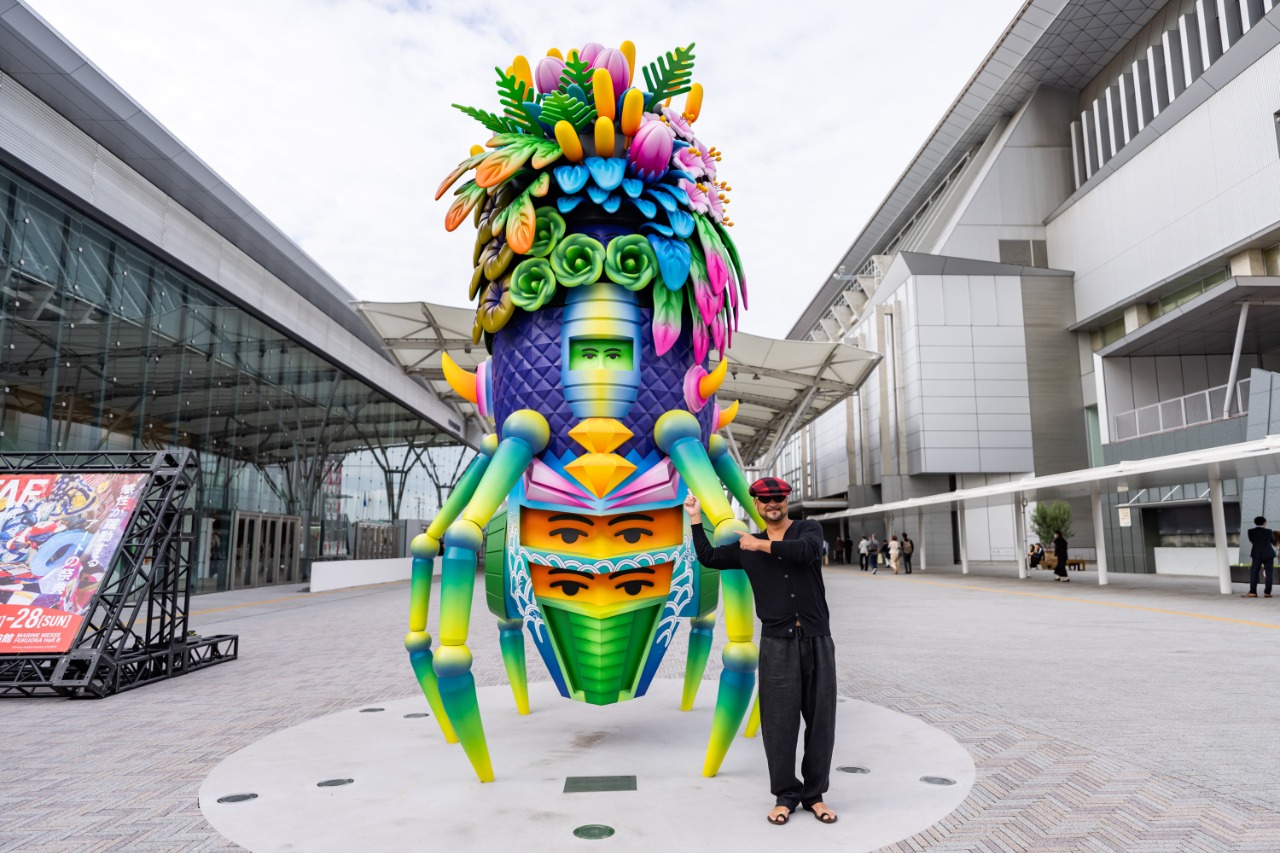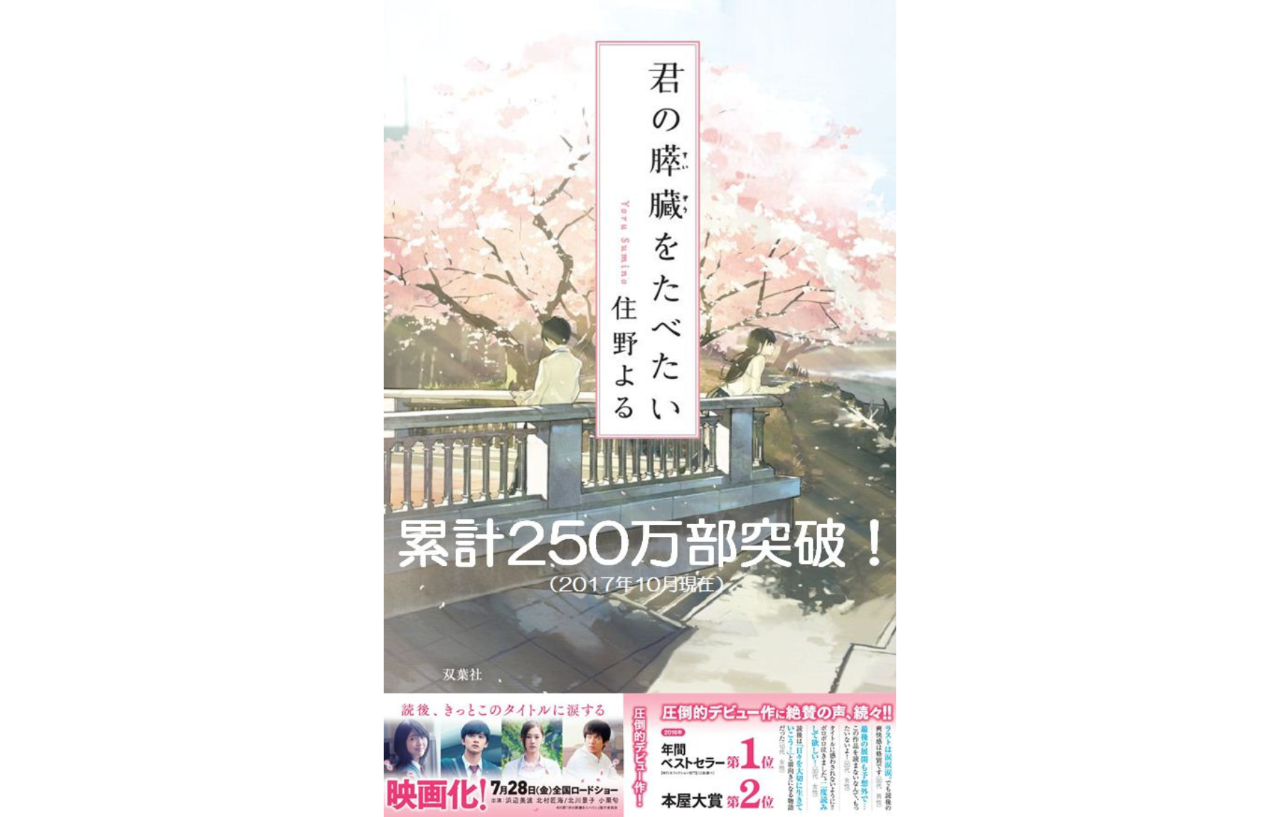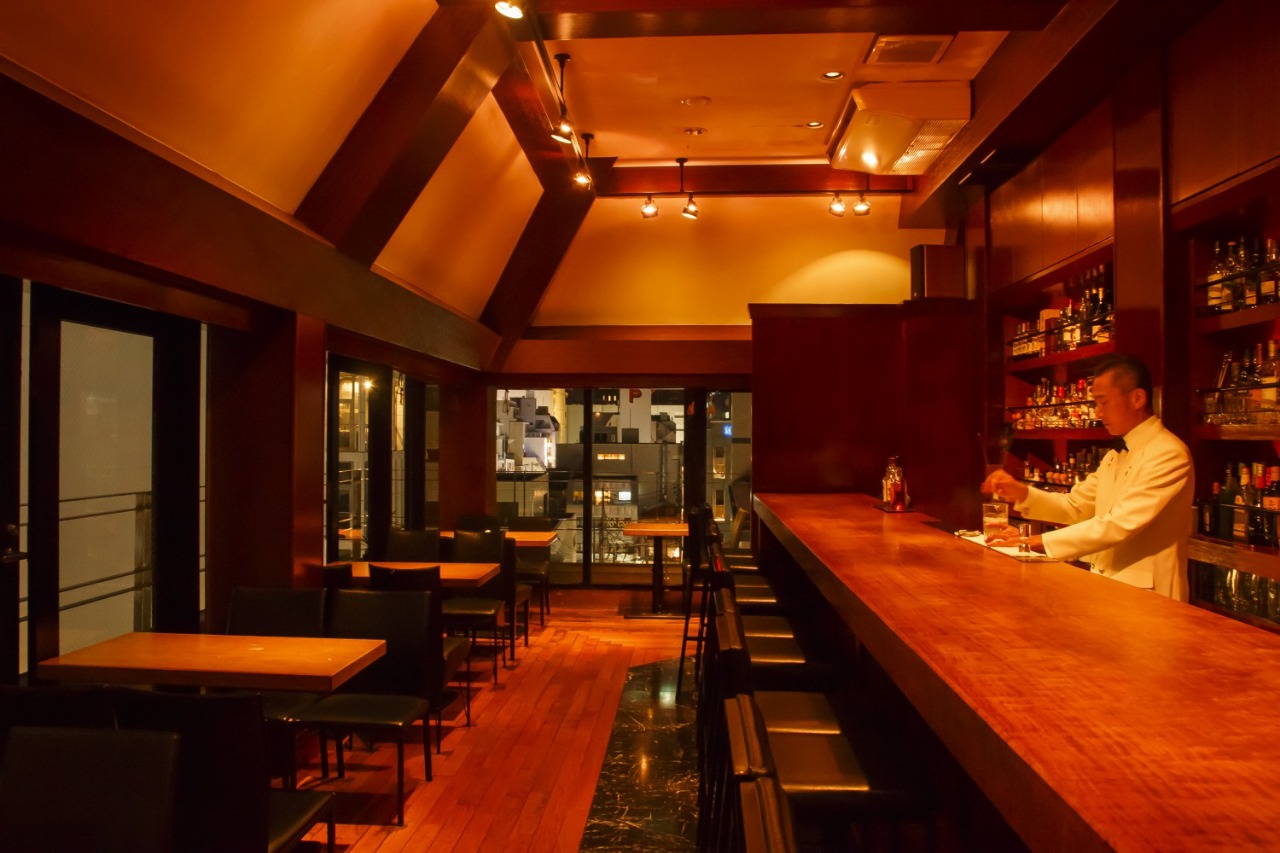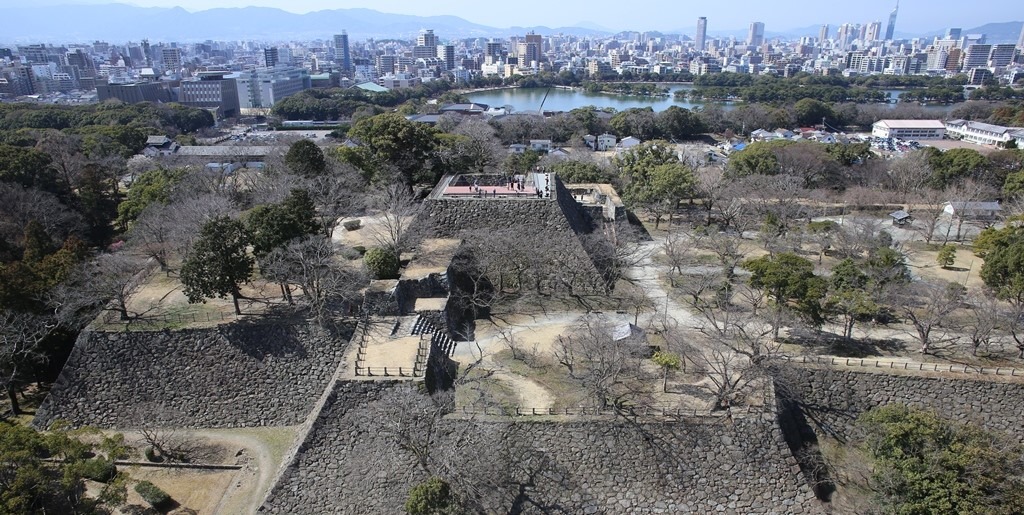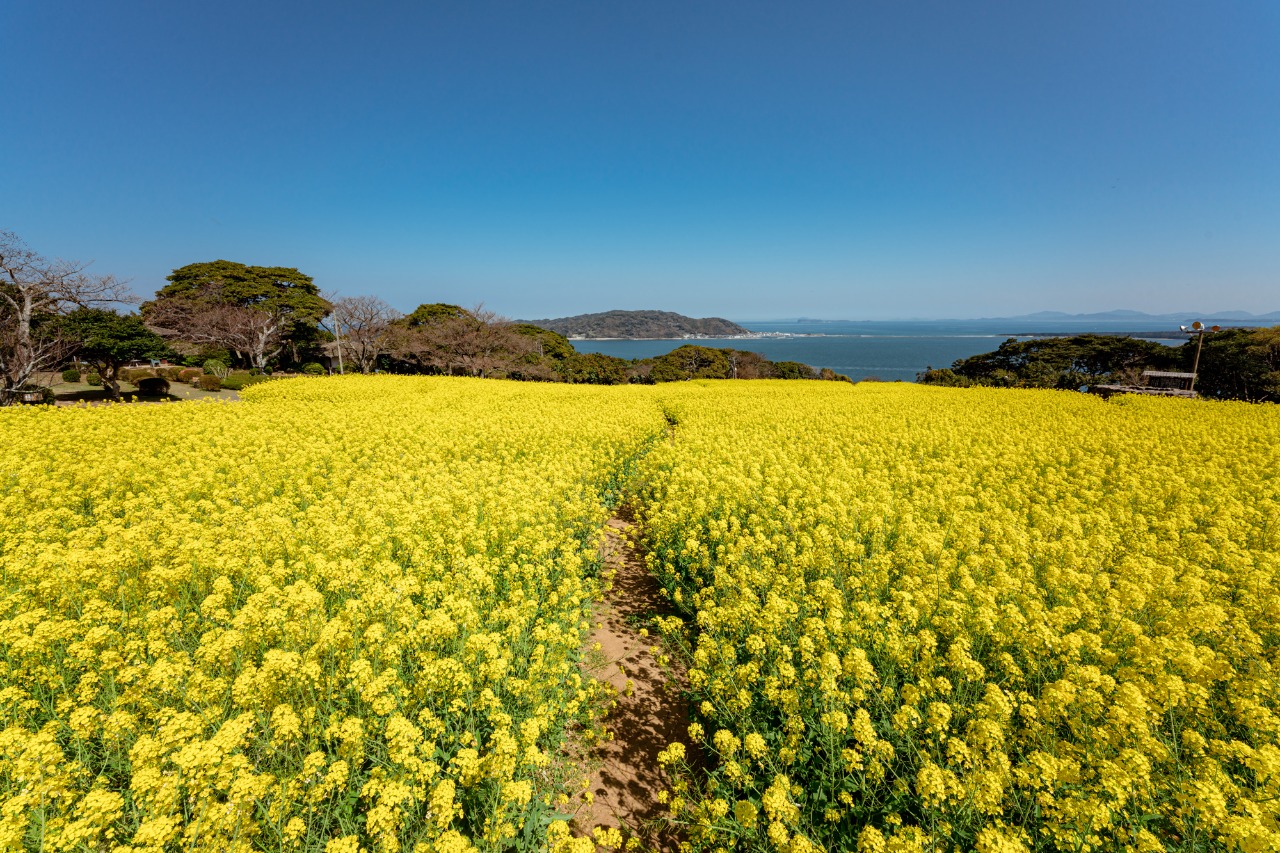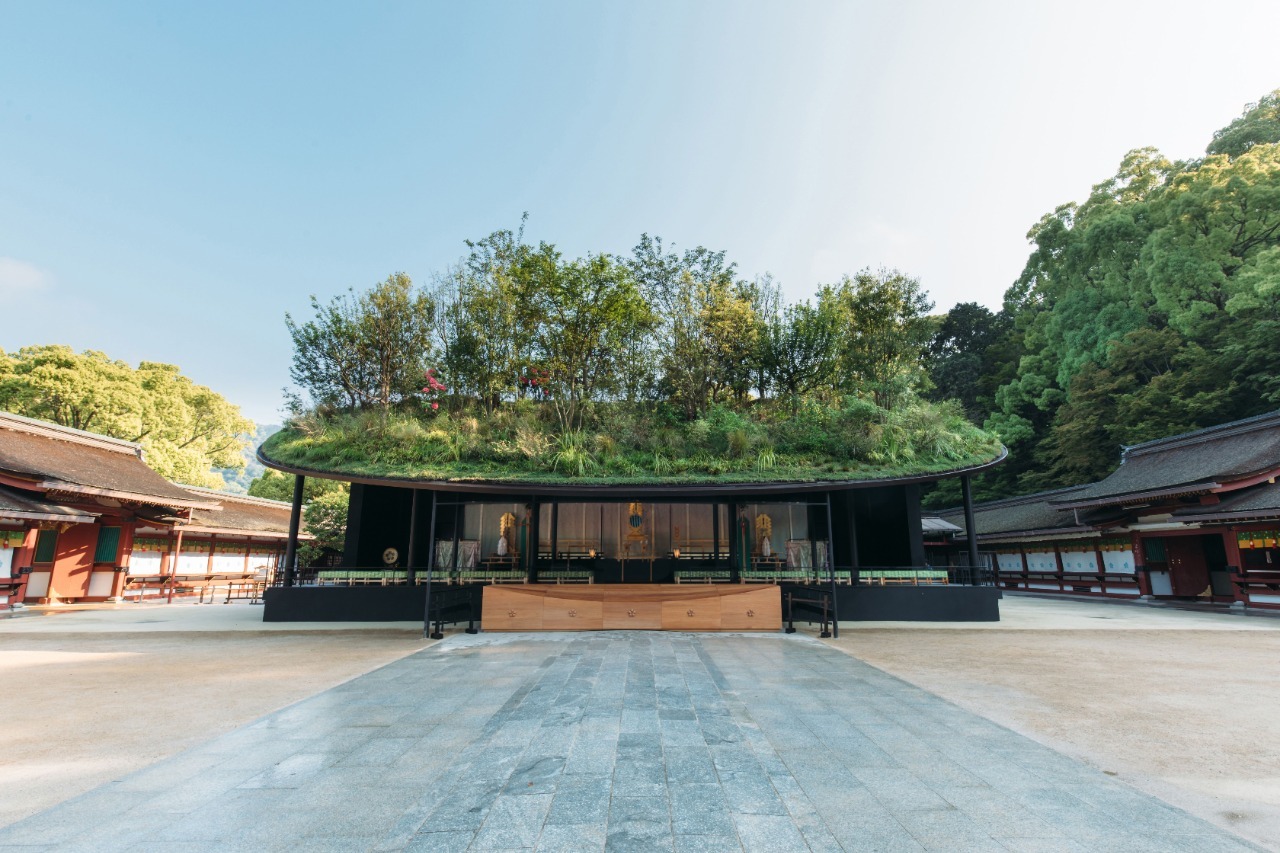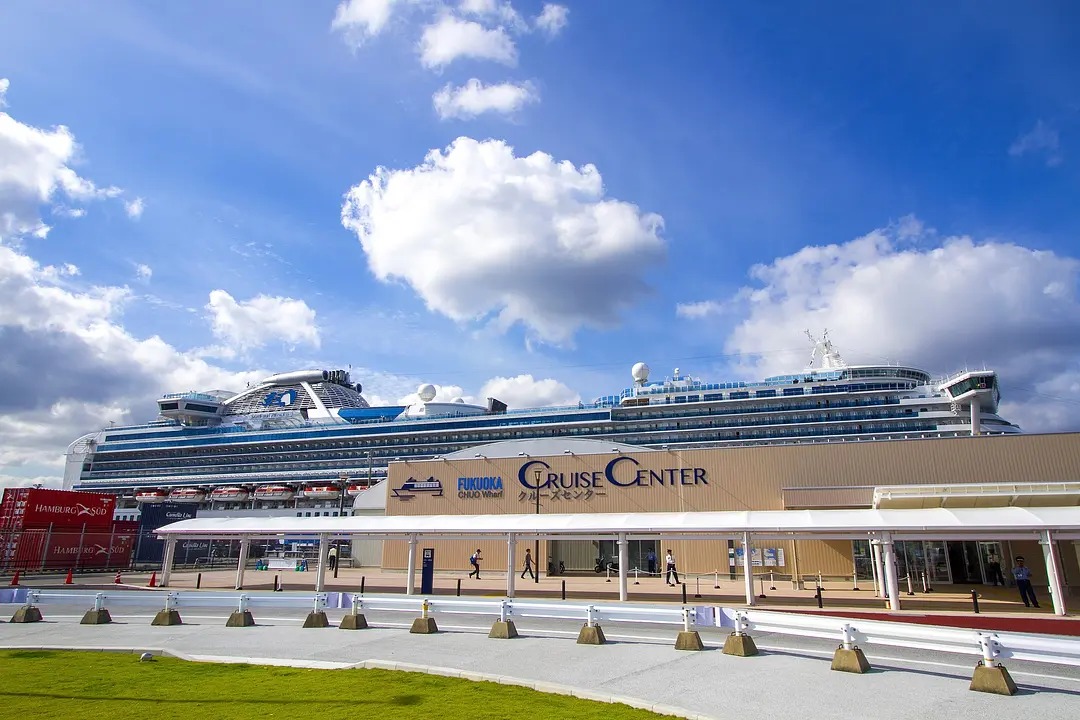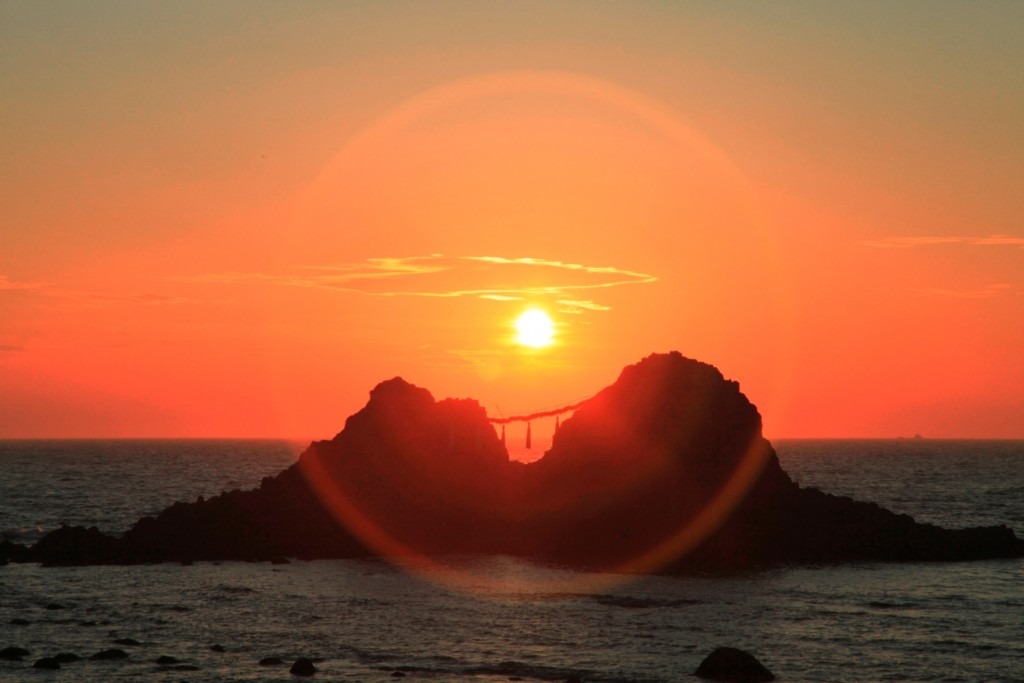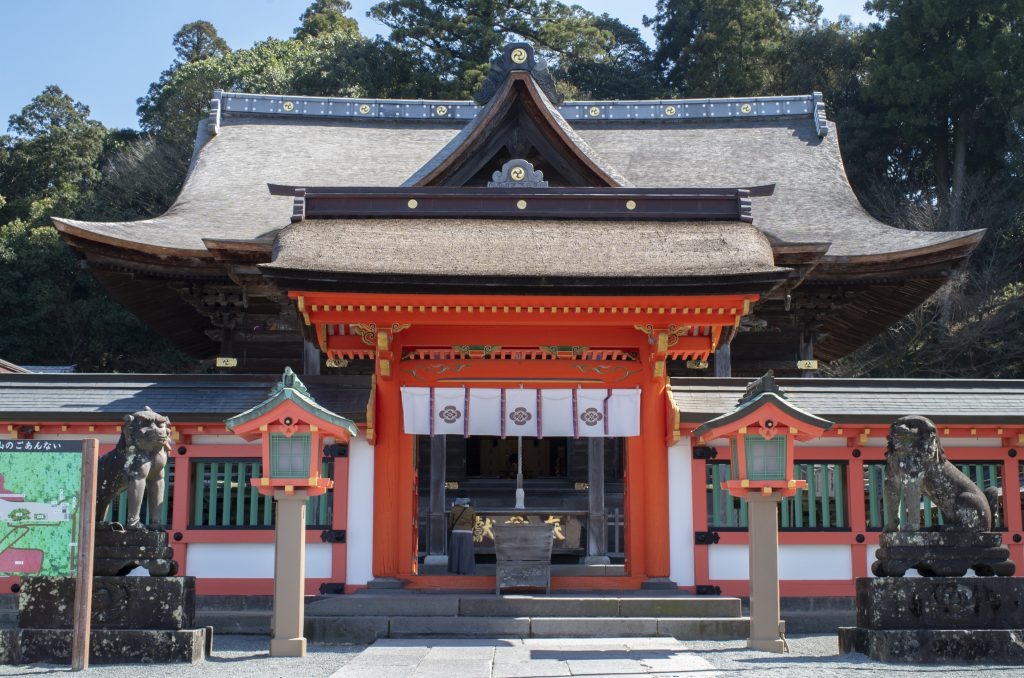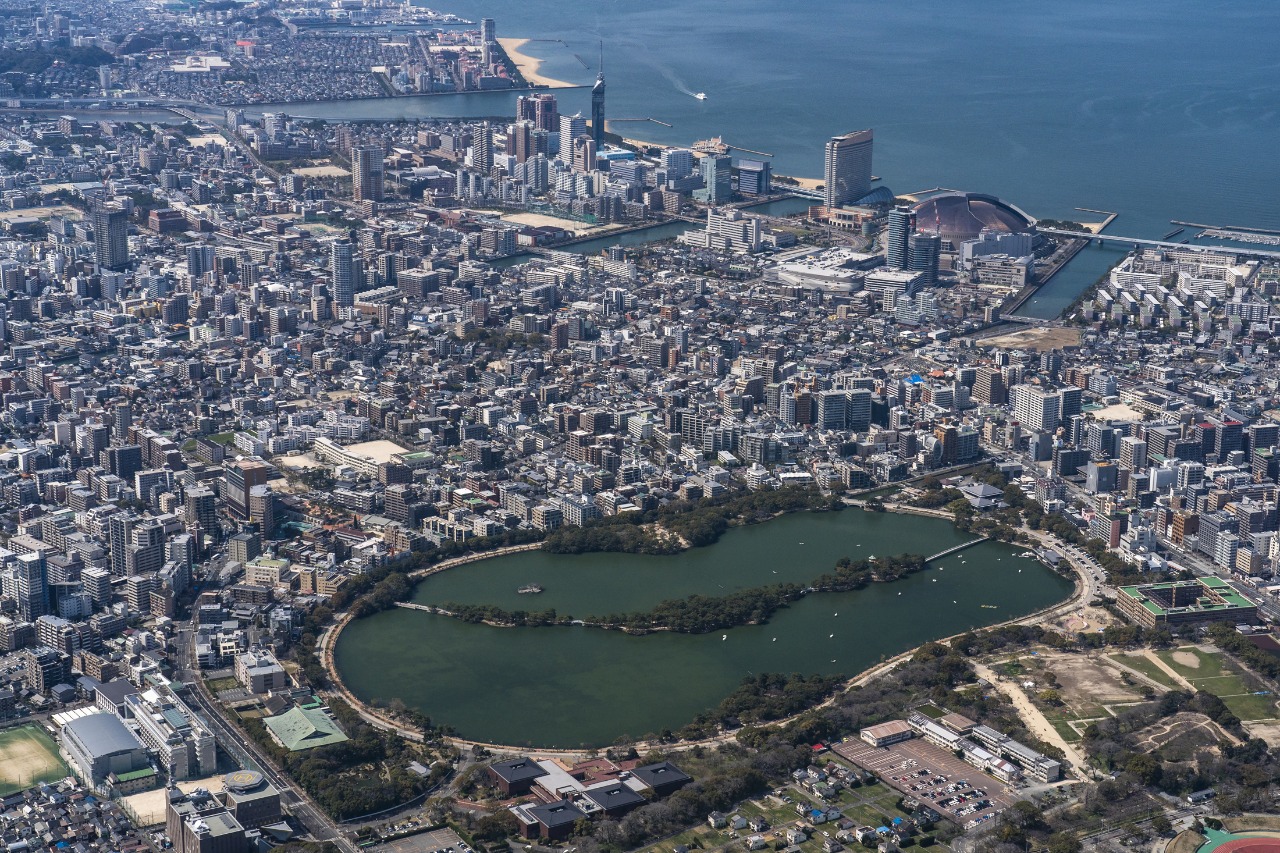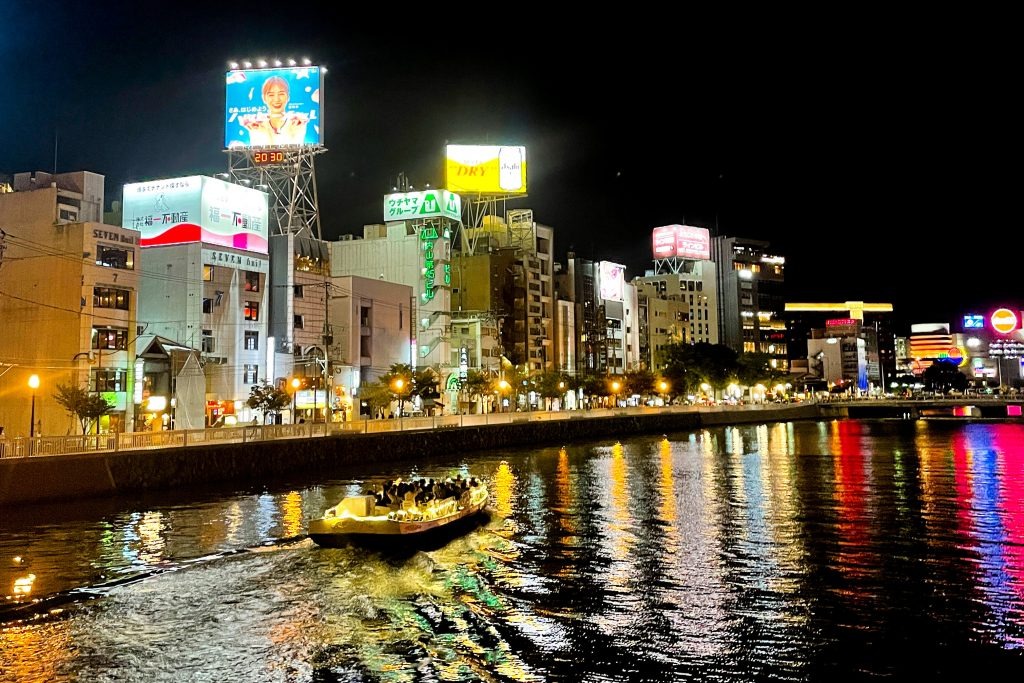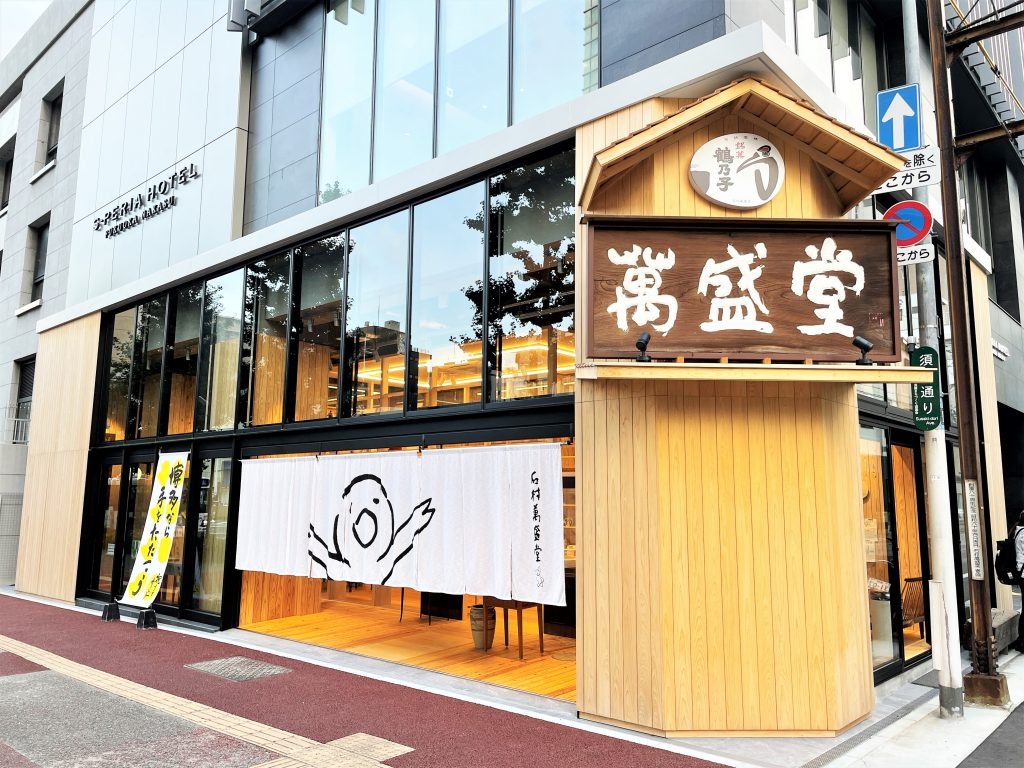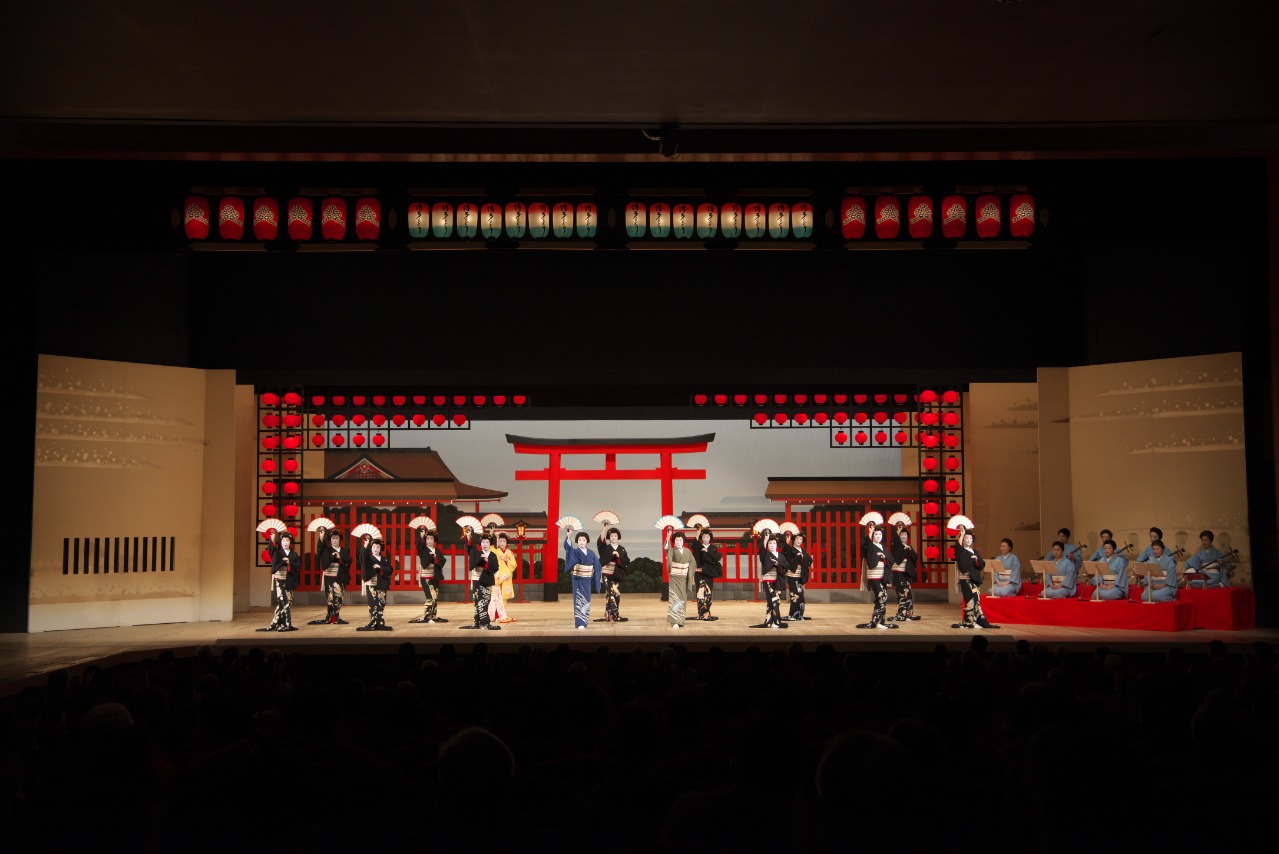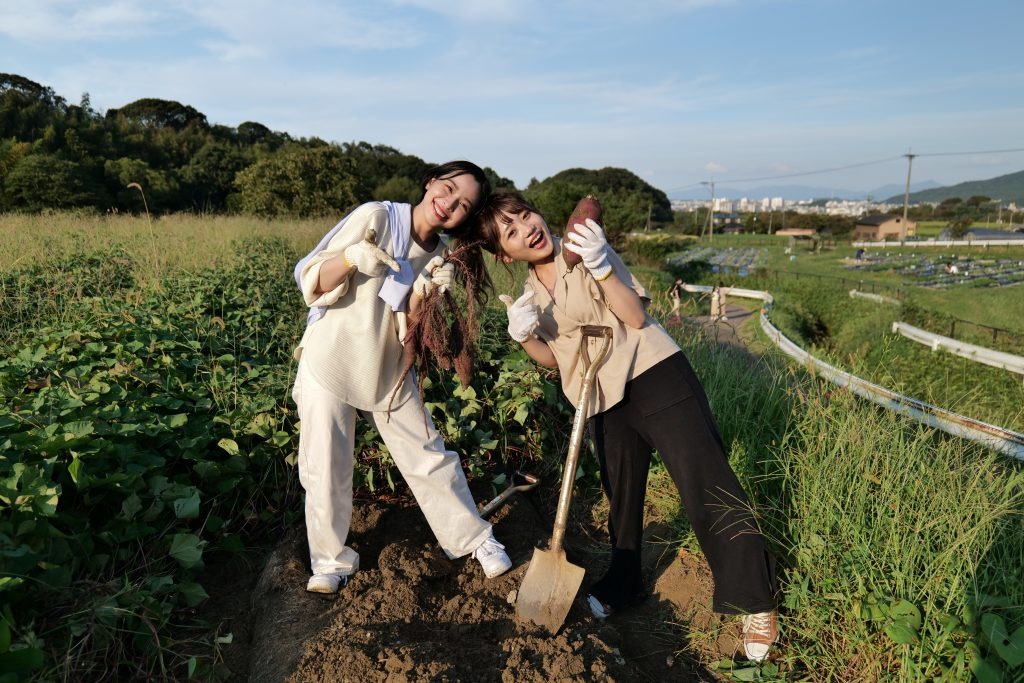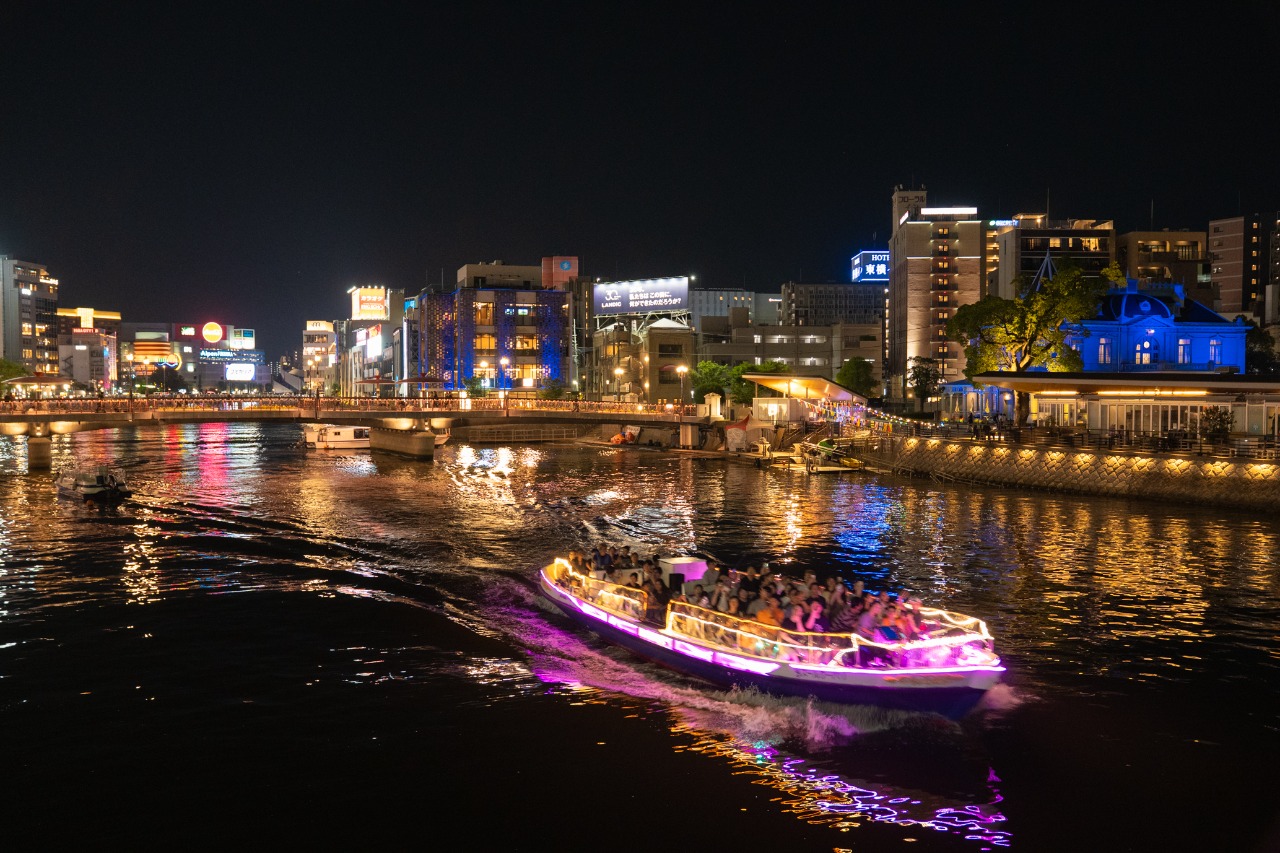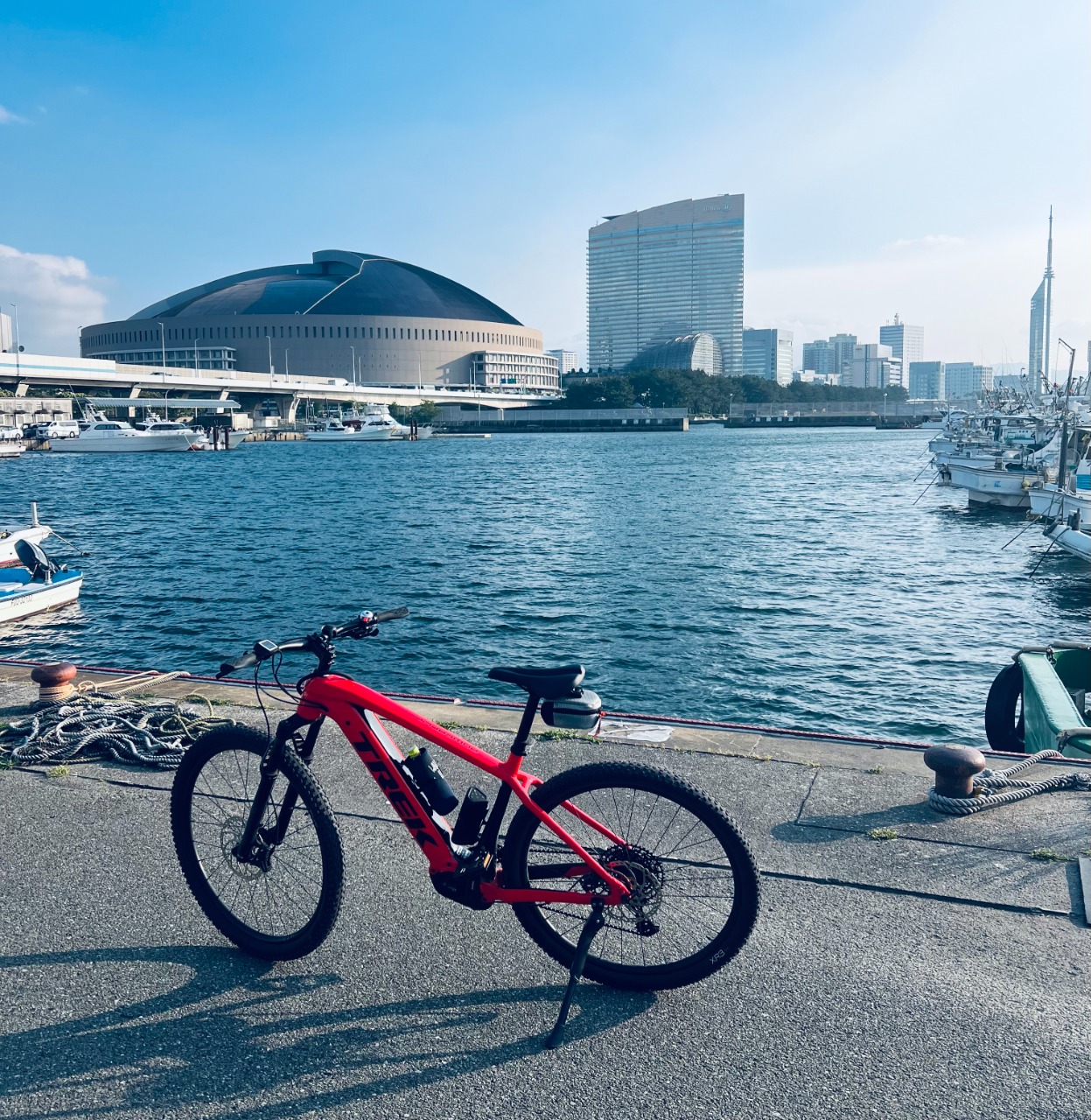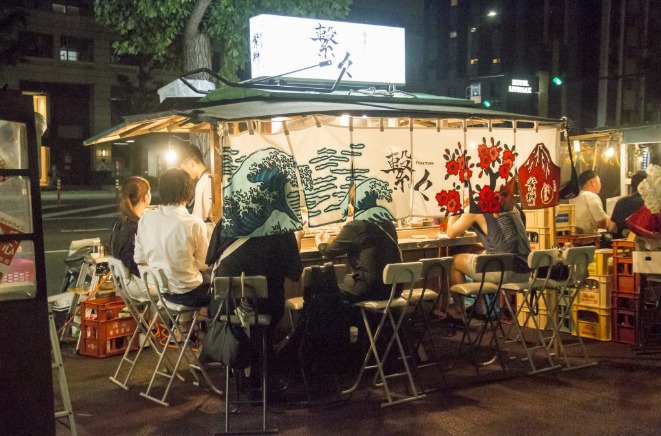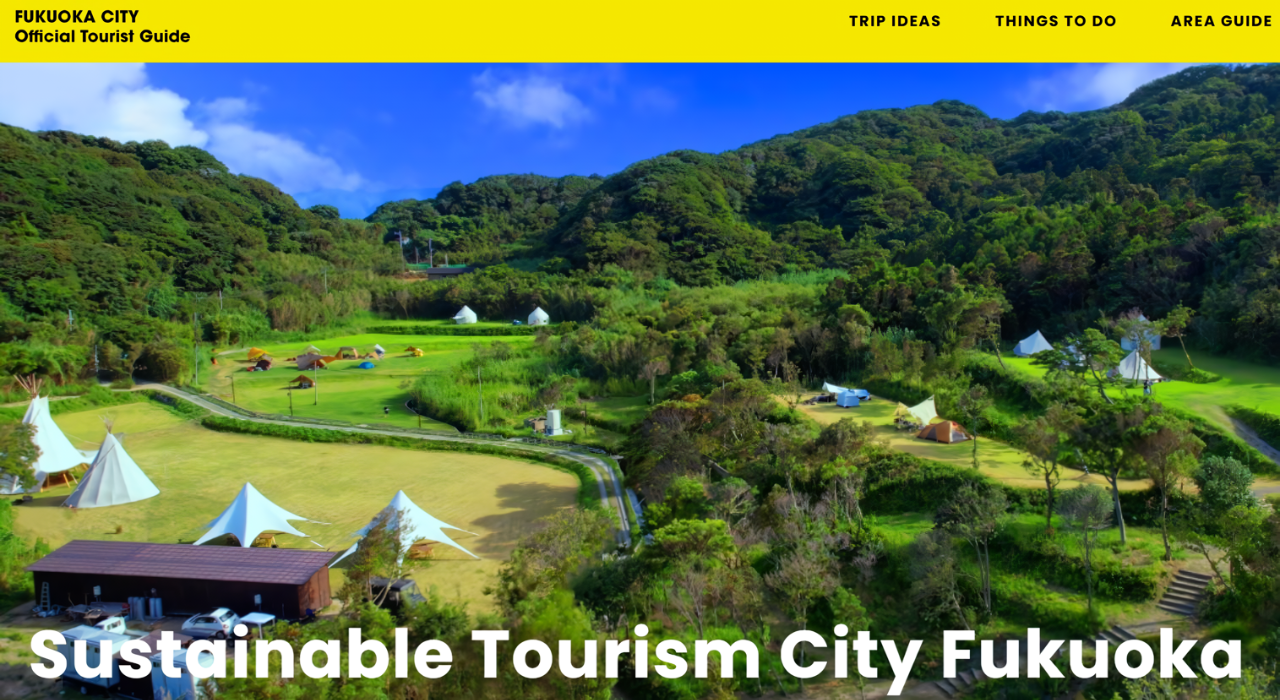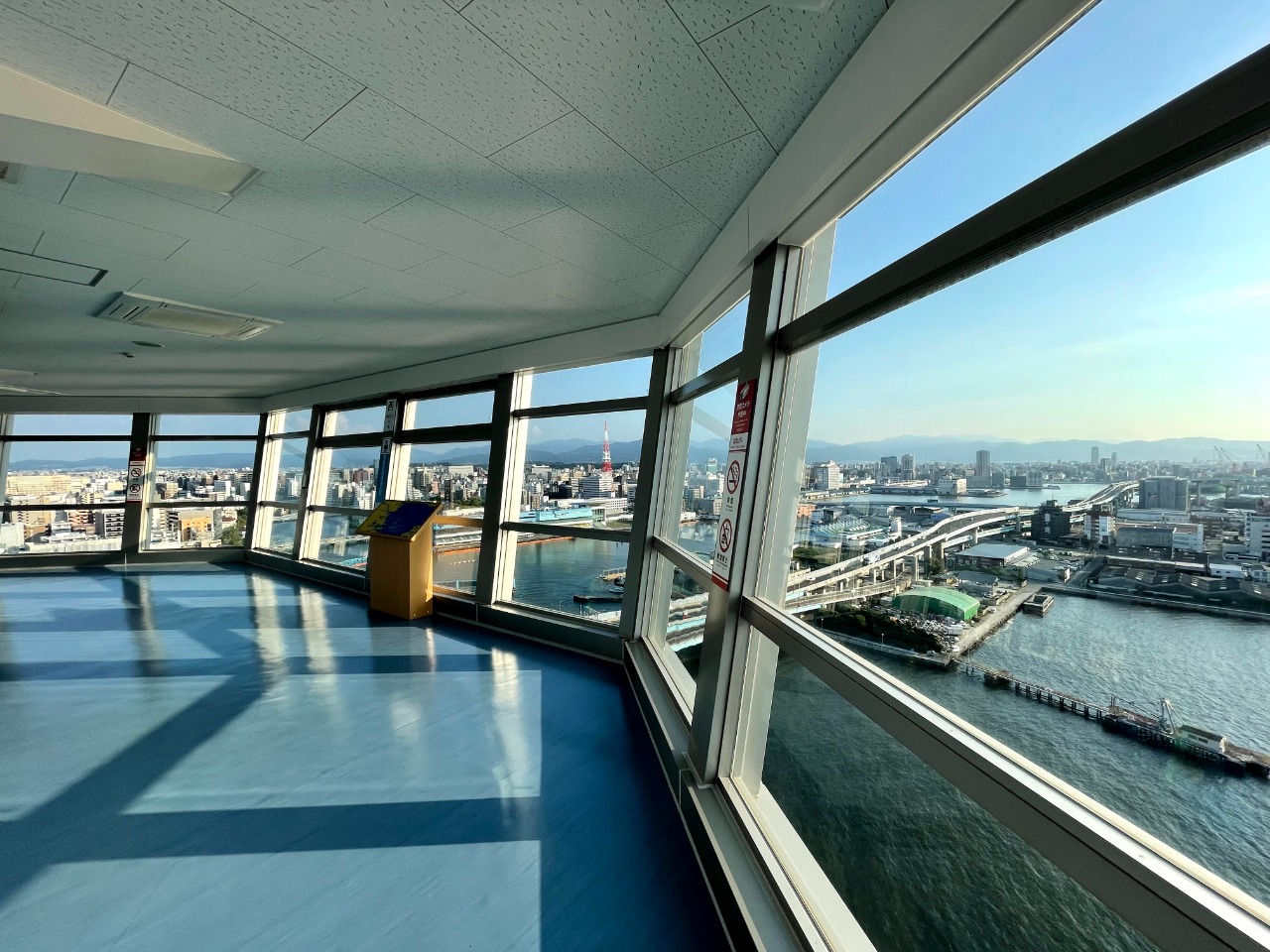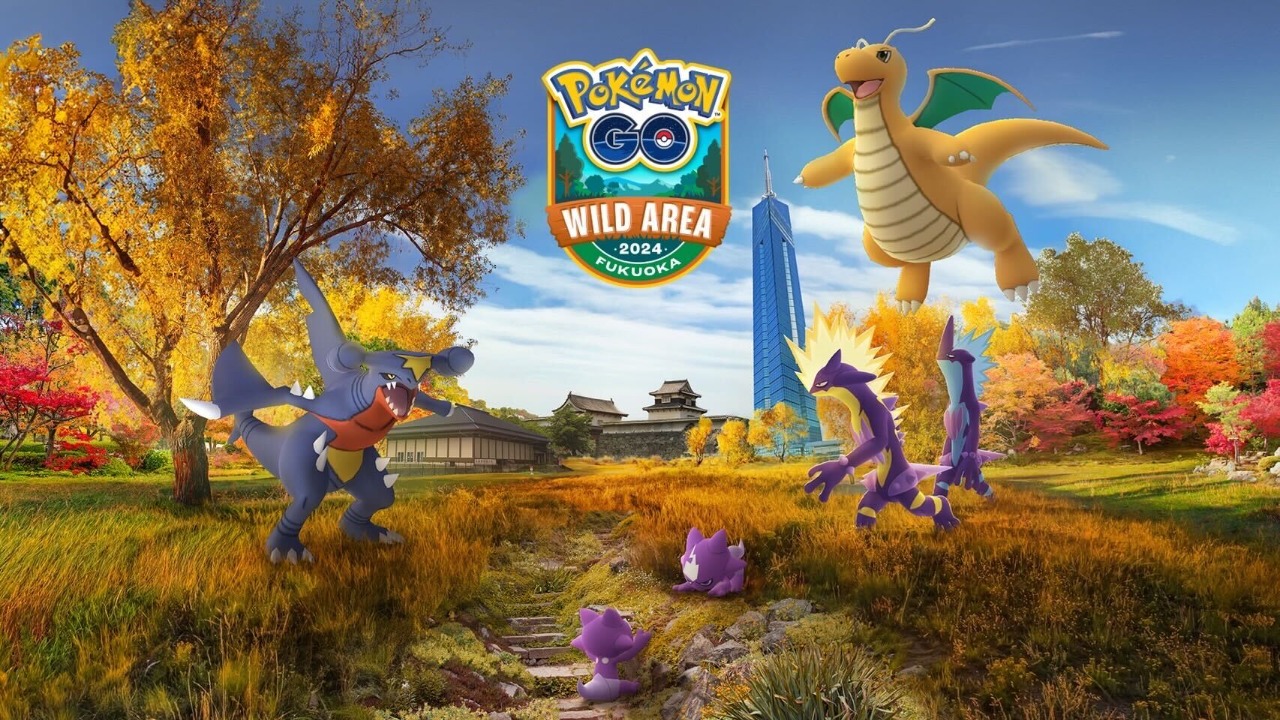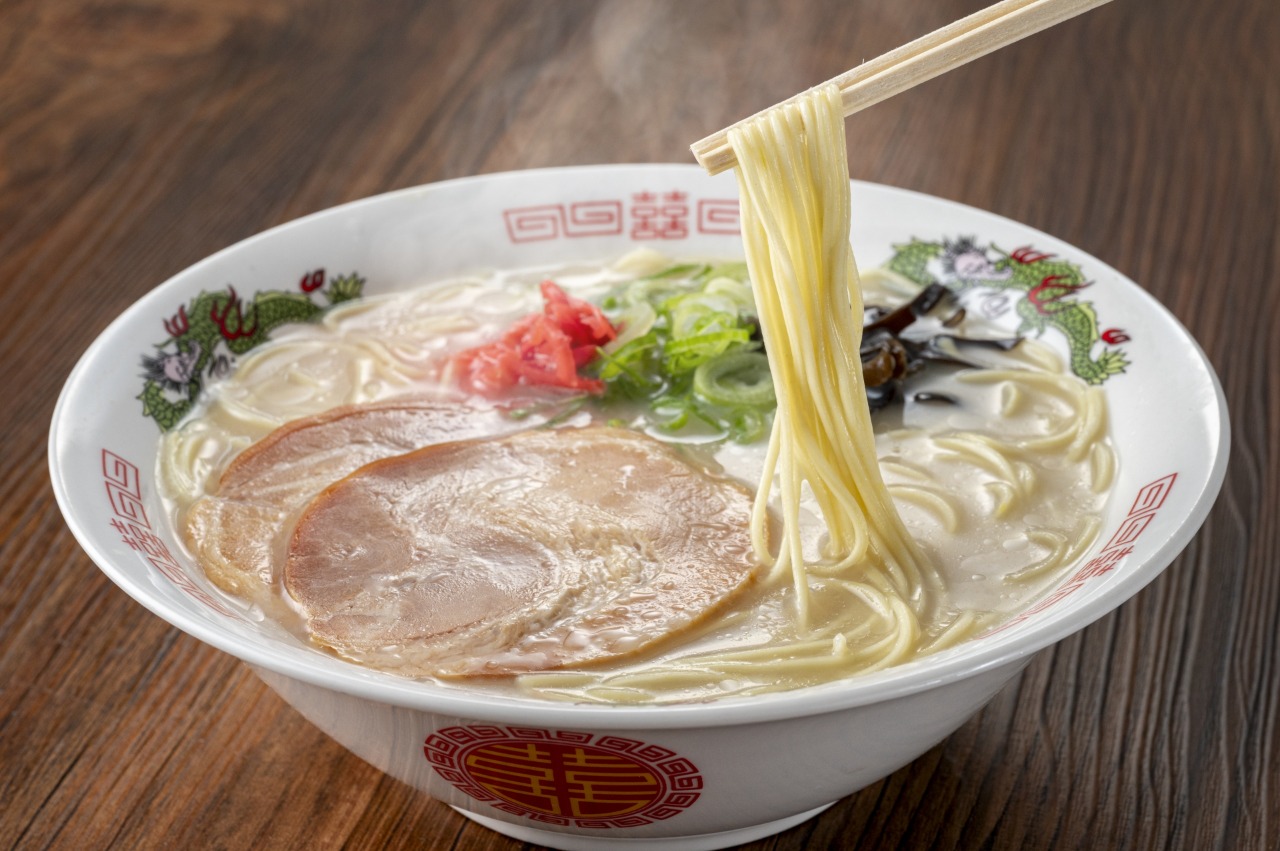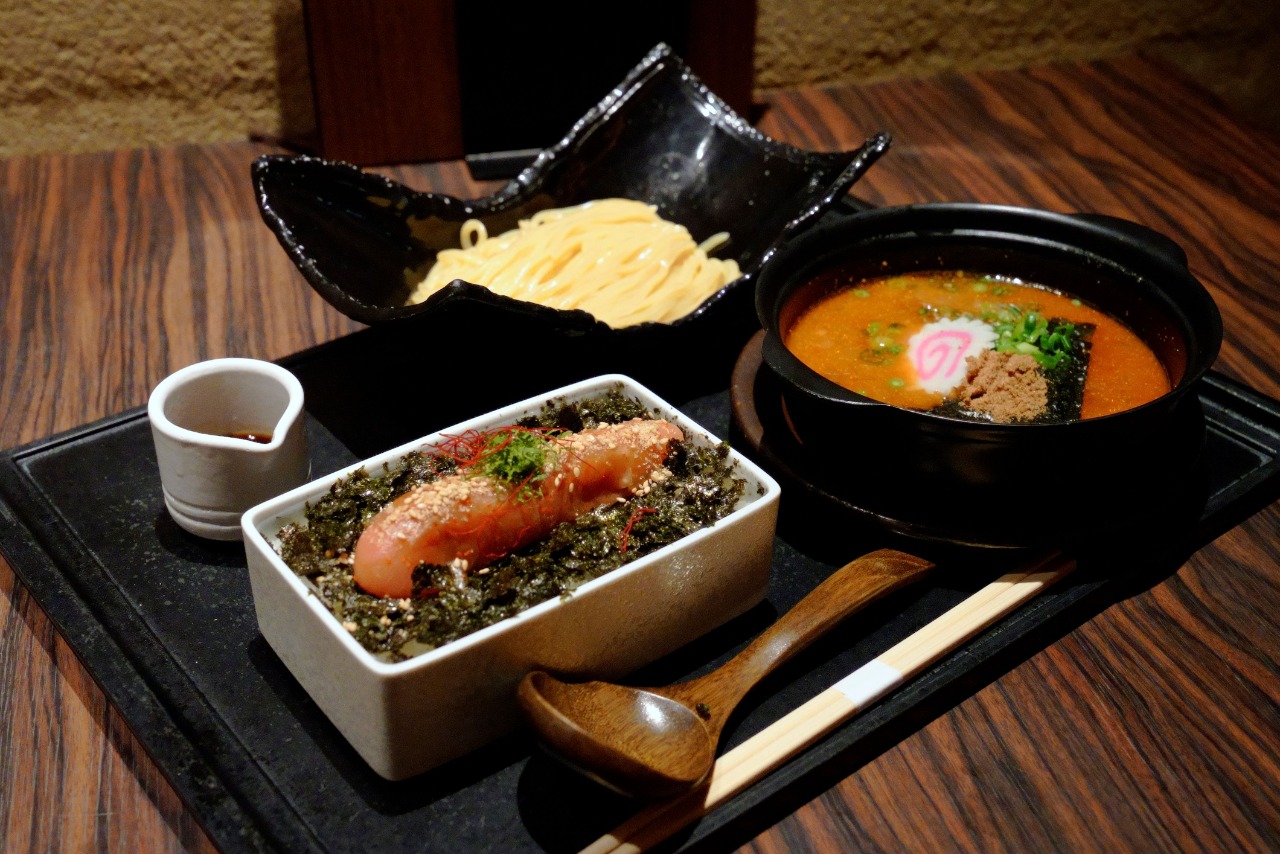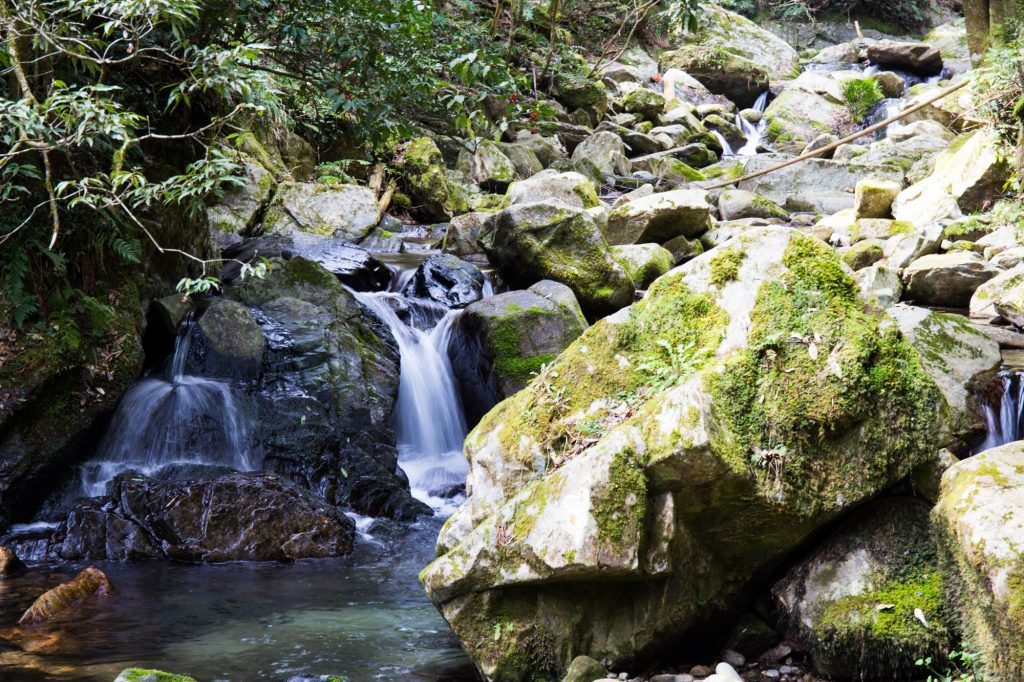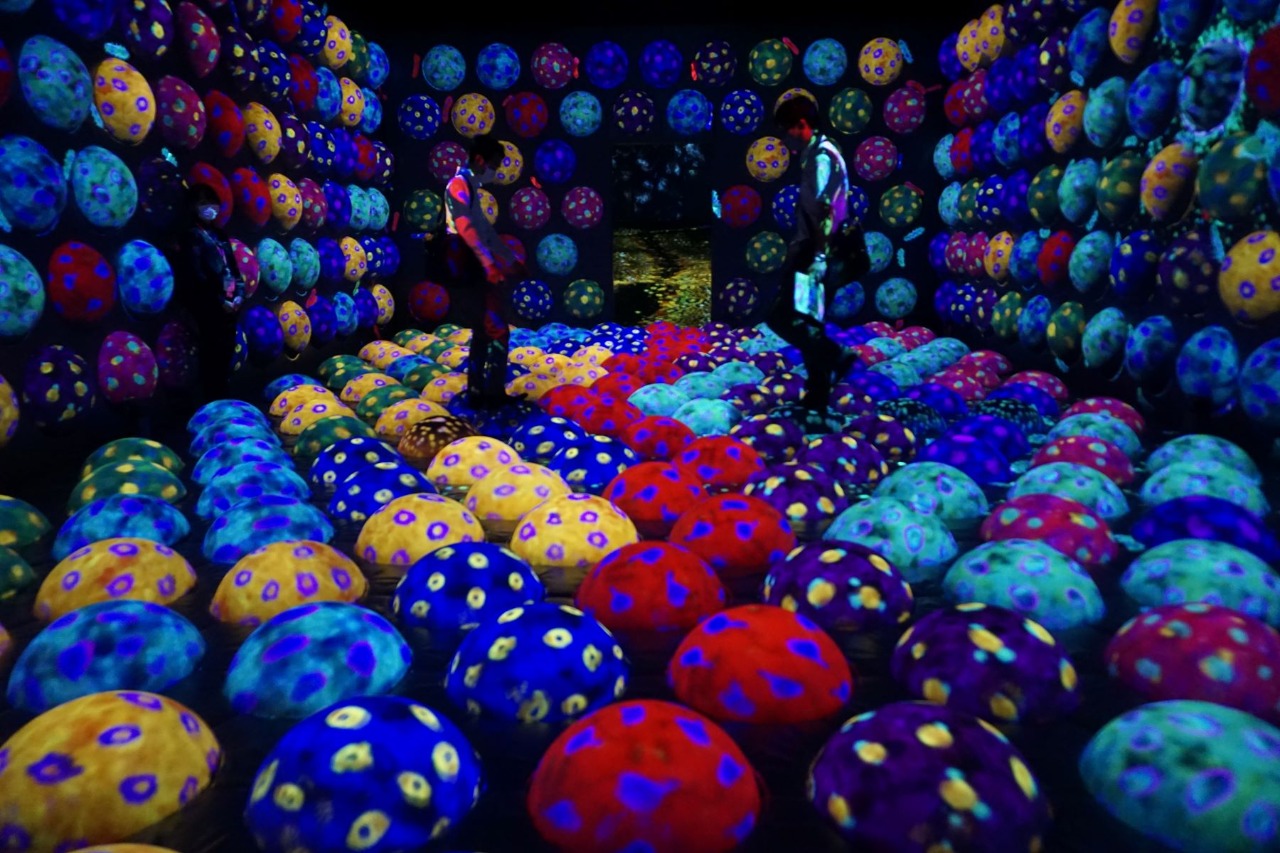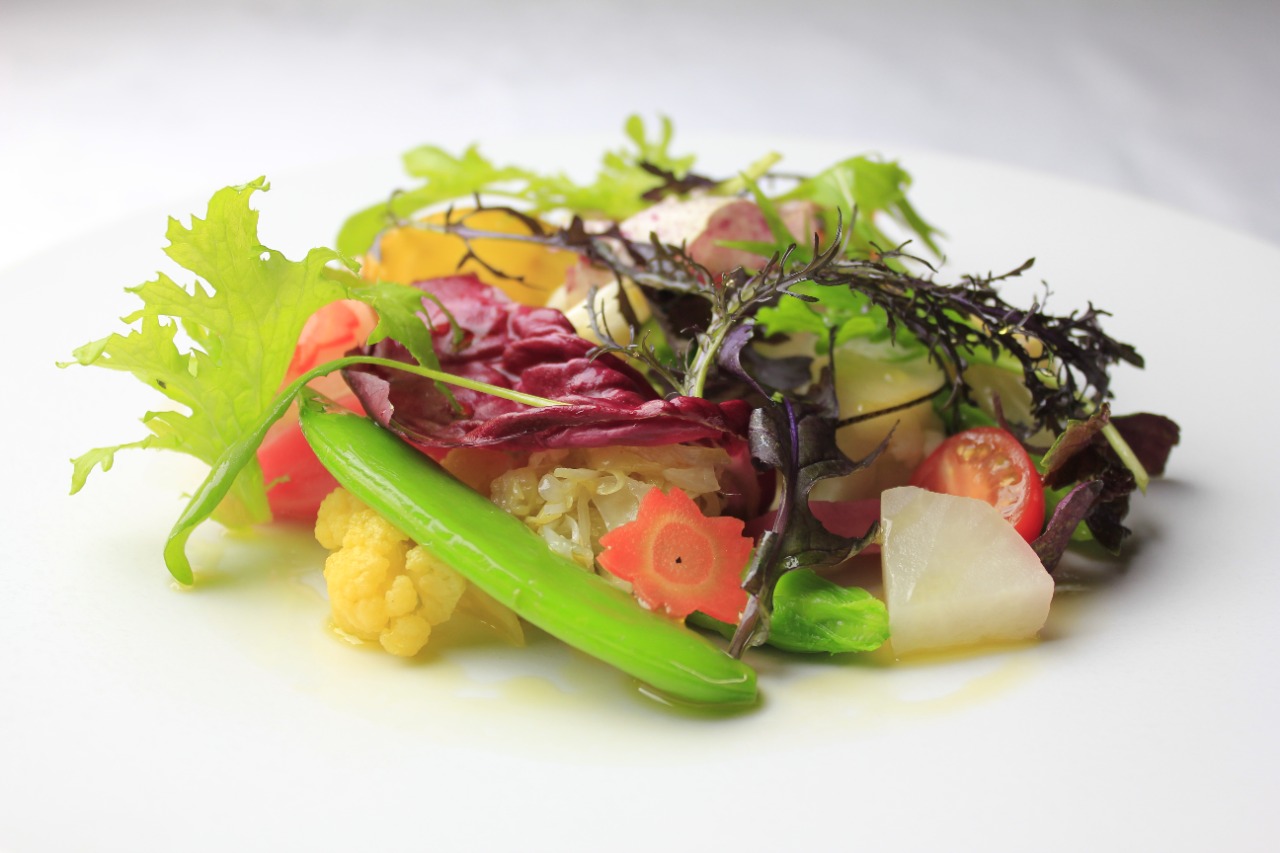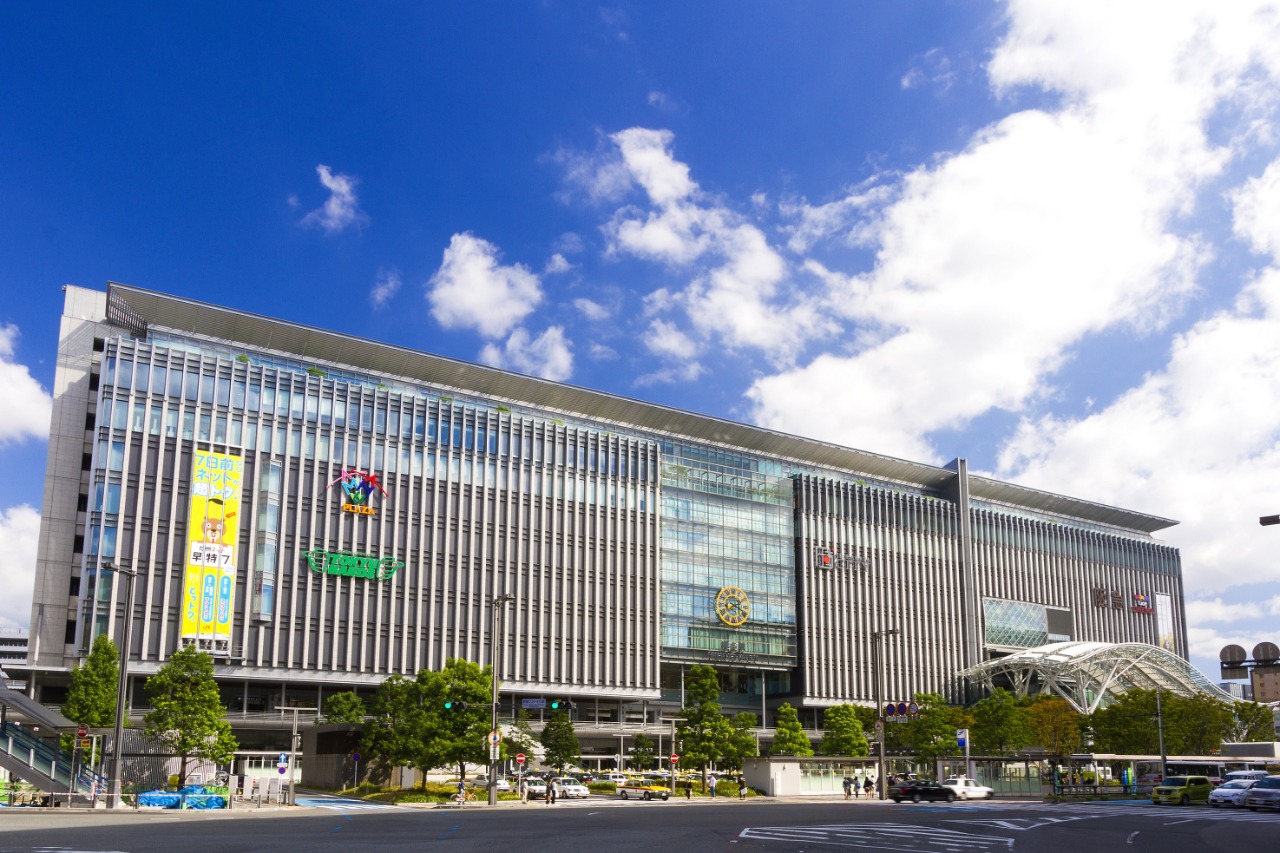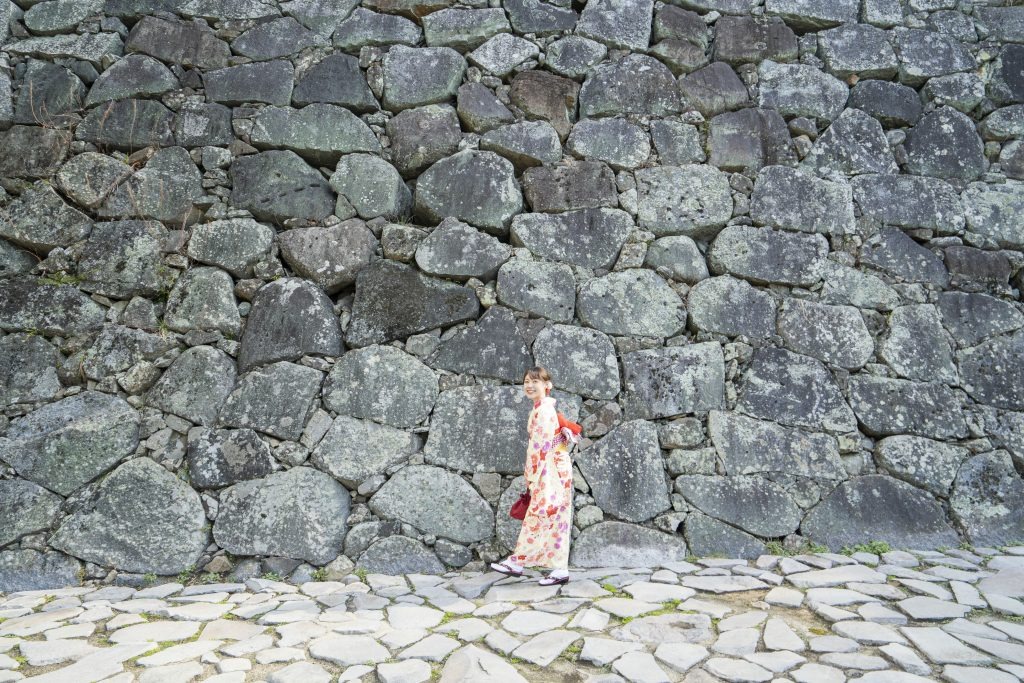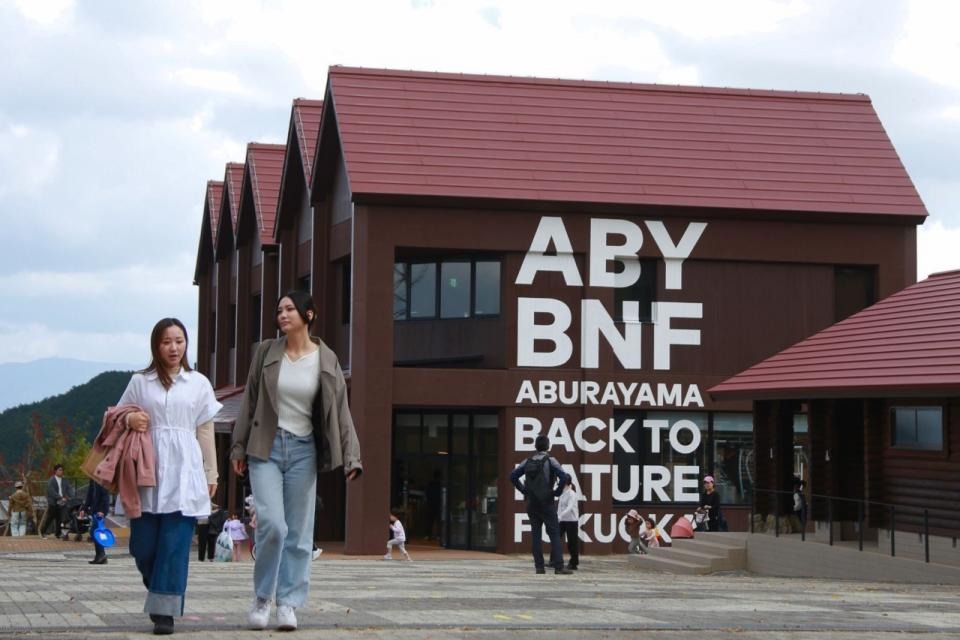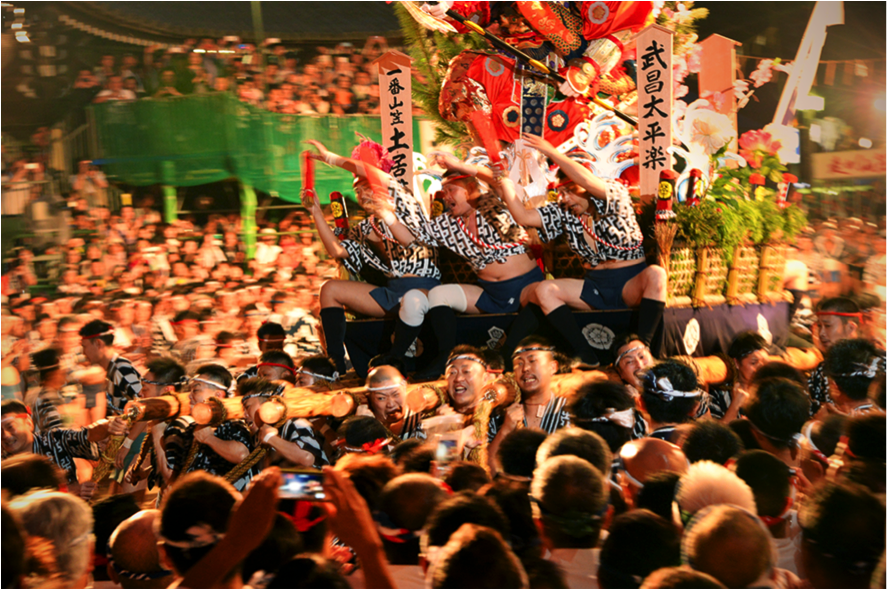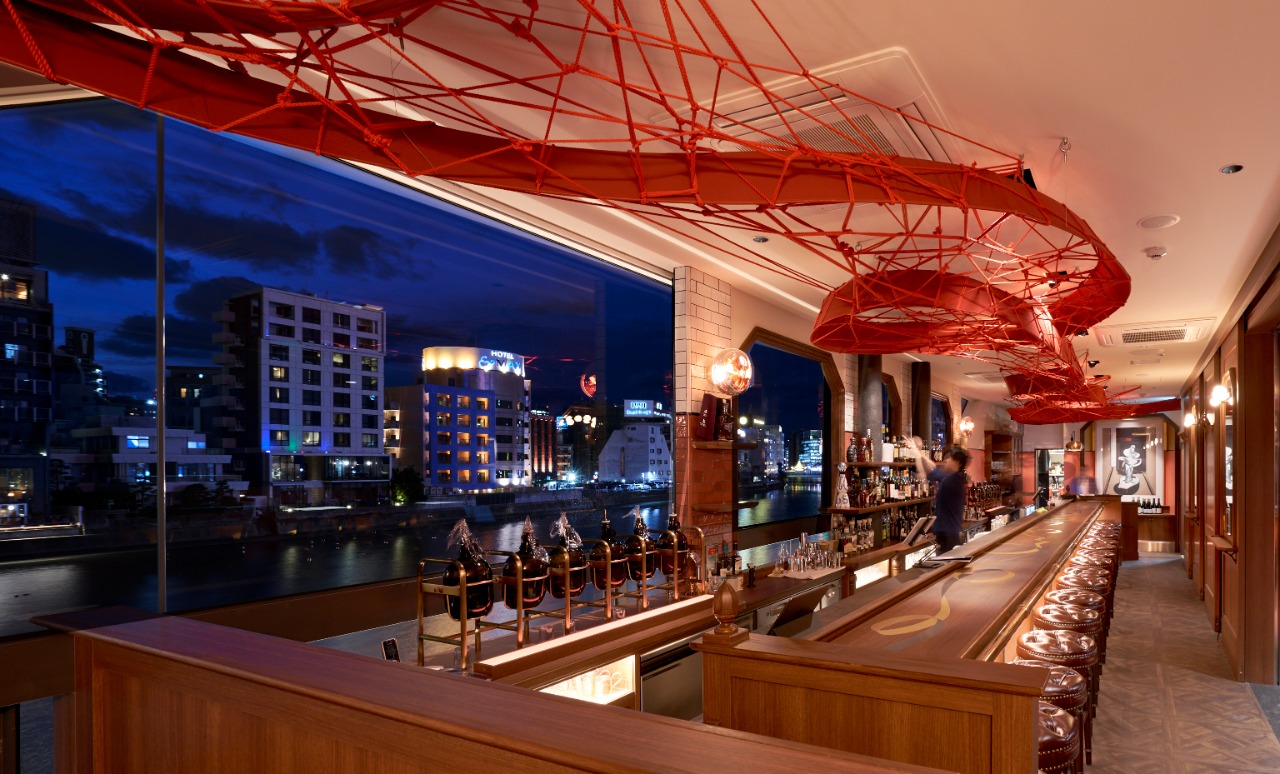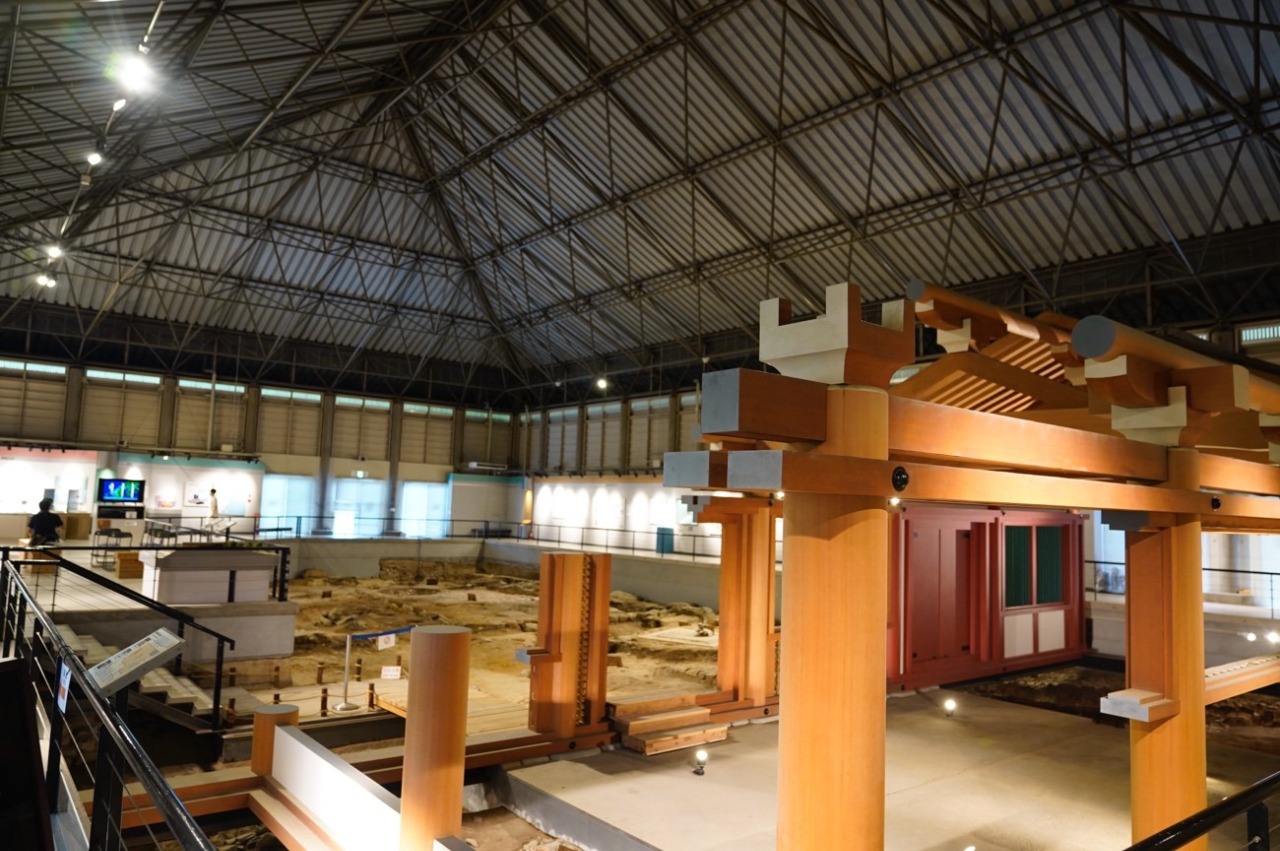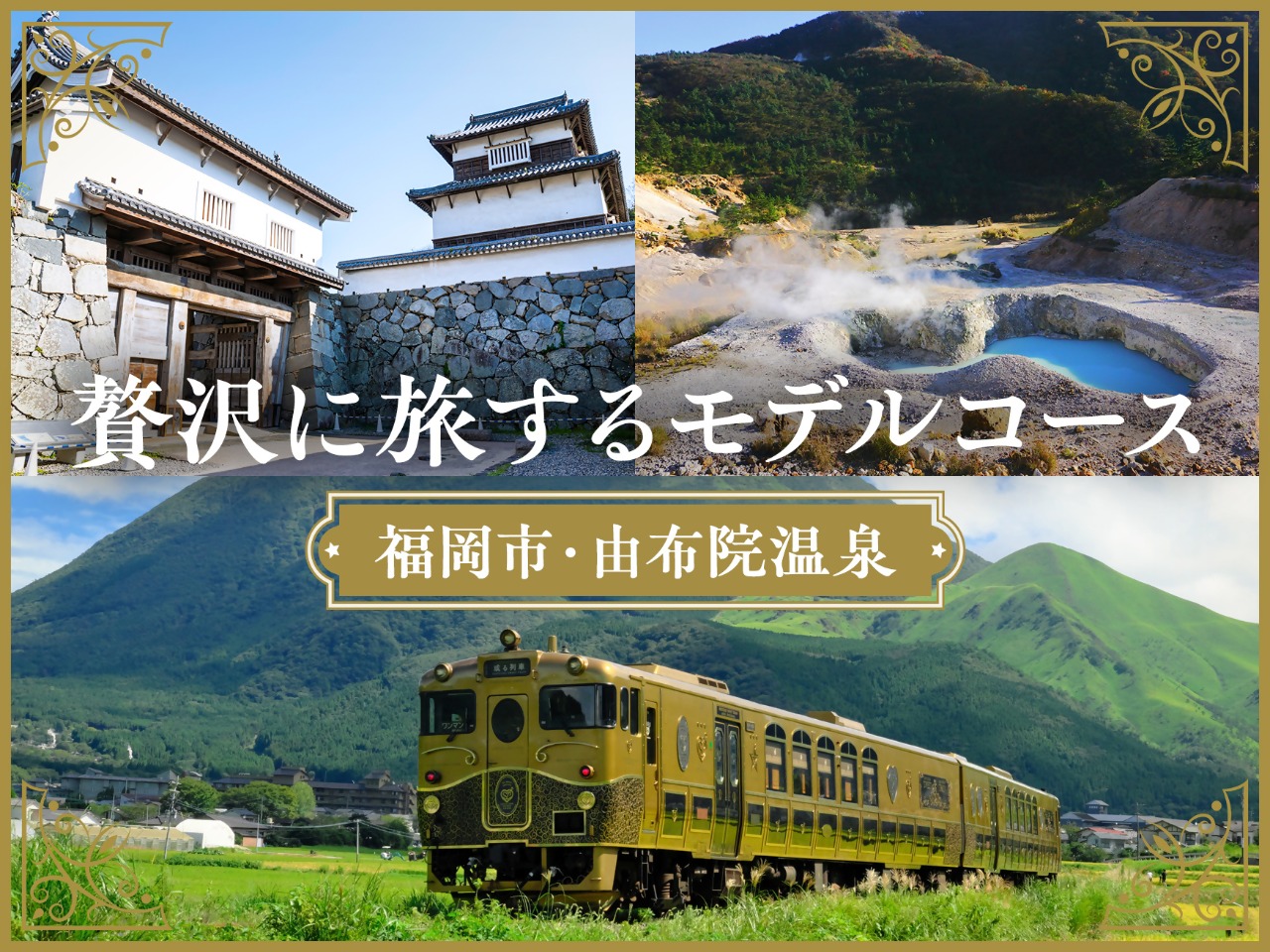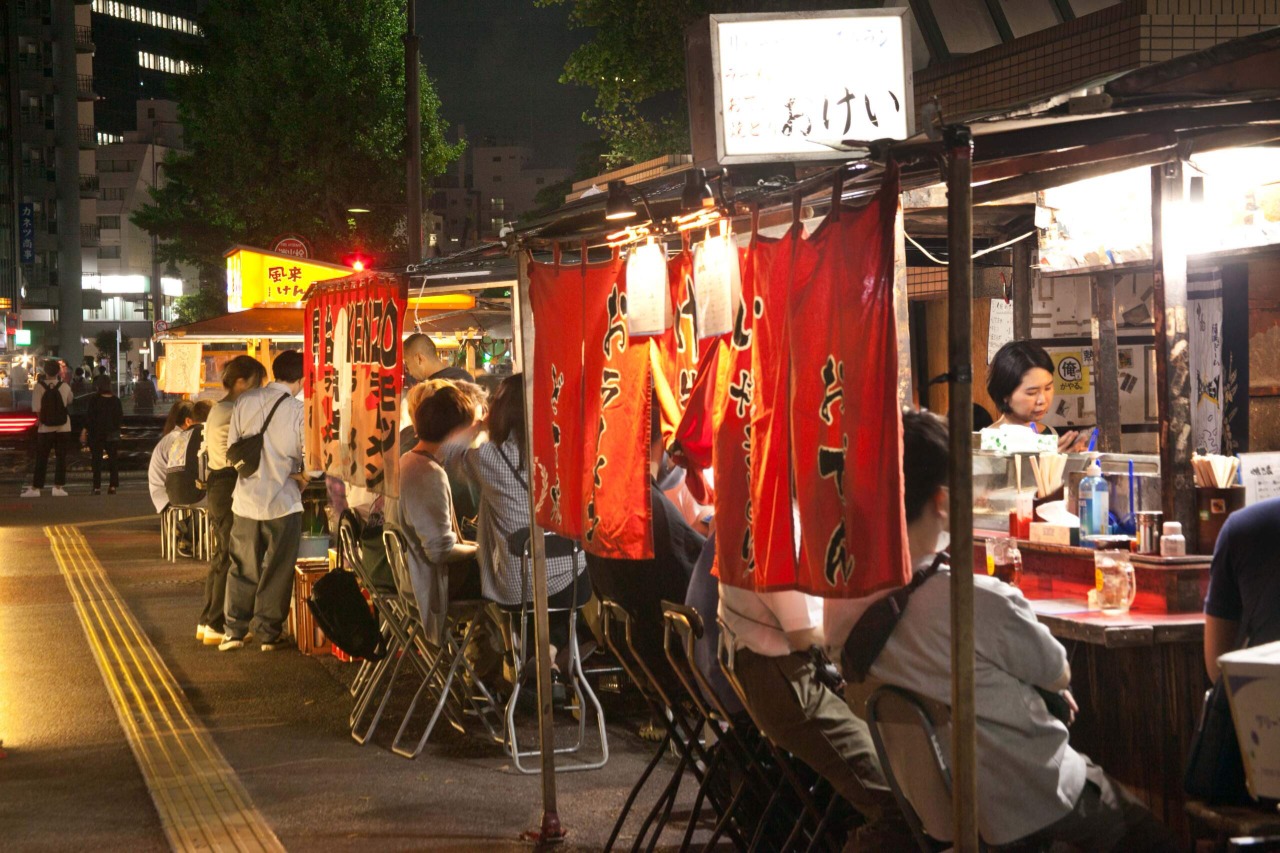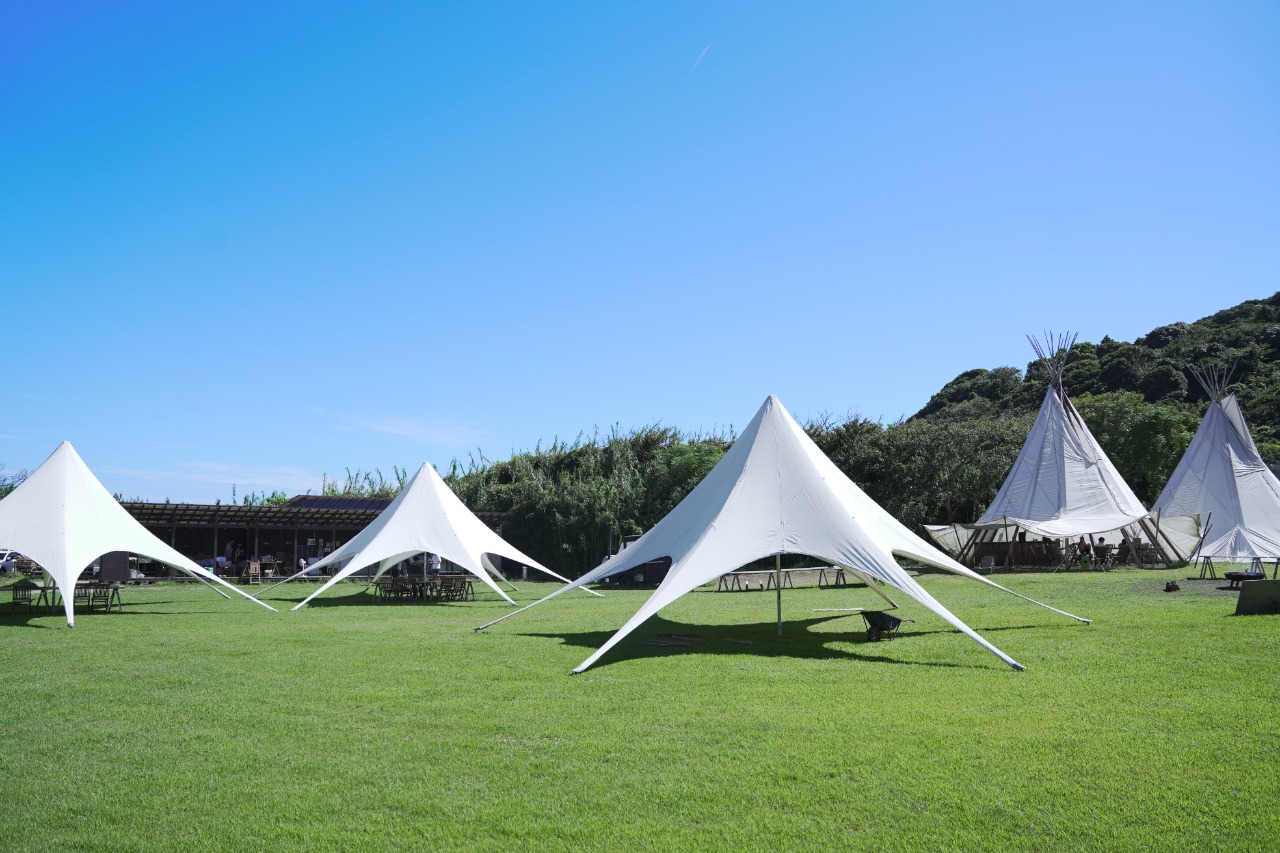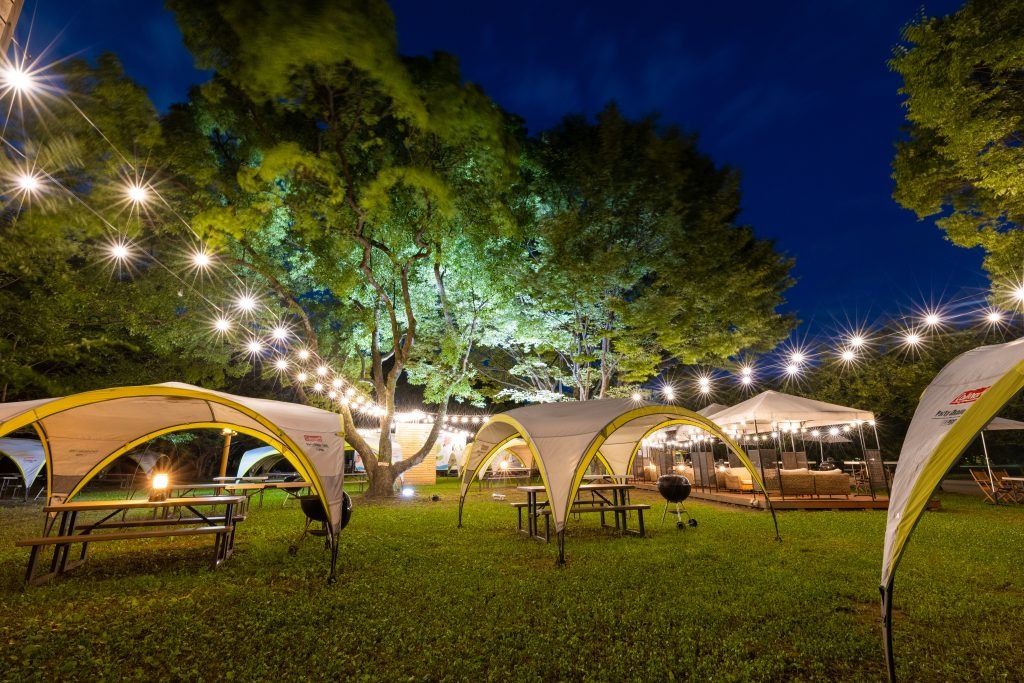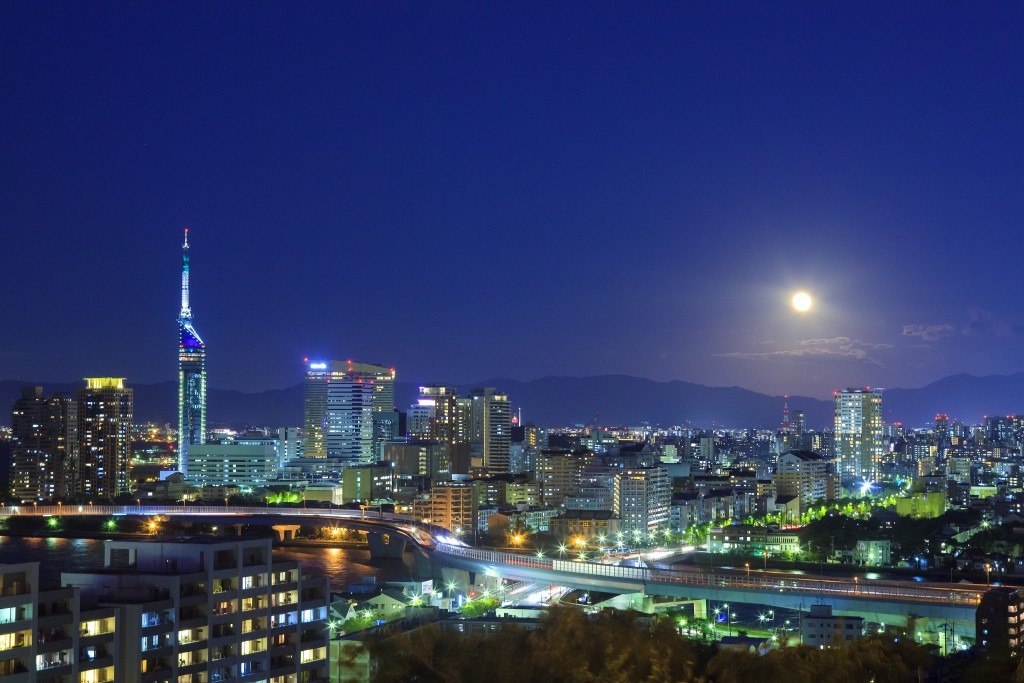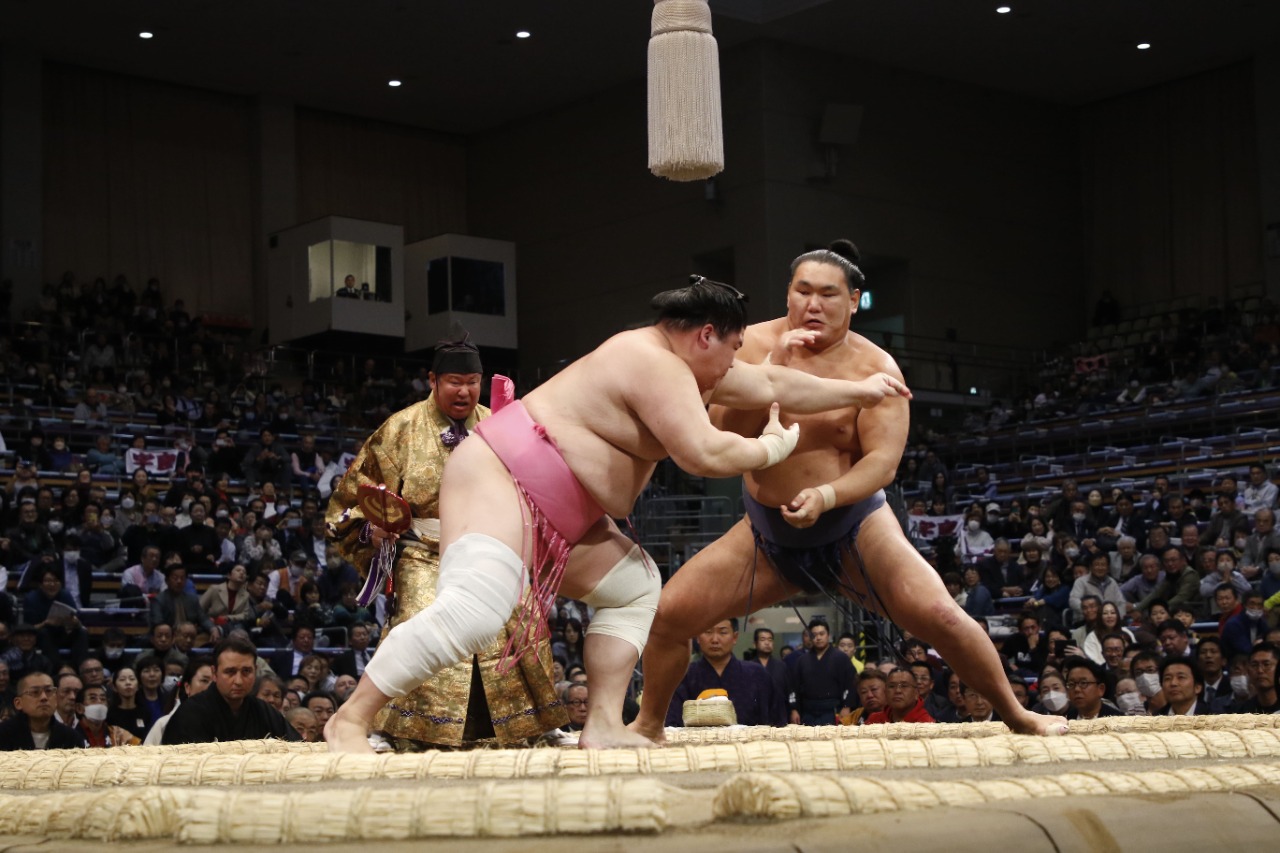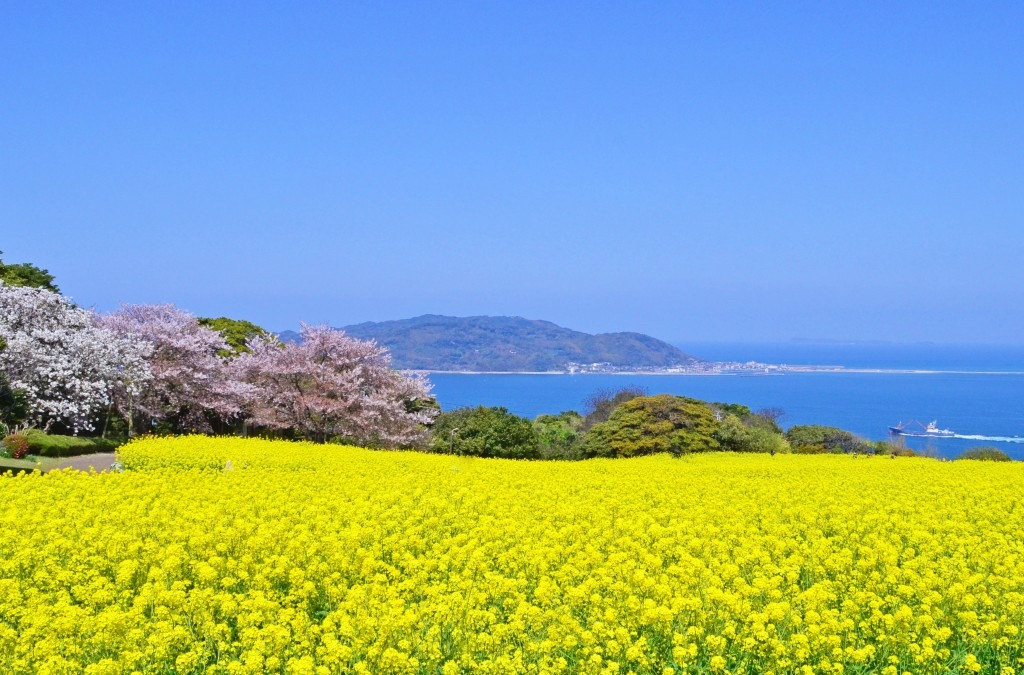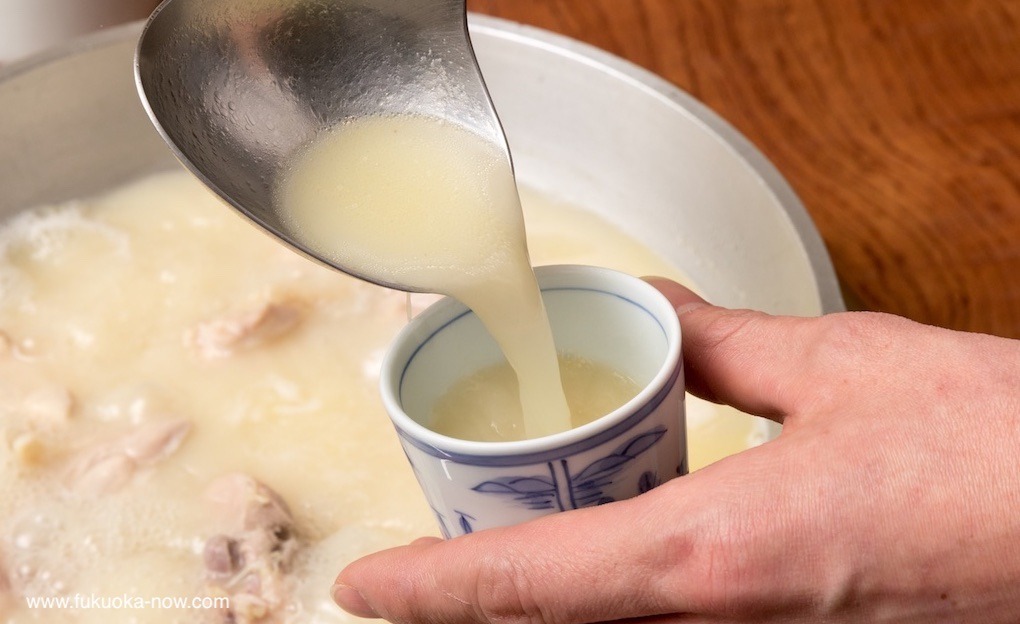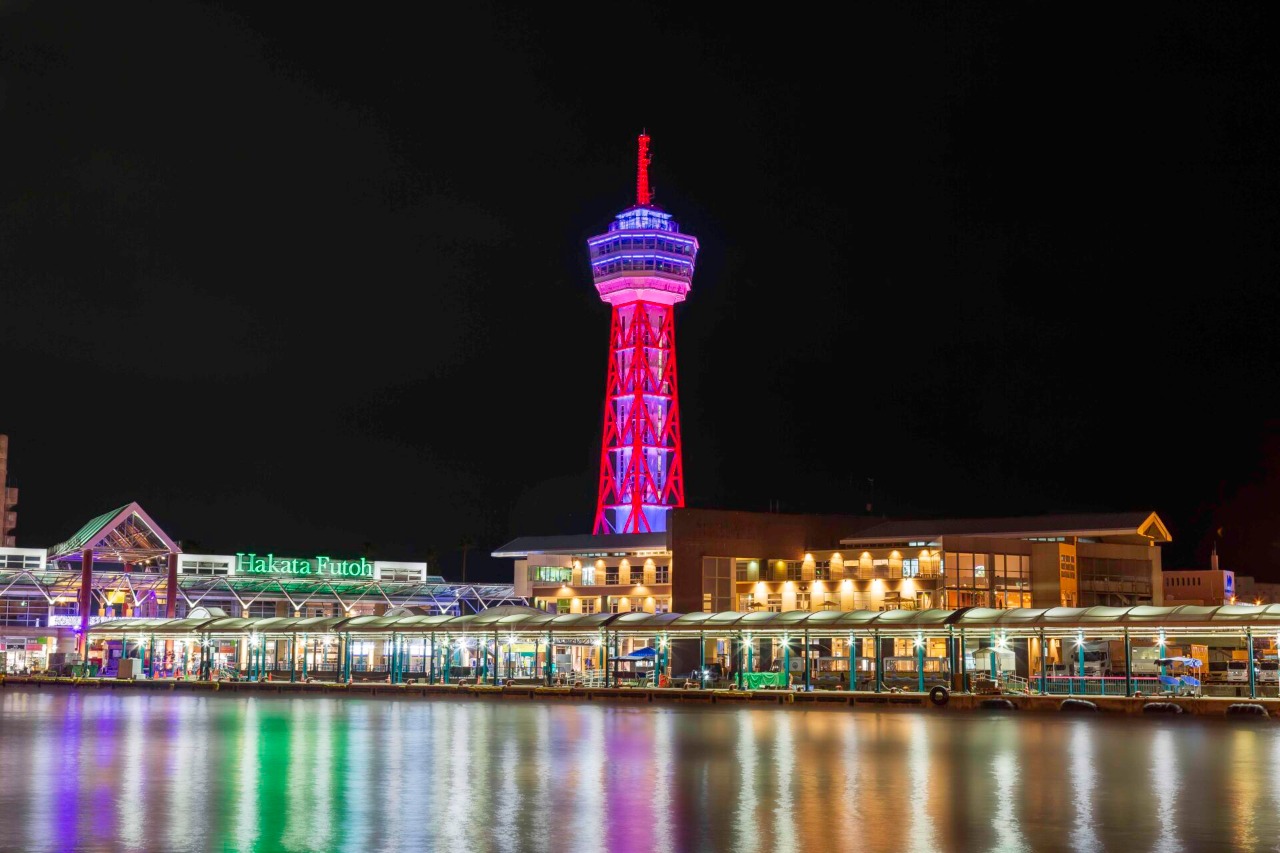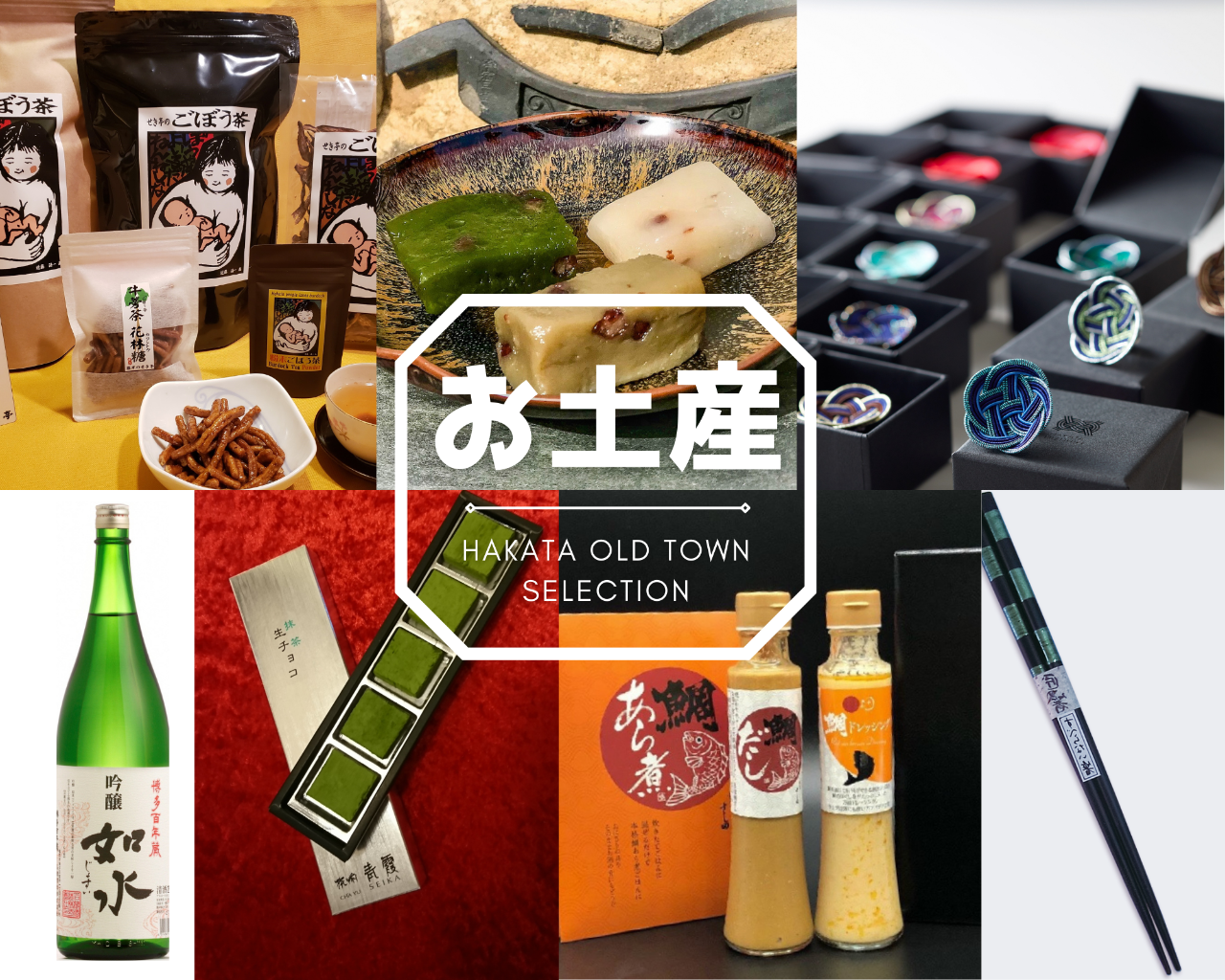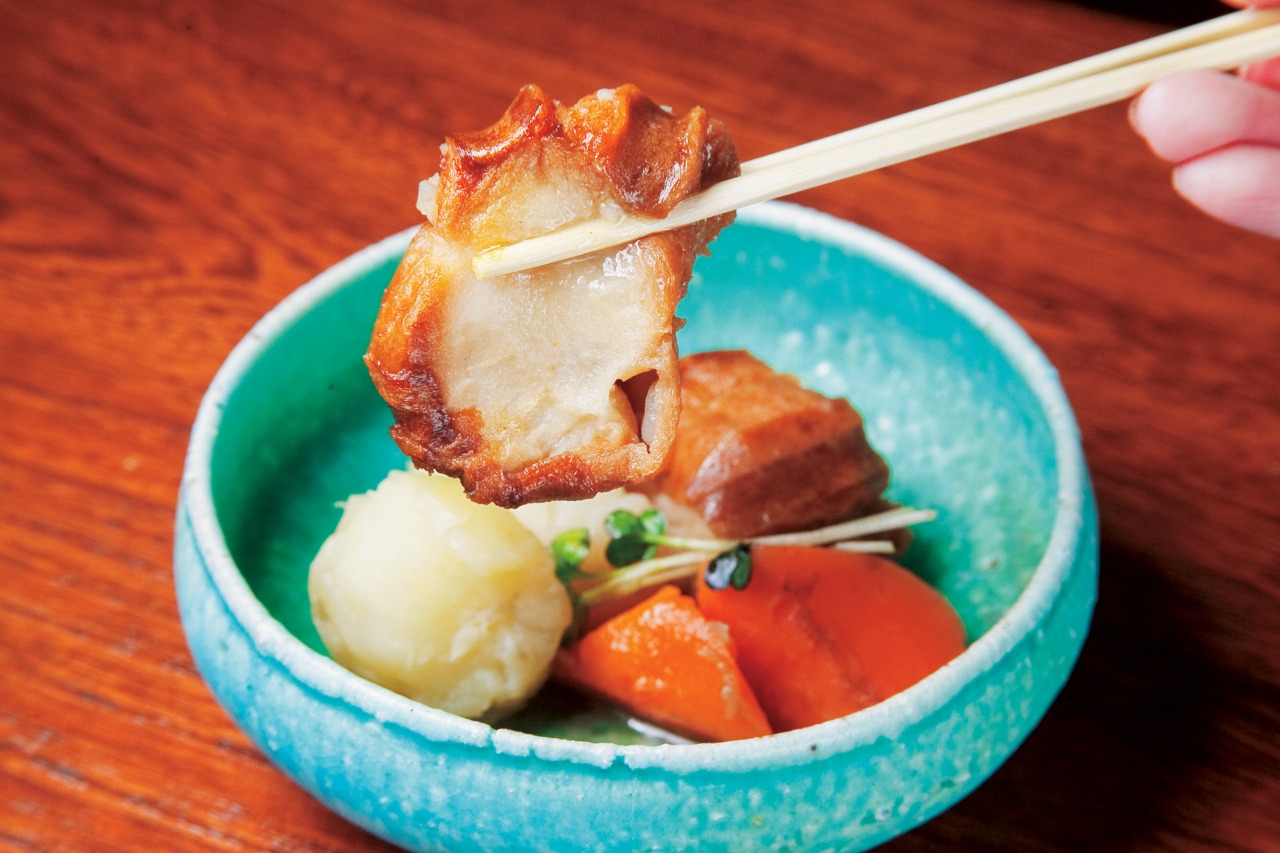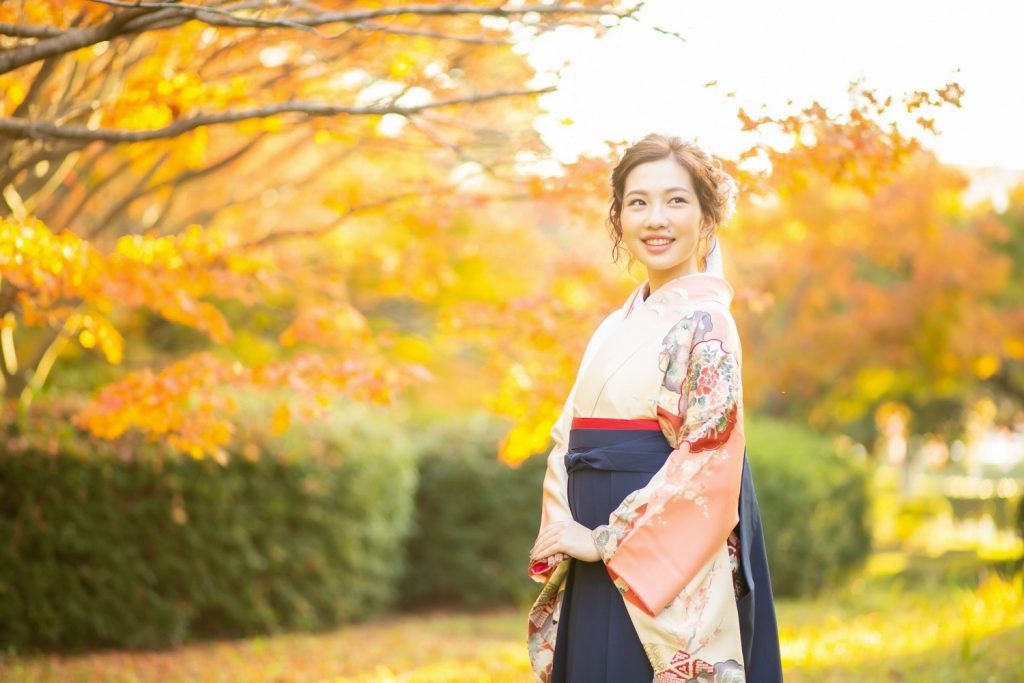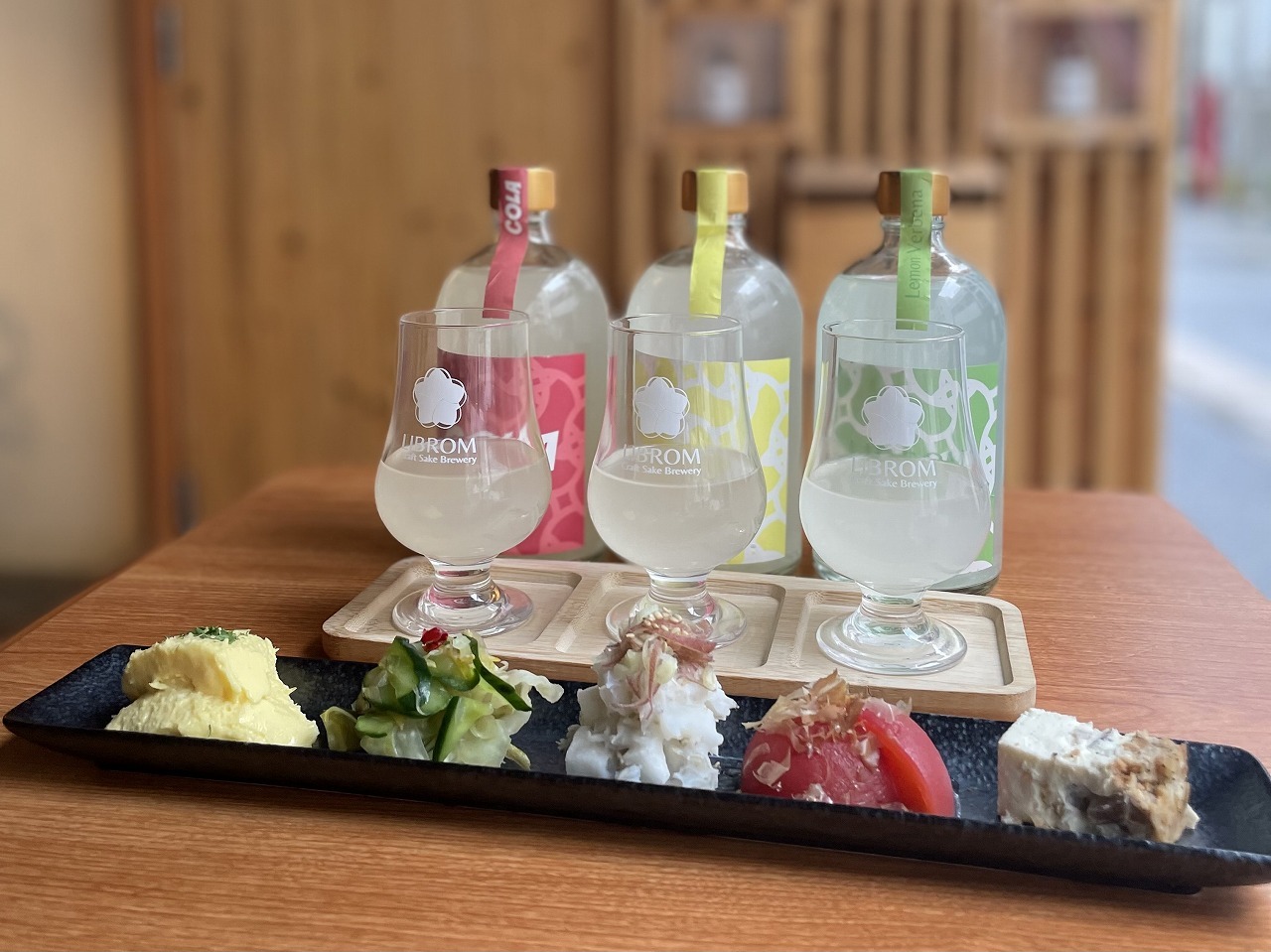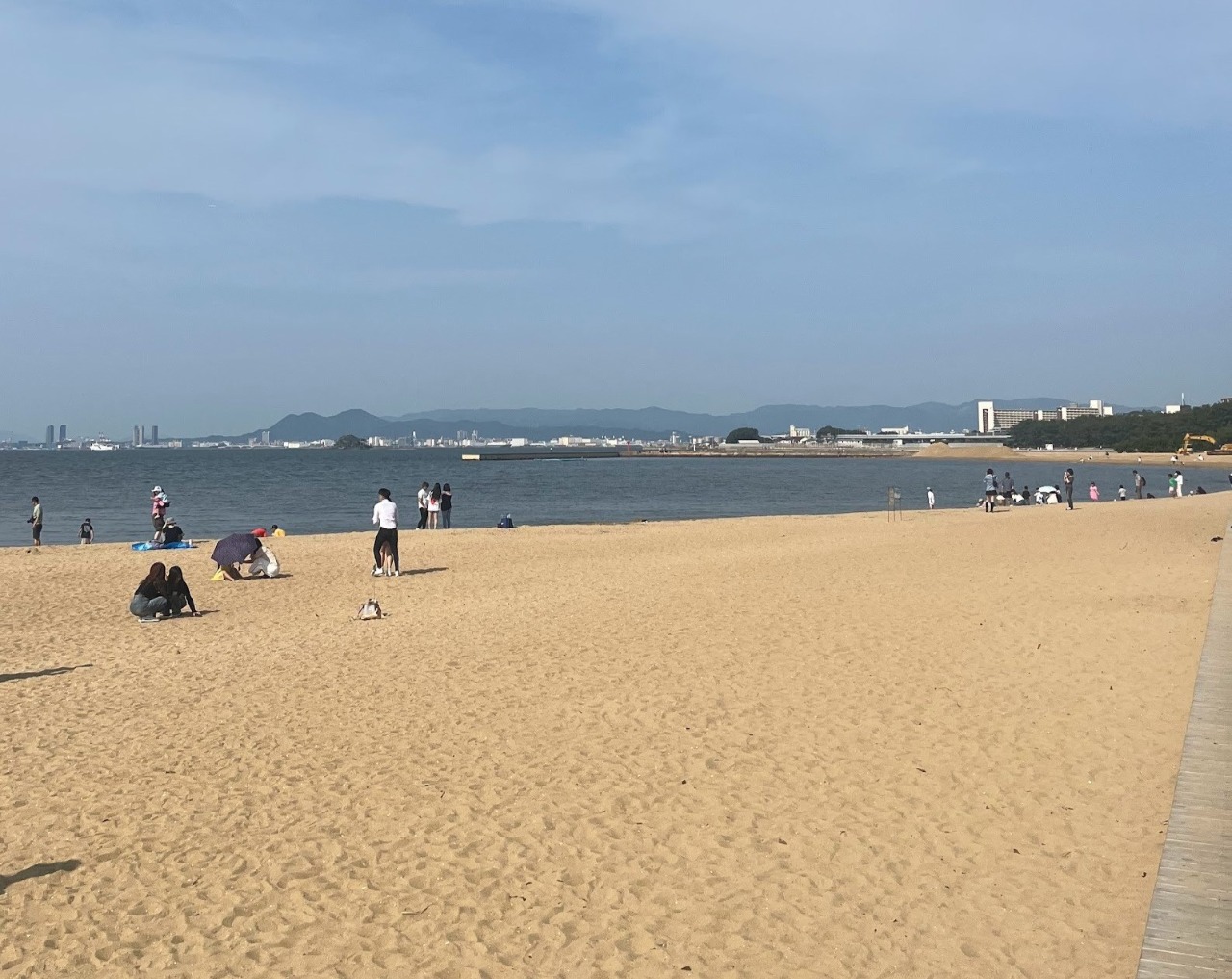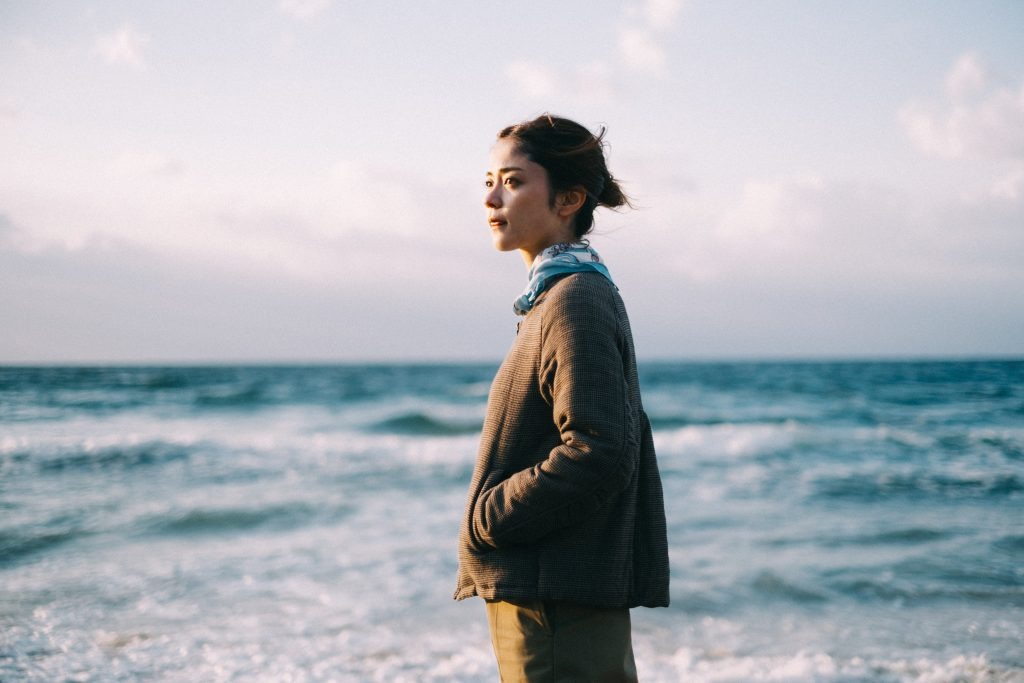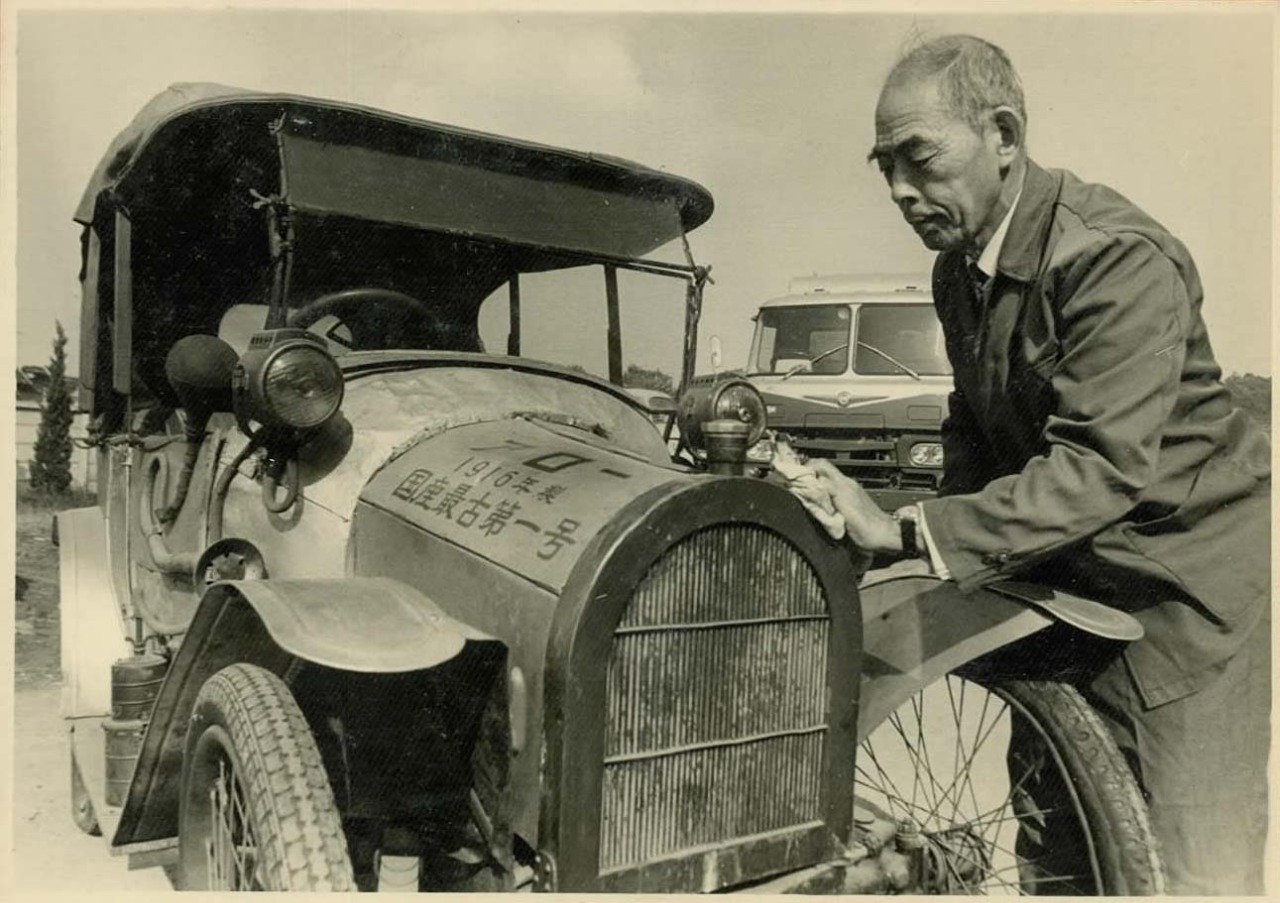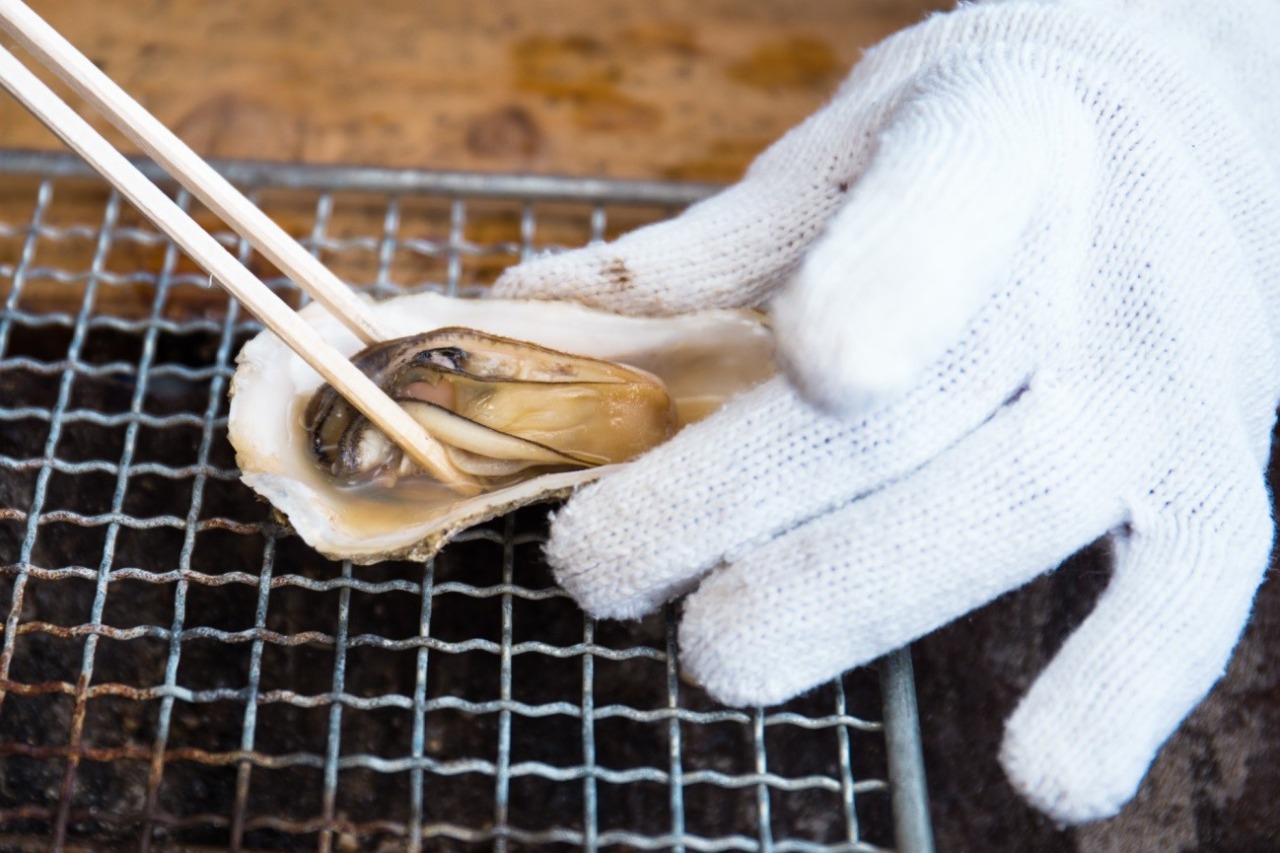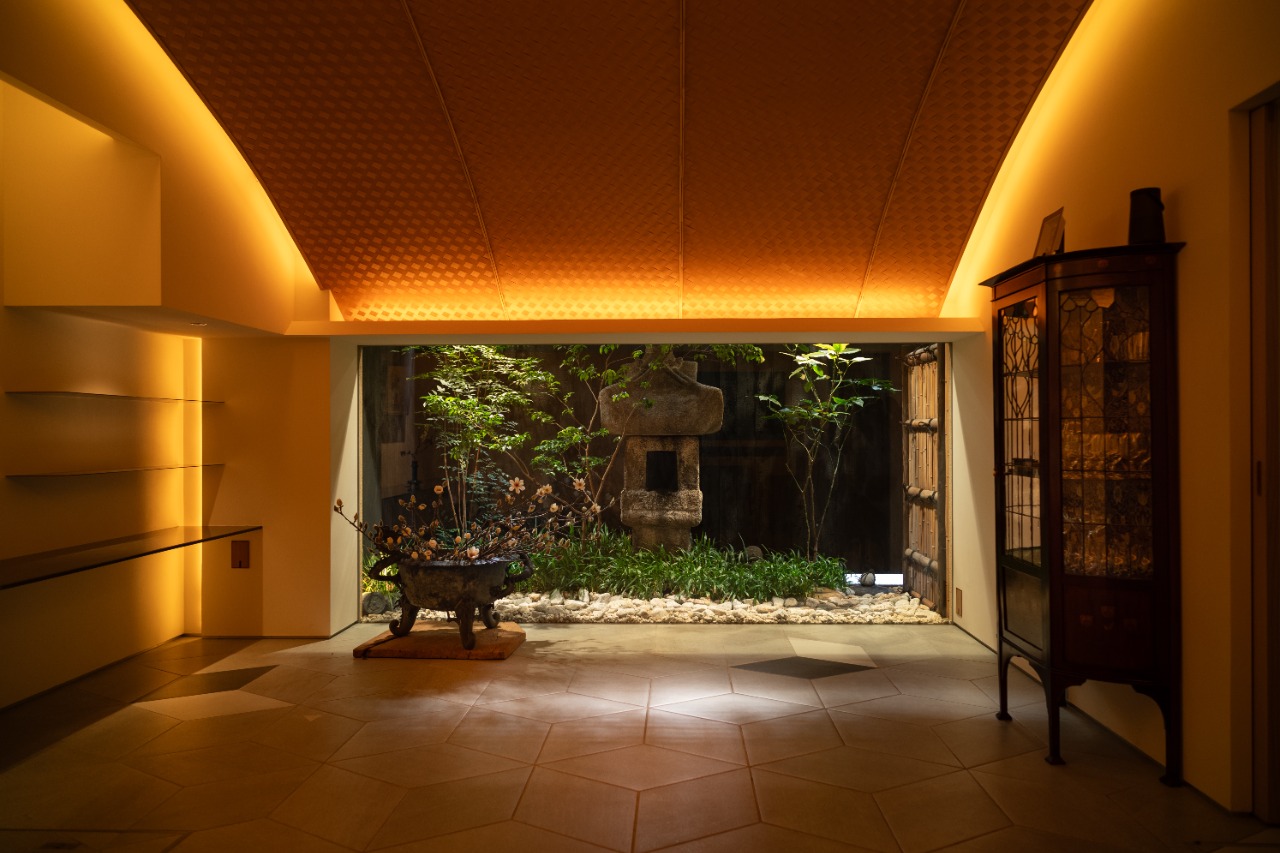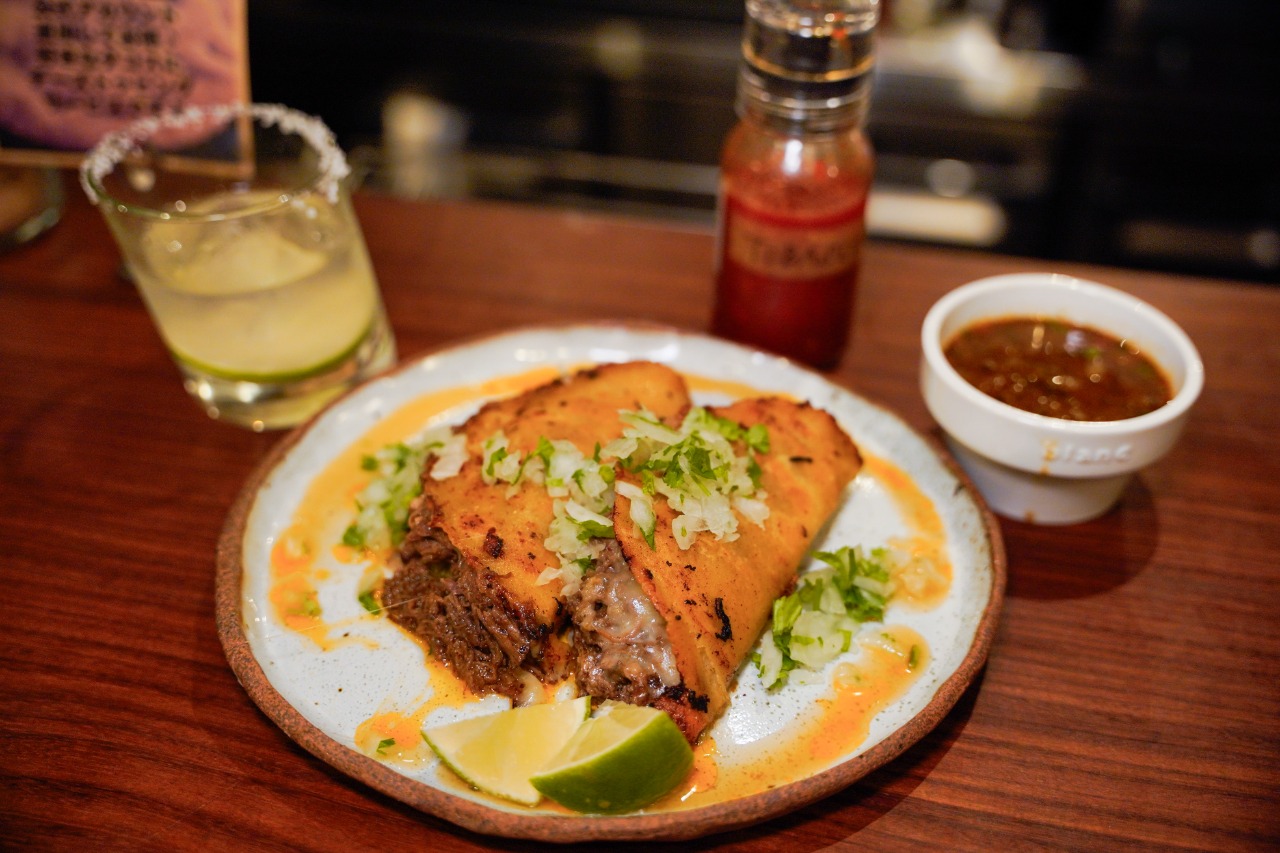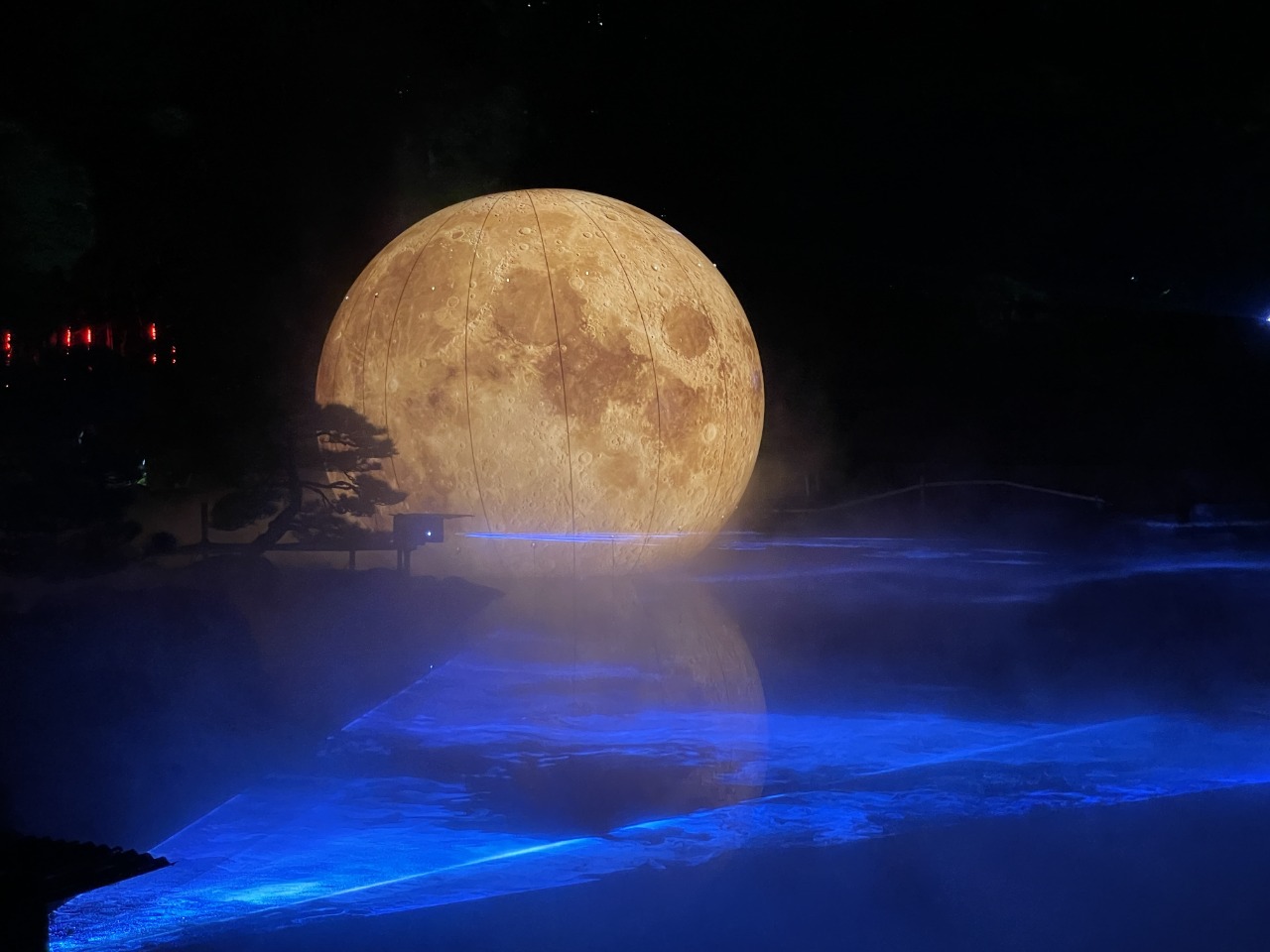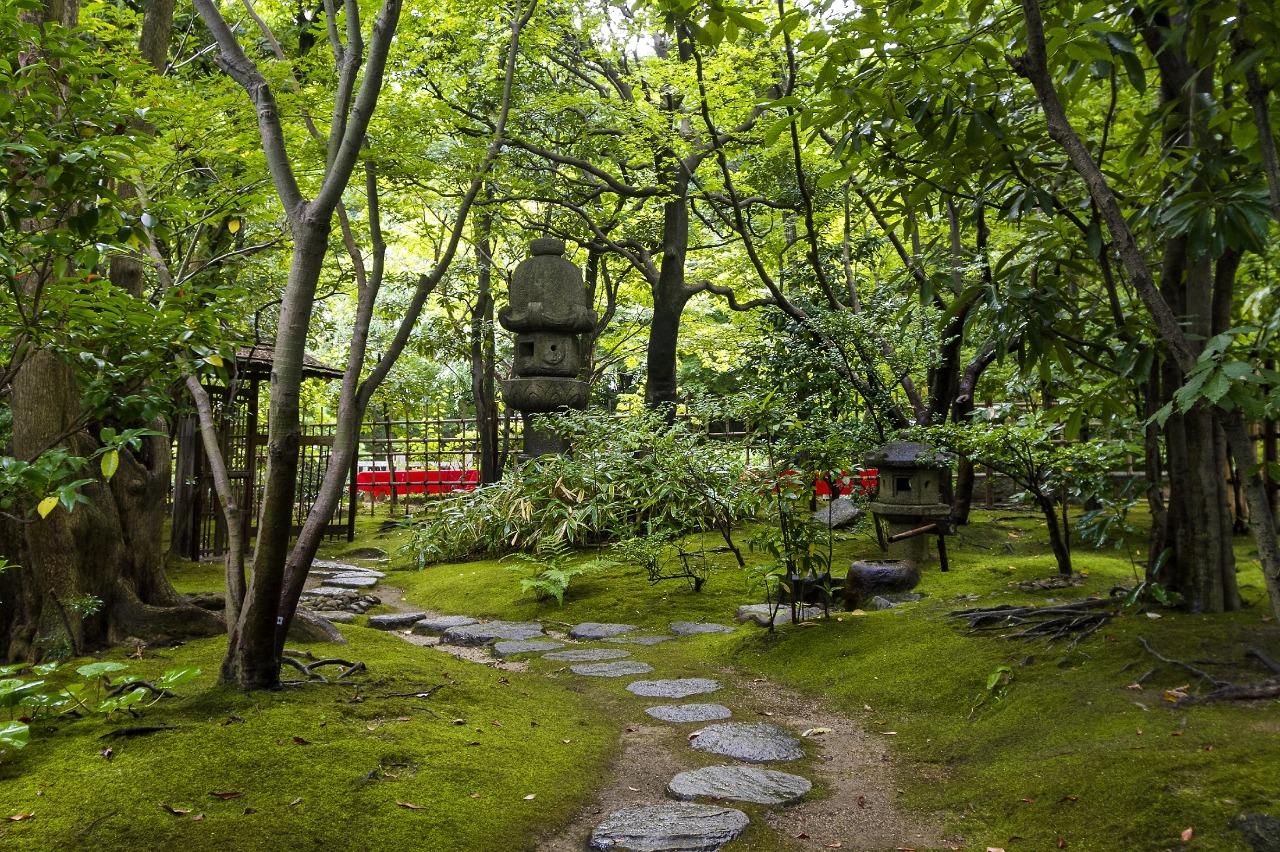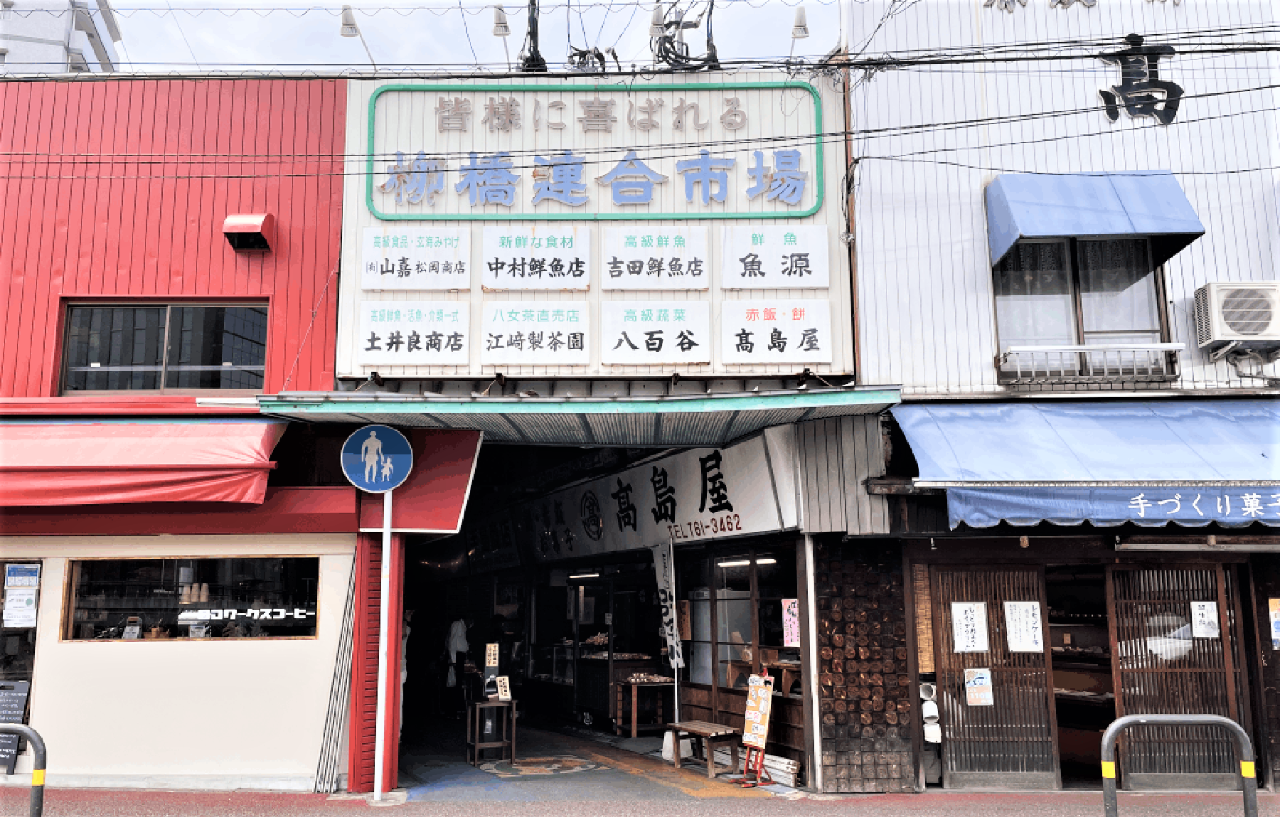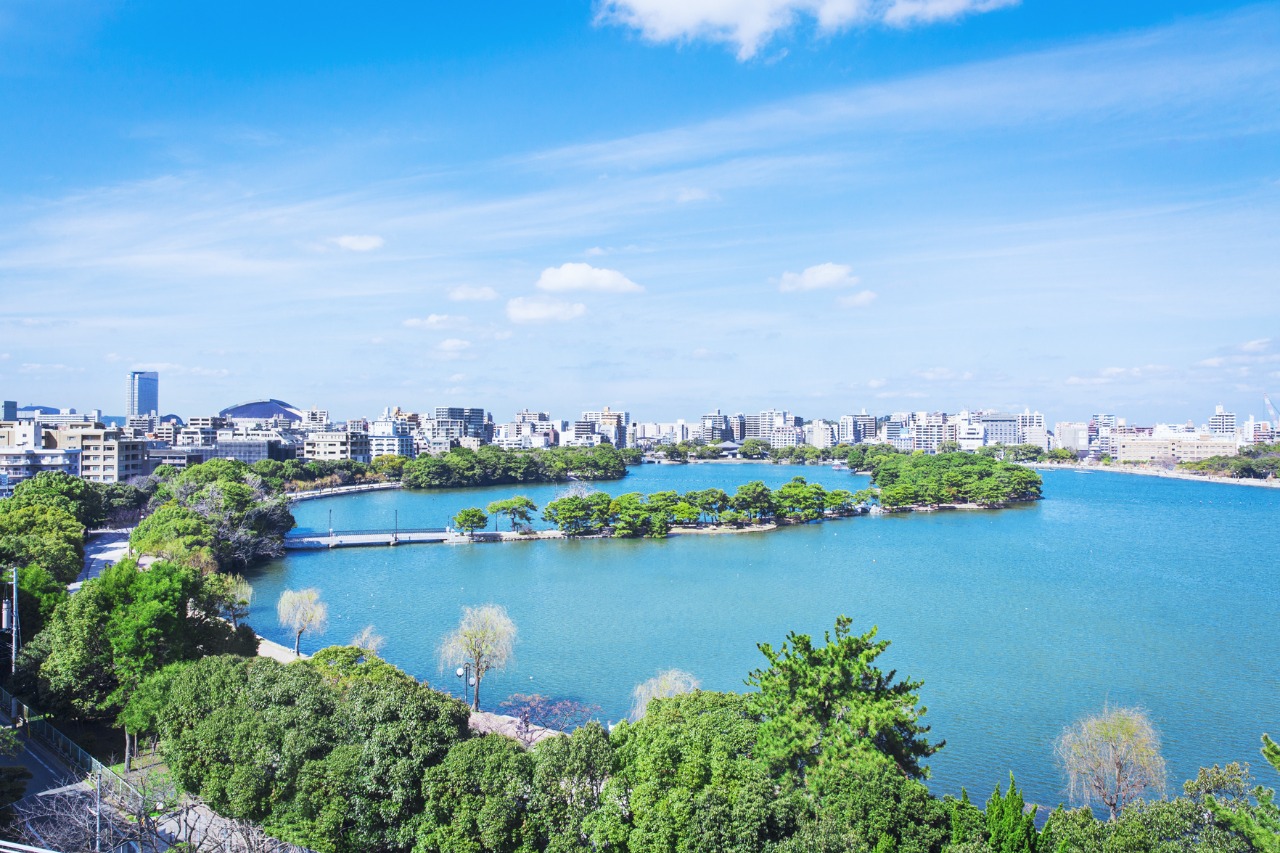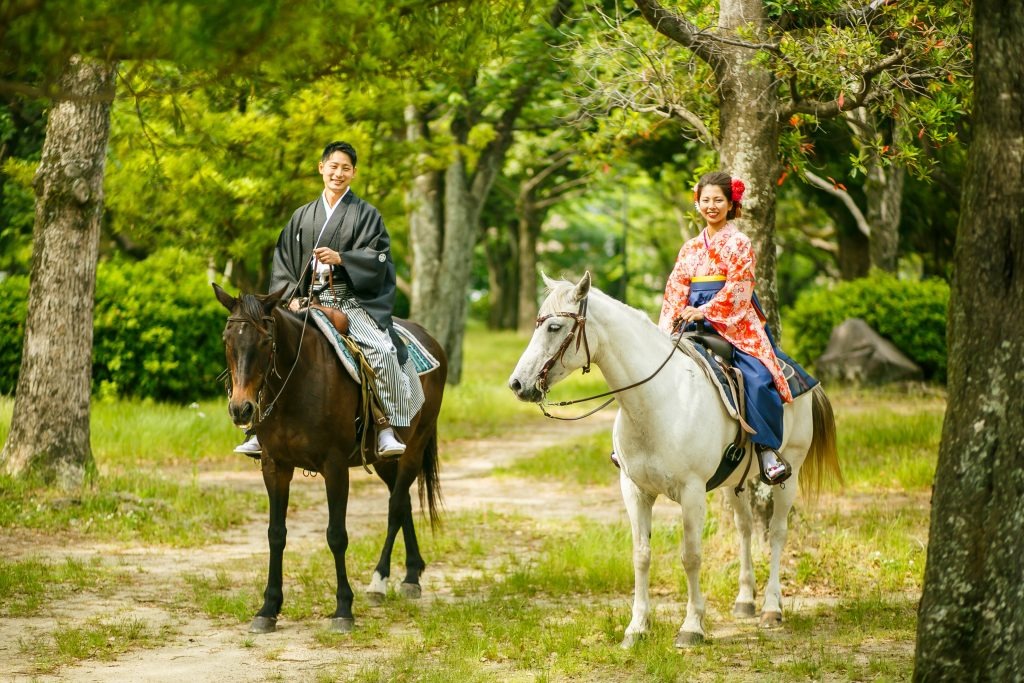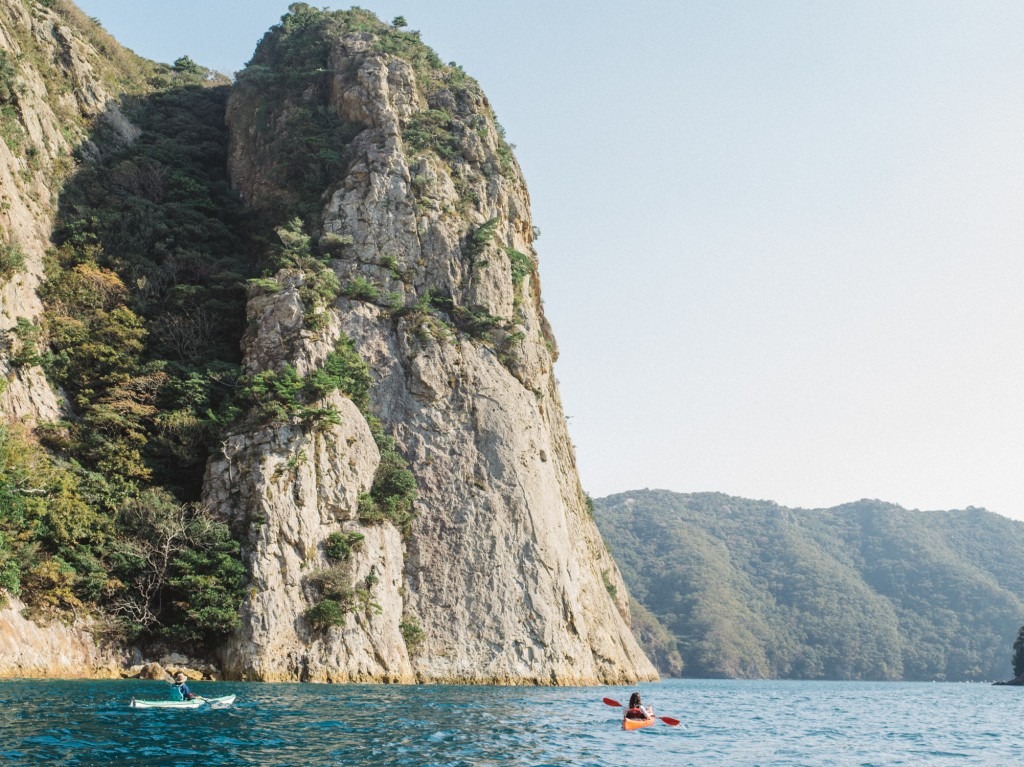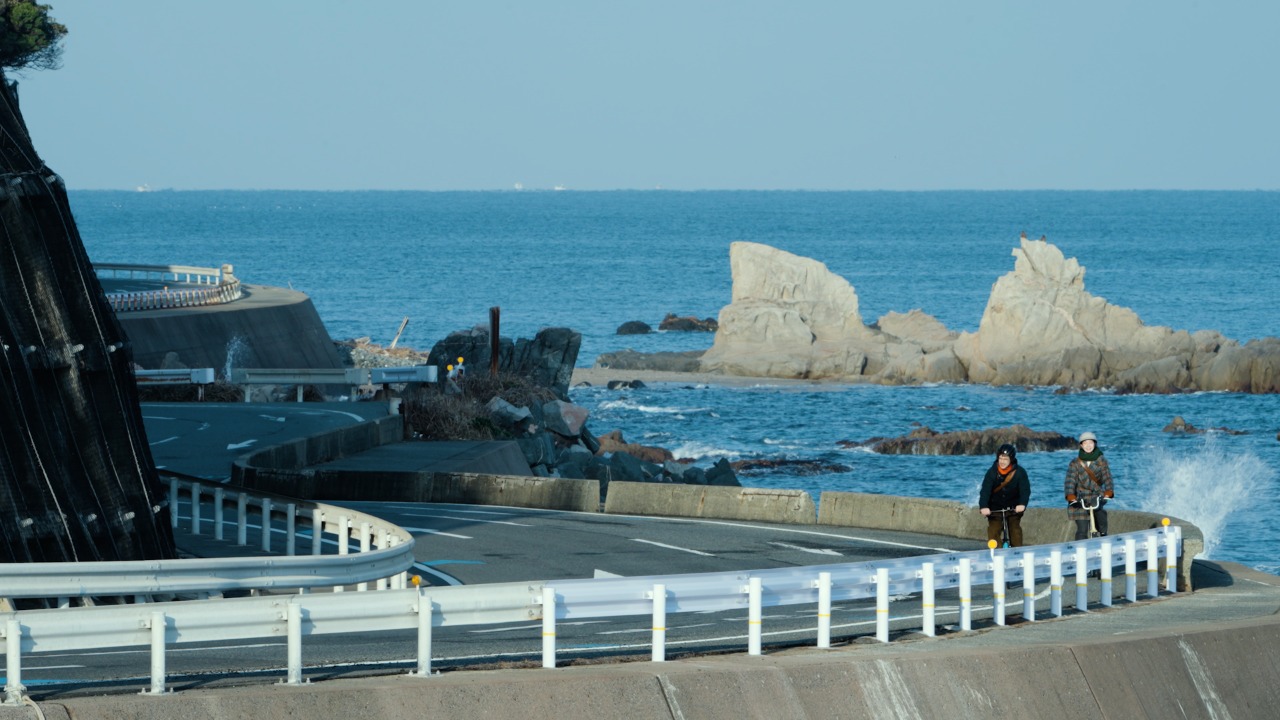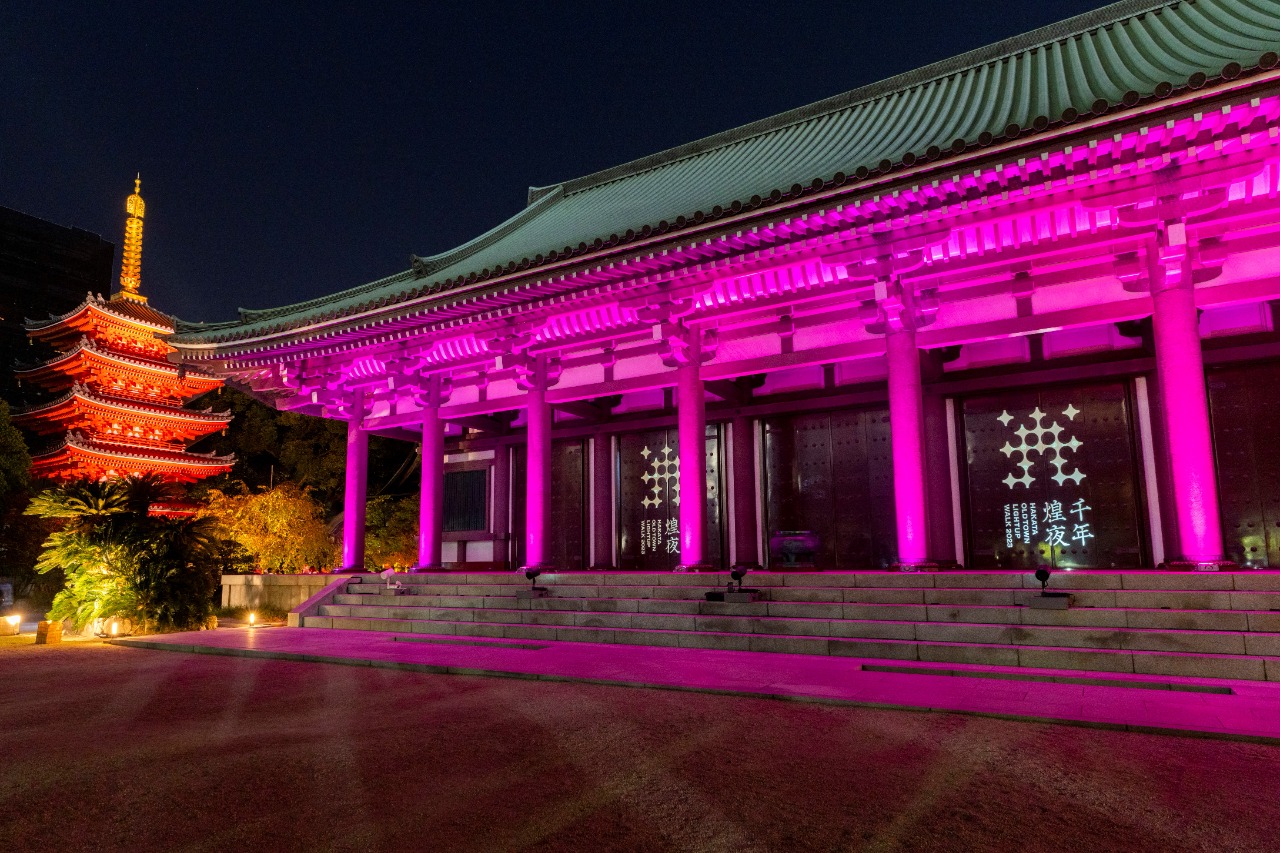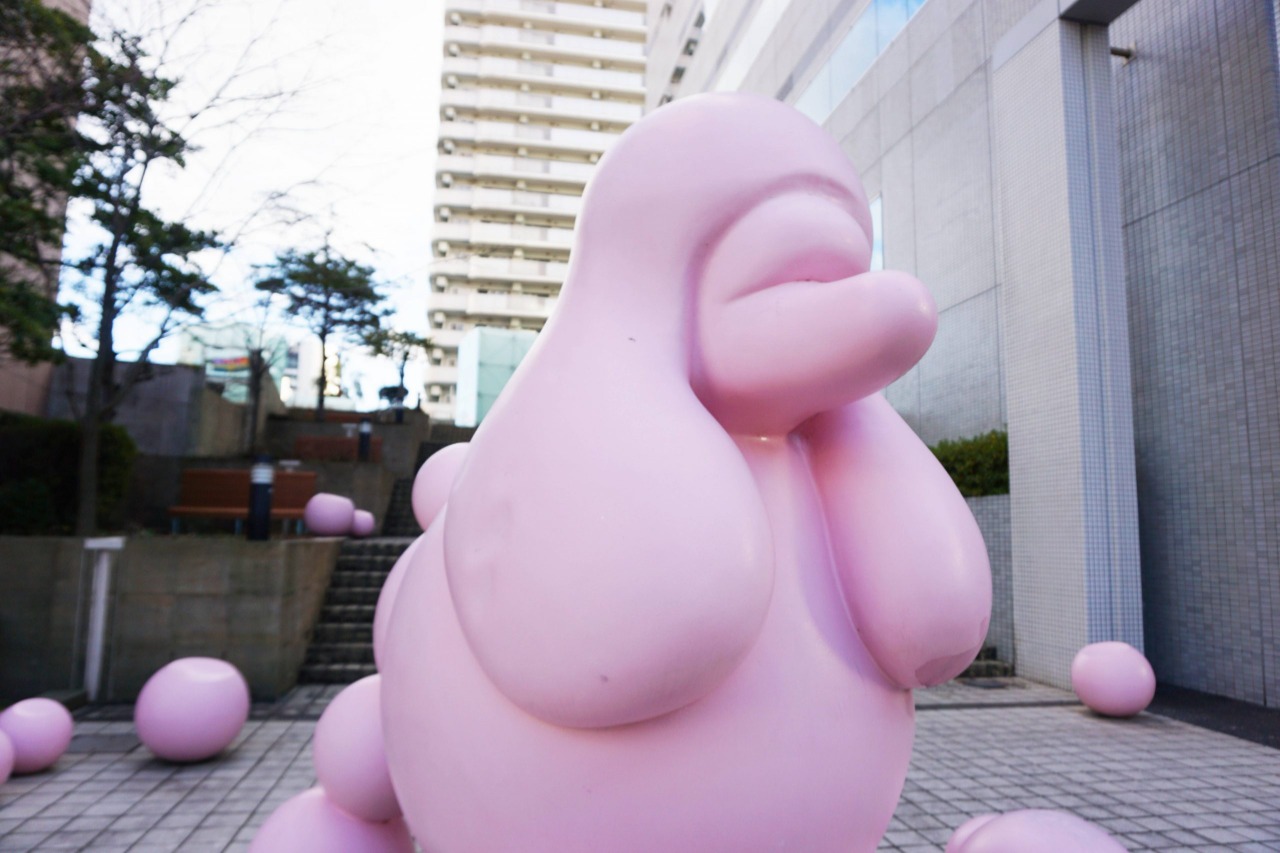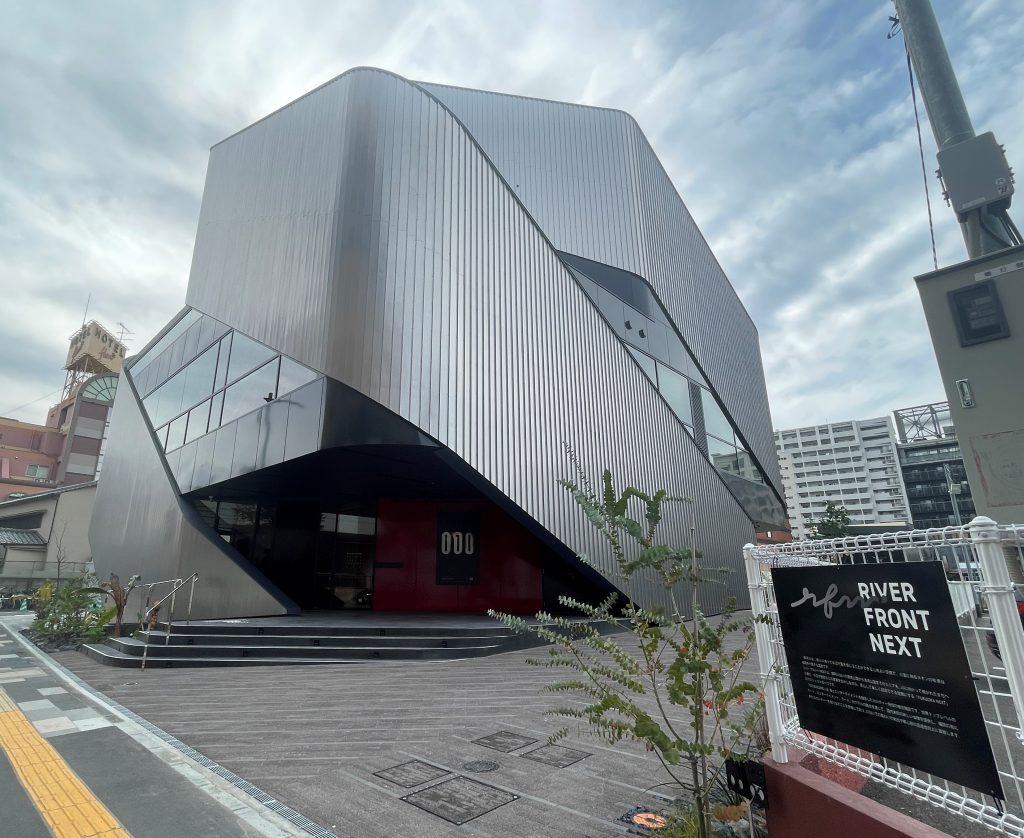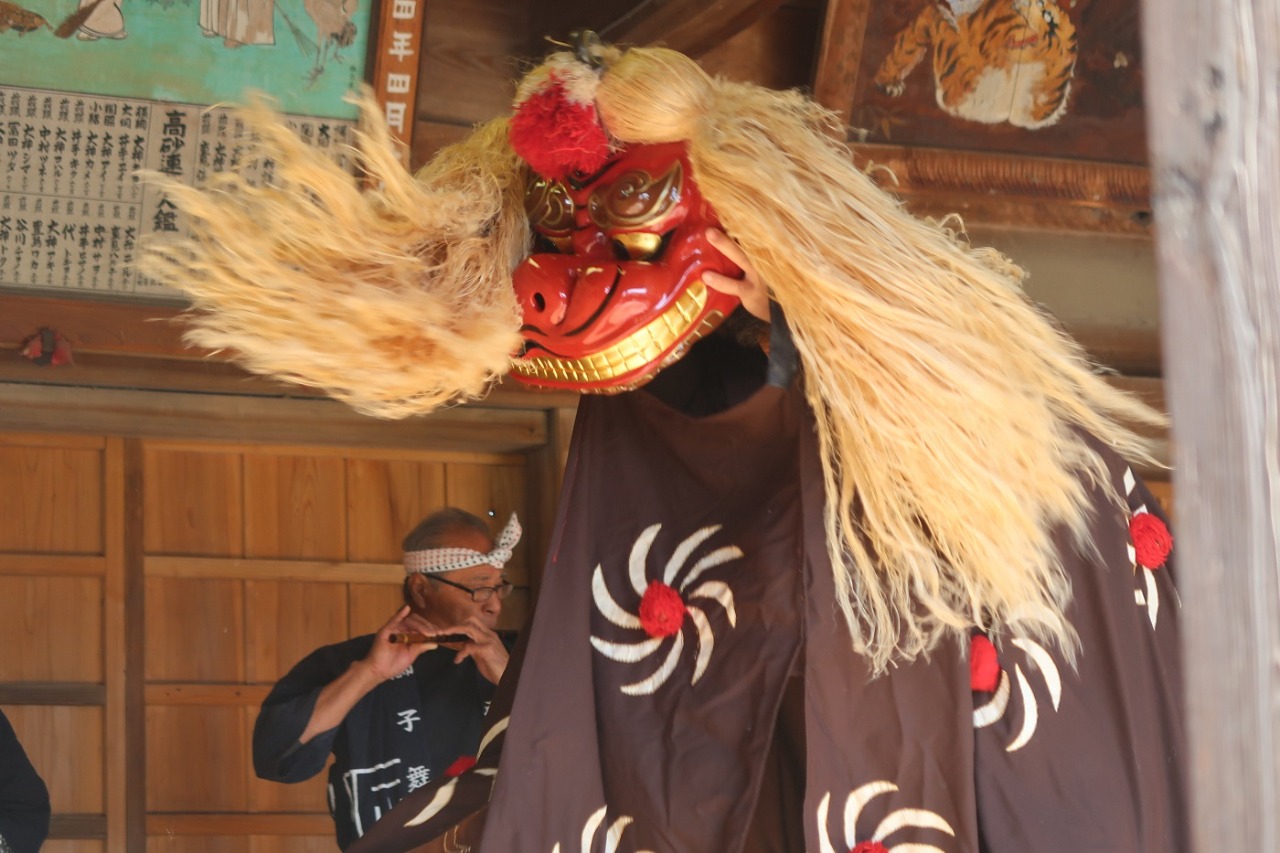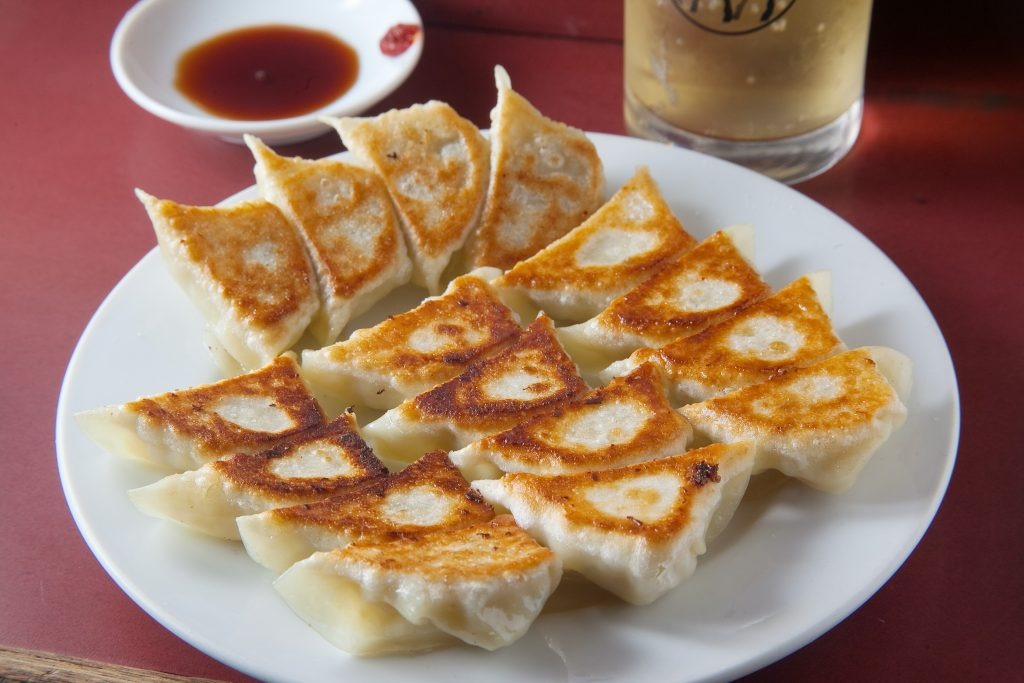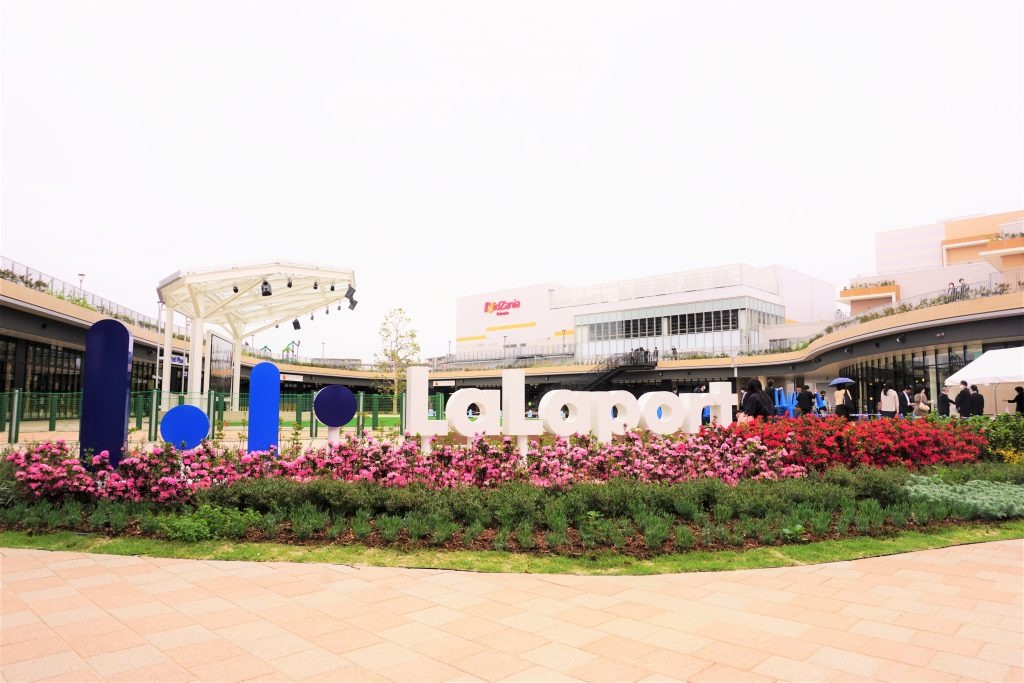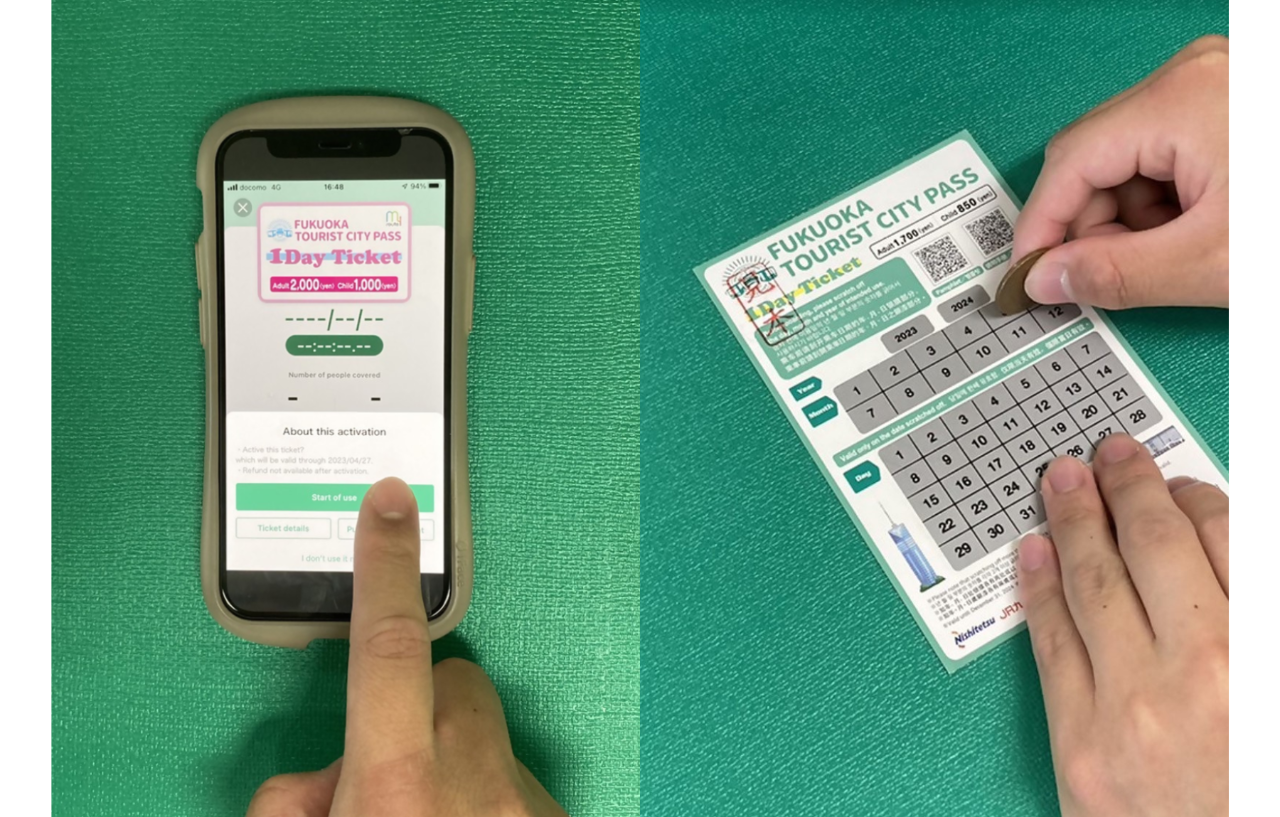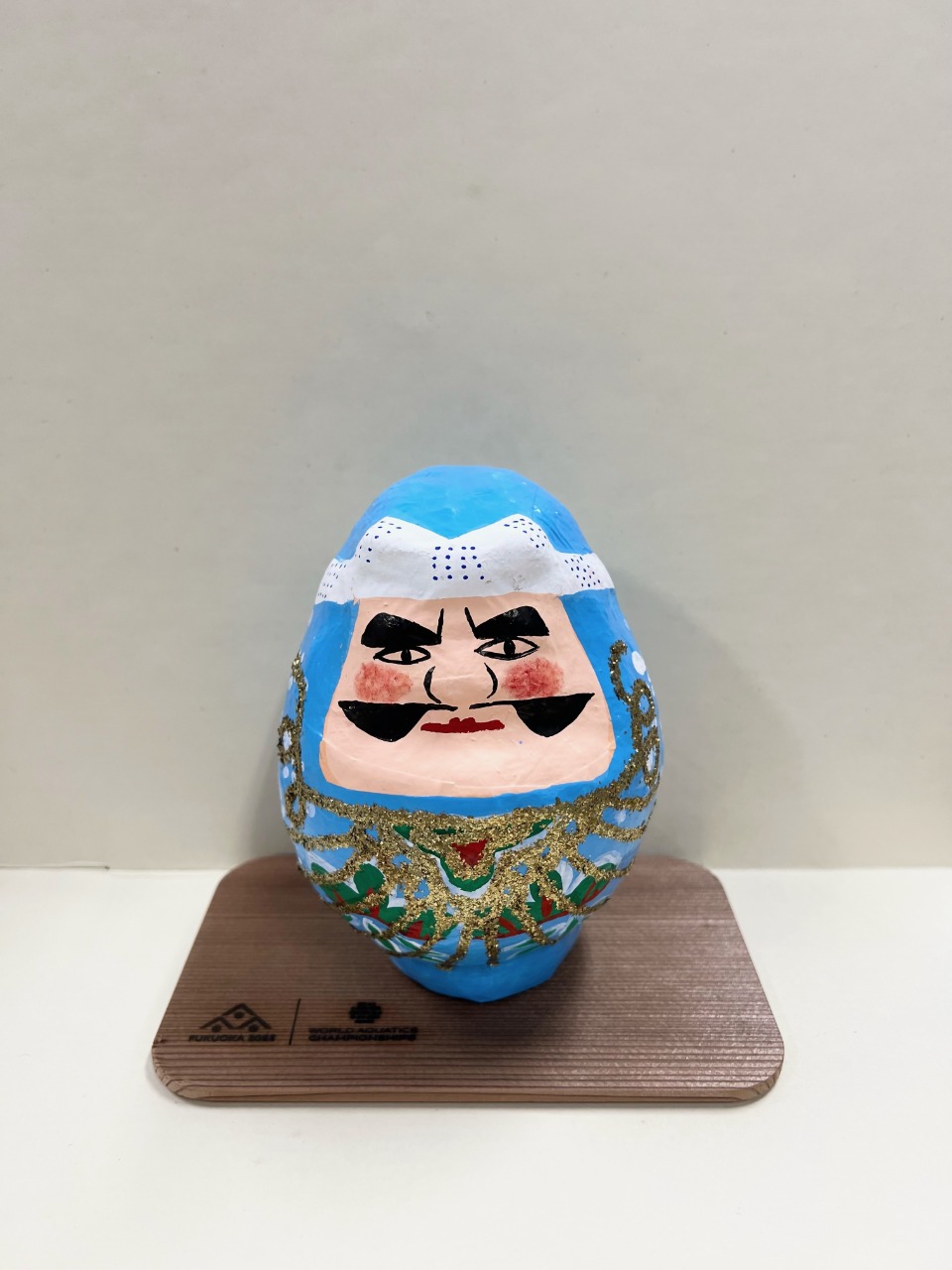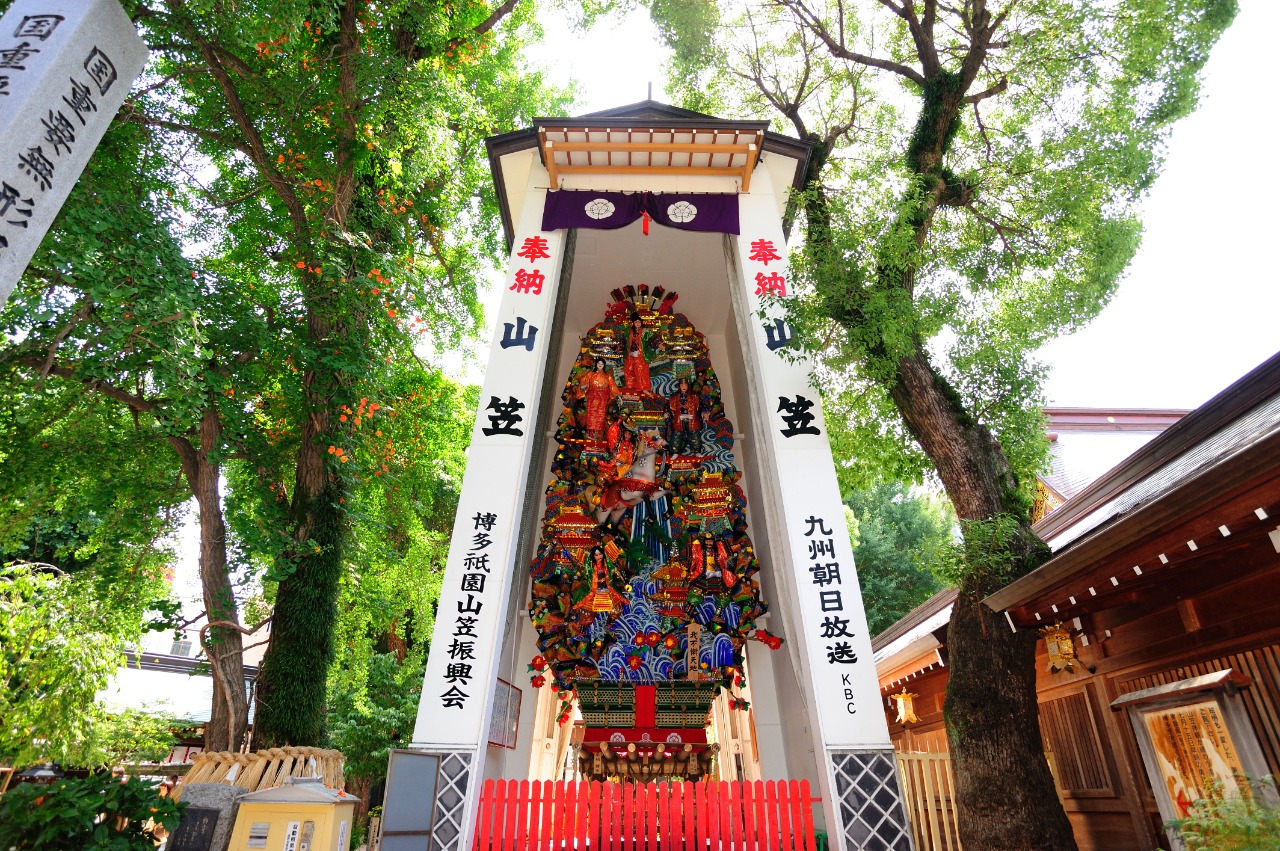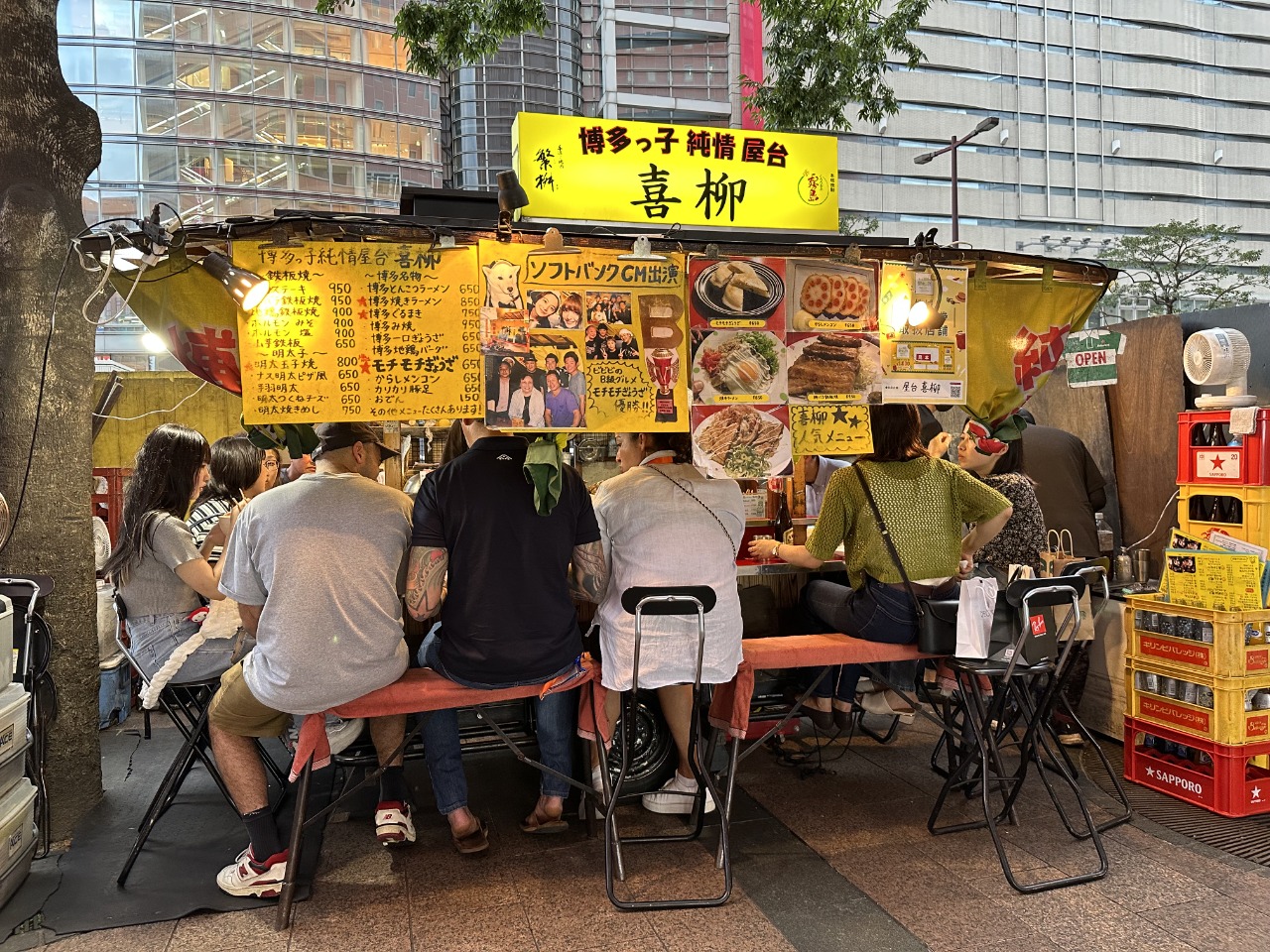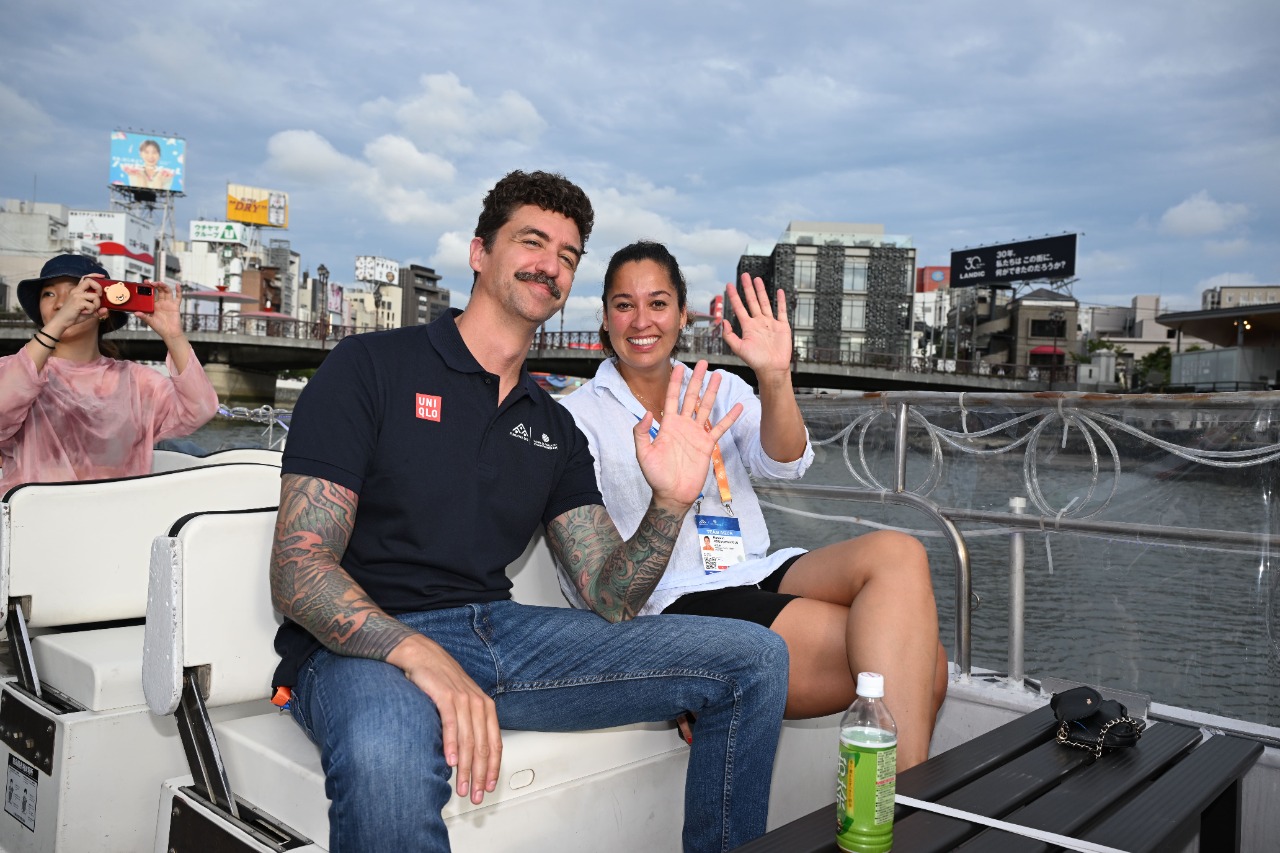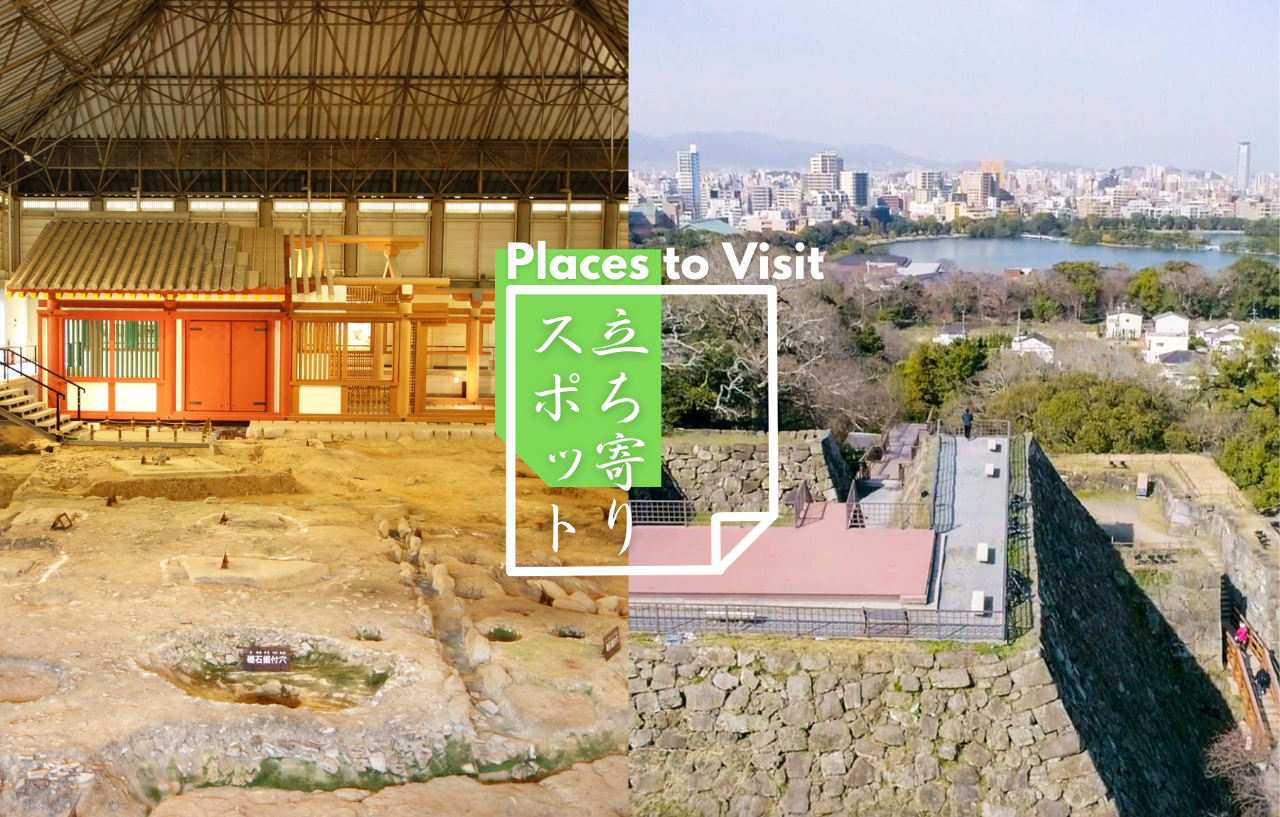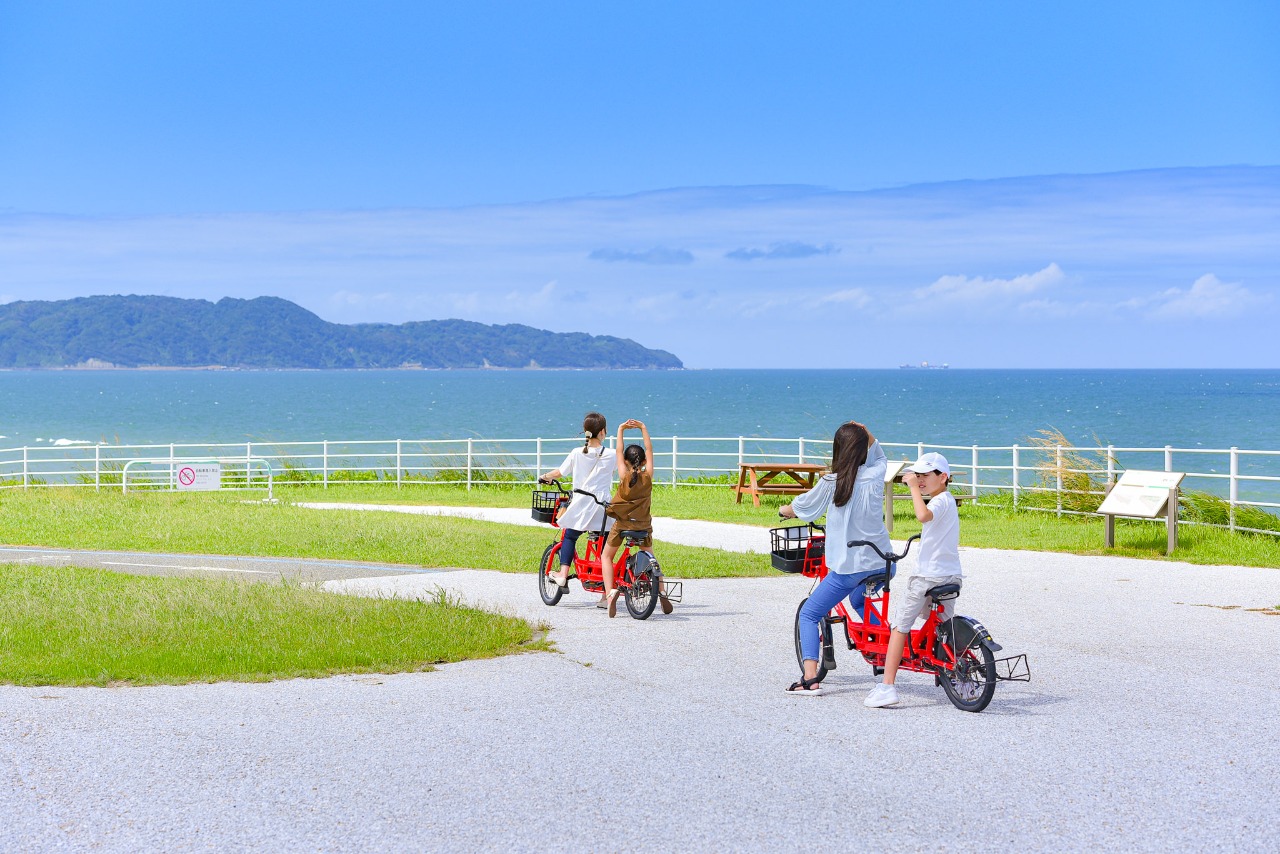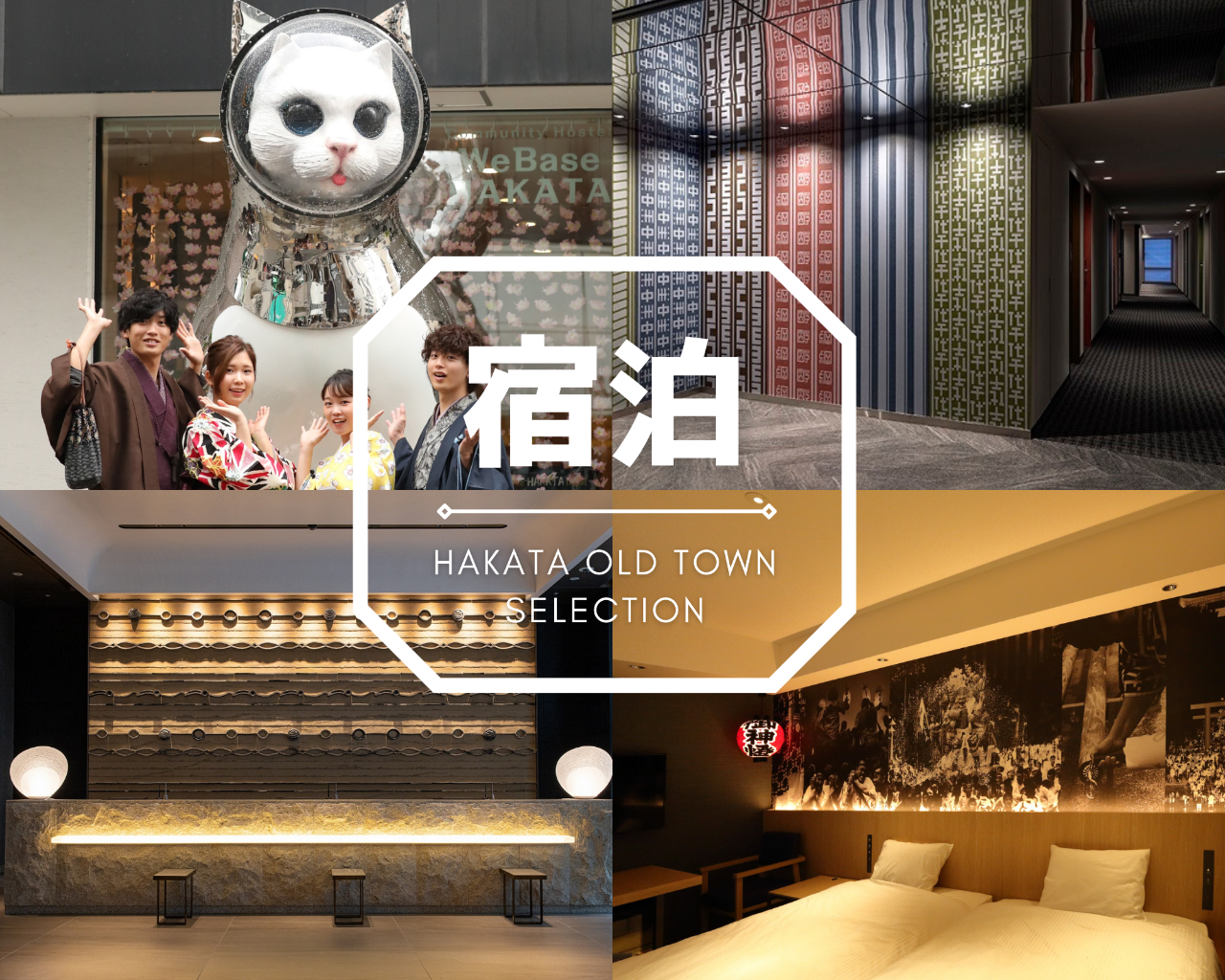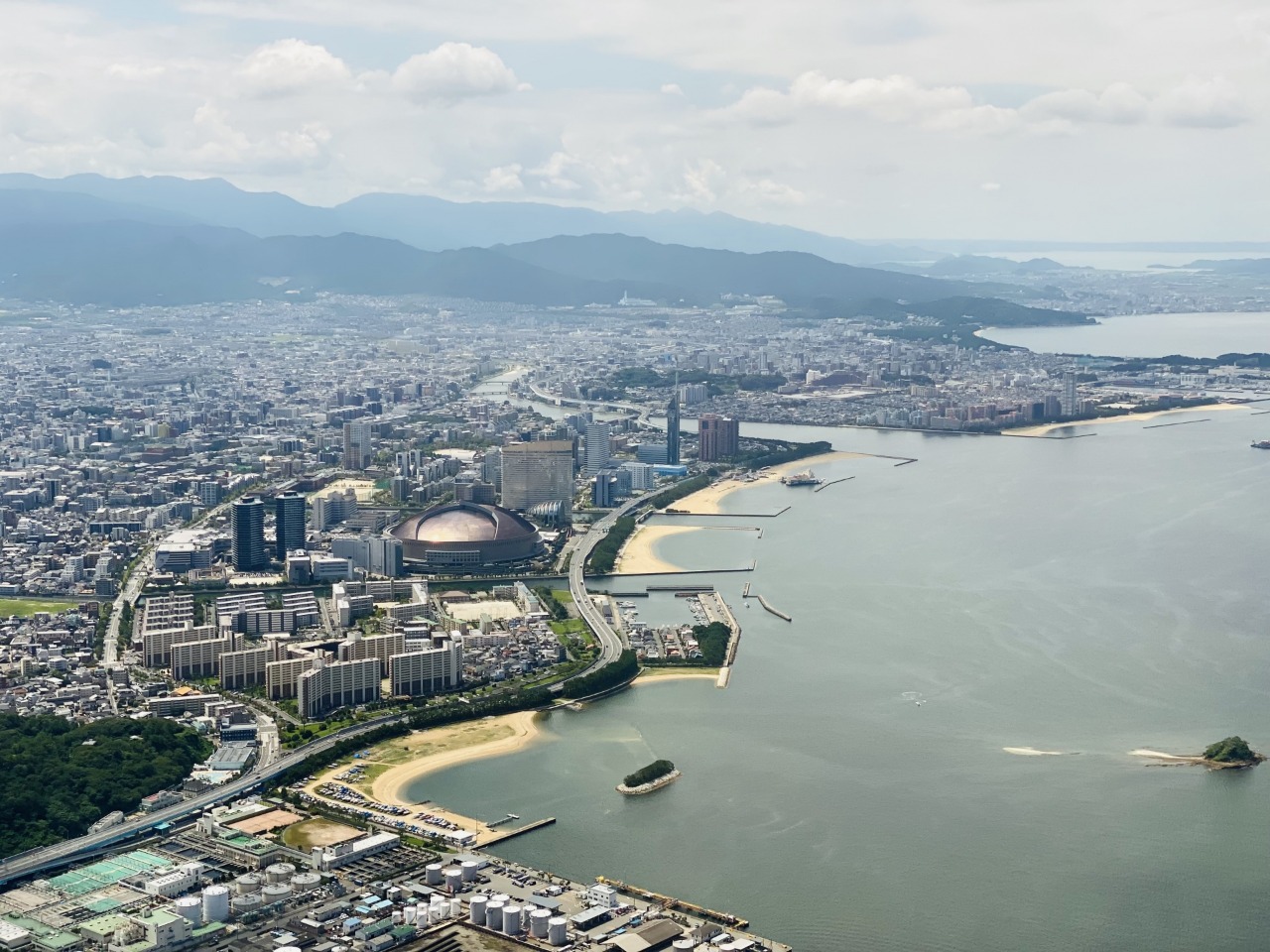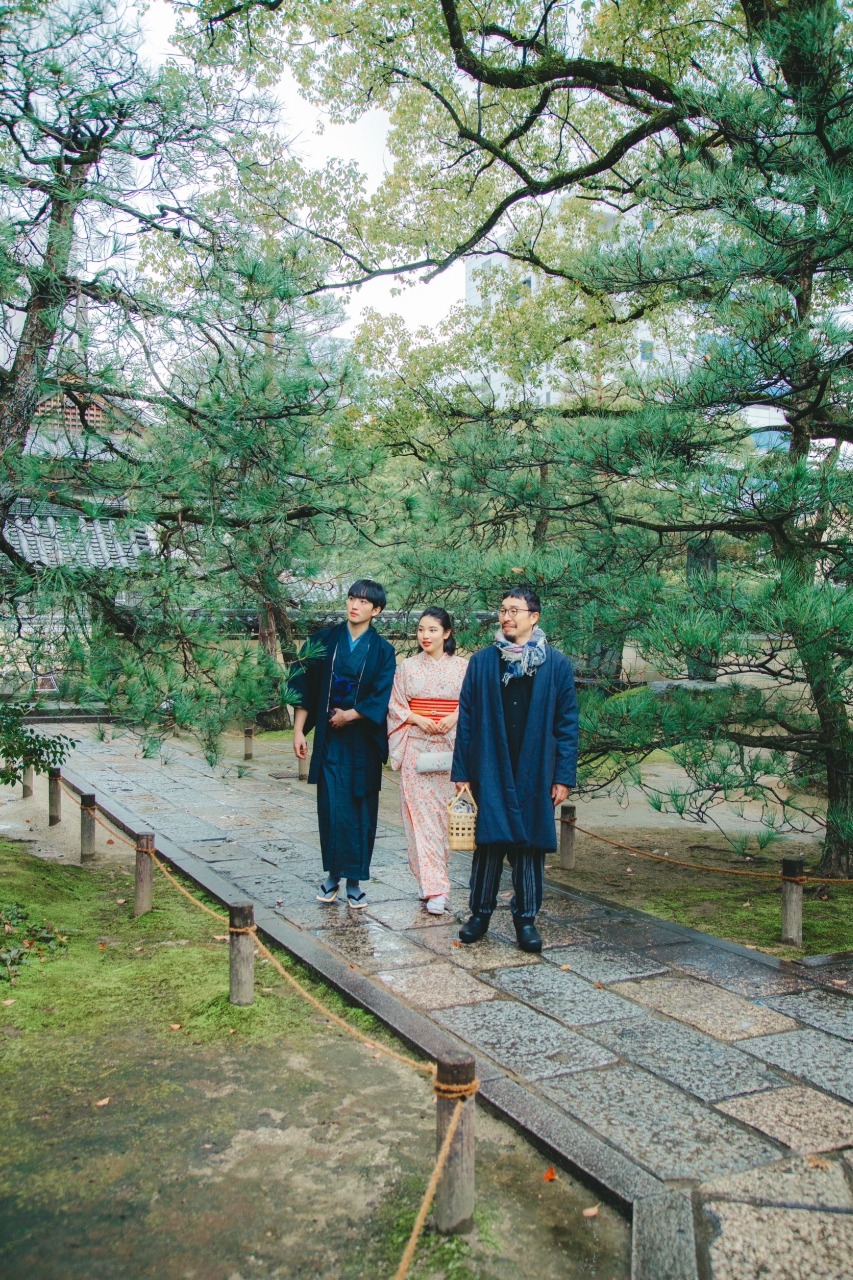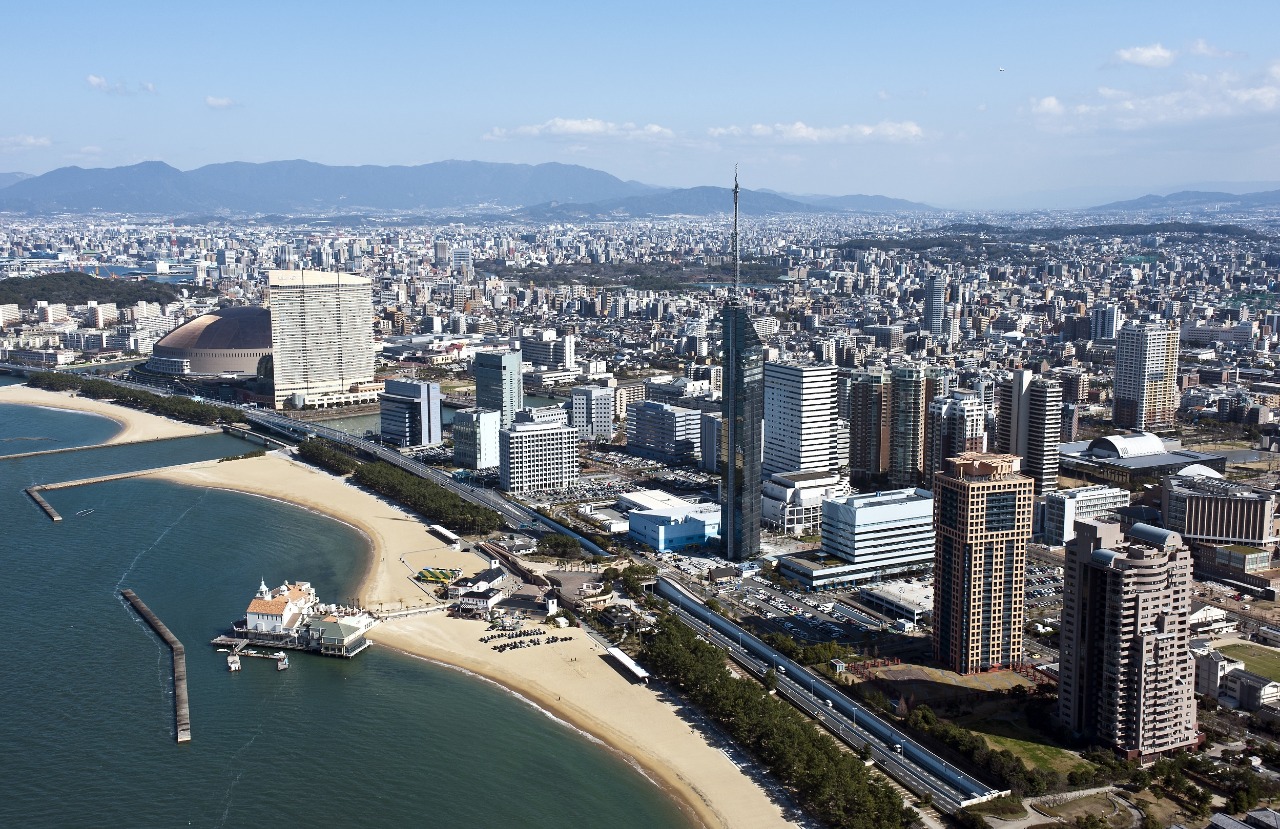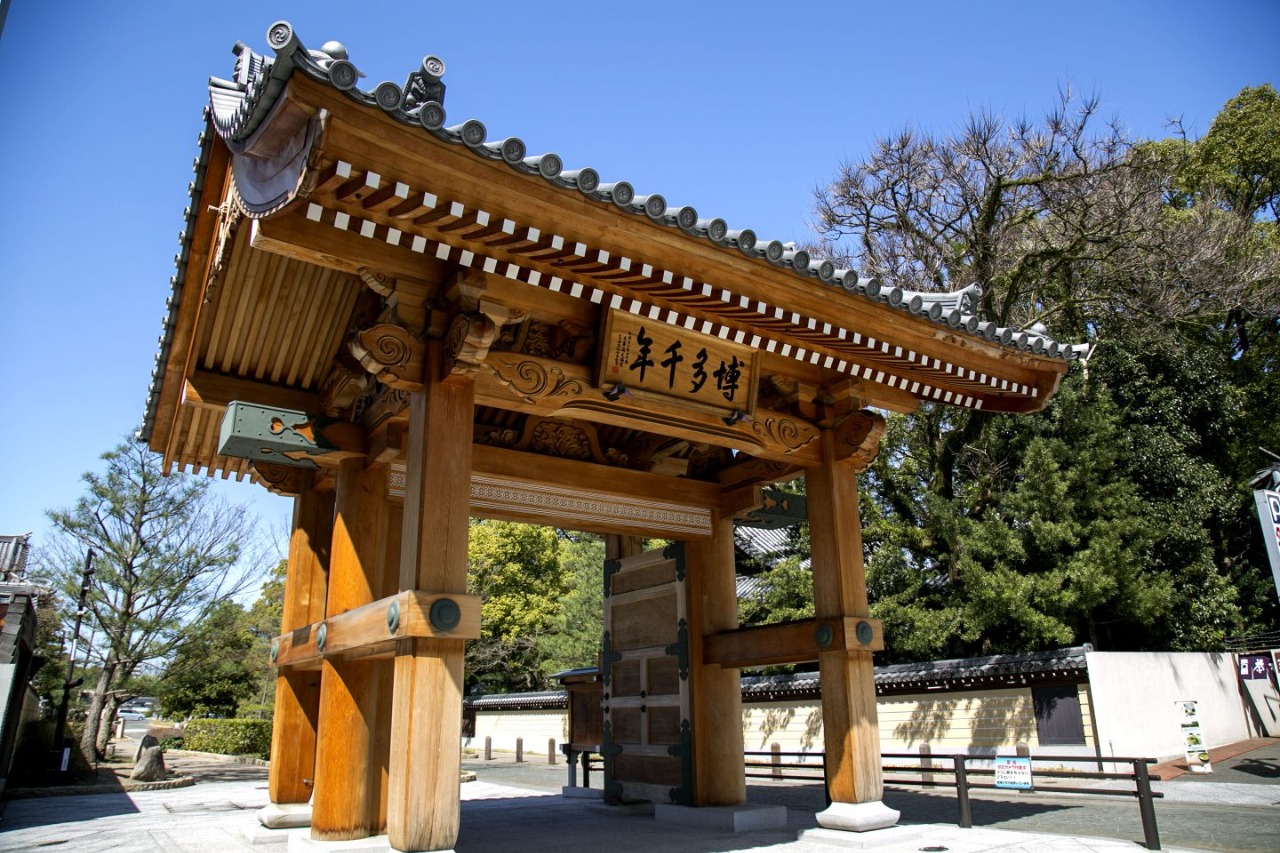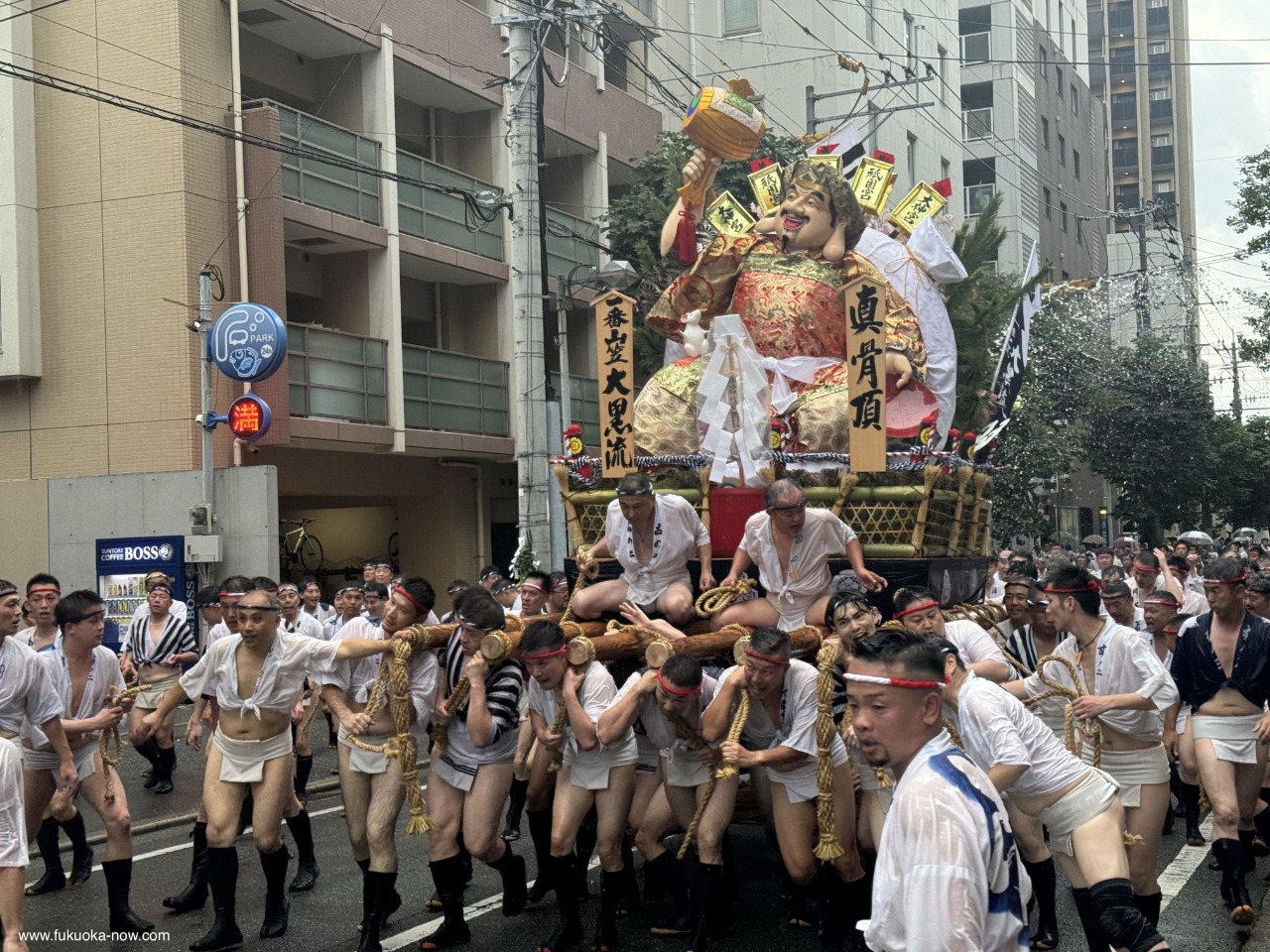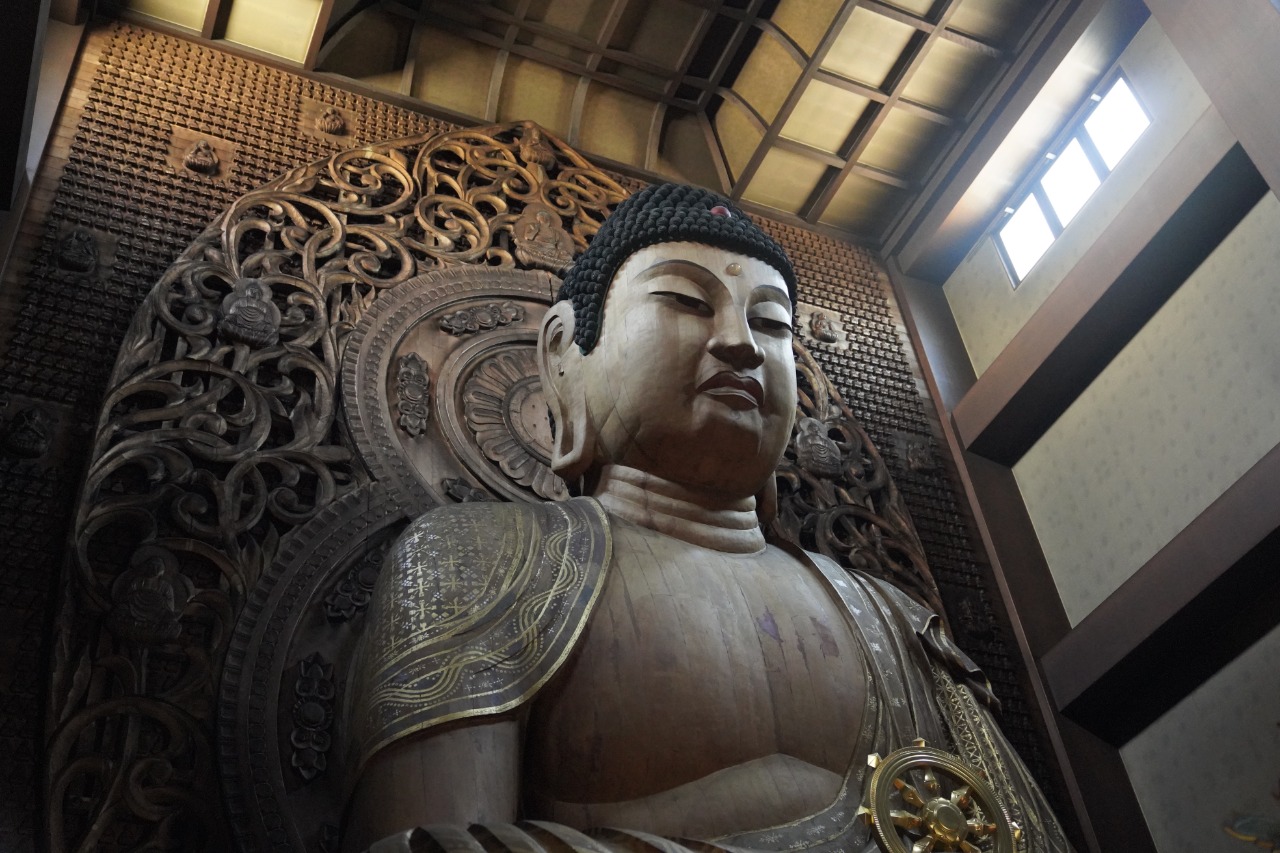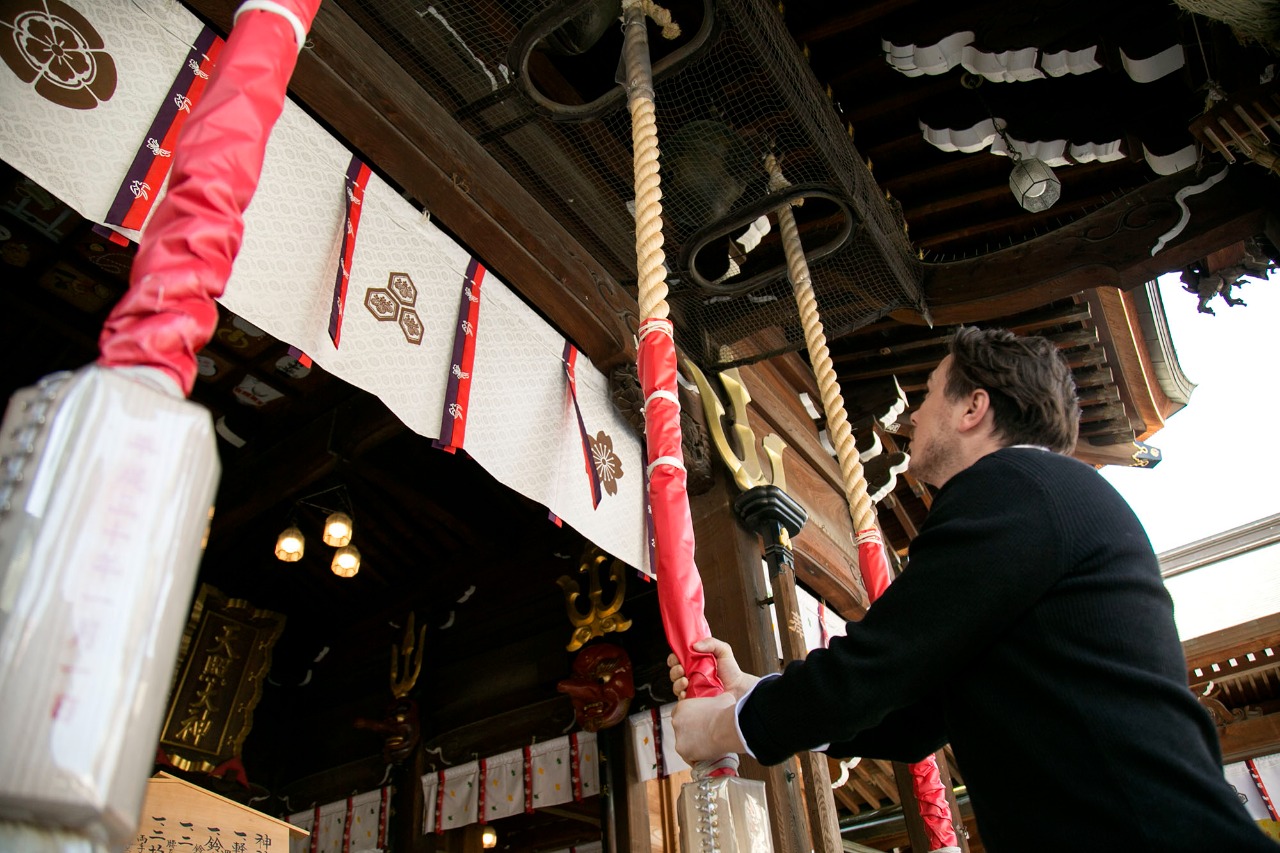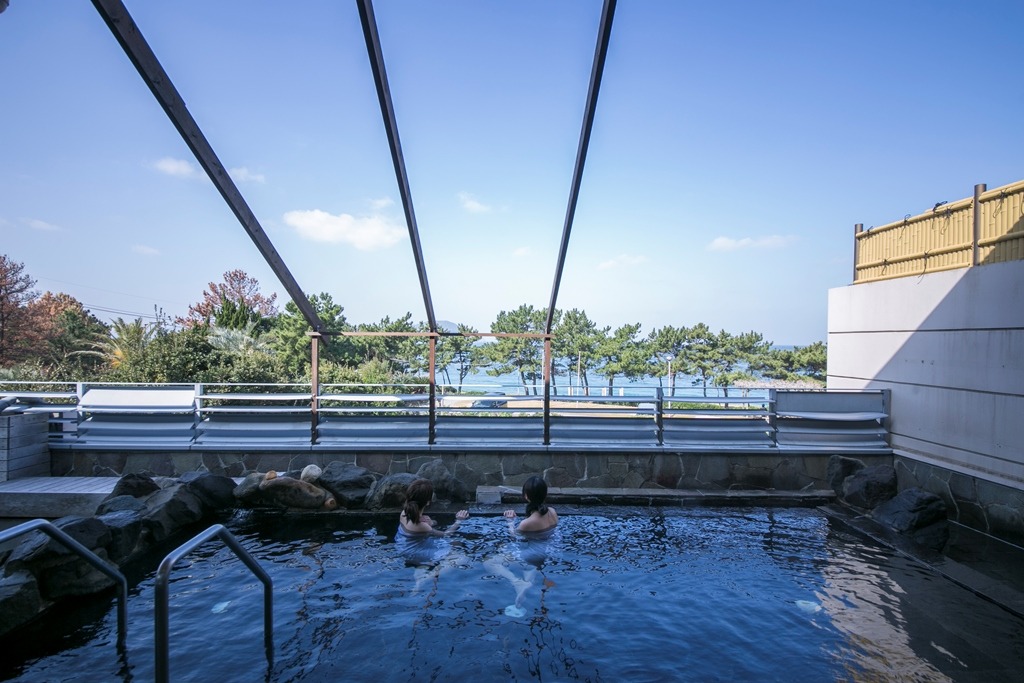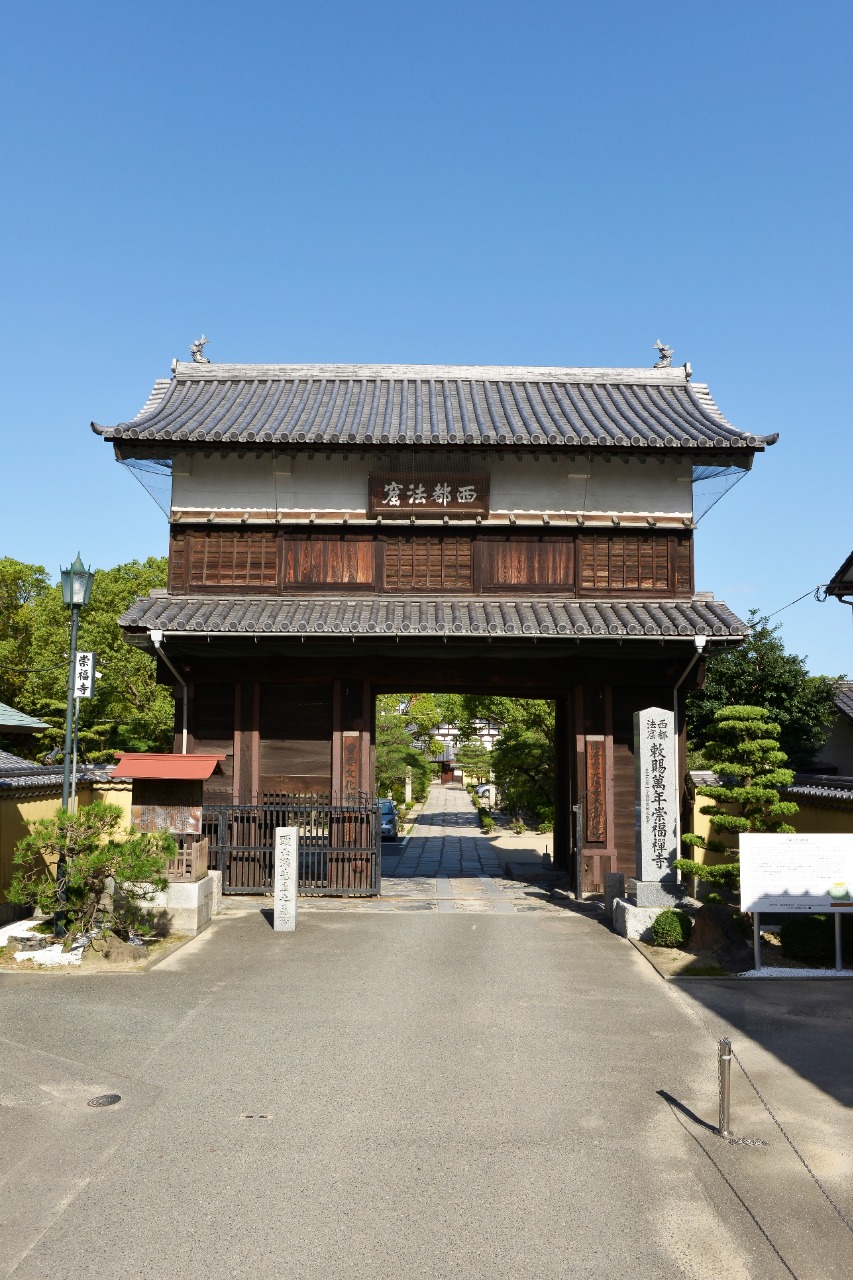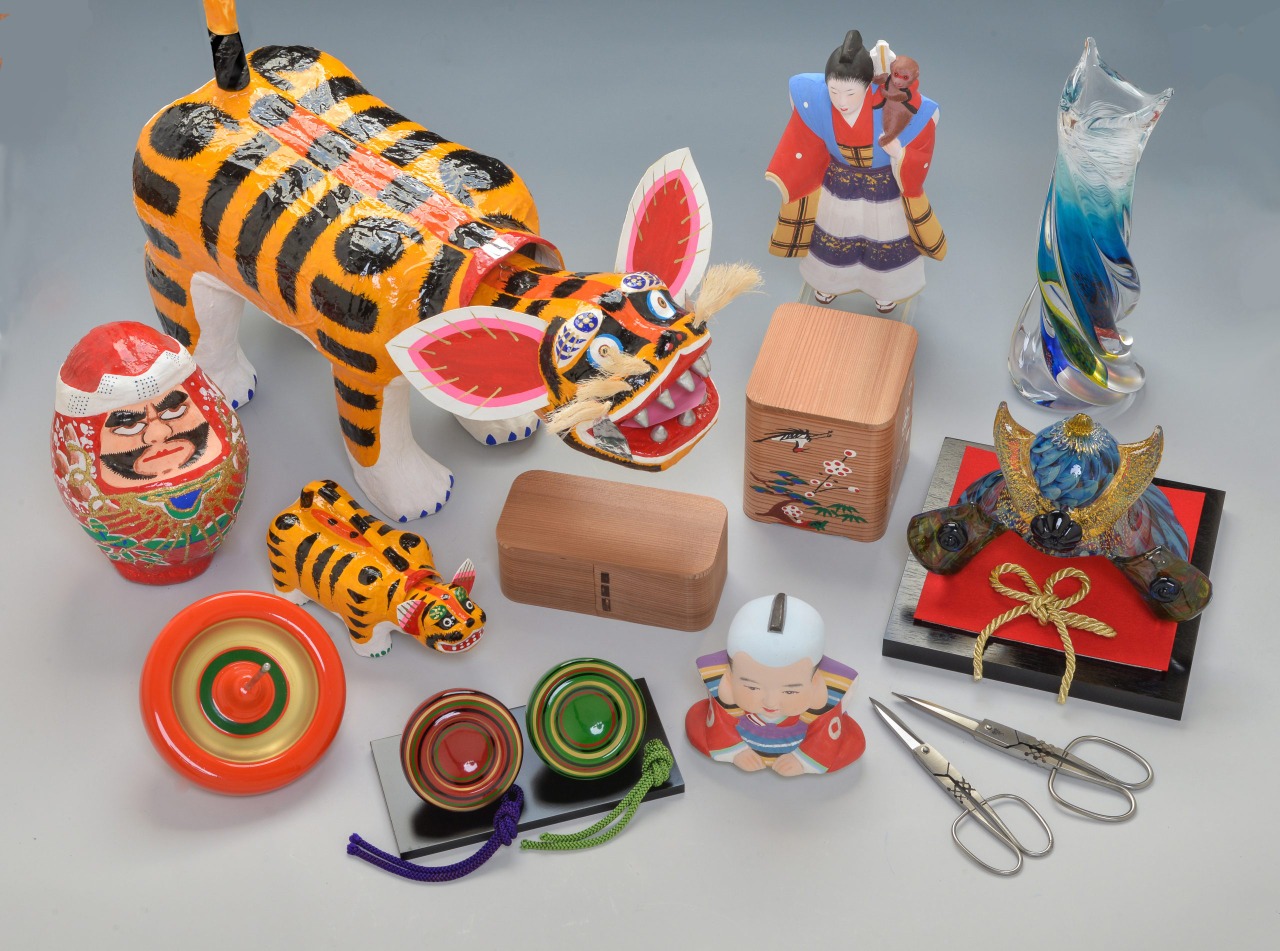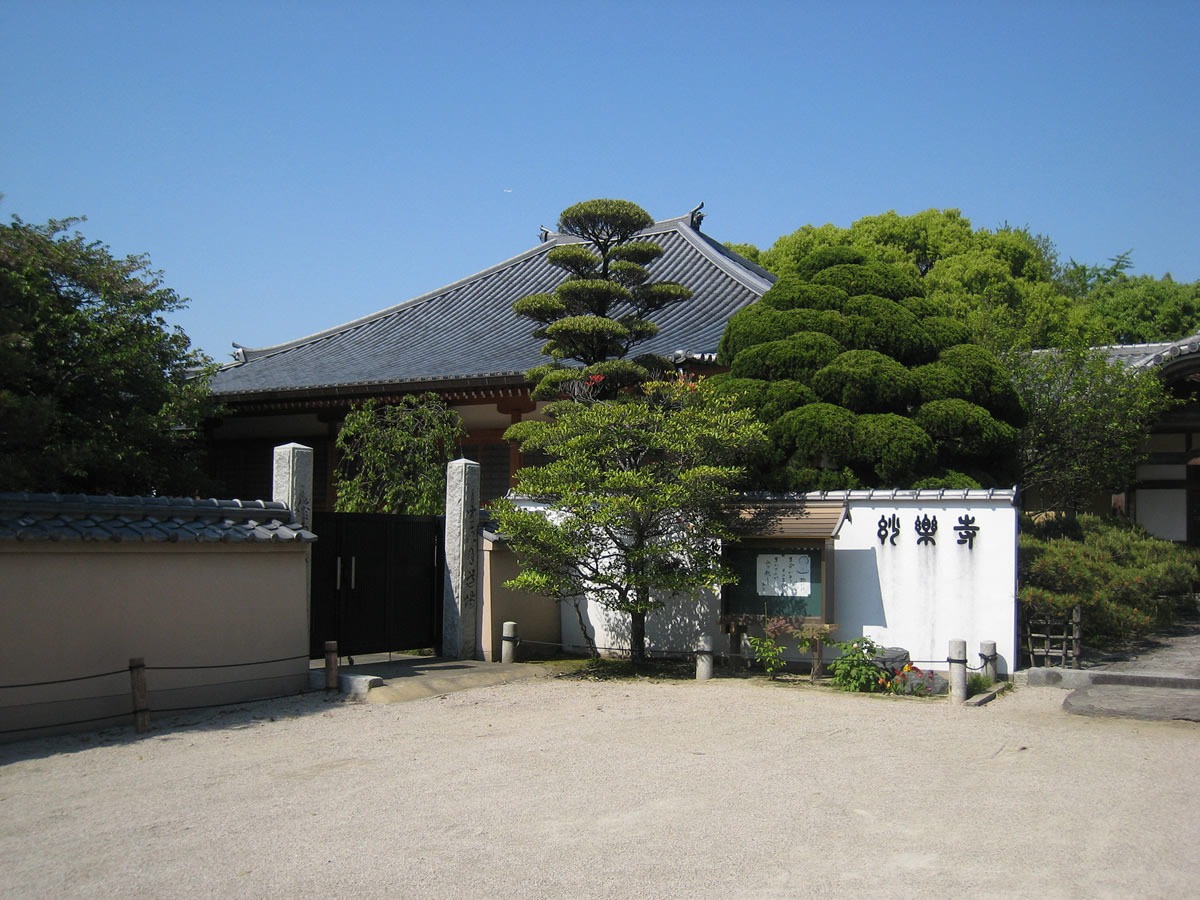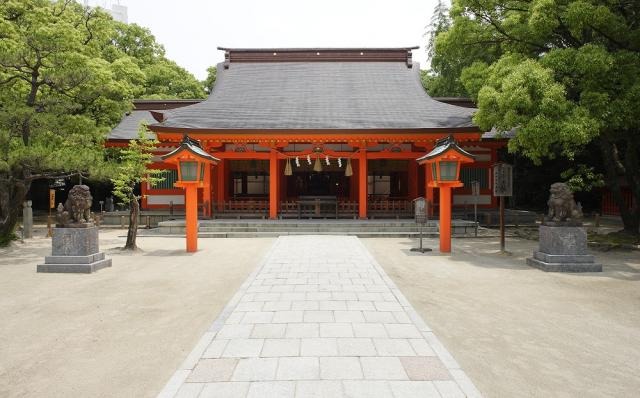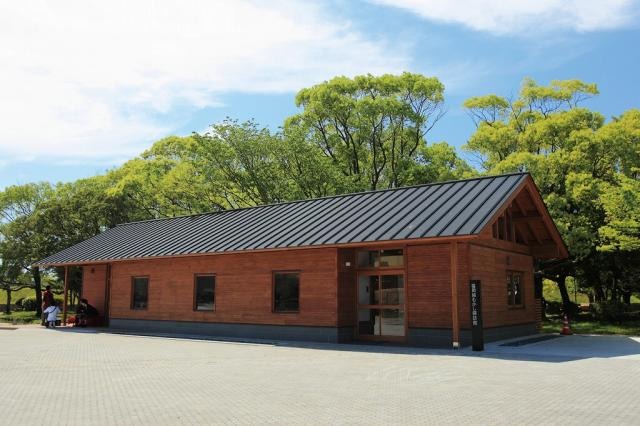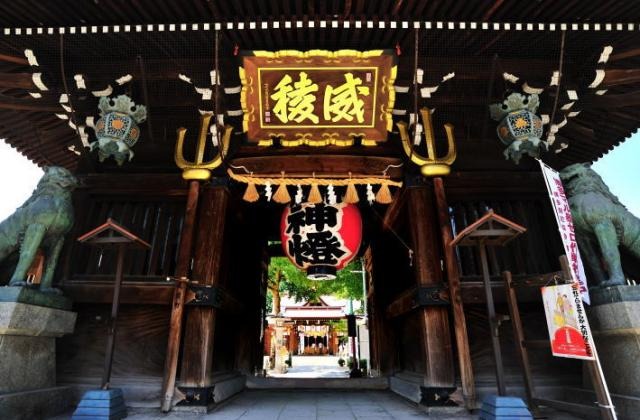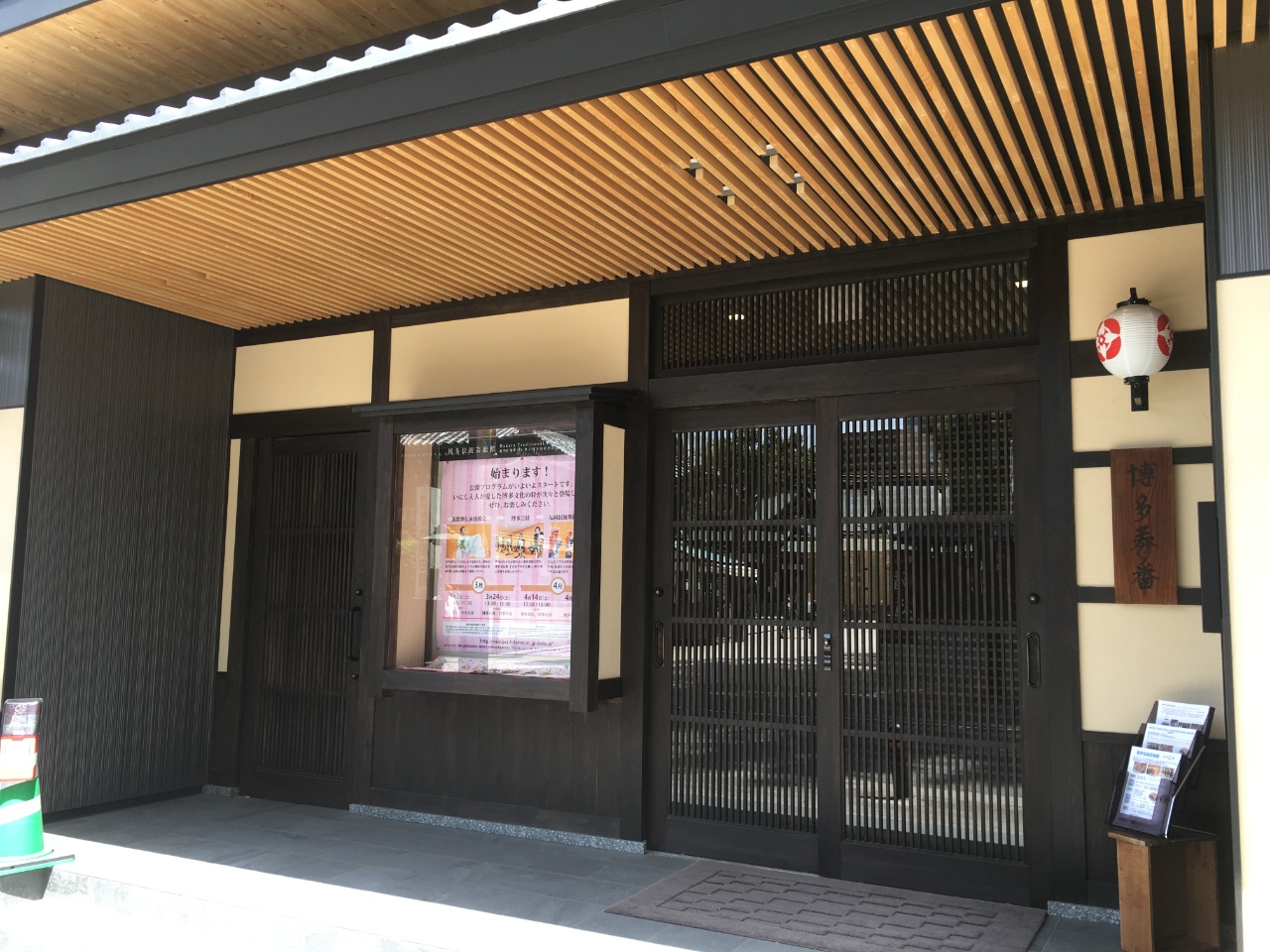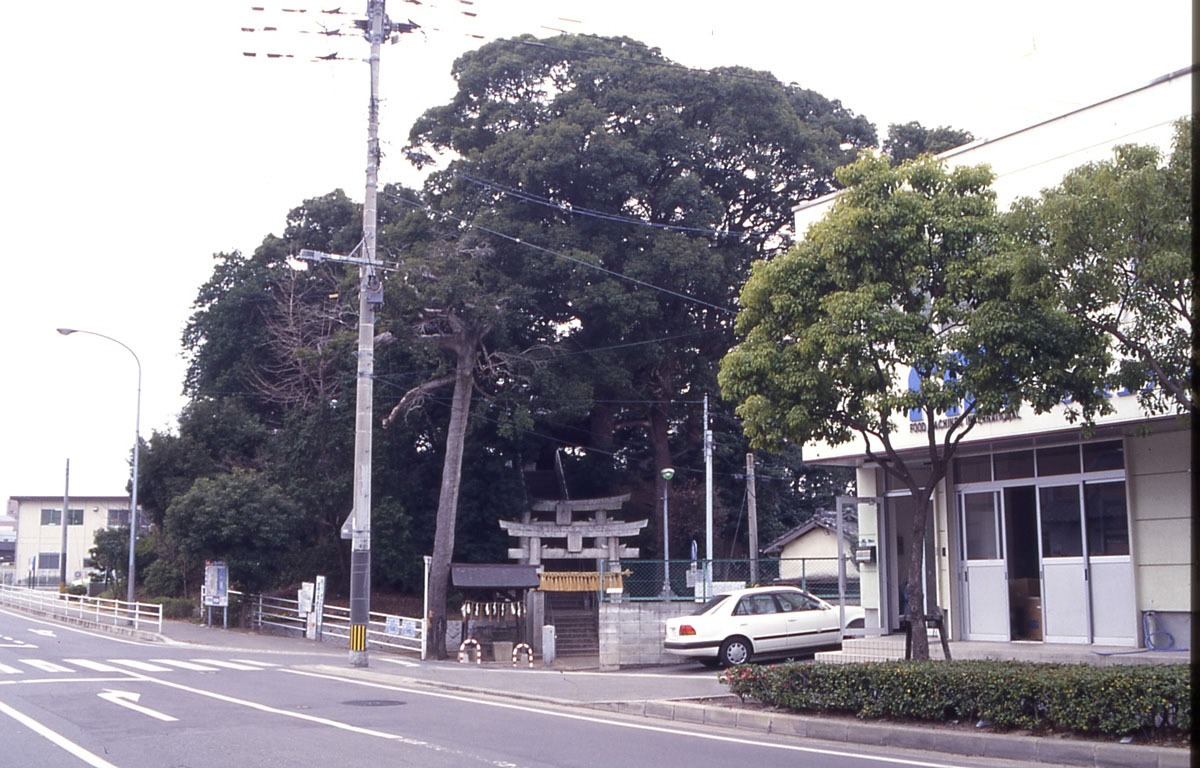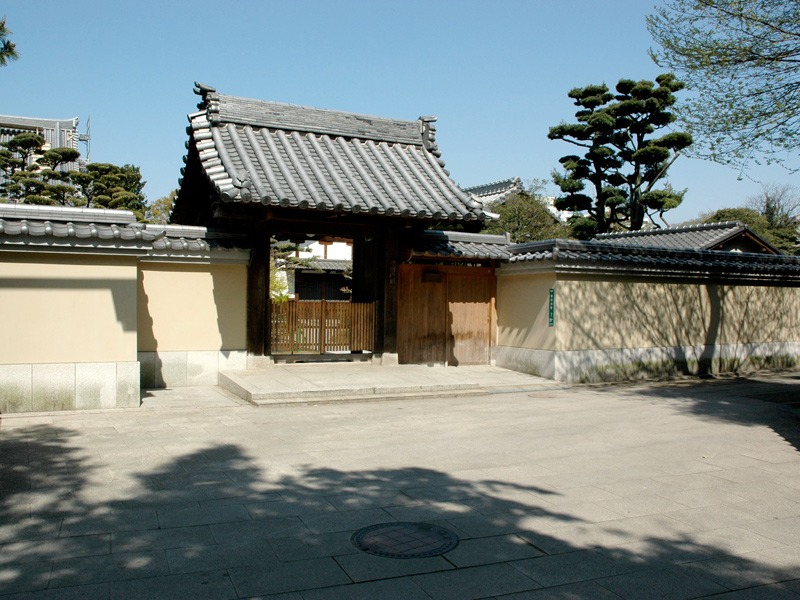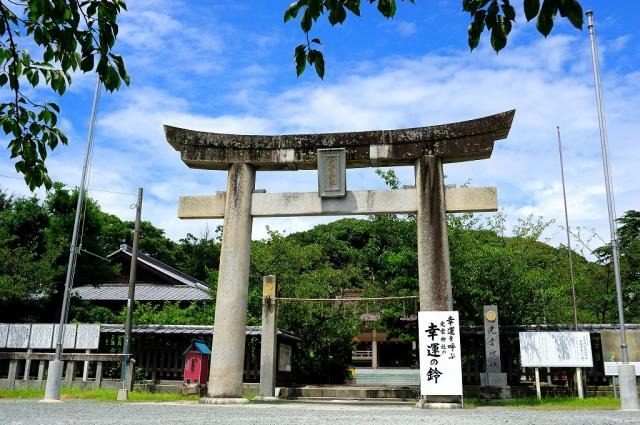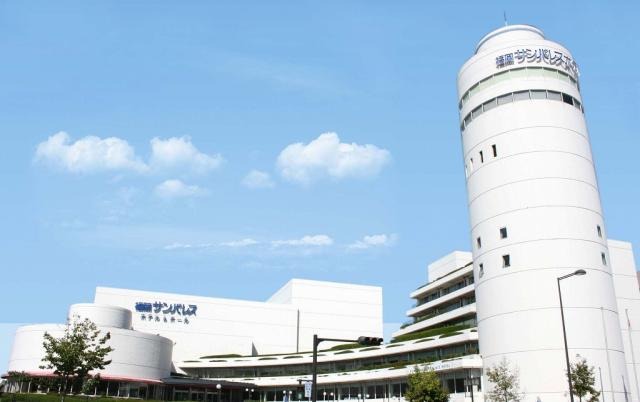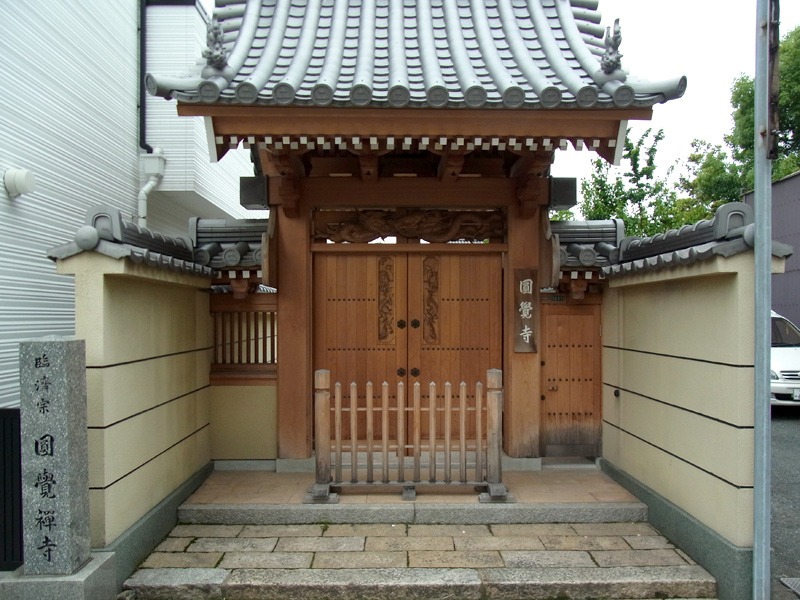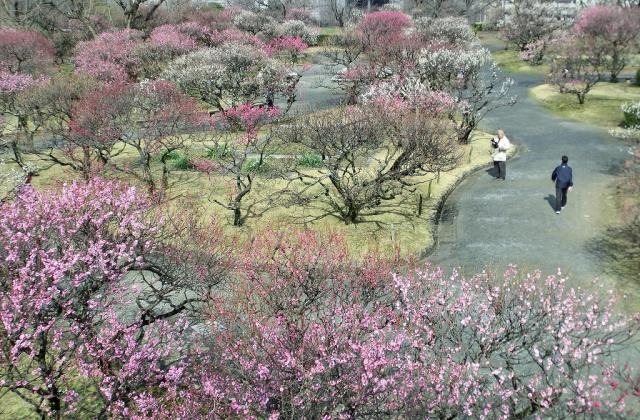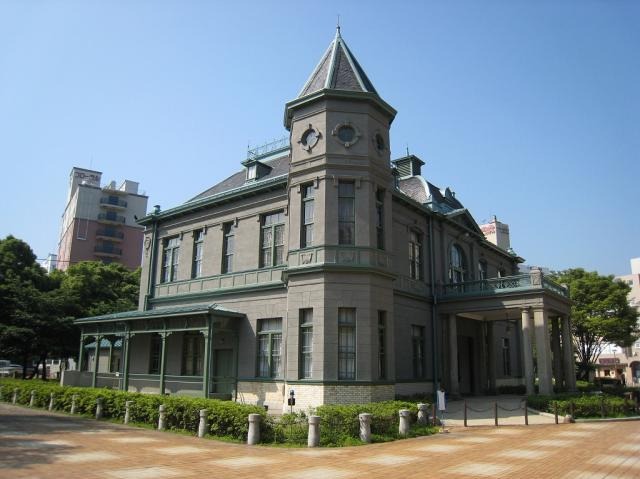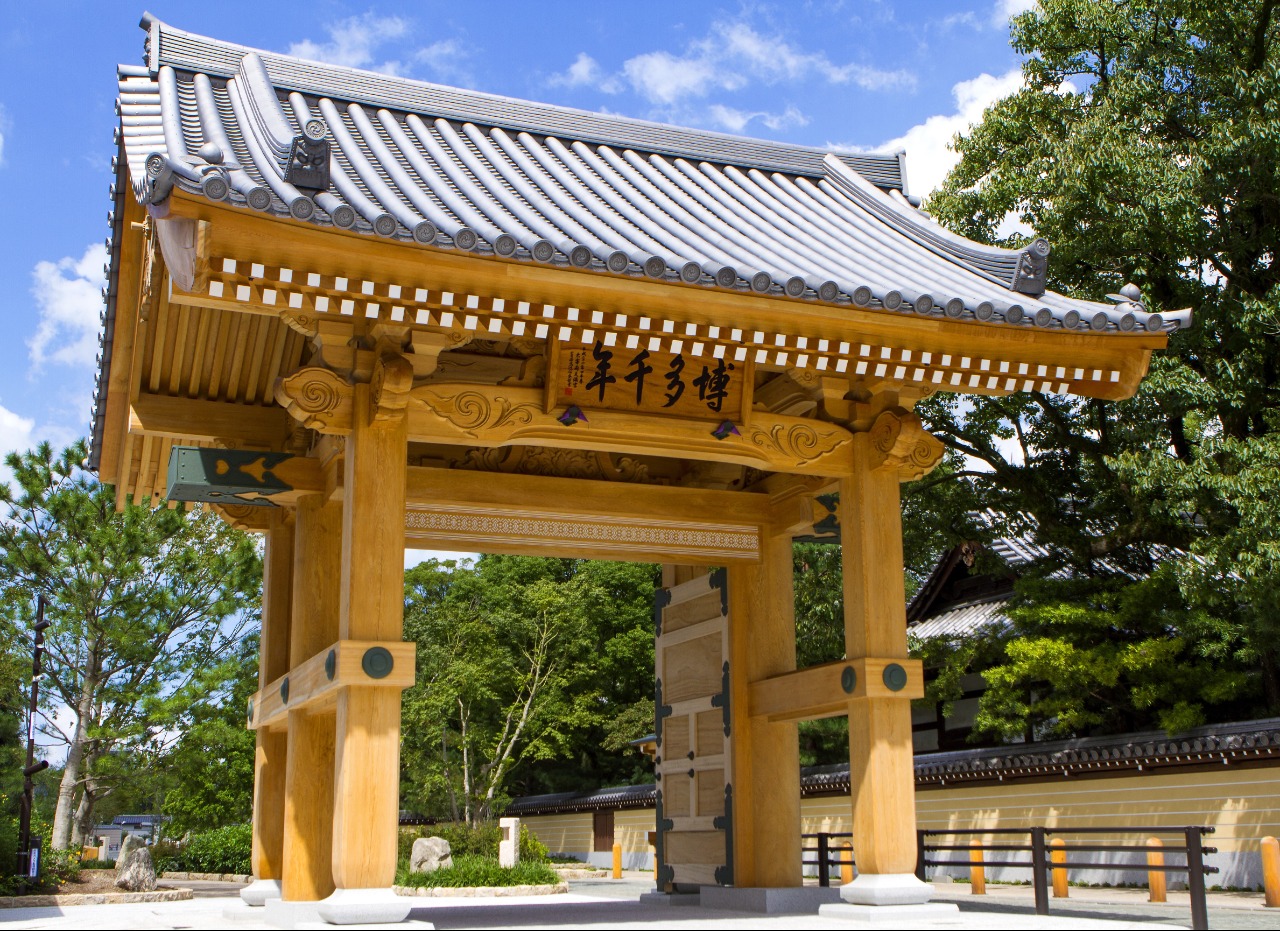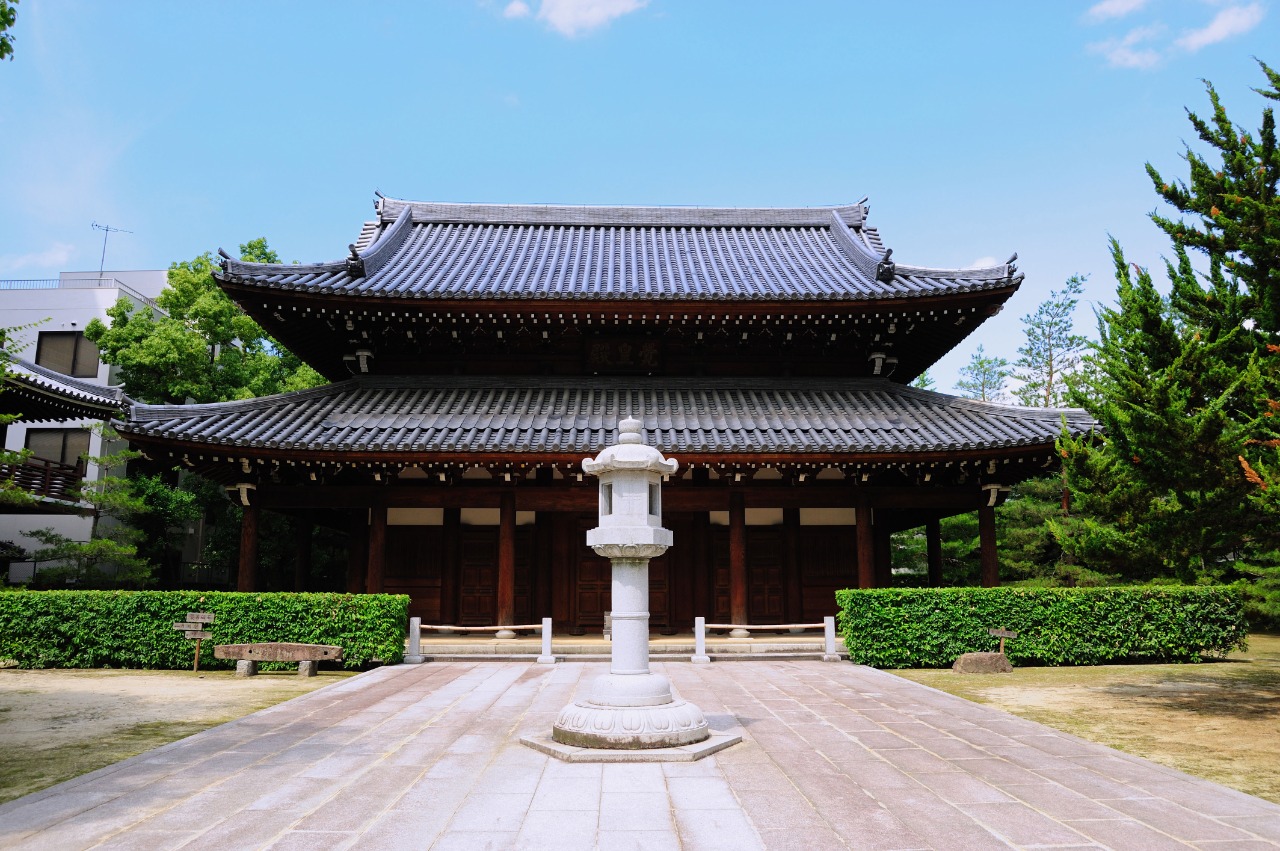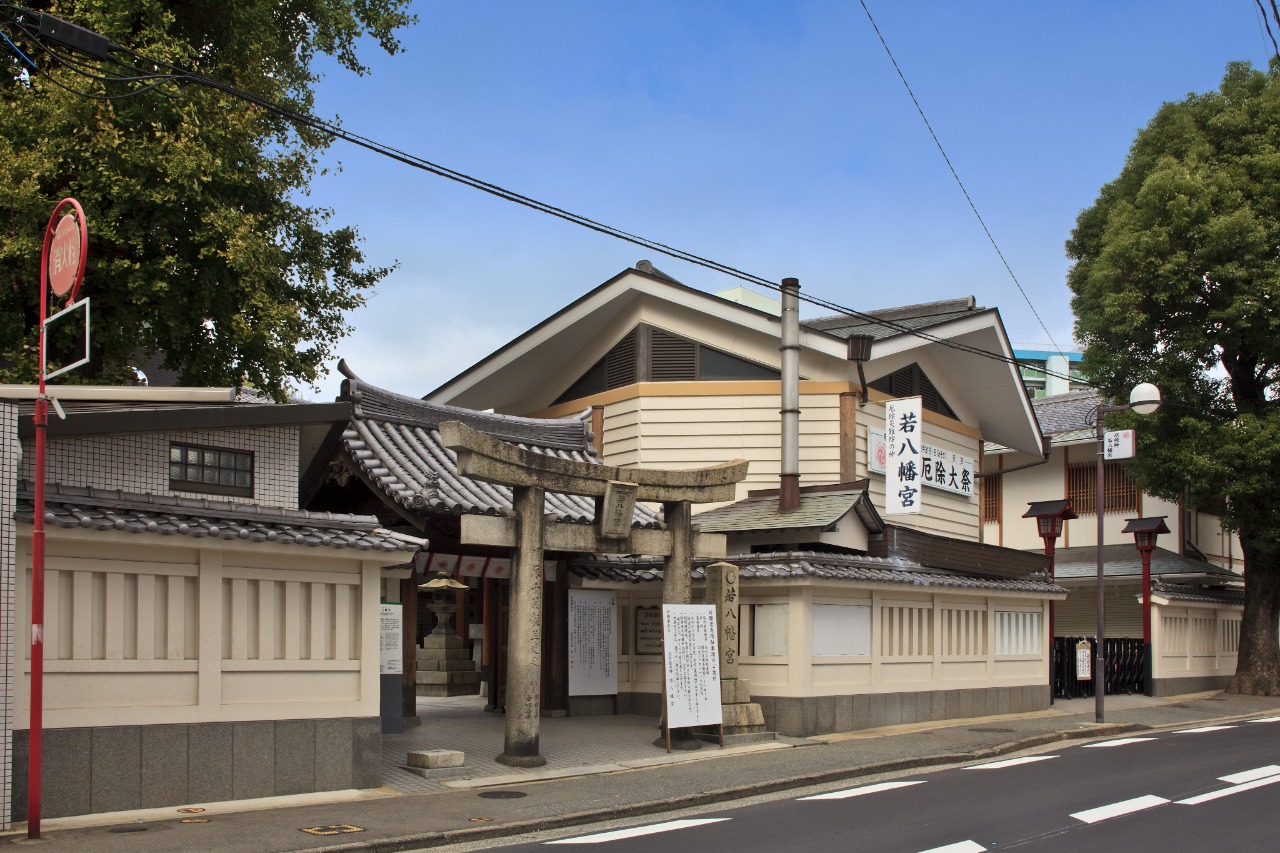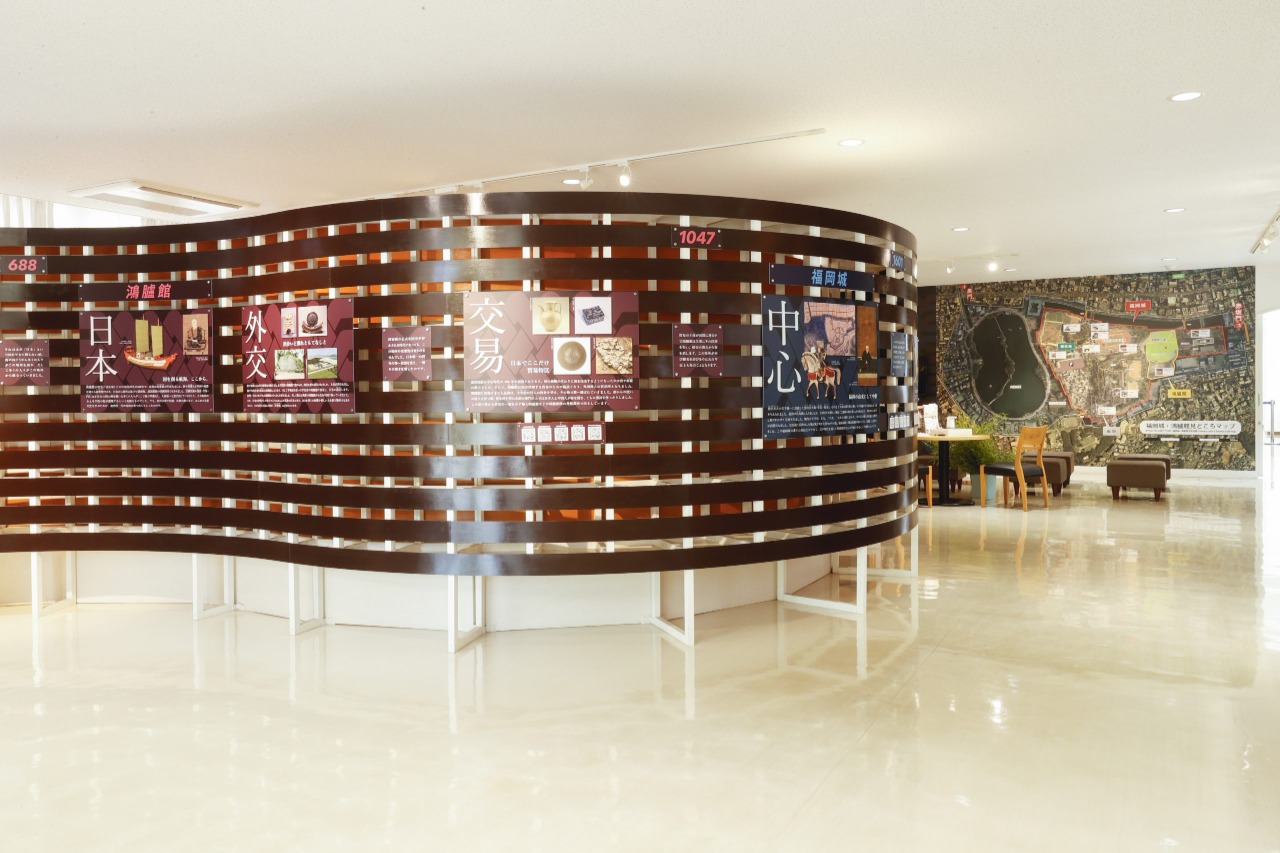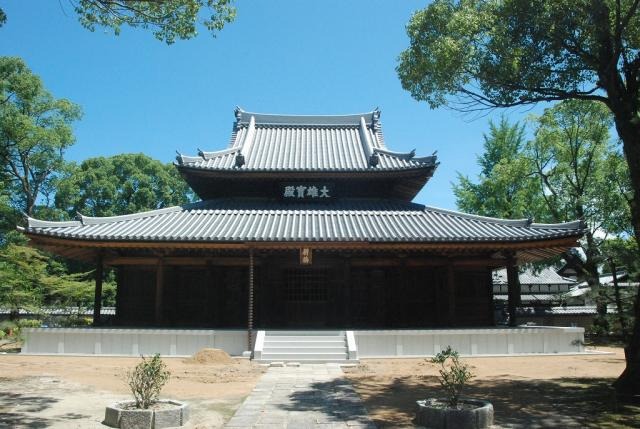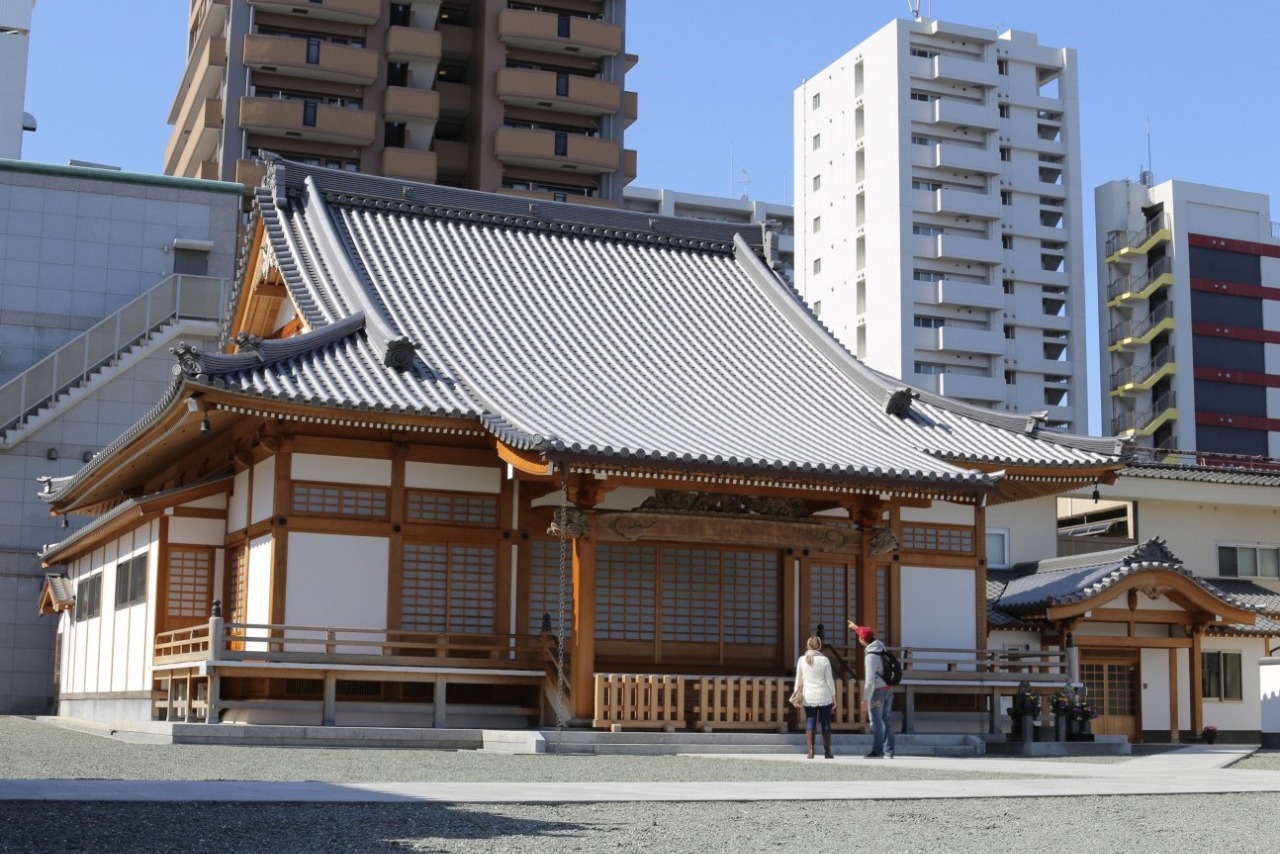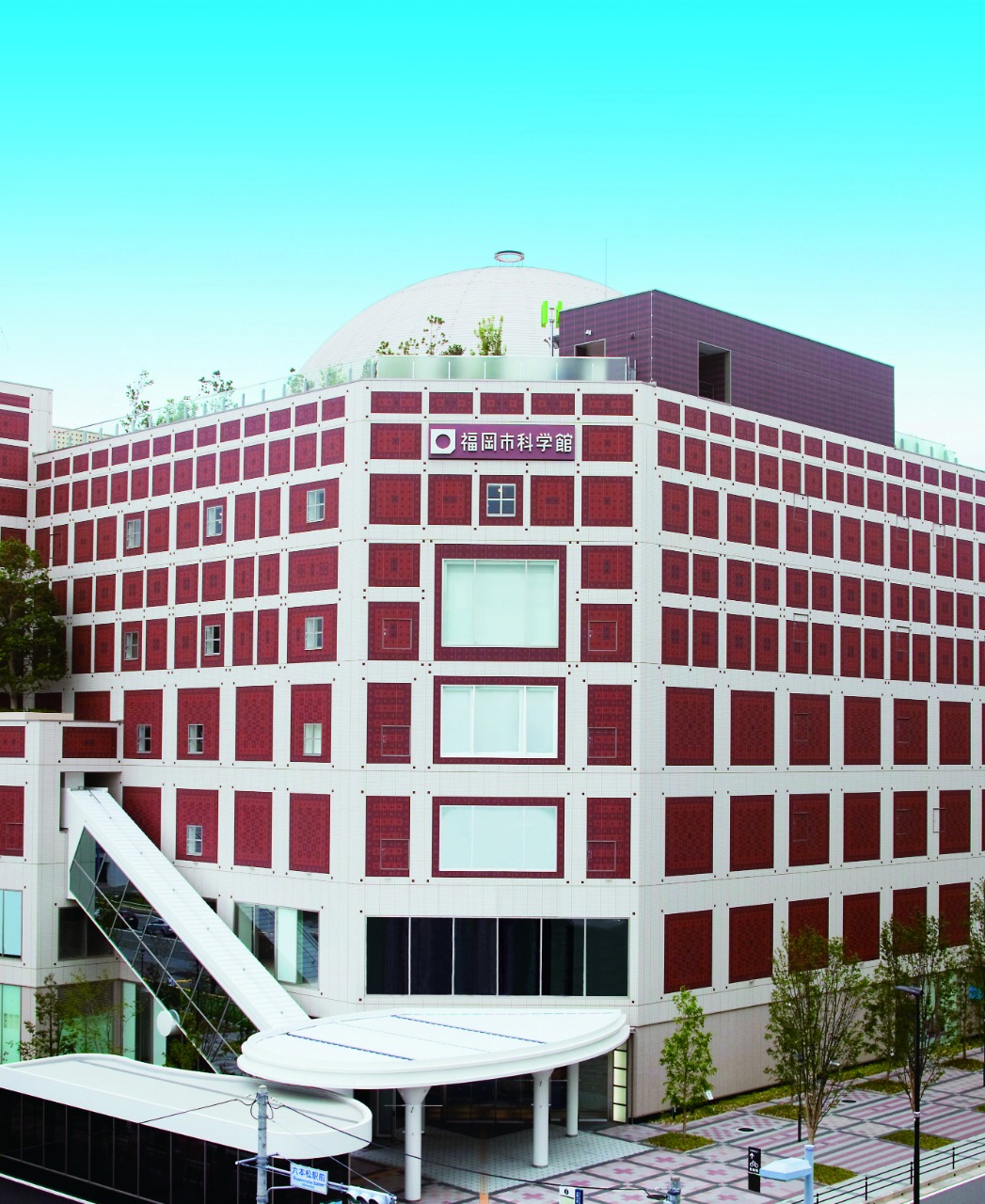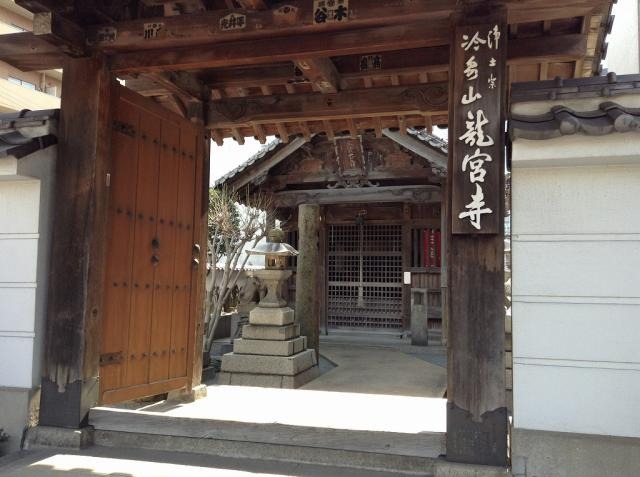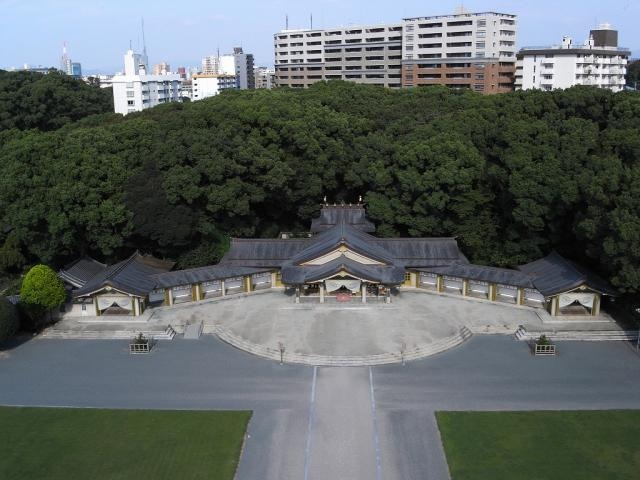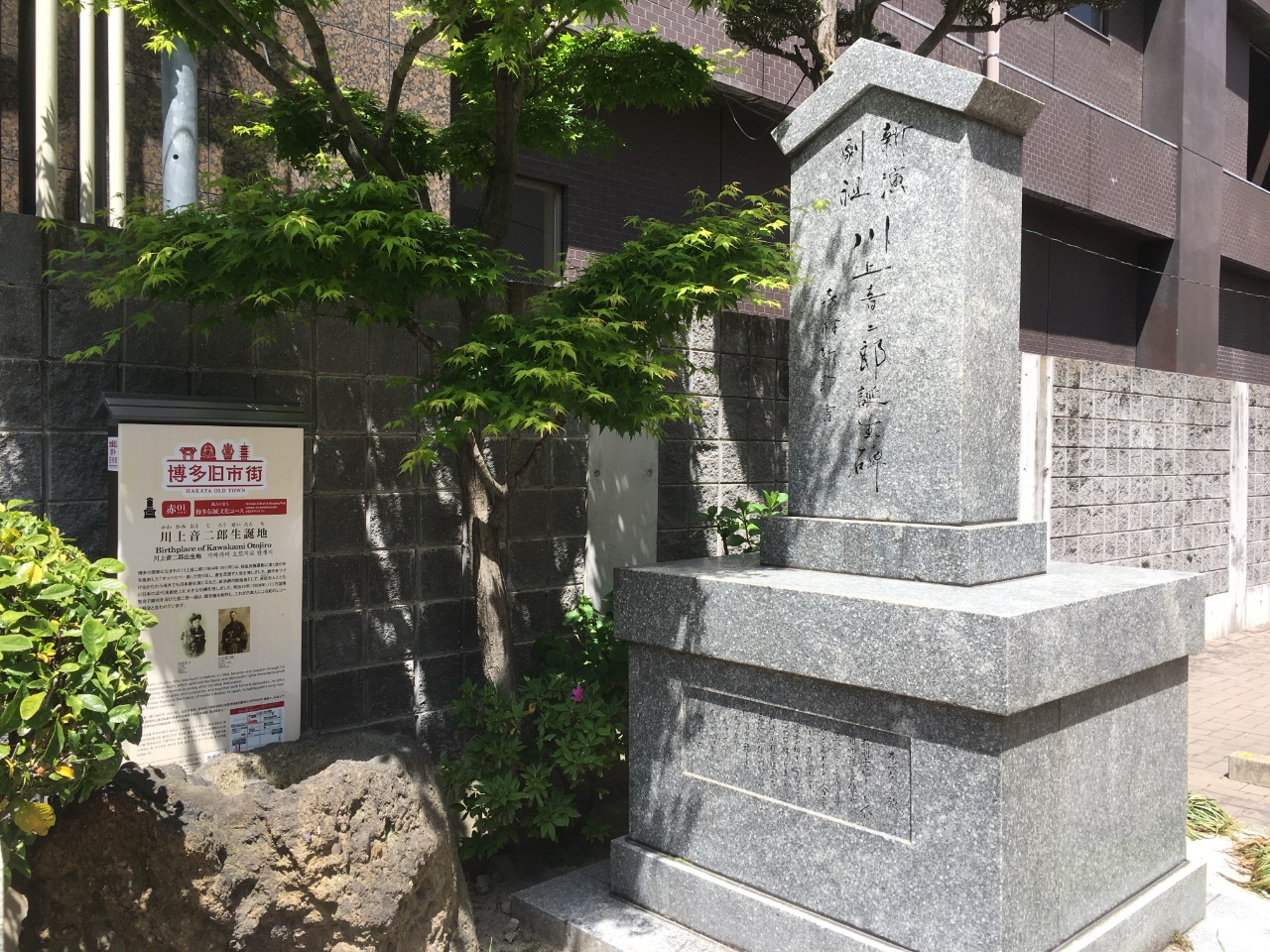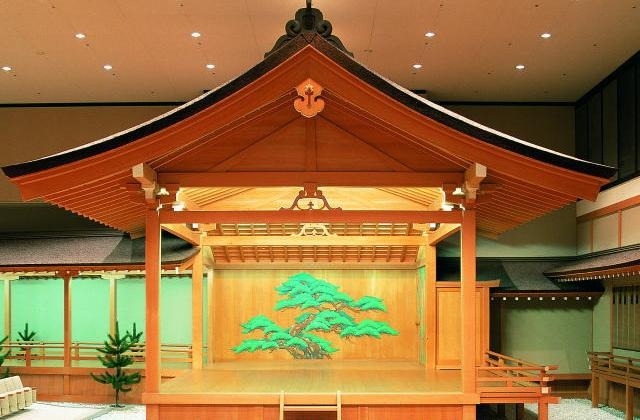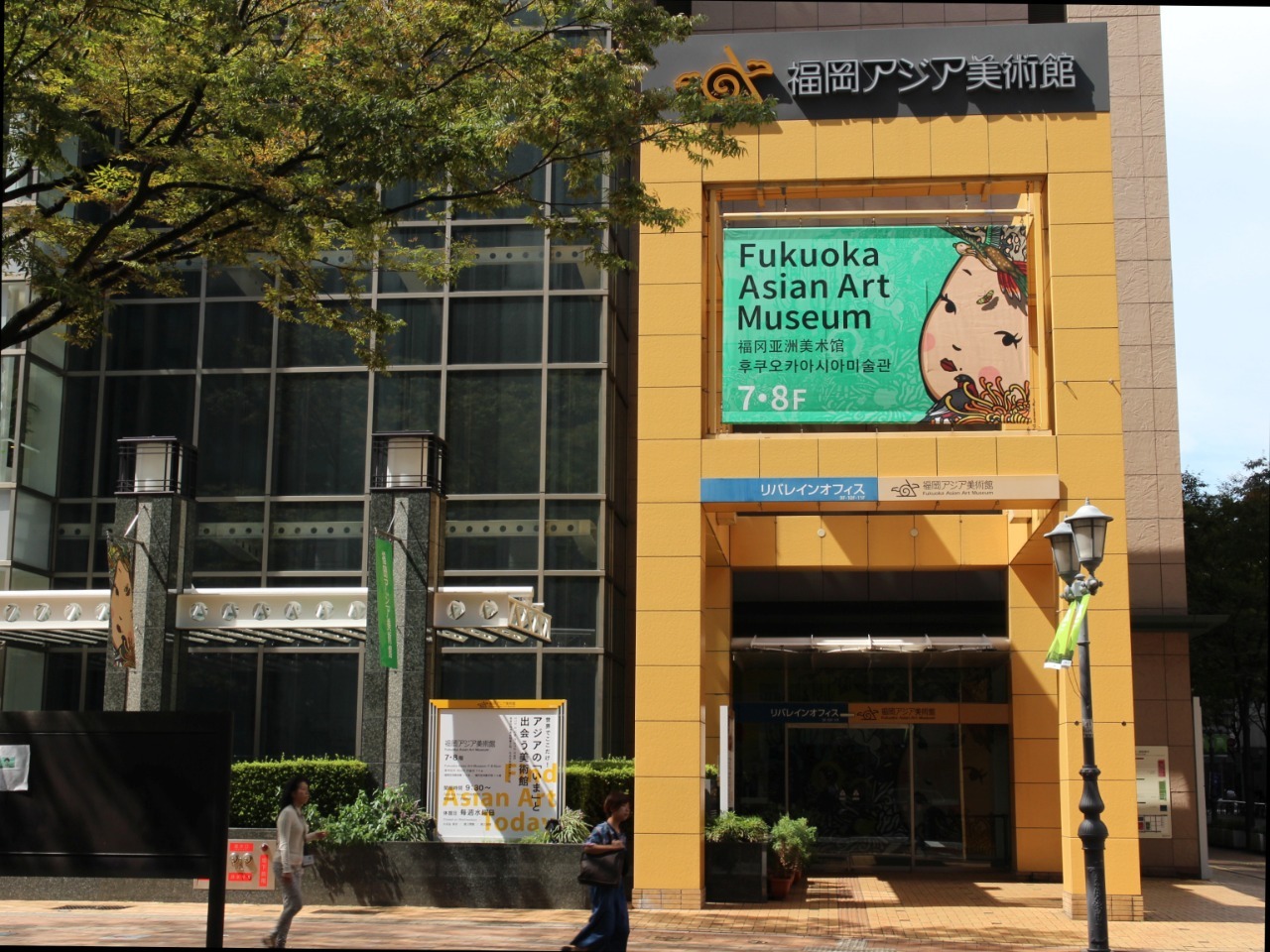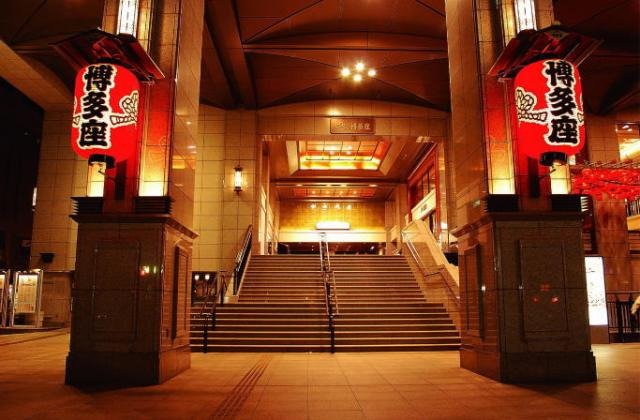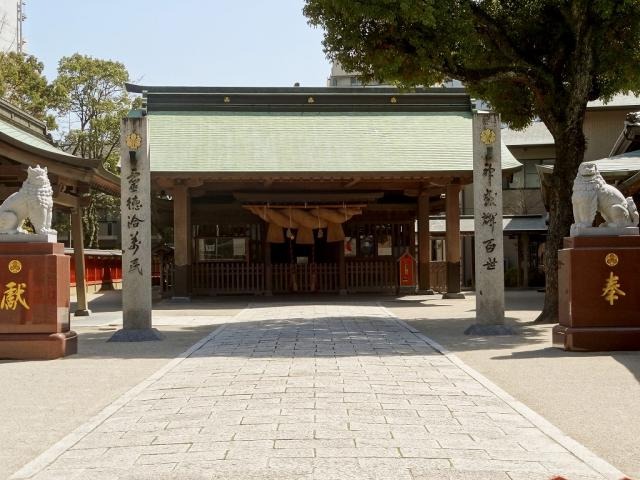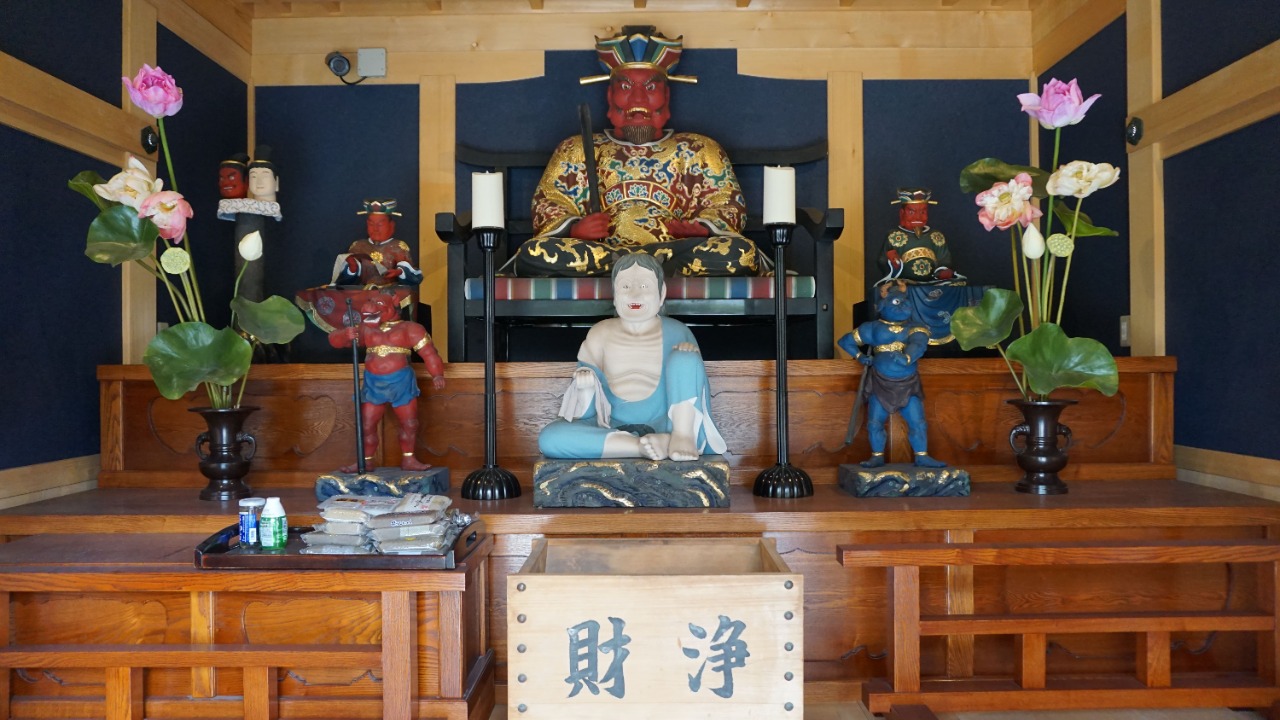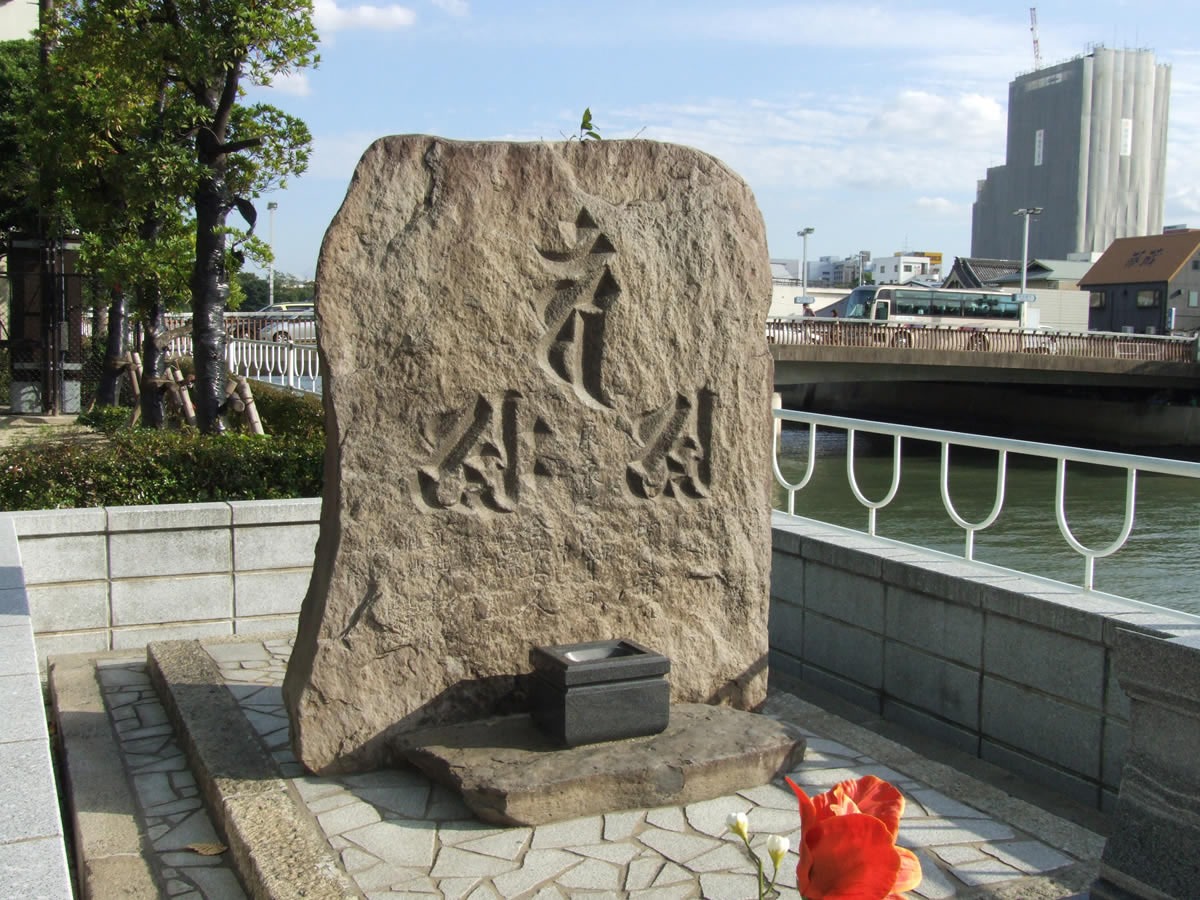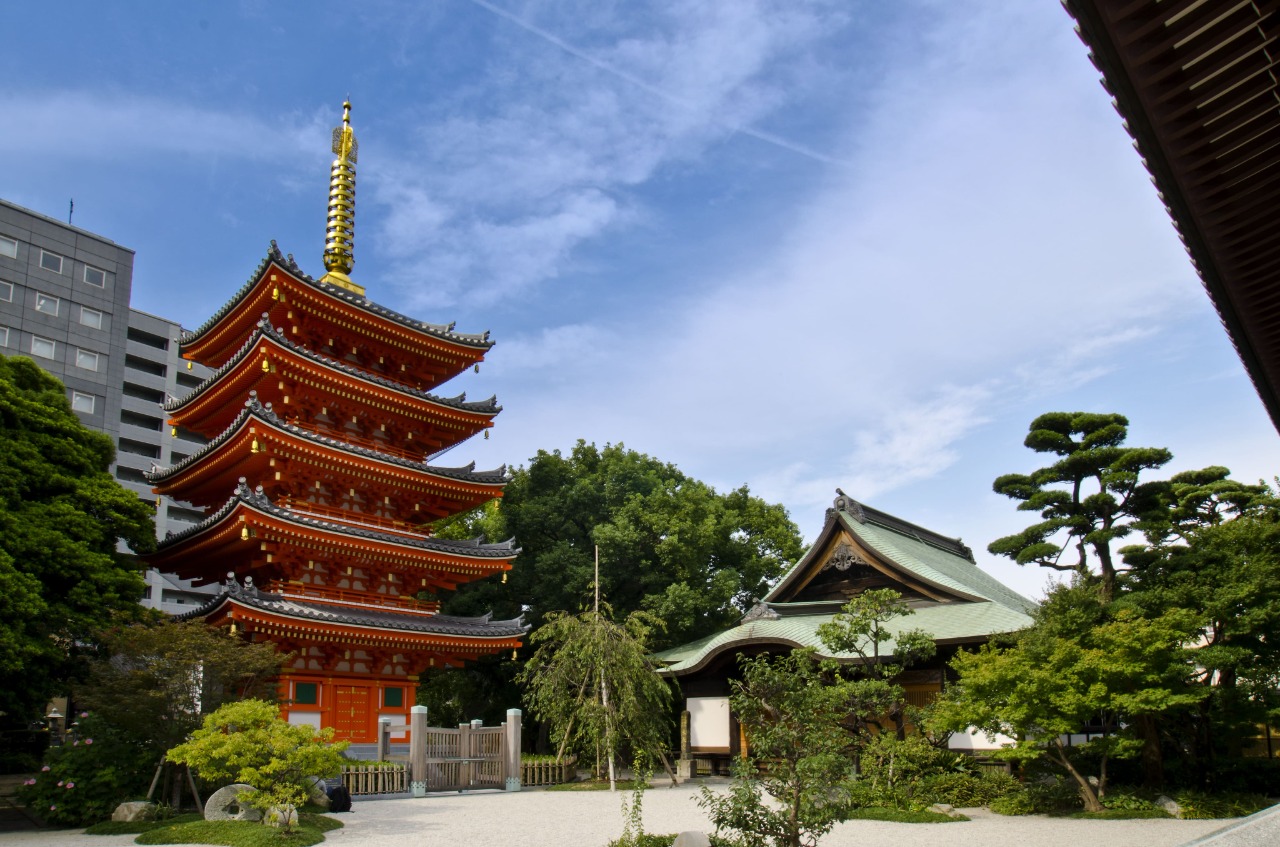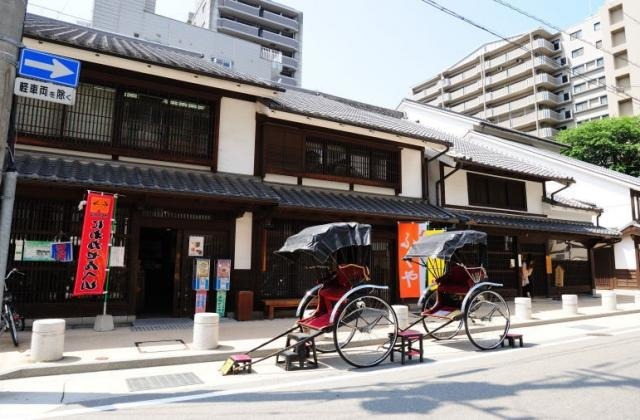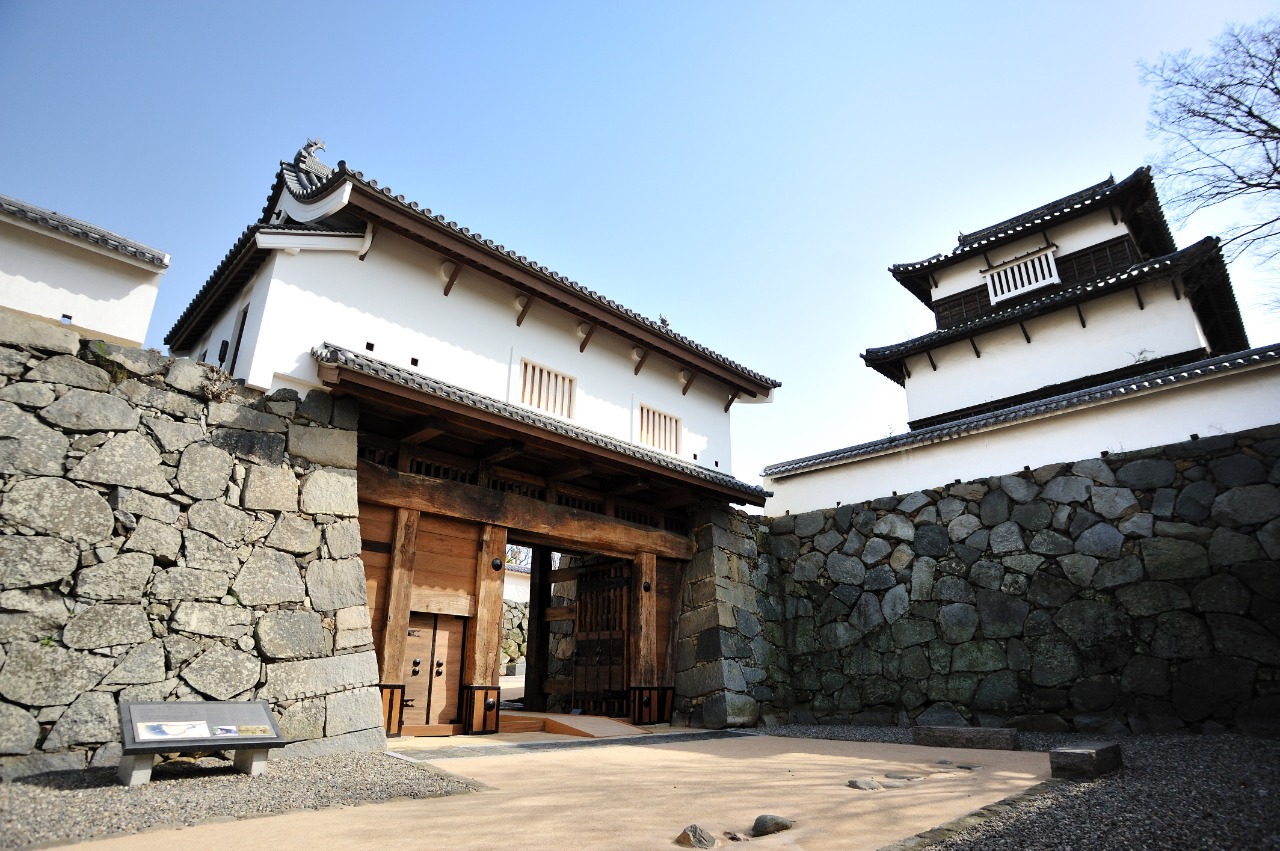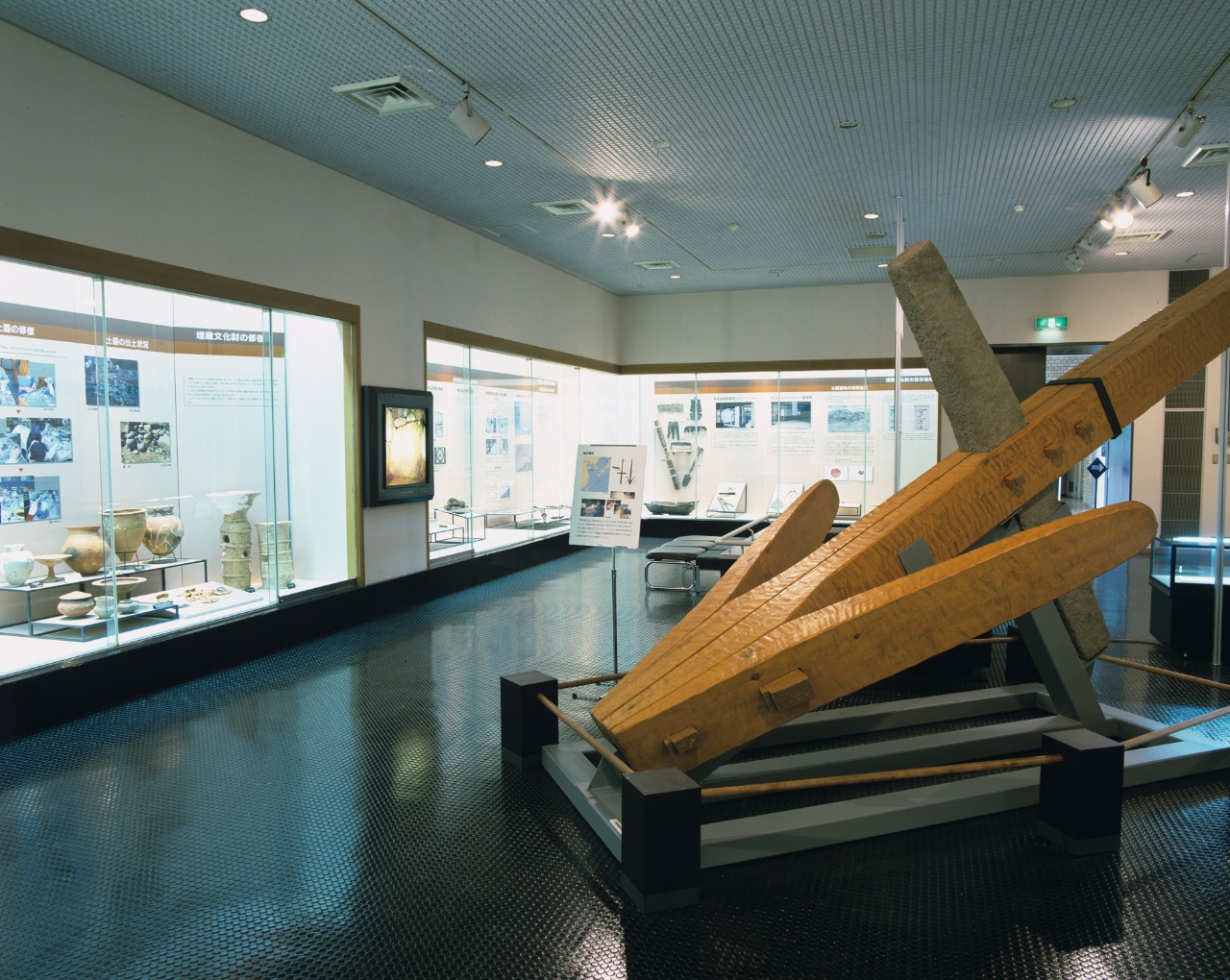【Who knew?!】Why is it called 'Fukuoka' in the first place?
Even the most seasoned of Fukuoka locals may not be able to tell you the true origins of the place name 'Fukuoka'. The truth is, the roots of this historical city are actually related to Fukuoka Castle, a national historic site with remains in Maizuru Park in Fukuoka’s Chuo-ku. Read on to get to the bottom of the title 'Fukuoka' and to learn more about the history of Fukuoka Castle. Get to know Fukuoka better and fall even more in love with this exciting city!
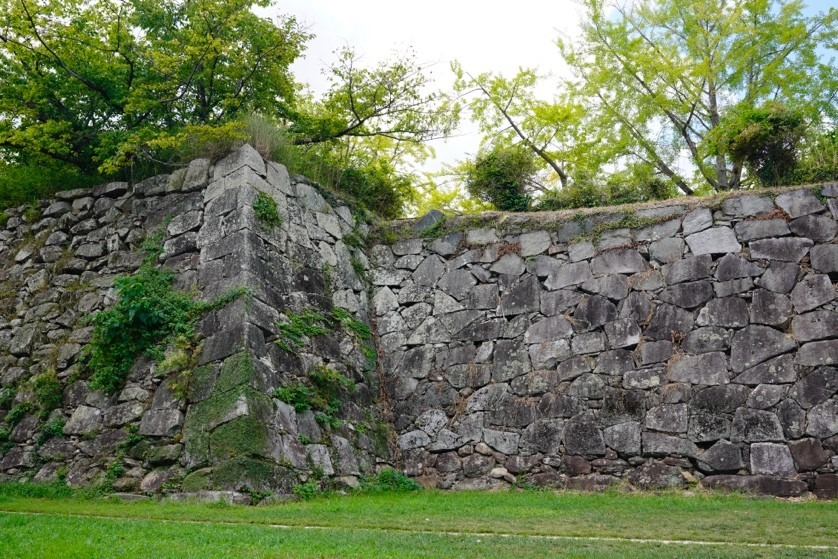
Kuroda Nagamasa, the founder of Fukuoka Castle
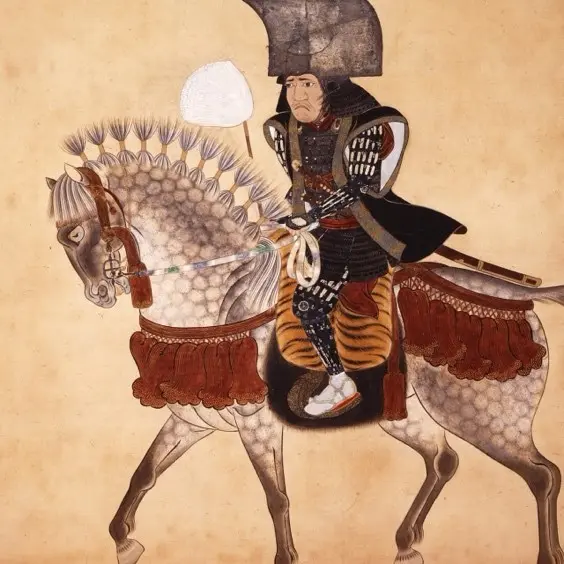
Fukuoka City Museum
|
Fukuoka City Museum |
Fukuoka City Museum |
Fukuoka Castle was built by Kuroda Nagamasa, the first lord of the Fukuoka domain. Nagamasa was born in 1568 at Himeji Castle as the eldest son of Kuroda Yoshitaka (also known as Kanbei), the chief strategist and advisor to Toyotomi Hideyoshi. This was an unstable period in Japanese history fraught with extreme rivalry among great warlords, including Oda Nobunaga, Toyotomi Hideyoshi, and Tokugawa Ieyasu.
In 1578, at the age of 10, Nagamasa left his parents as a hostage to Oda Nobunaga and was entrusted to Toyotomi Hideyoshi. He made his battle debut at 15 years old, going on to build a career decorated with many military achievements. Nagamasa finally became the head of the Kuroda family at age 22.
The ‘Battle of Sekigahara’ in 1600 unwittingly lead to the birth of Fukuoka Castle. Nagamasa participated in the battle together with the Eastern Army Alliance, which had sided with Tokugawa Ieyasu. His battle tactics were highly effective, contributing to a swift and effective victory. Nagamasa was highly praised for his conduct in this battle and to thank him, Ieyasu gifted him Chikuzen Province.
The origin of the place name 'Fukuoka' and the birth of sister cities
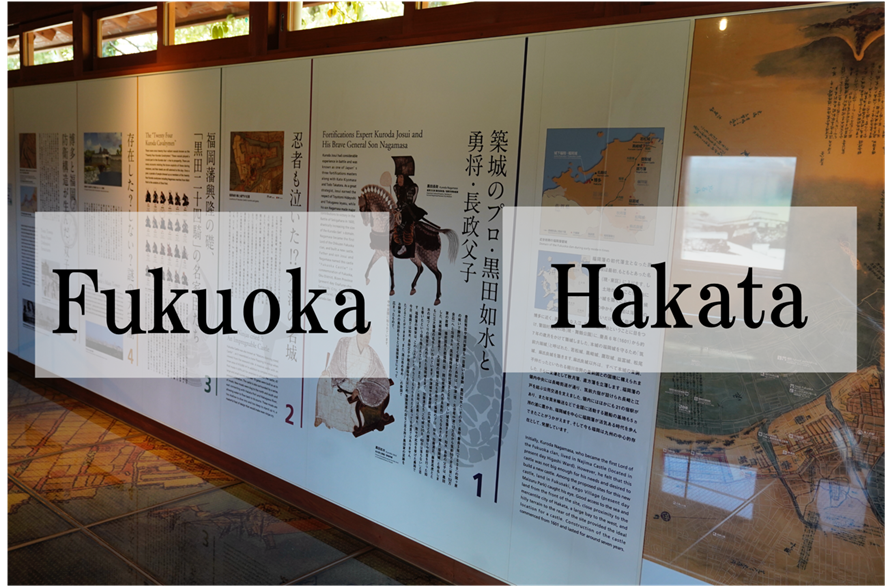
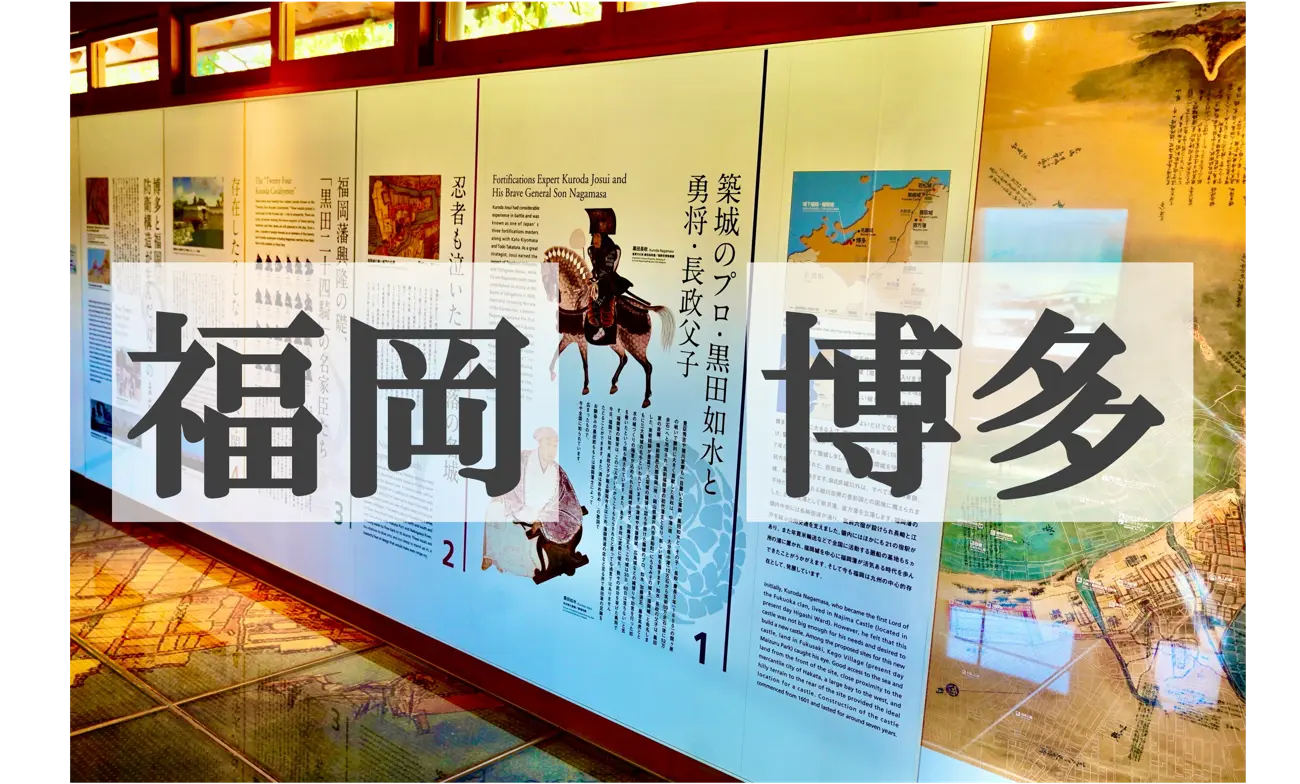
Kuroda Nagamasa set up residence in Najima Castle, which was already located in Chikuzen Province. However, the area around the castle was not large enough to build a castle town community, so Nagamasa made the decision to build a new castle and castle town in Fukusaki, just west of Hakata.
Fukuoka Castle was built over a period of seven years from 1601. The castle was one of the largest in Japan, stretching 1km from east to west and 700m from north to south. The grand structure was nicknamed ‘Maizuru Castle’, due to its strong resemblance to a crane flapping its wings when viewed from the sea.
Nagamasa named the area ‘Fukuoka’ after his ancestral home of Bizen Fukuoka – the area known in the present-day as Fukuoka, Nagafune-cho in Okayama Prefecture’s Setouchi City.
On that account, the origin of the name 'Fukuoka' actually comes from Okayama Prefecture, which was a region associated with the Kuroda family. Fukuoka as we know it today was thus born, and together with ‘Hakata’, which had flourished as an international trading city since the Middle Ages, the area swiftly developed in the form of two sister cities as the core of Fukuoka City.
What happened to Fukuoka Castle?
The stonewalls of Fukuoka Castle remain almost exactly as they were at the time of construction. Visitors to the expansive grounds can experience one of the largest castles in Japan through real buildings preserved from the time, as well as authentic reconstructions. Let's take a look around the vast historical site of Nagamasa’s Fukuoka Castle!
Tamon Yagura
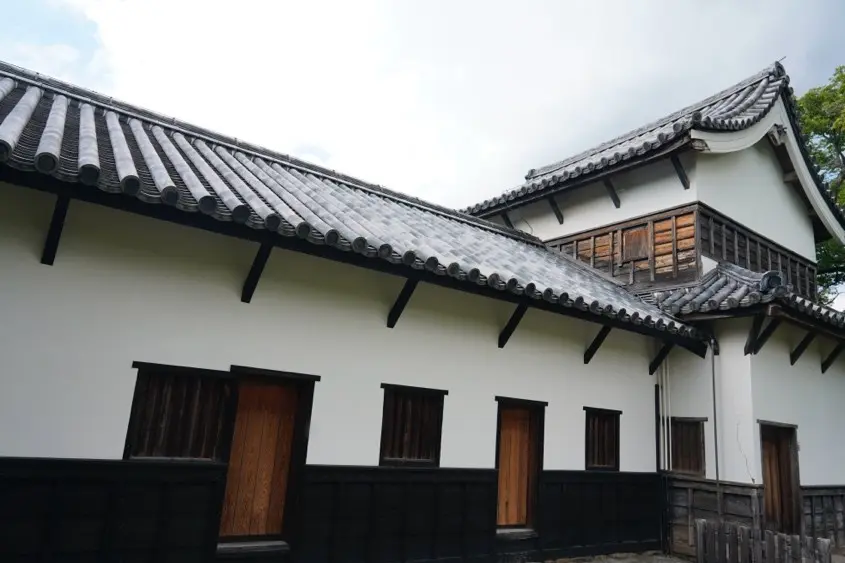
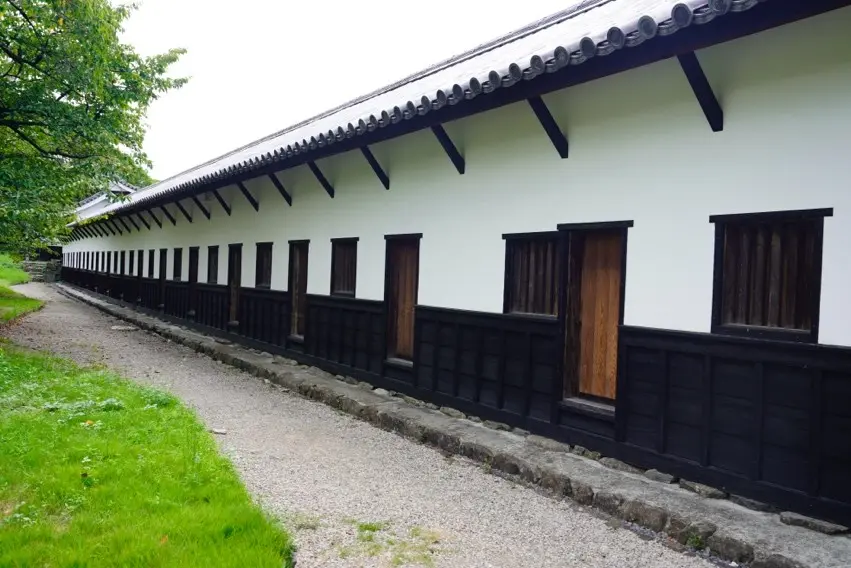
The National Important Cultural Property of the Tamon Yagura is the only turret of Fukuoka Castle that has maintained its original position since the Edo period. Built on a high stone wall foundation, this smartly designed structure is thought to have been a defensive turret in case of invasion, equipped with both an ‘Ishi-otoshi’ stone drop and ‘Teppo-zama’ gunwales.
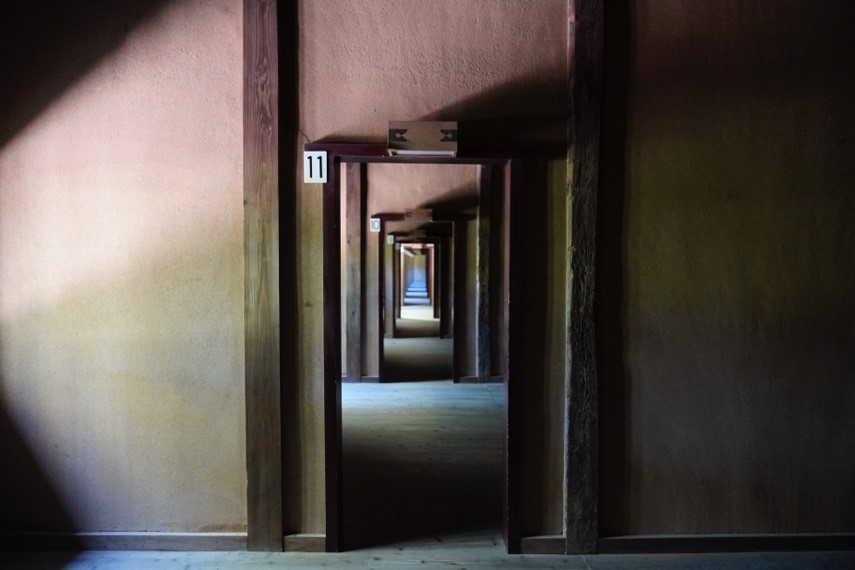
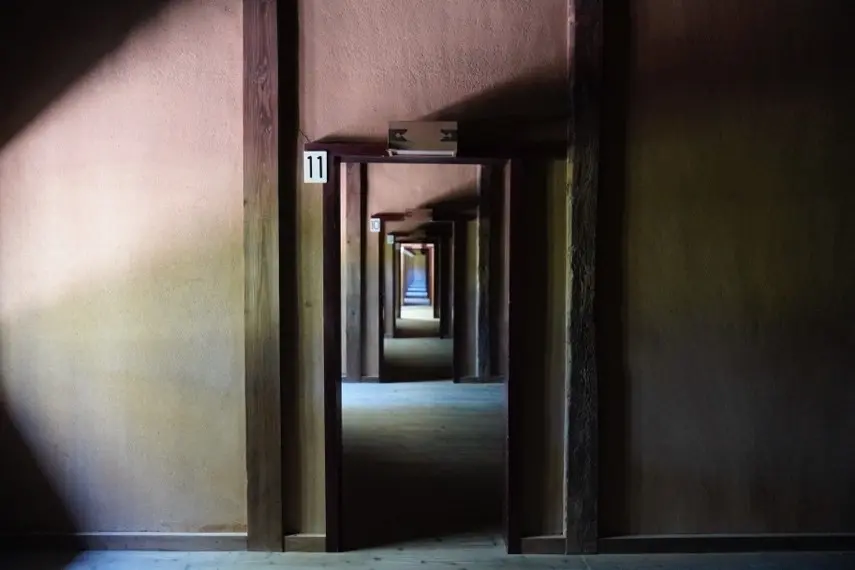
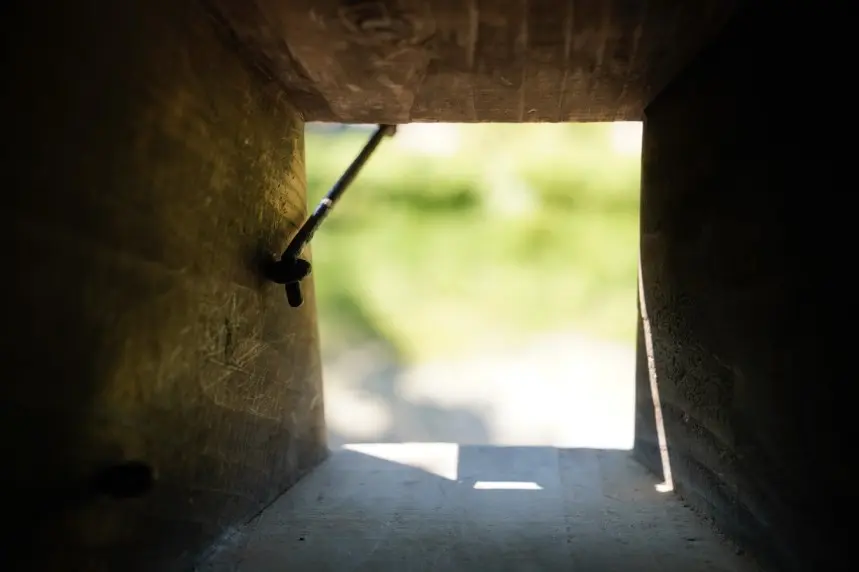
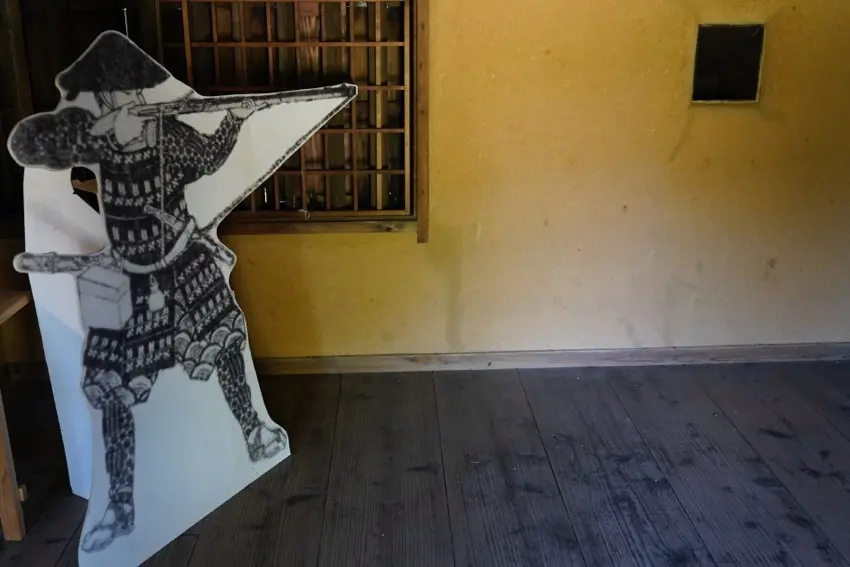
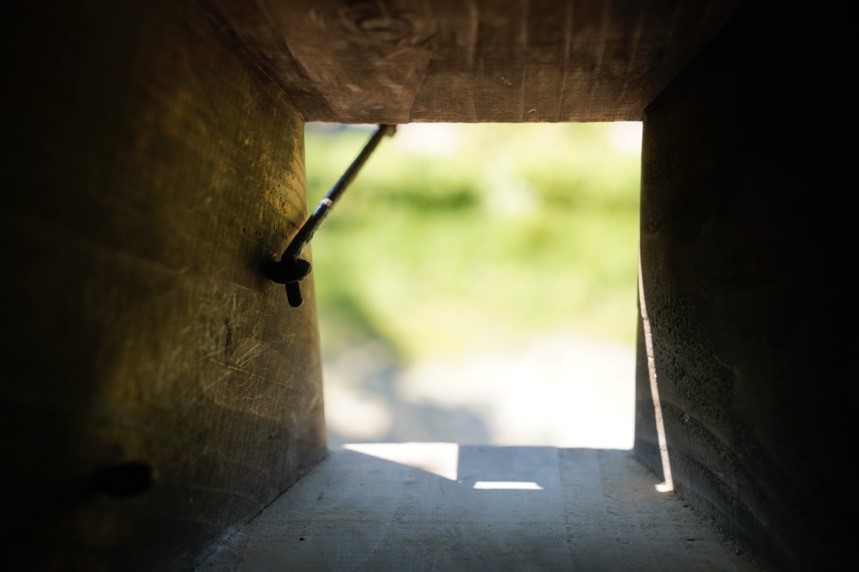 The interior of the Tamon Yagura is usually closed to the public aside from during special events. The turret is illuminated every year during the cherry blossom season, creating a fantastic atmosphere.
The interior of the Tamon Yagura is usually closed to the public aside from during special events. The turret is illuminated every year during the cherry blossom season, creating a fantastic atmosphere.
The two Shiomi Yagura
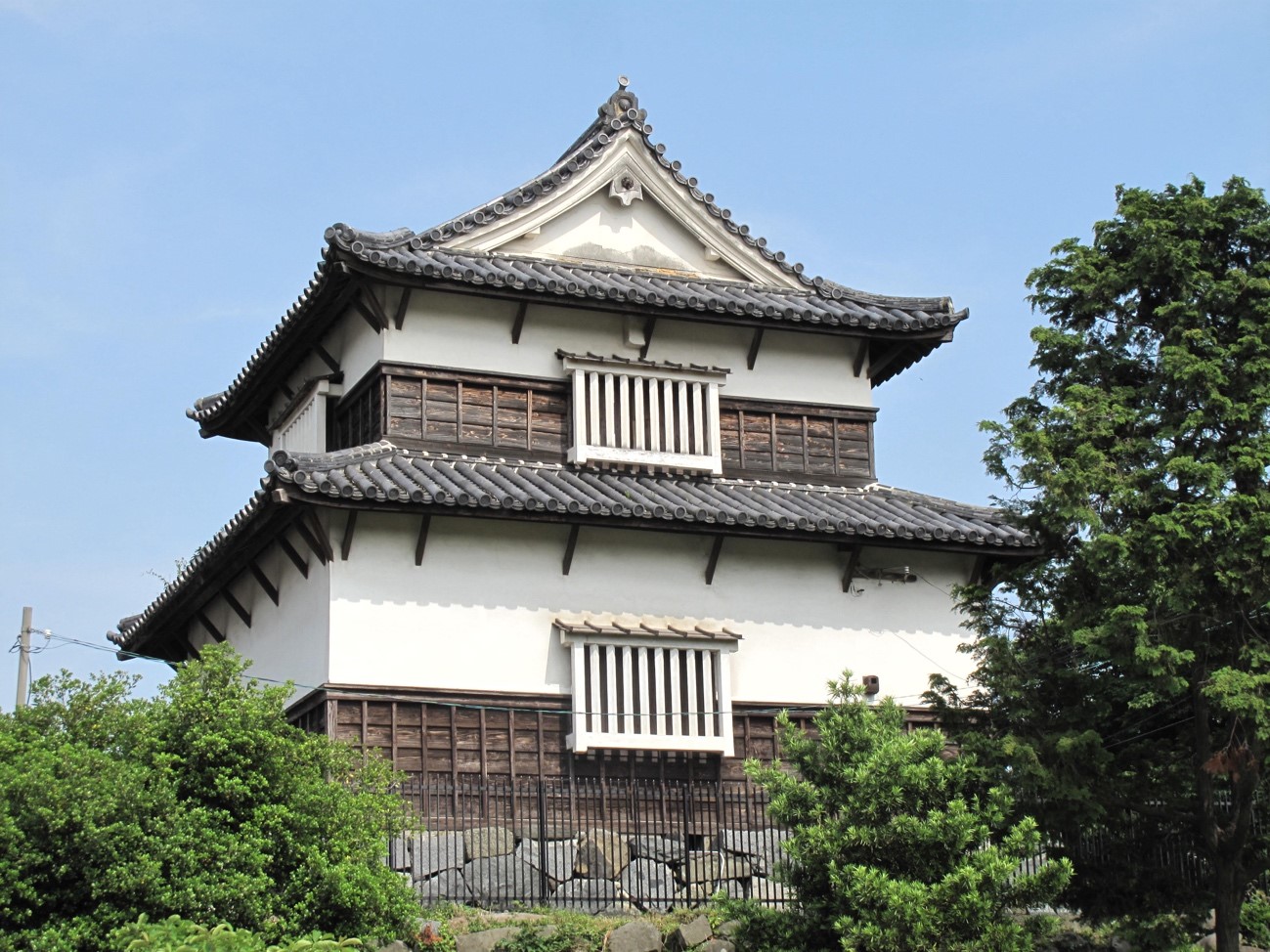
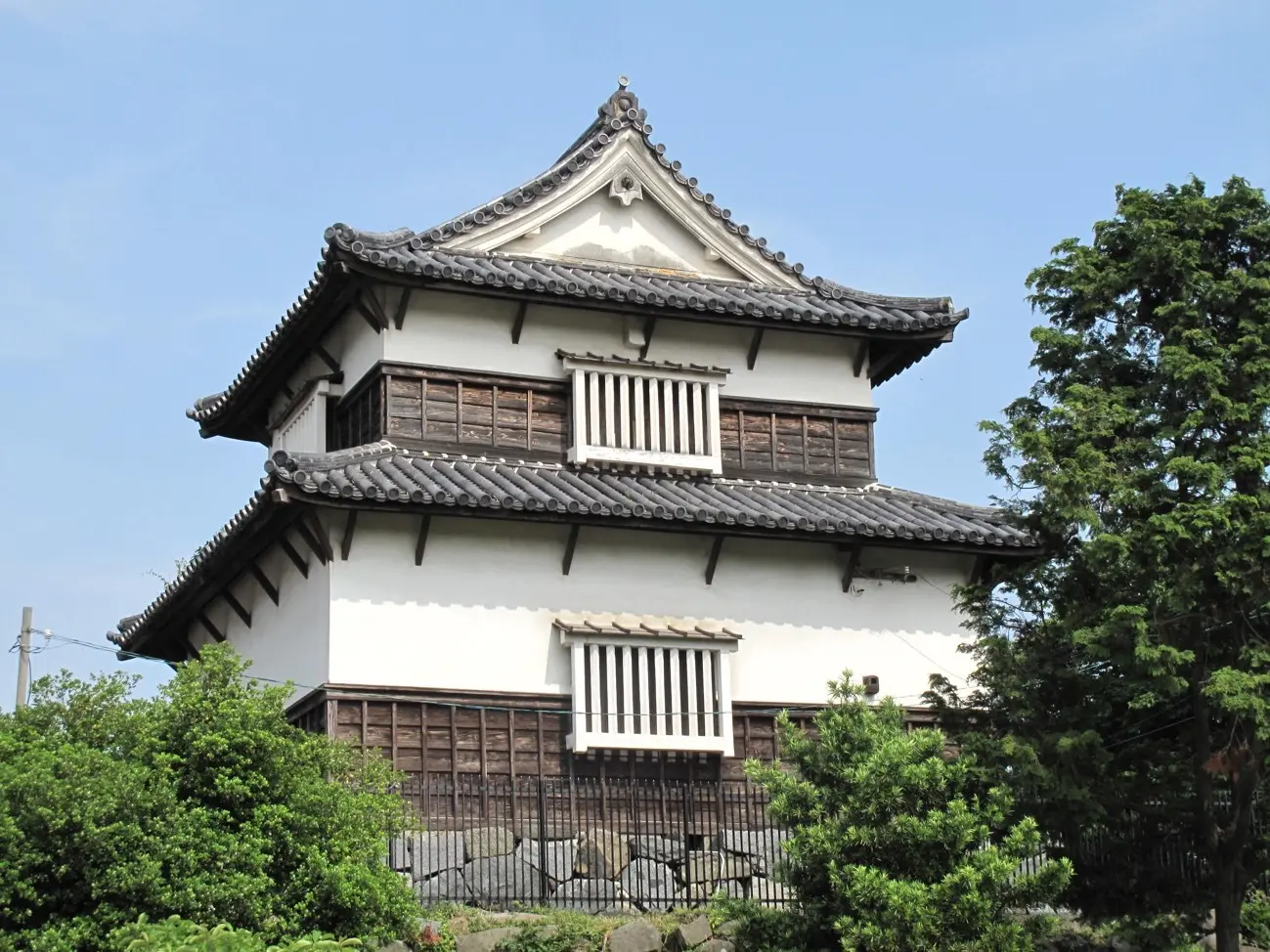
The structure widely known as the ‘Shiomi Yagura’ was moved to the former Kuroda family villa during the Taisho period (1912-1926), and later returned to the castle grounds. However, subsequent research has revealed that the real Shiomi Yagura was actually a different building, leading to the renaming of this turret as the ‘Den Shiomi Yagura’. The original Shiomi Yagura is located in the northwest corner of Sannomaru and is currently undergoing restoration work (scheduled for completion in the spring of 2025).
Three Tenshudai
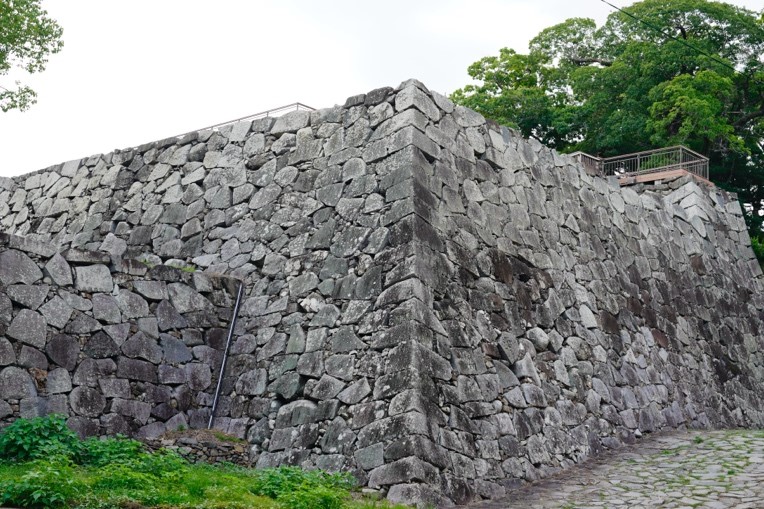
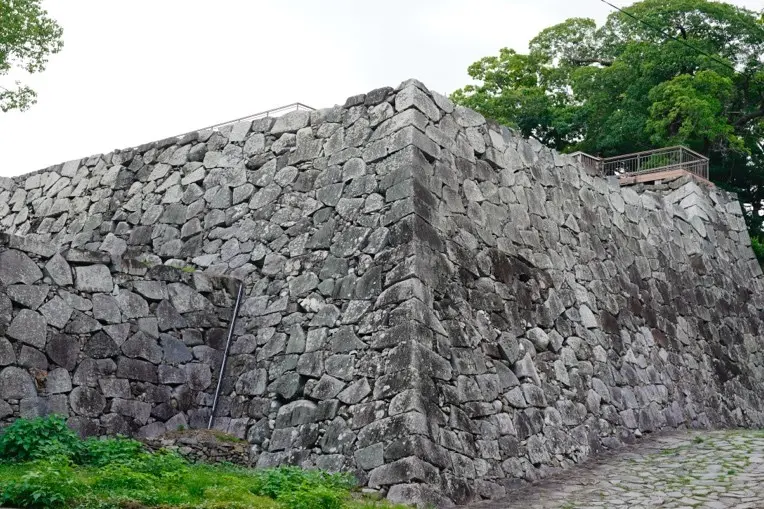
‘Tenshudai’ are stone foundations that support castle towers. At Fukuoka Castle, the Tenshudai are currently used as viewing spots, offering brilliant panoramic views of Fukuoka City and Hakata Bay.
Fukuoka Castle has three Tenshudai, ranging in size from large, medium, and small. Although the foundation stone of the large Tenshudai remains neatly intact, it is believed that a castle tower was never built there out of consideration for the Tokugawa Shogunate by Kuroda Kanbei and Nagamasa.
However, there are several historic documents that point to the possible existence of the tower, as well as theories that a tower may have been constructed and demolished at a later date.
Stone walls
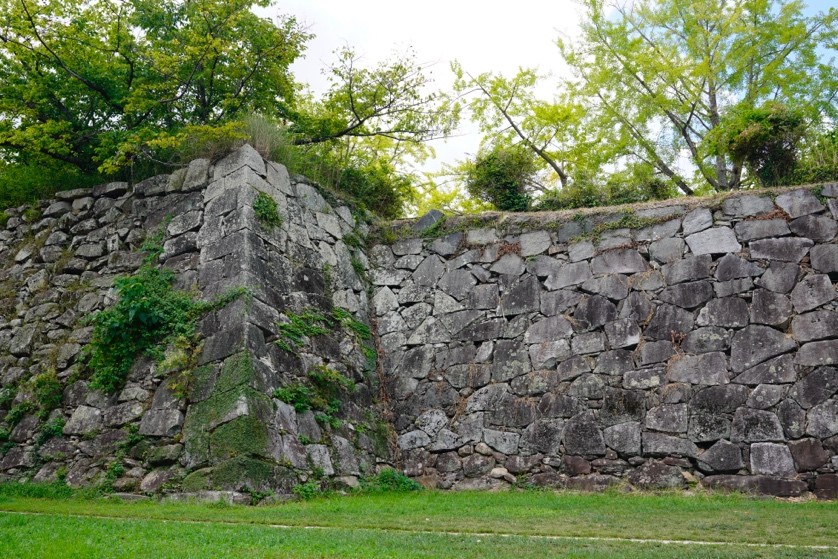
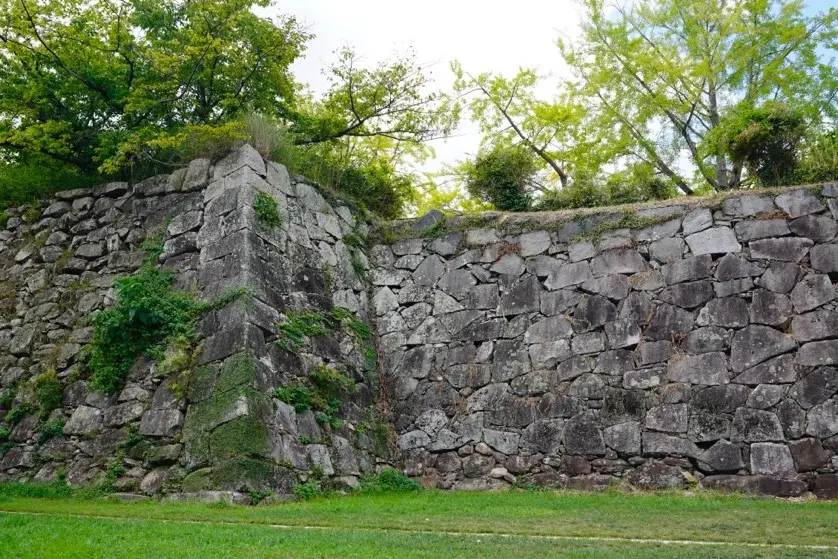
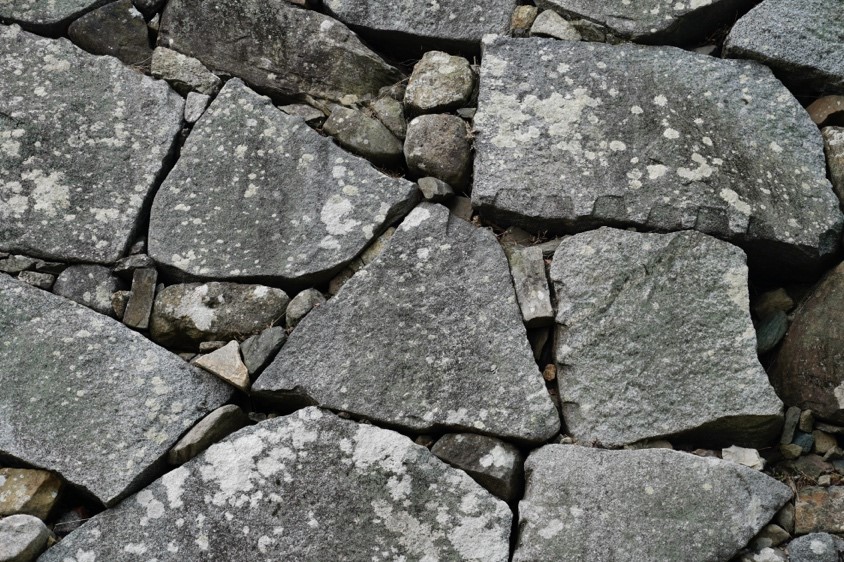
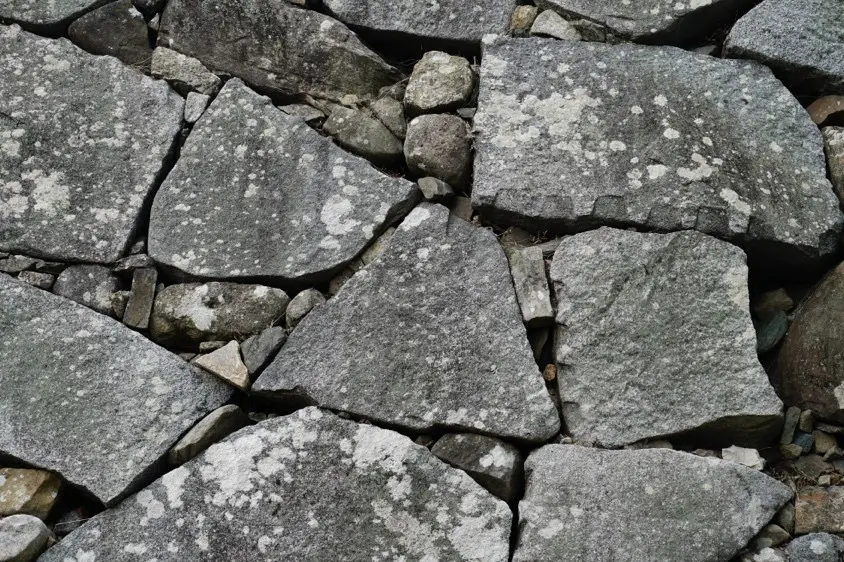
Much of the foundation of Fukuoka Castle is composed of stone walls, including the ‘Tenshudai’ castle tower bases. There were three traditional techniques used in the castle’s stonewalls: ‘nozurazumi’, in which natural stones are used as they are; ‘wariishizumi’, in which stones are split and piled up; and ‘sangizumi’, in which reshaped rectangular stones are stacked alternately. Try to spot all three types if you can!
In addition, you may notice that the stones are sometimes engraved with symbols such as ‘卍’, ‘○’, ‘×’, ‘△’, ‘♡’, ‘◆」’, ‘🌙’. These engravings were typically carved by stonemasons when they broke the stone, although it is not known exactly for what purpose.
Enjoy history and nature at Maizuru Park!
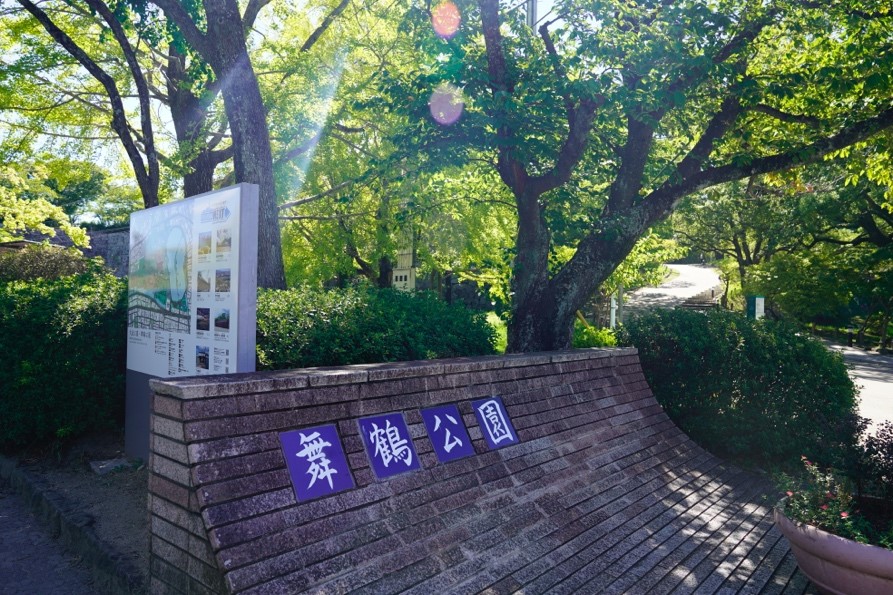
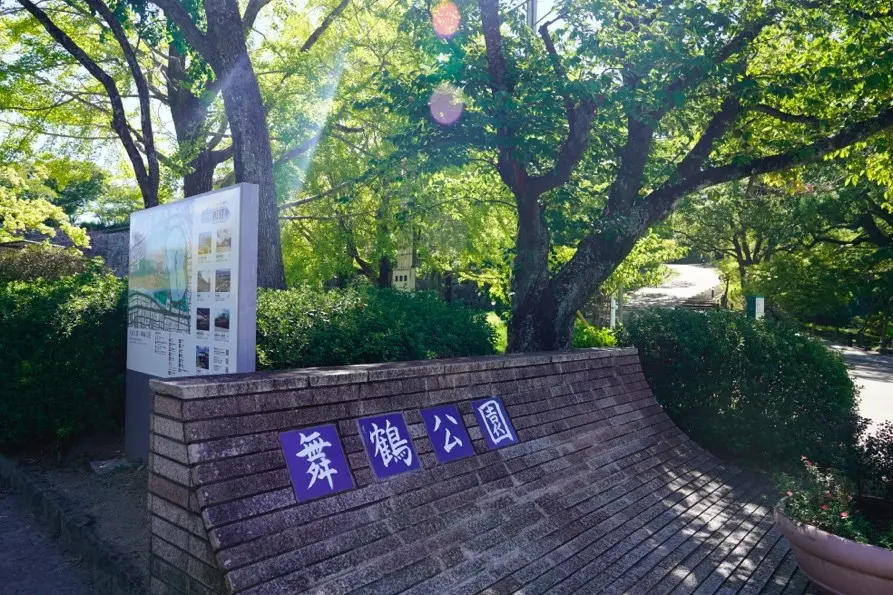
Maizuru Park, which houses Fukuoka Castle, is also home to many other historical assets that offer glimpses into the past, such as the Shimonohashi Gomon Gate and the former Mori Tahei Residence’s Nagaya-mon Gate (both prefecturally designated tangible cultural properties), the Najima-mon Gate (a city-designated tangible cultural property), and the remains of Kuroda Josui's Falconry Residence.
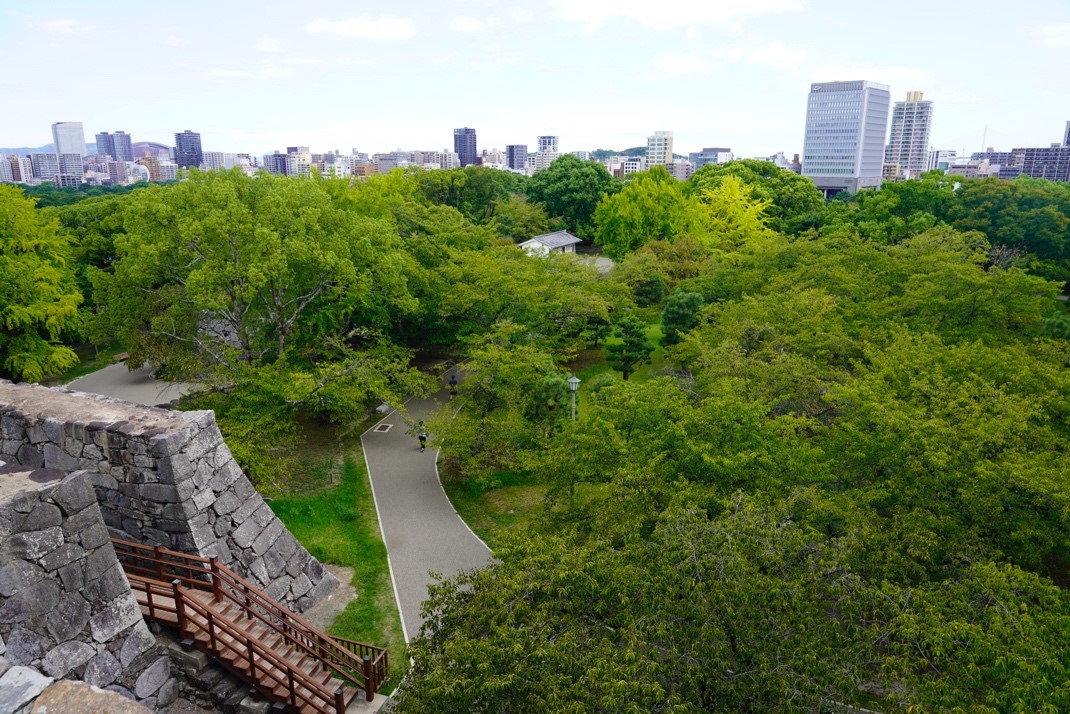
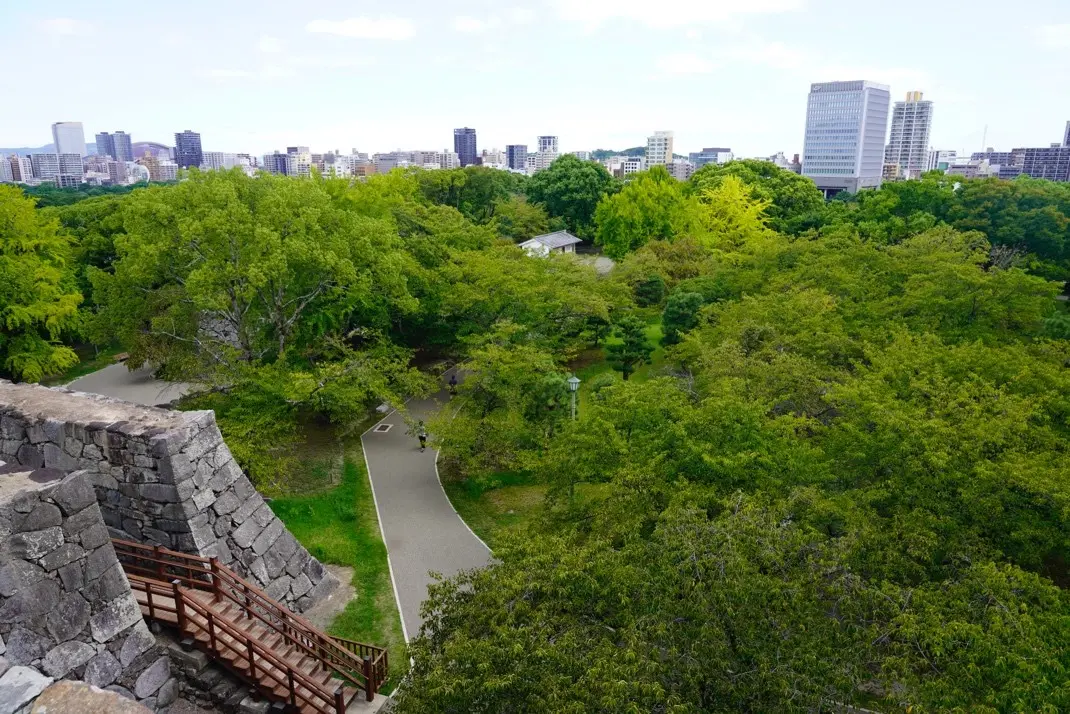
The park also hosts several seasonal events throughout the year. In spring, there is a Cherry Blossom Festival, Wisteria Festival, and guided tours of the peony garden. In summer, iris viewing and dragonfly observation events take main stage, and in fall, the ‘Fukuoka Castle: Have fun at Maizuru Park in Autumn!’ event brings extra excitement to the autumnal scenery. In winter, visitors are treated to a plum blossom festival and a plum blossom viewing event with performances by traditional samurai-style warriors. The ‘Midori no Machi Marche’ farmers market is also held once a month year-round, themed around “things that are gentle on the body and environment”.
Why not visit Maizuru Park, the place that lay the foundations for Fukuoka as we know it today? Enjoy a quiet stroll around the park alone while thinking about the history of Fukuoka or have fun at seasonal events with your family and friends.



